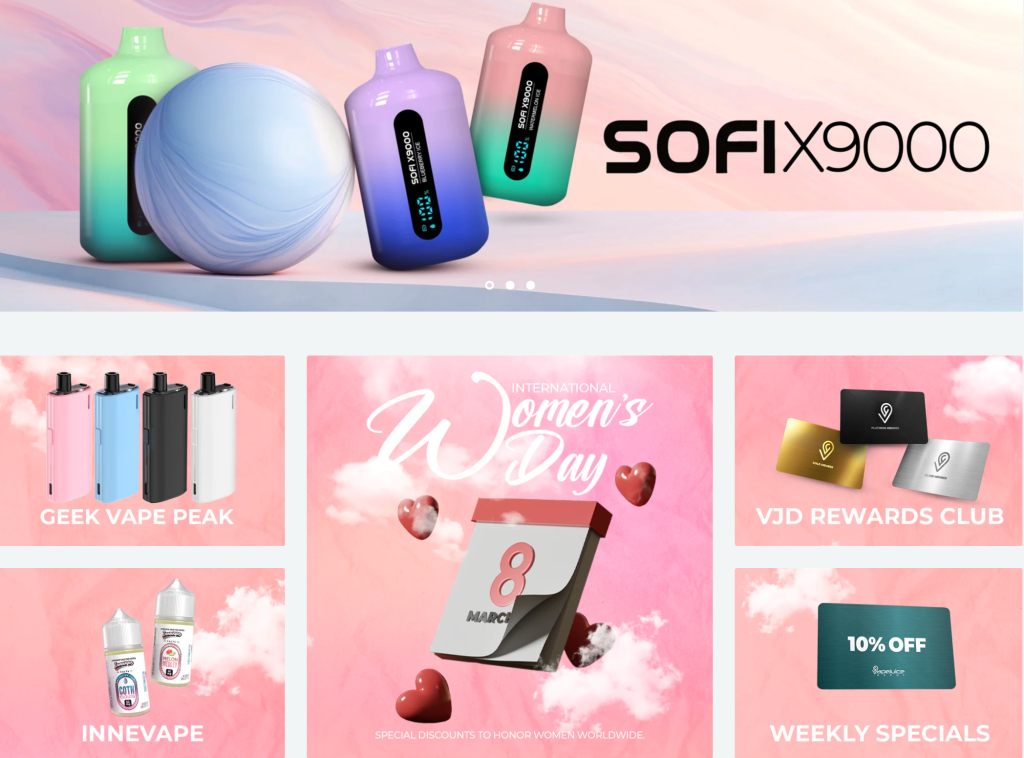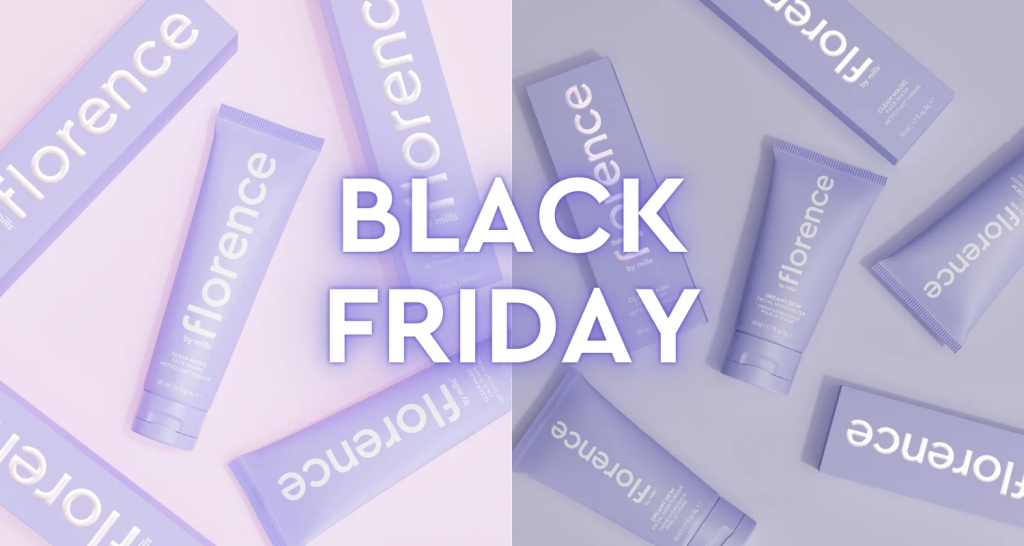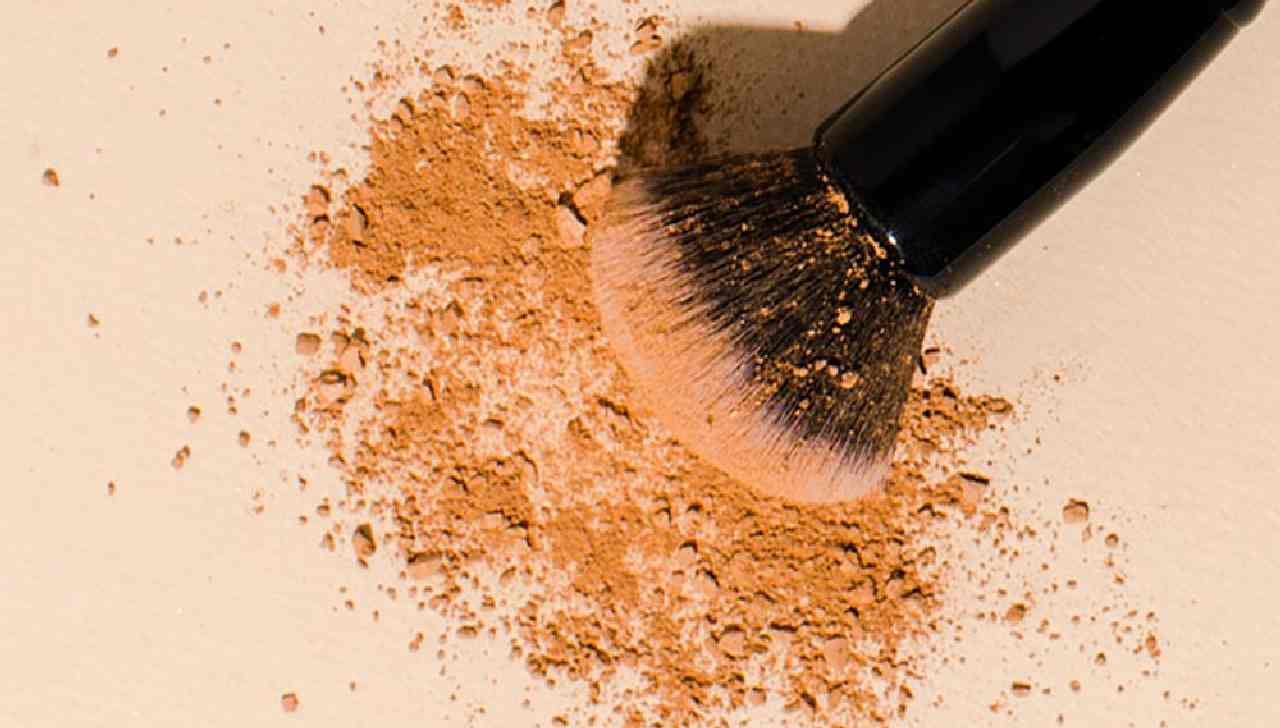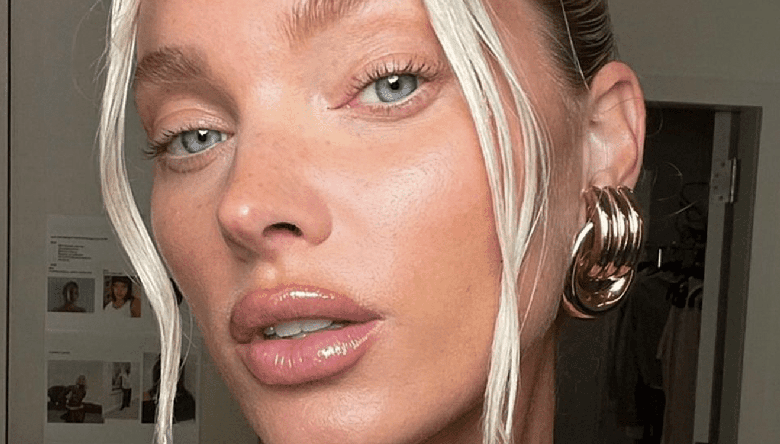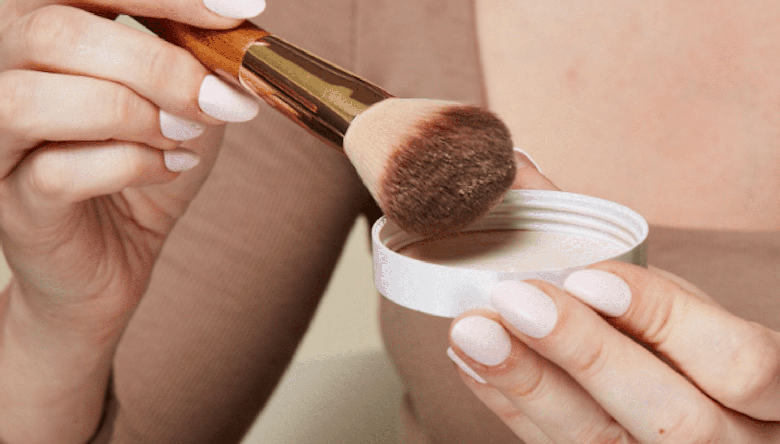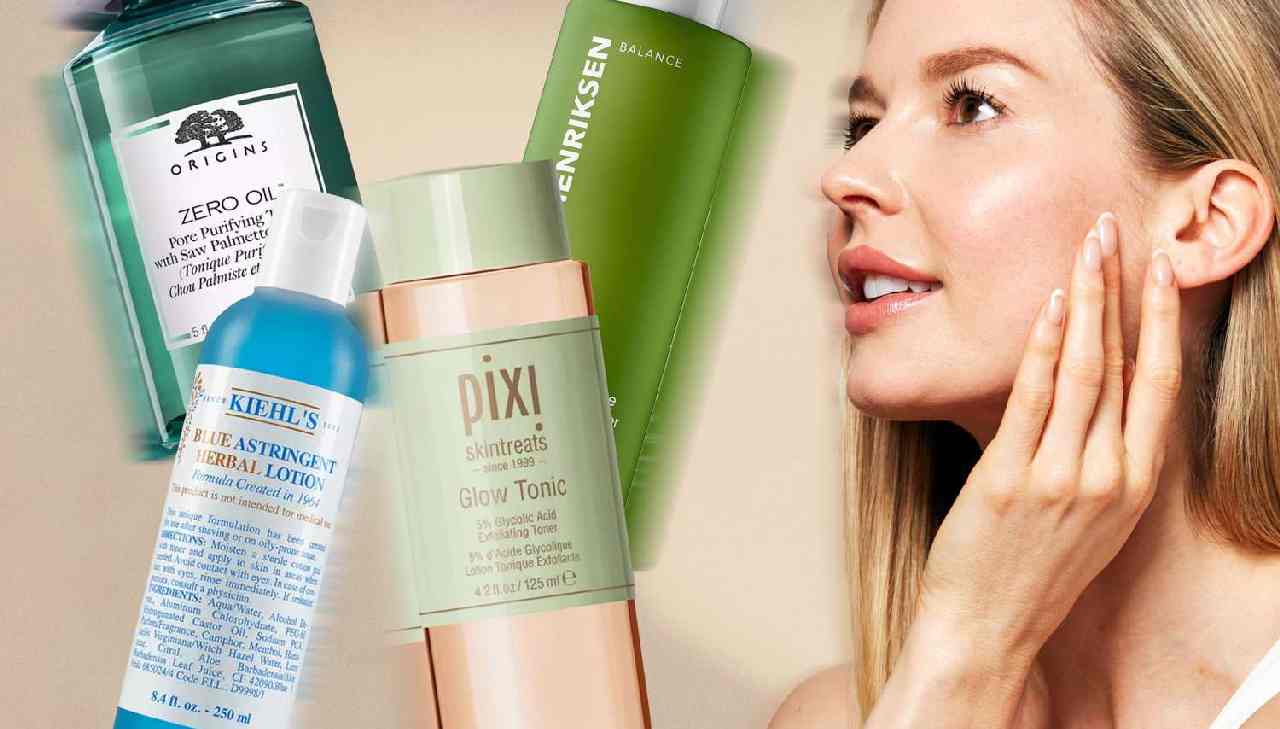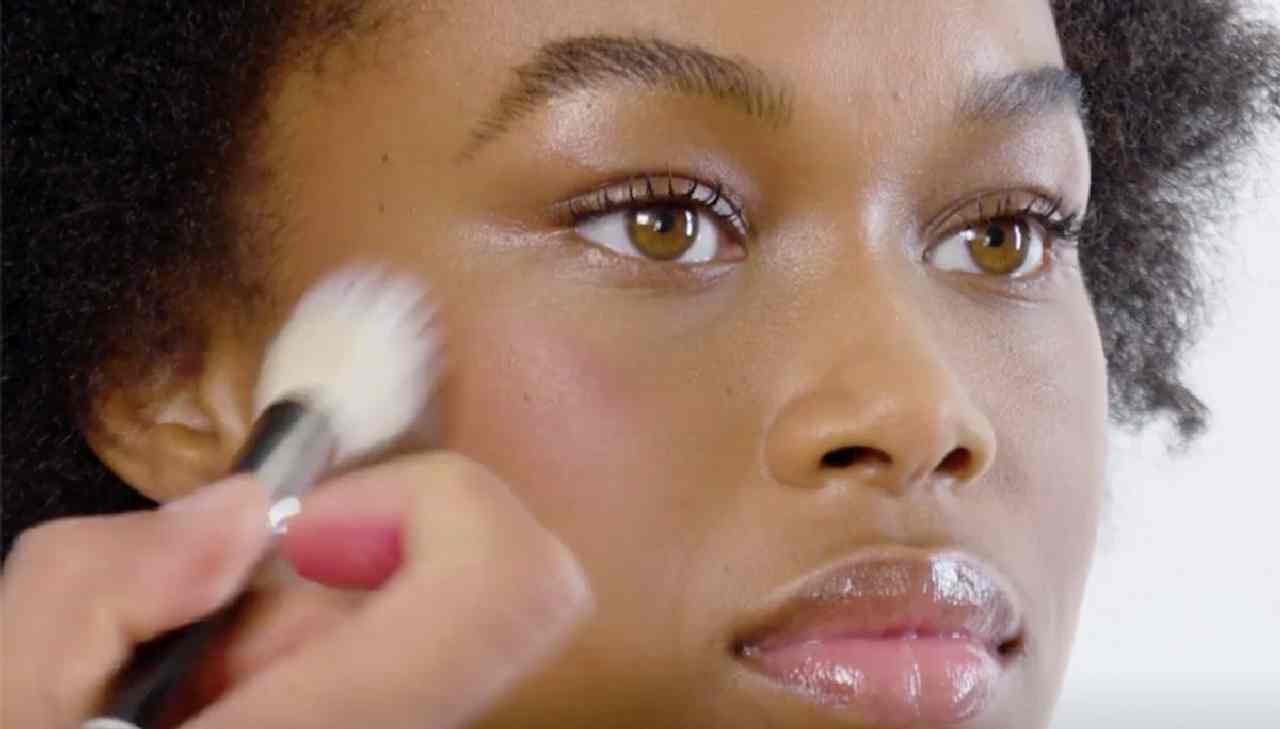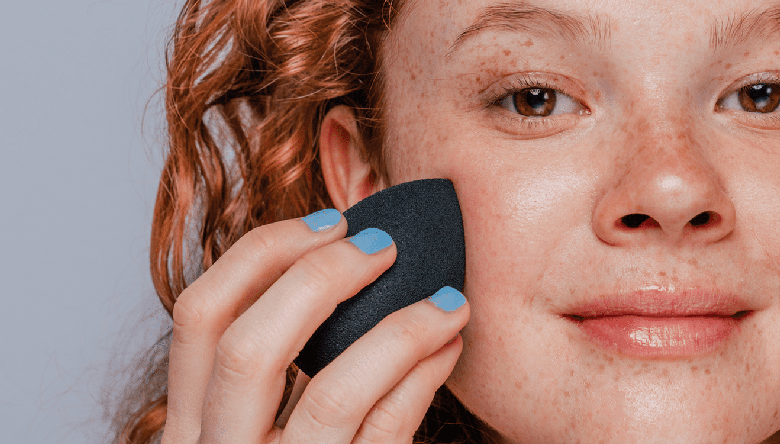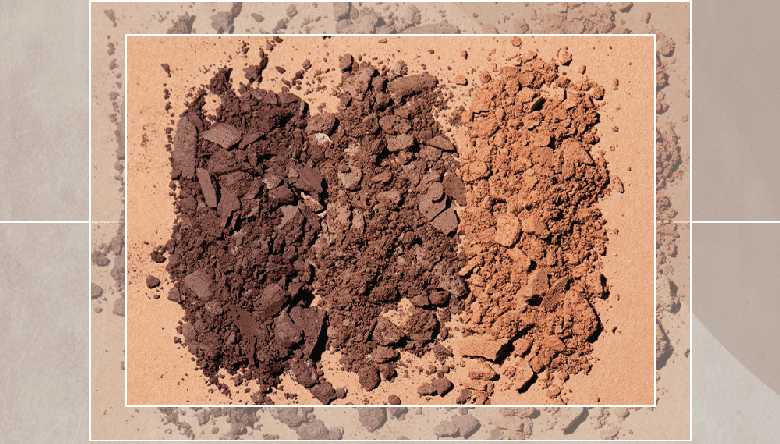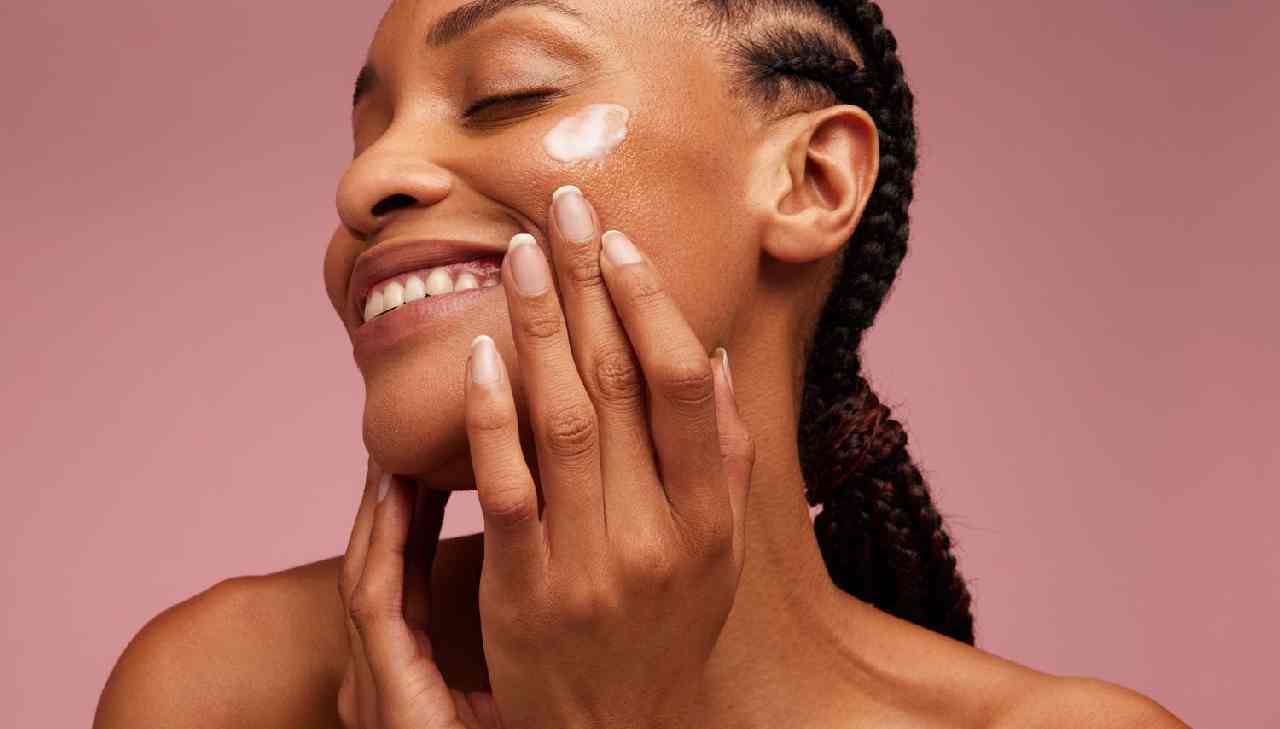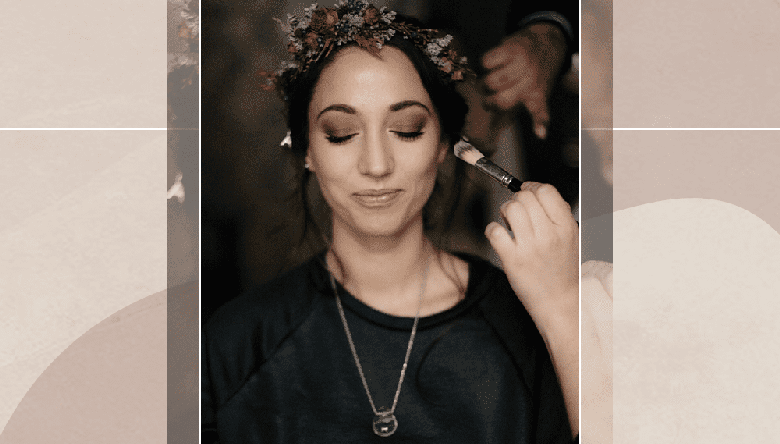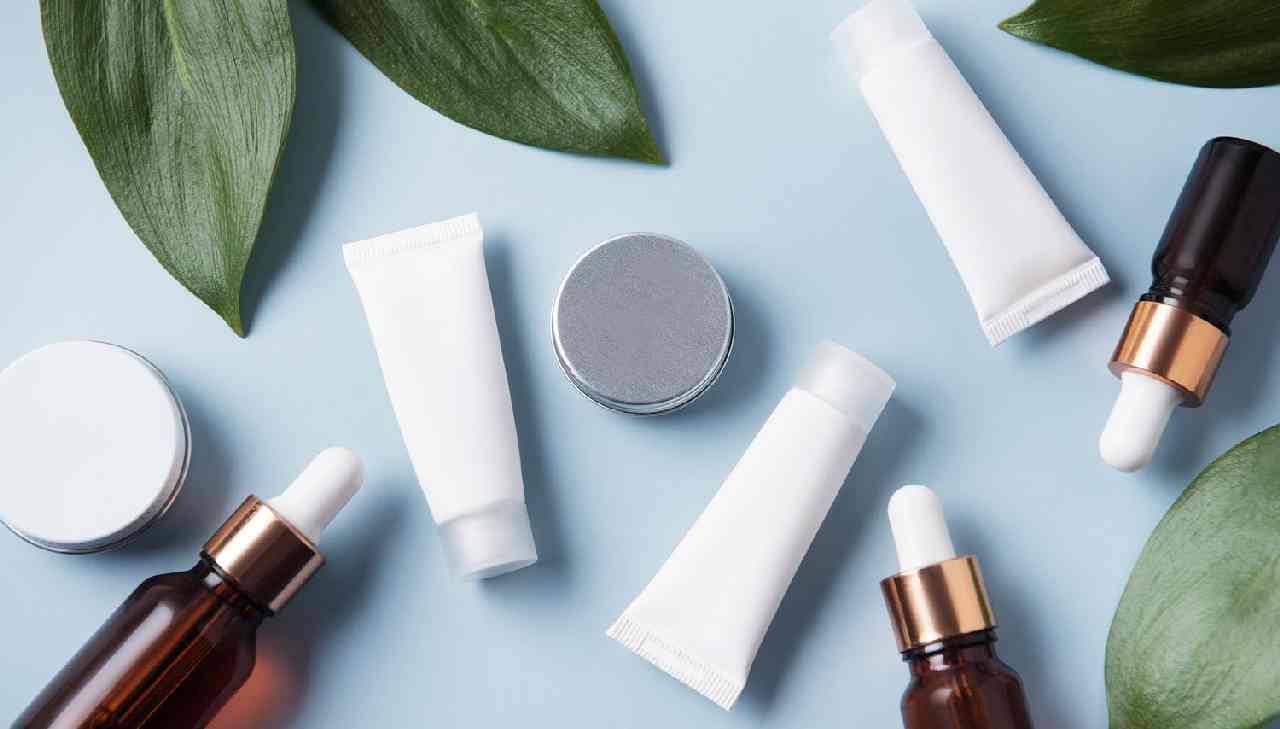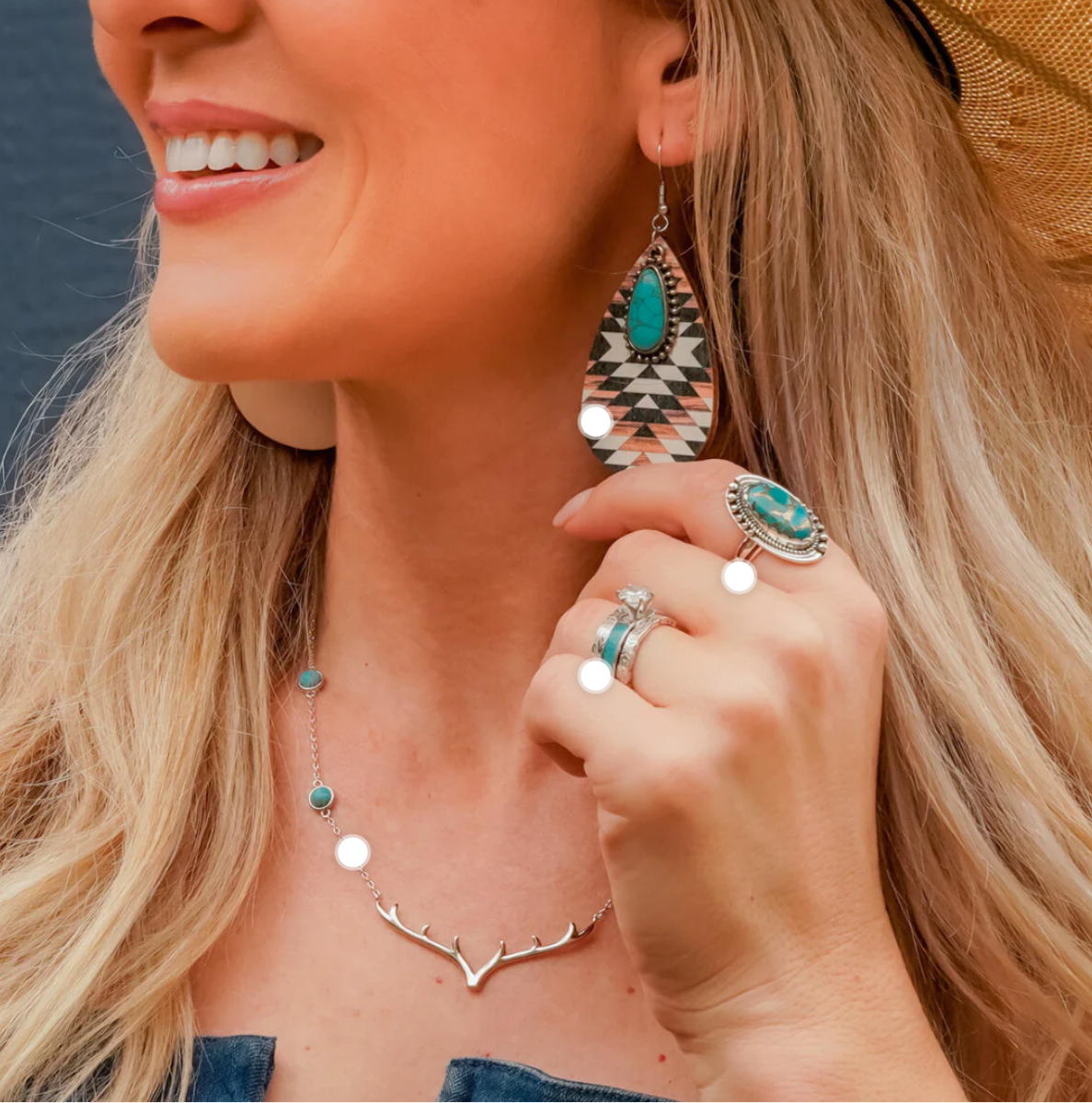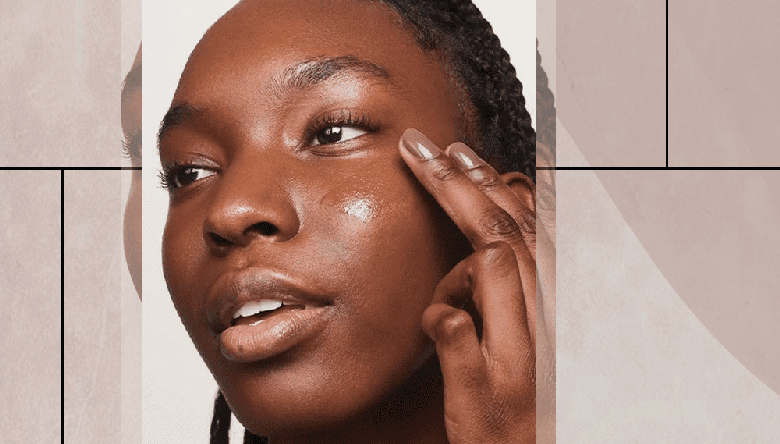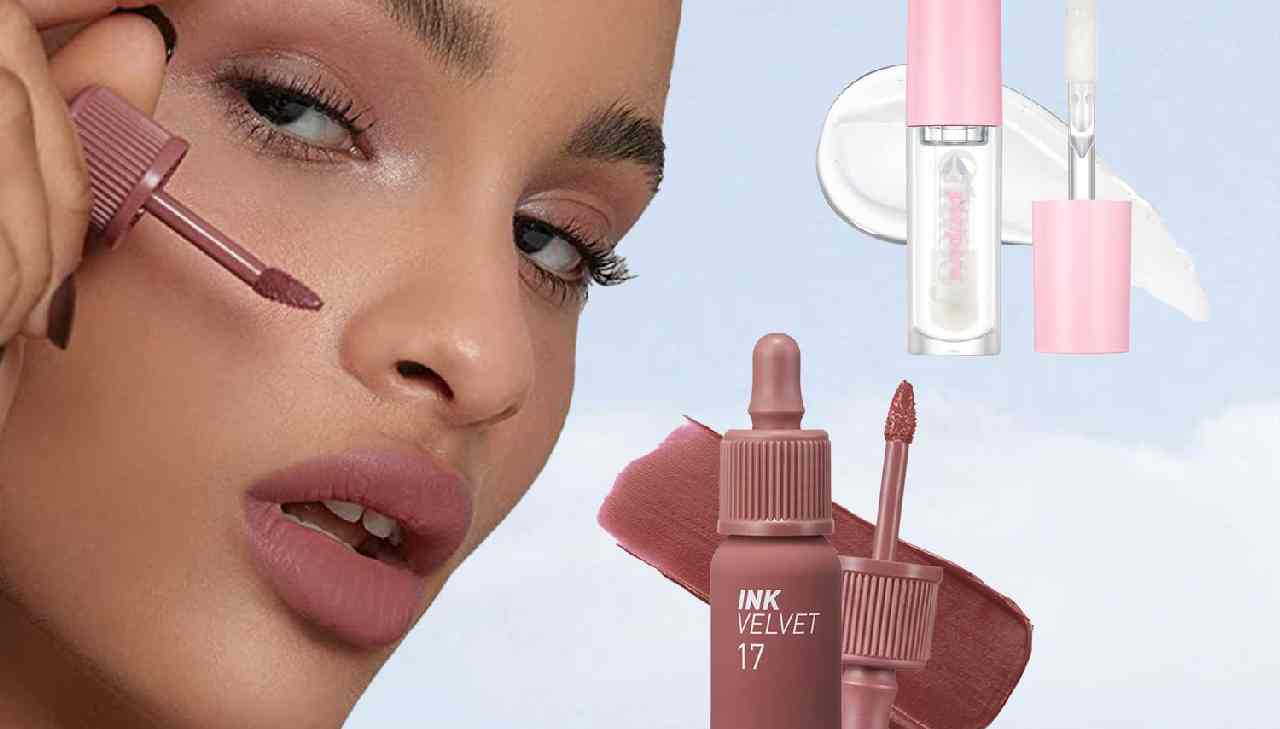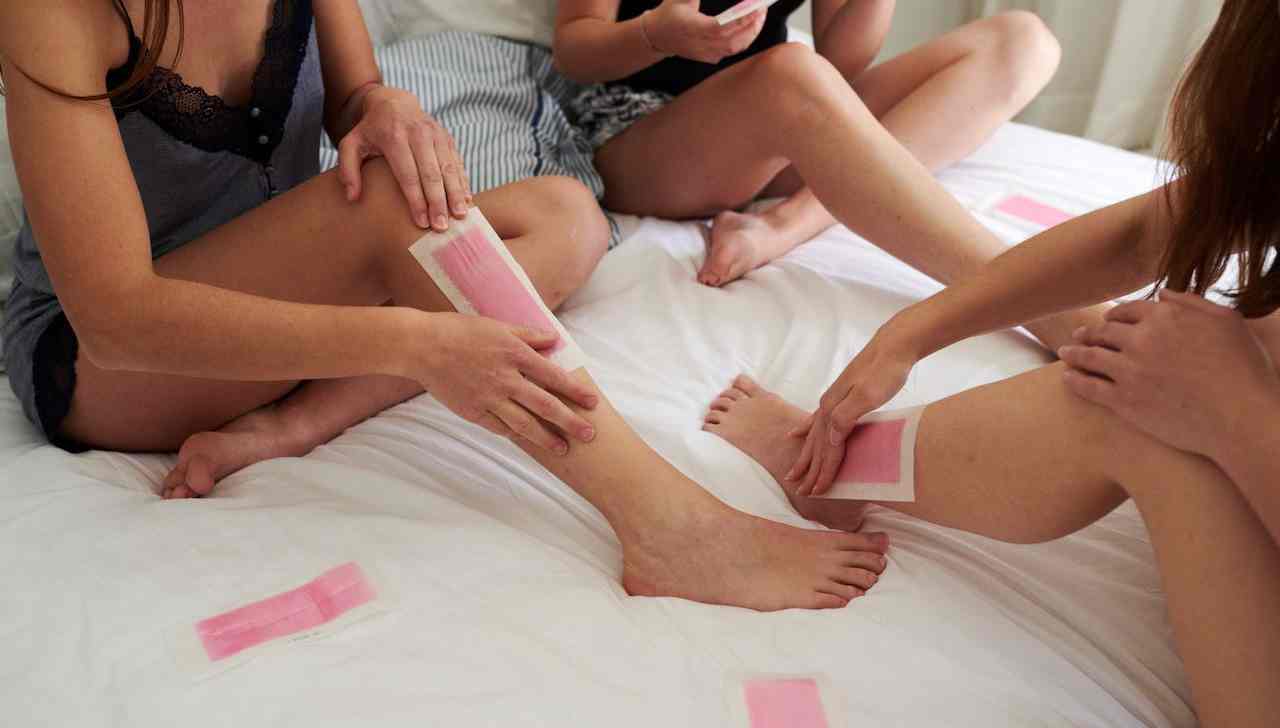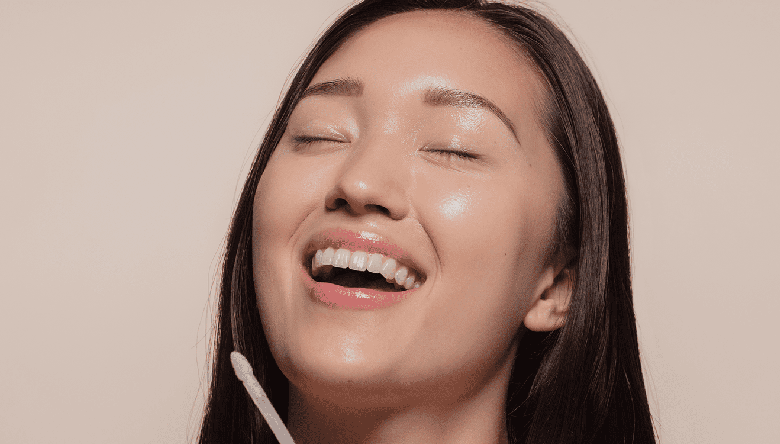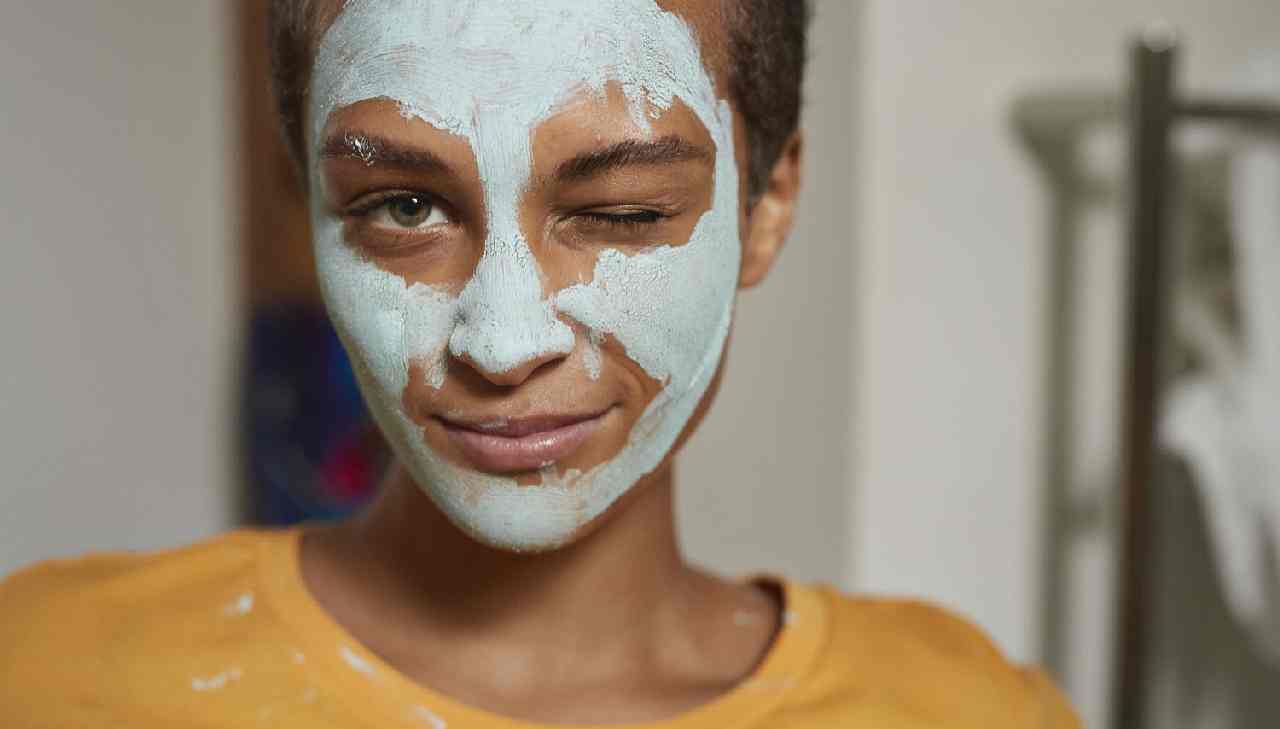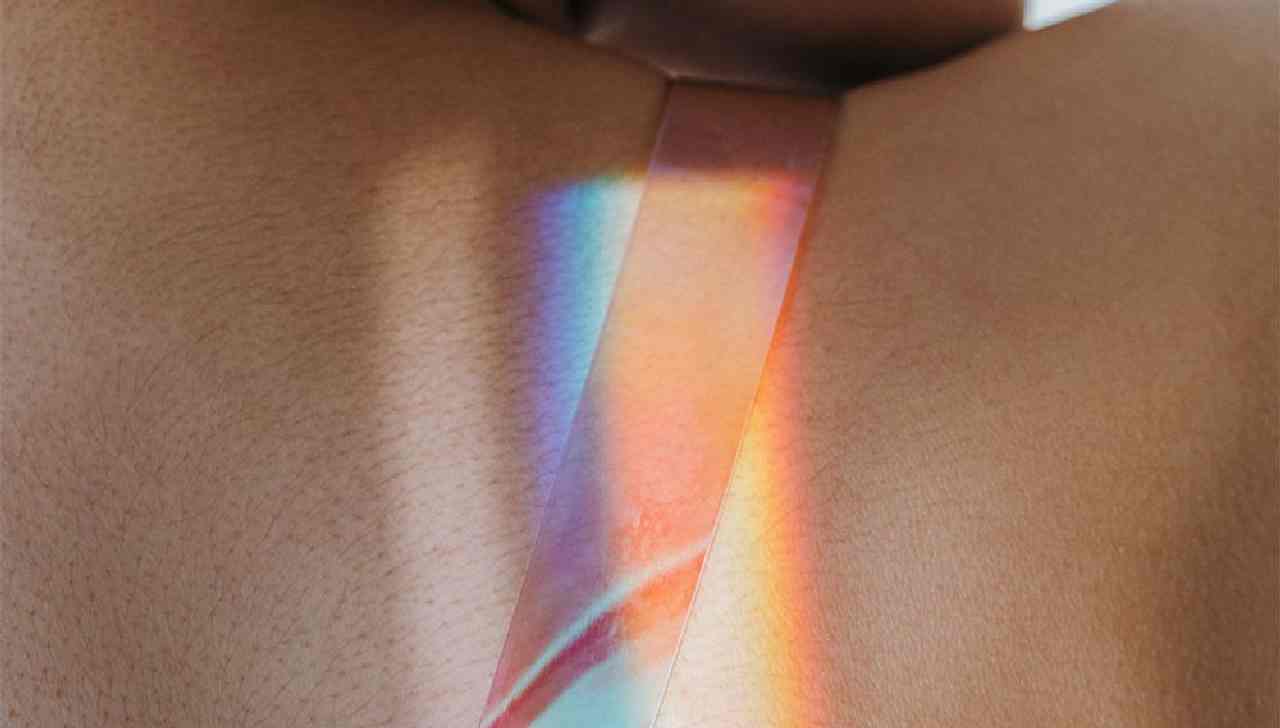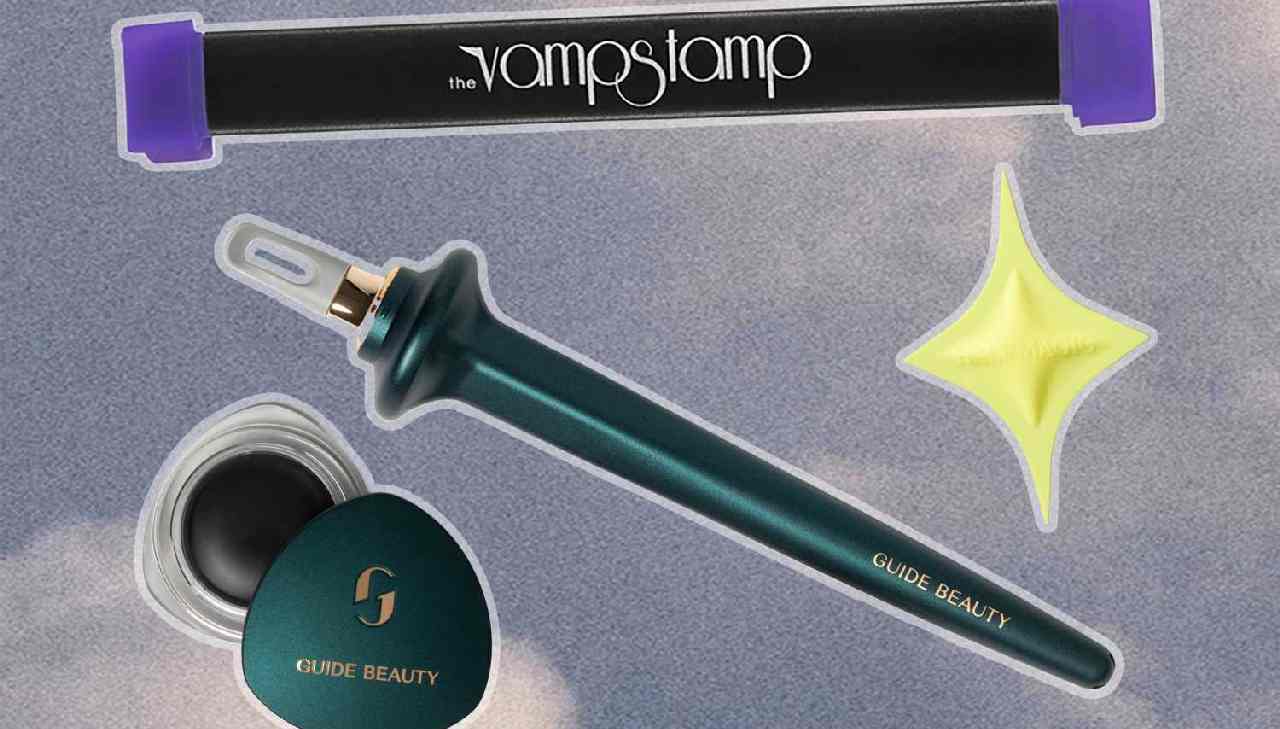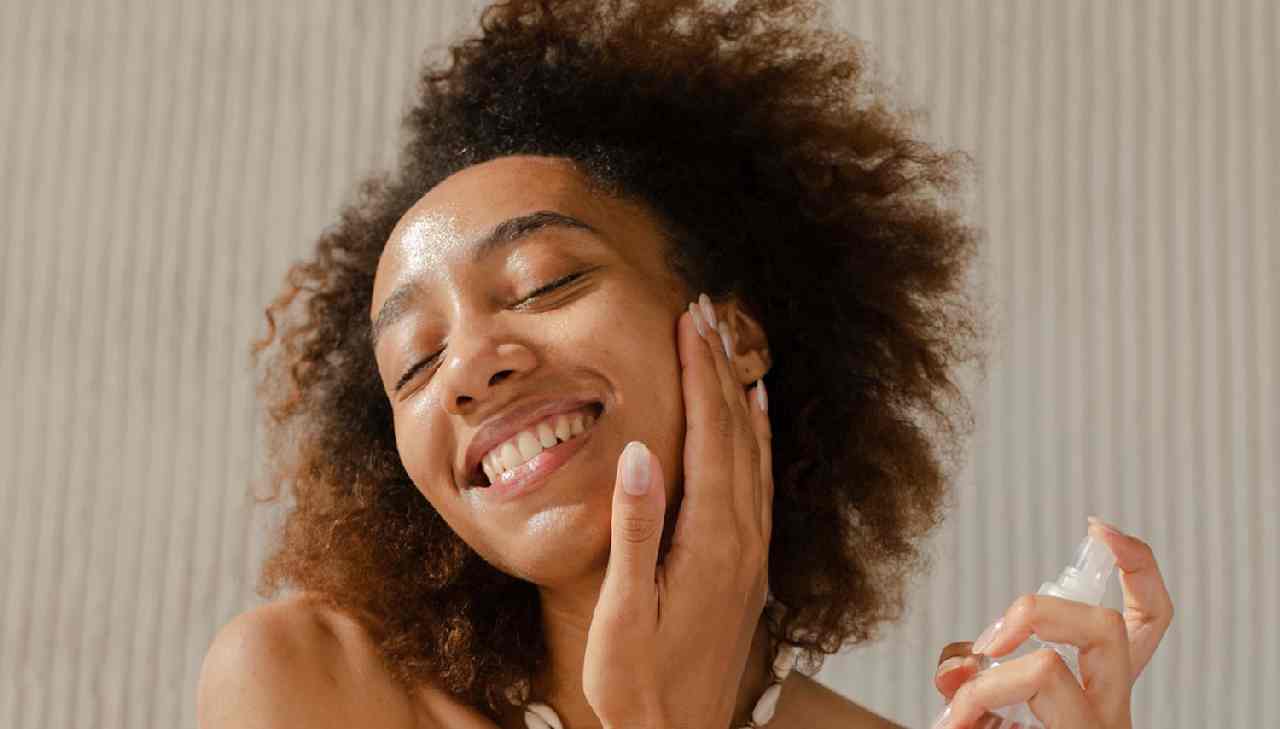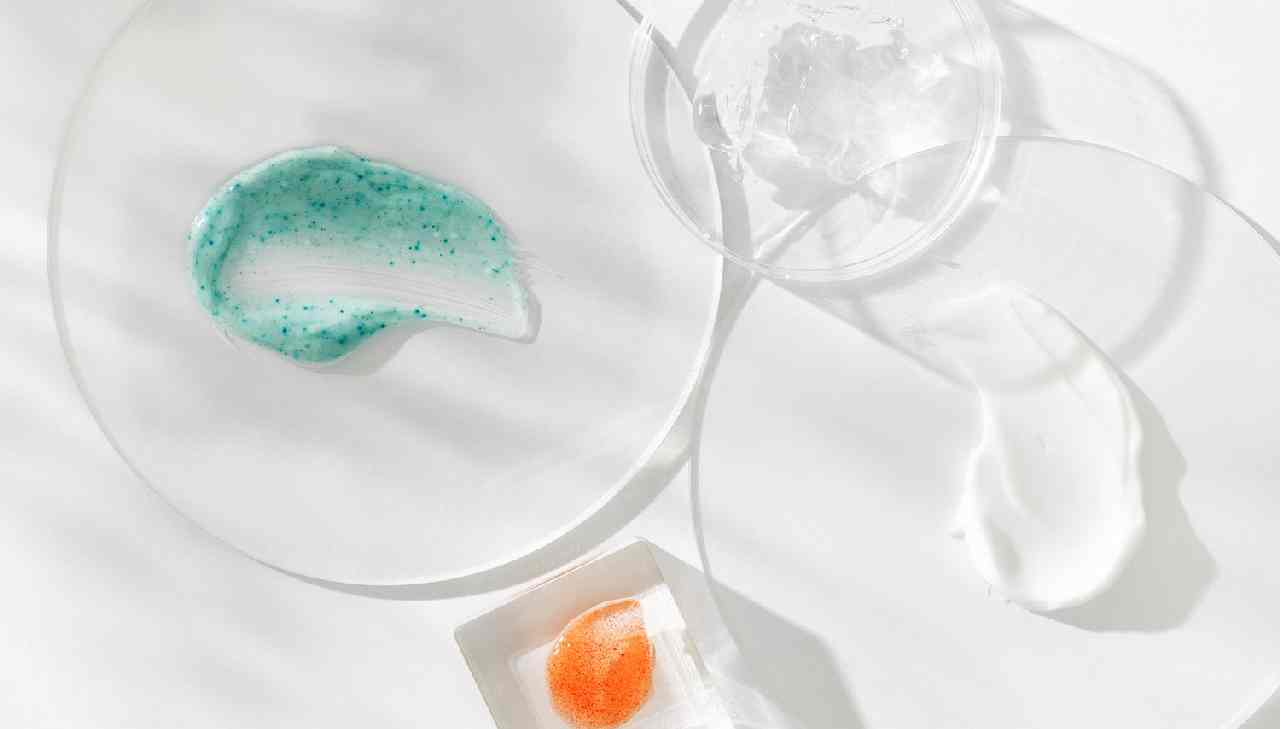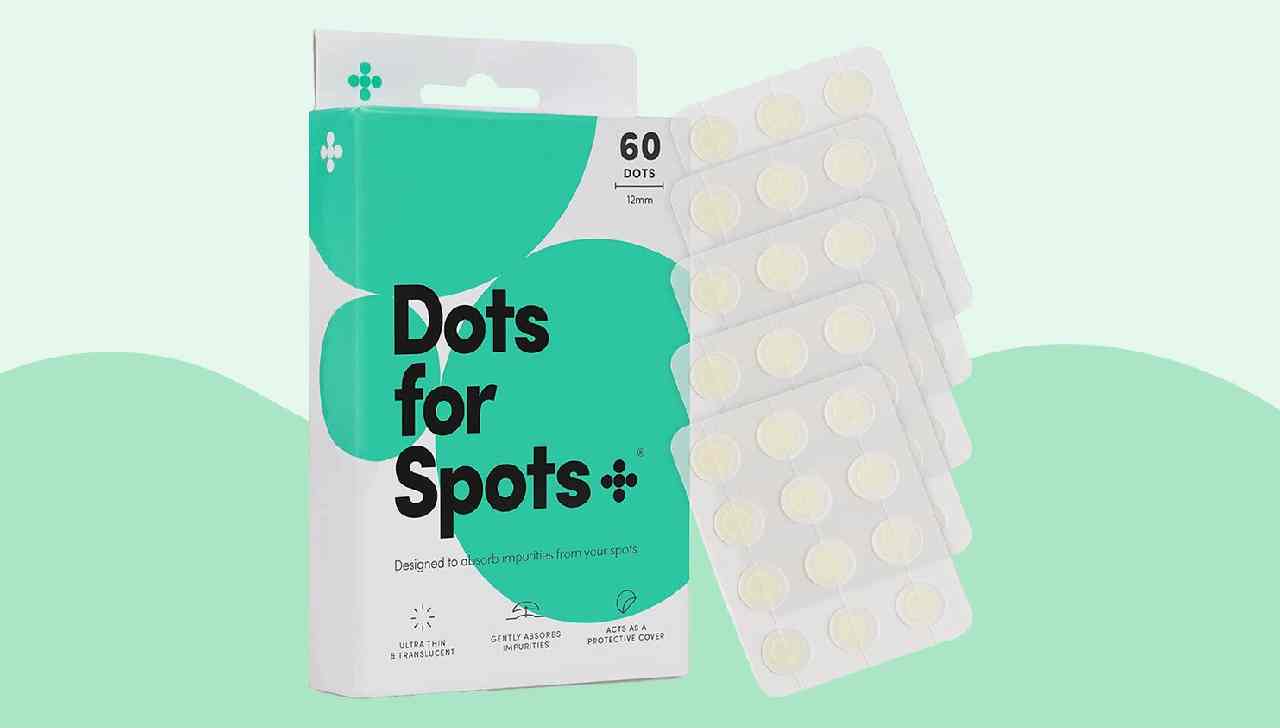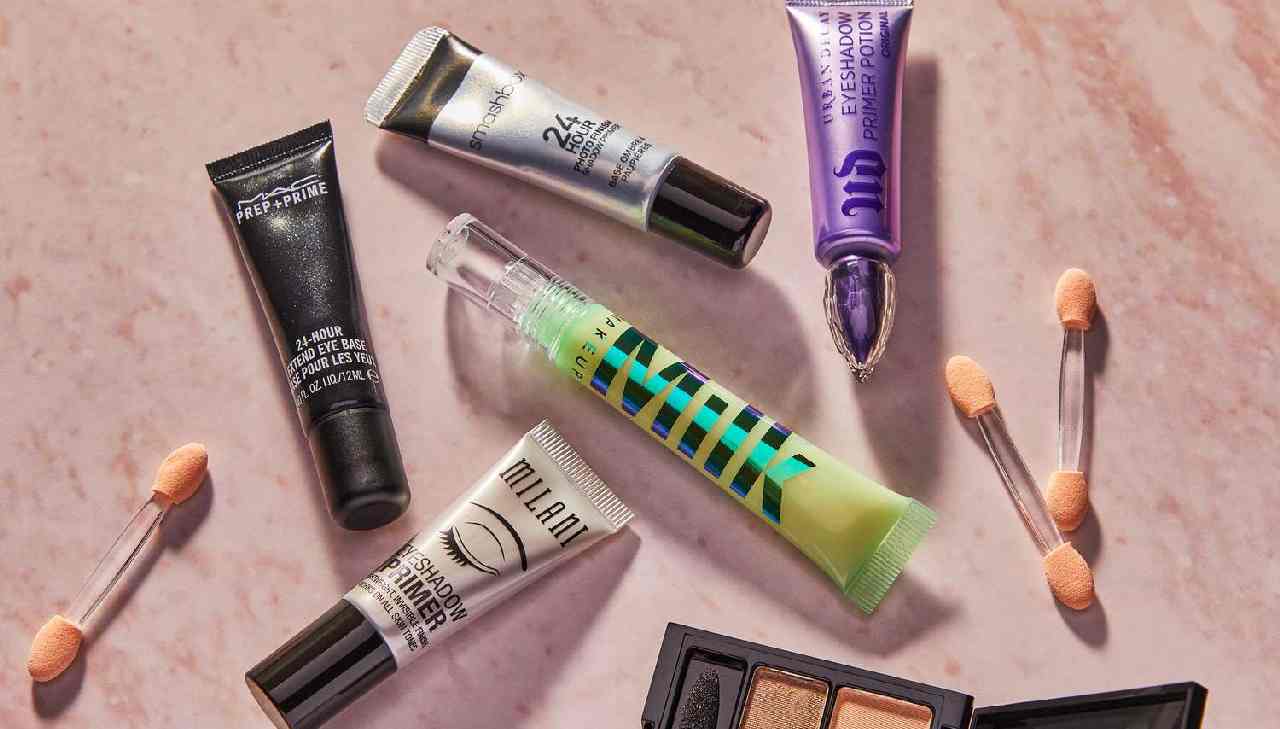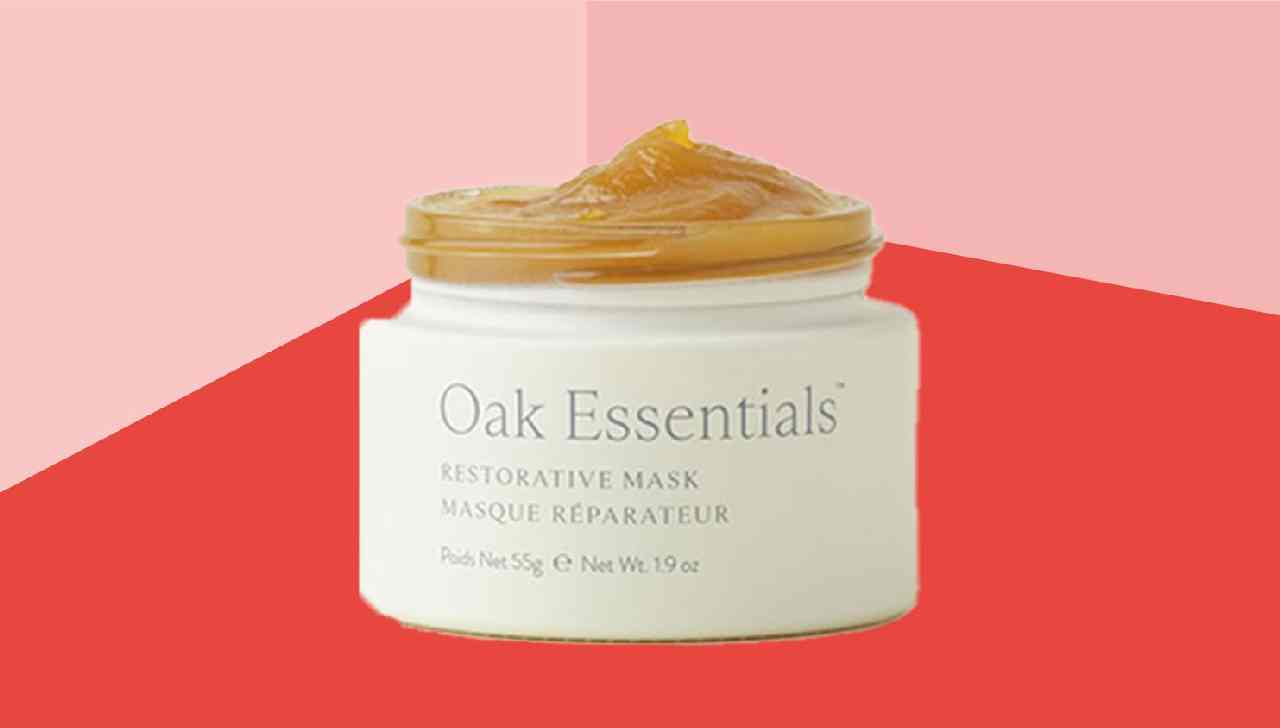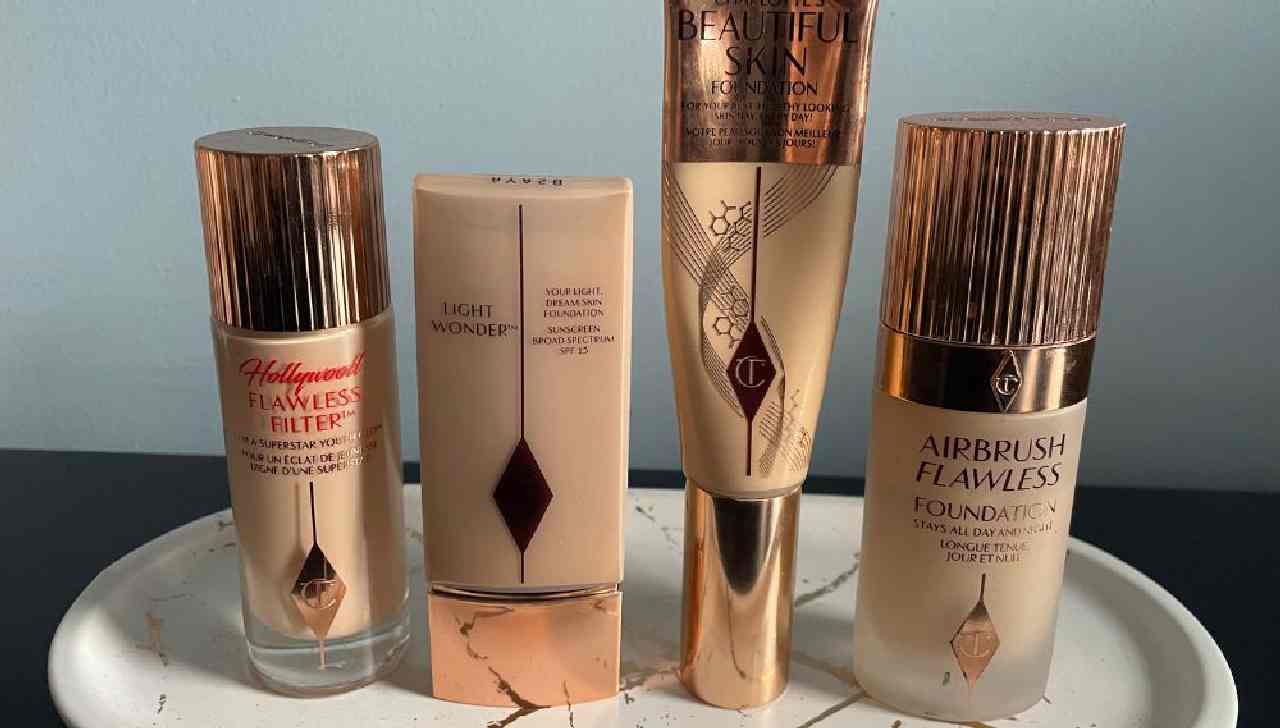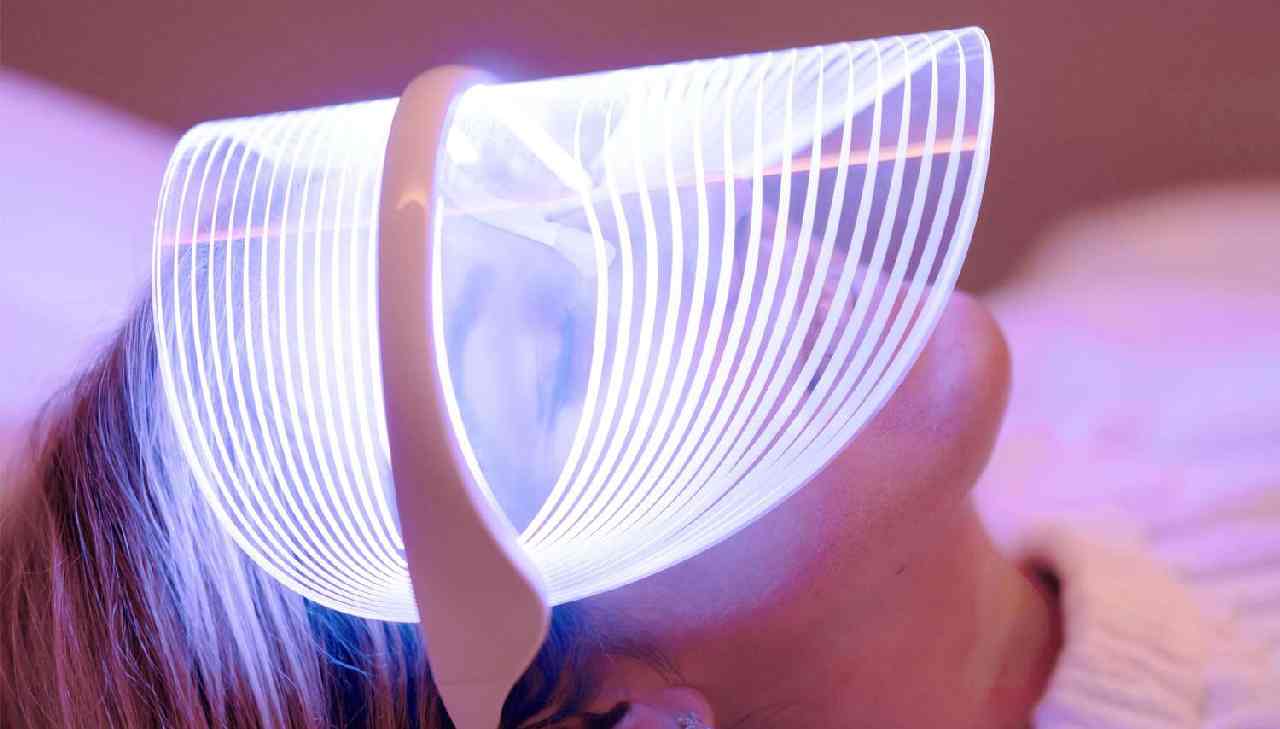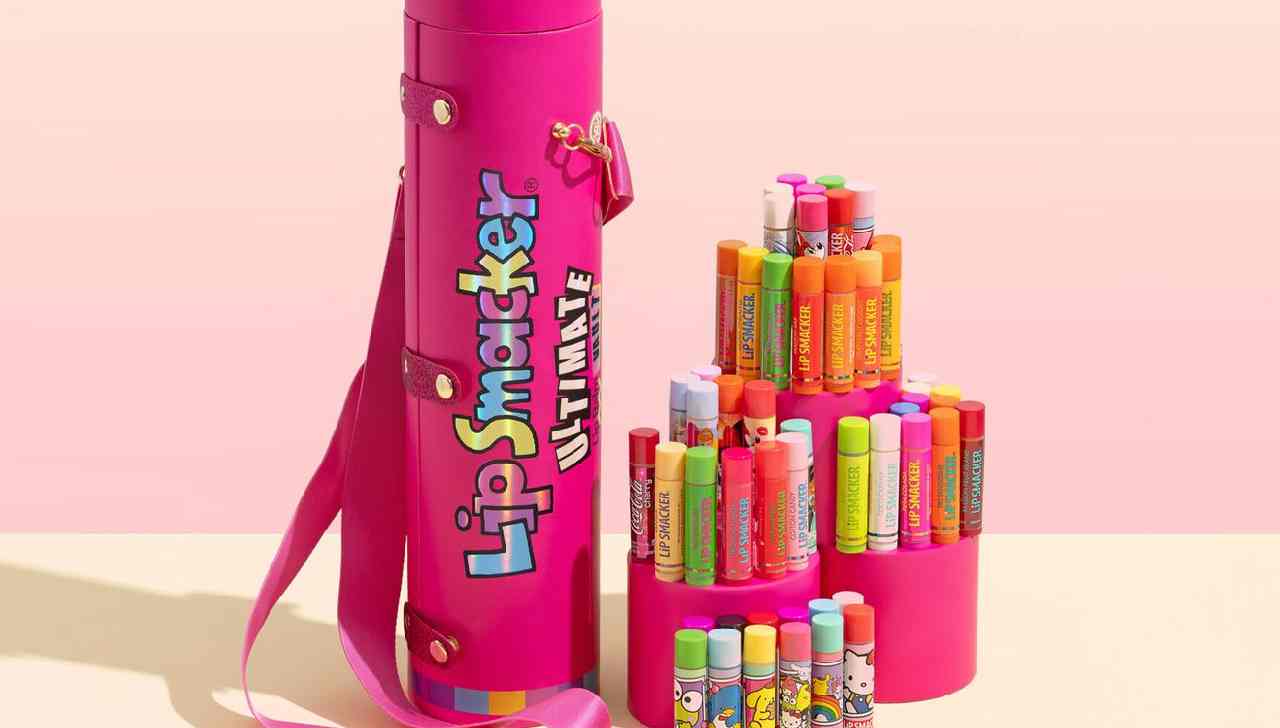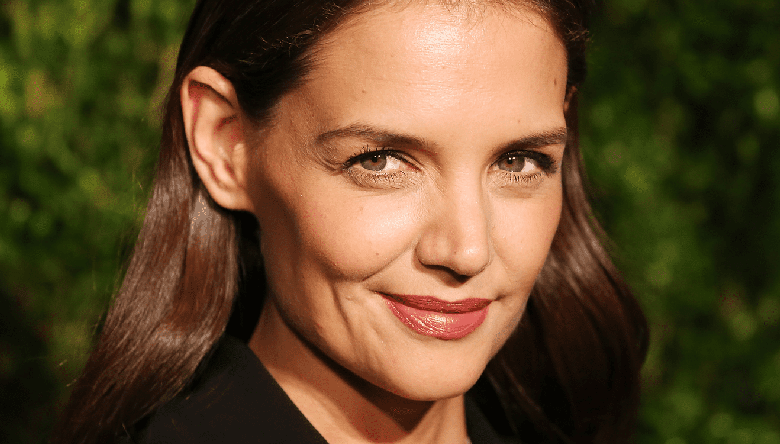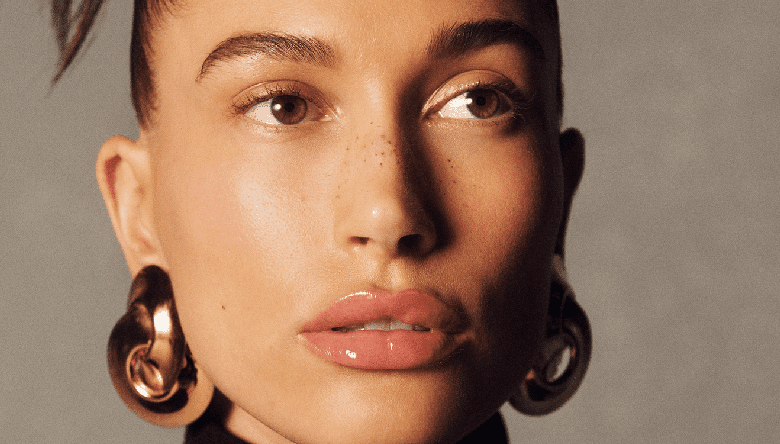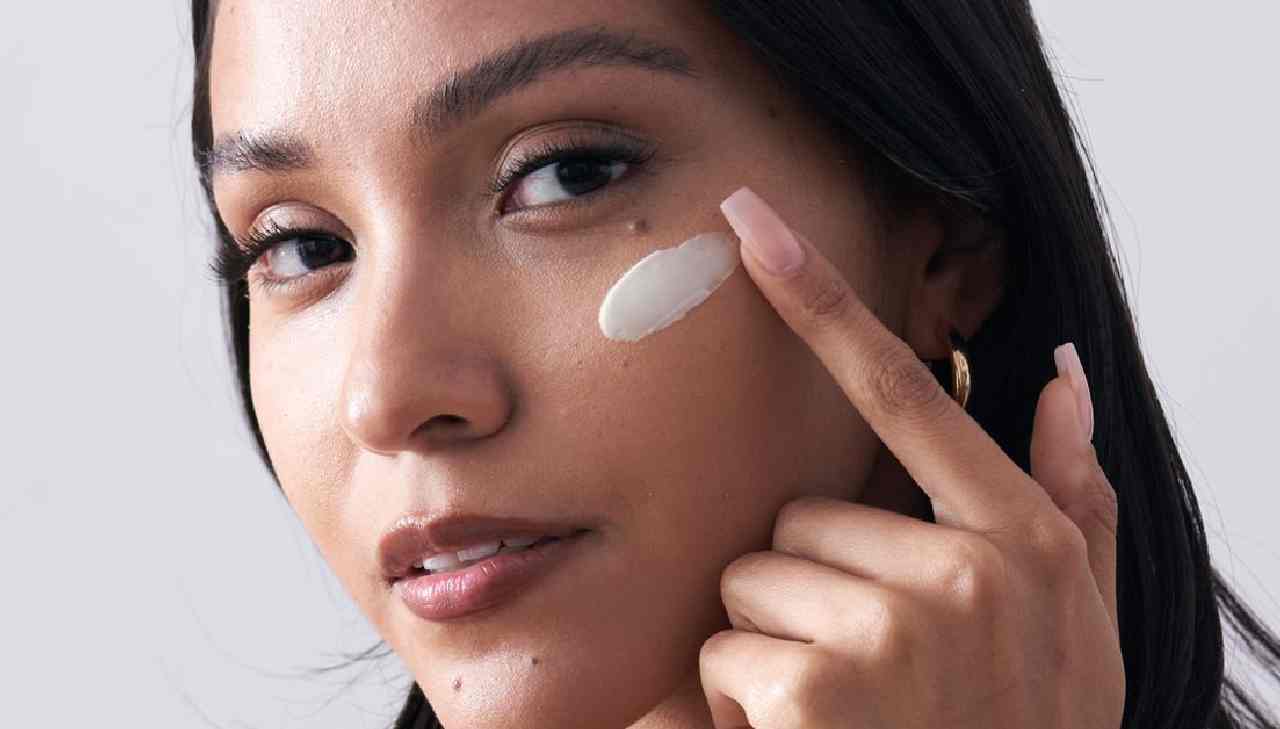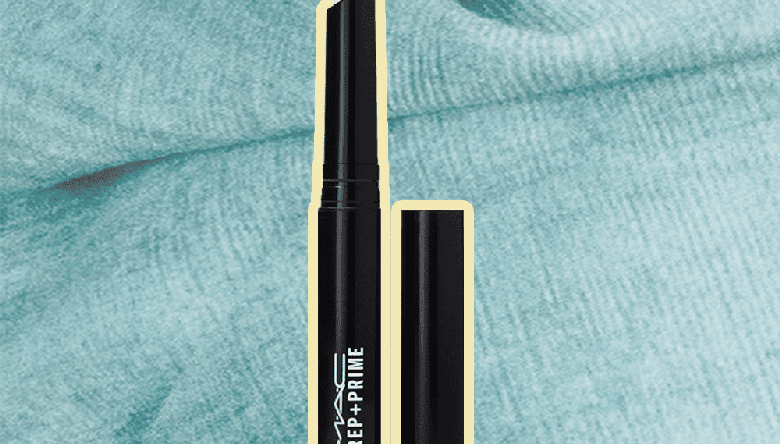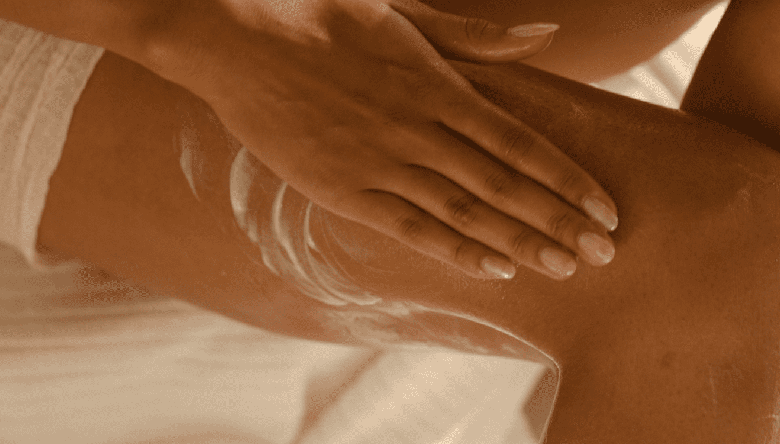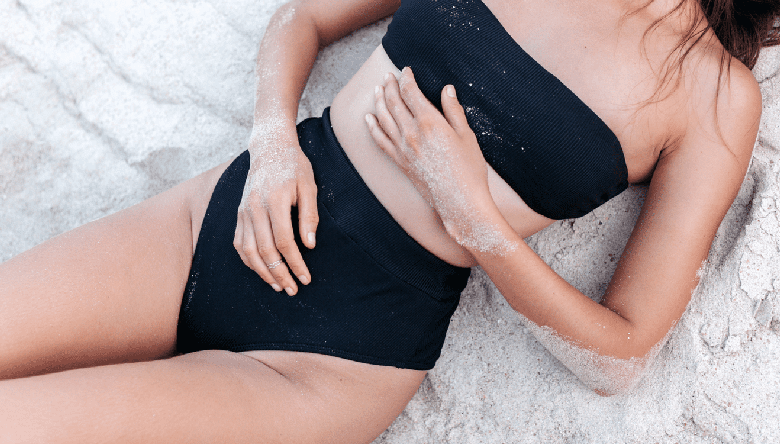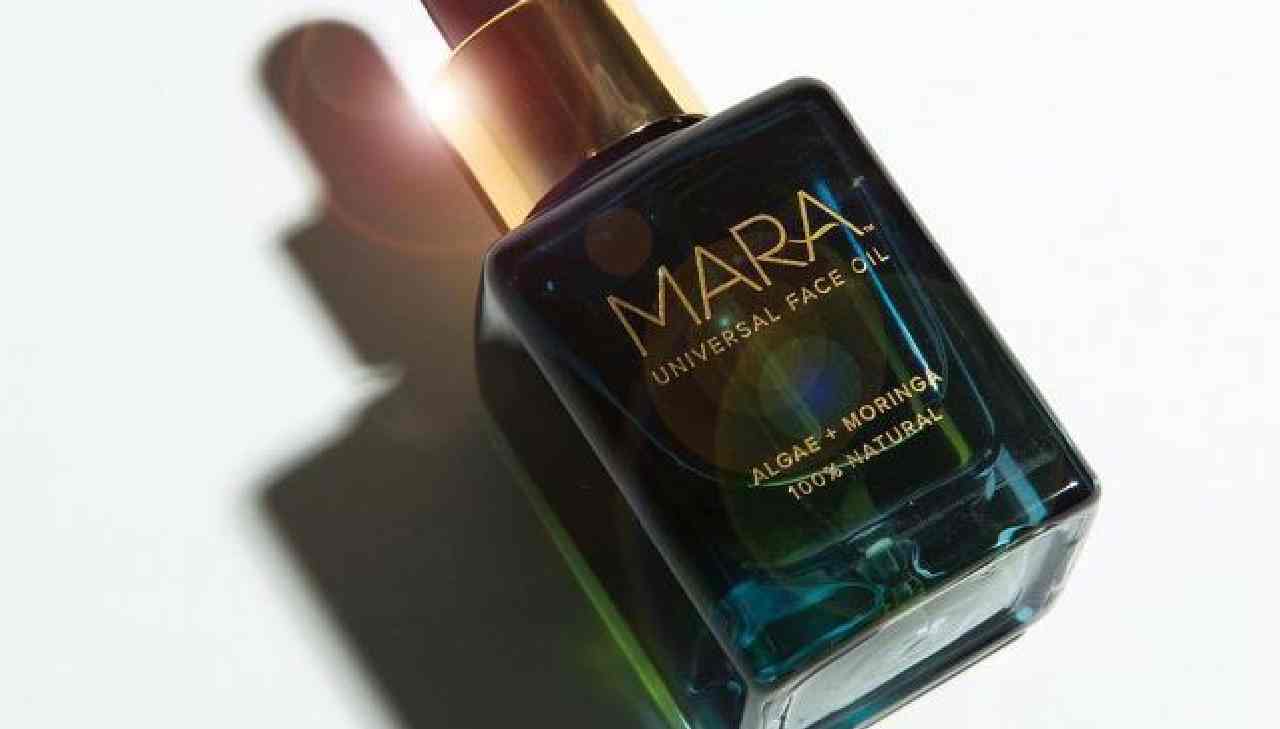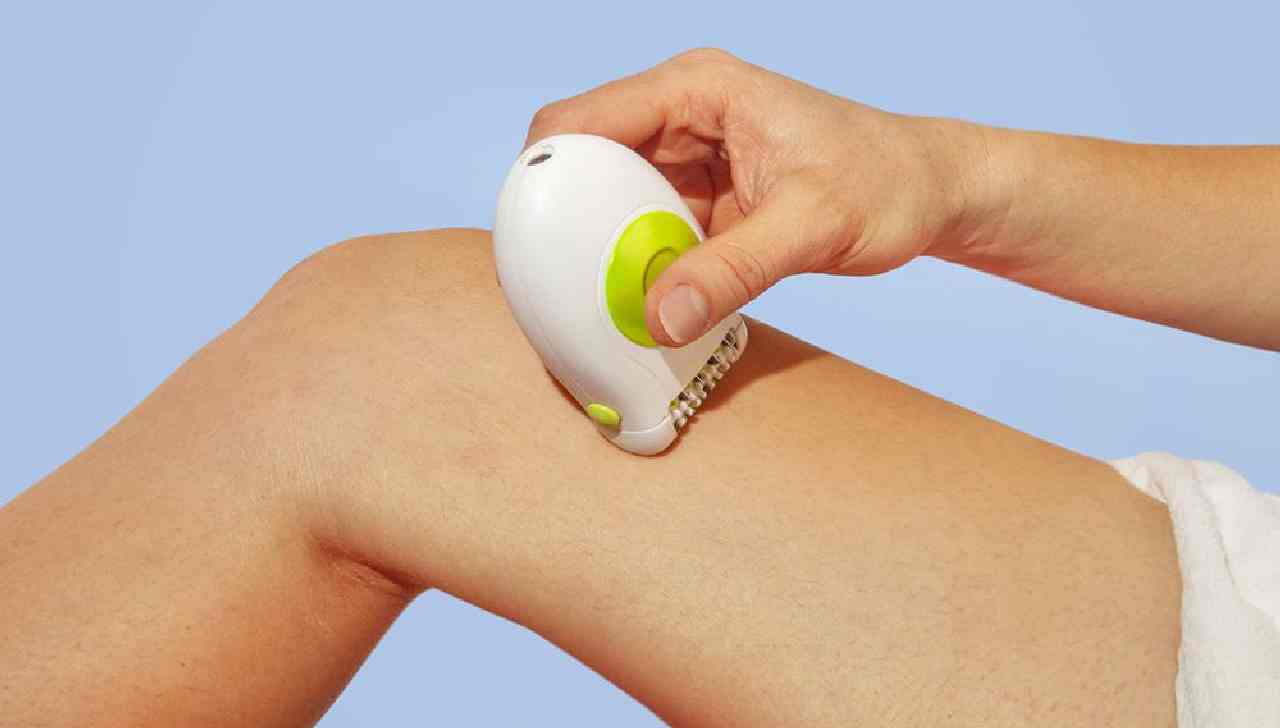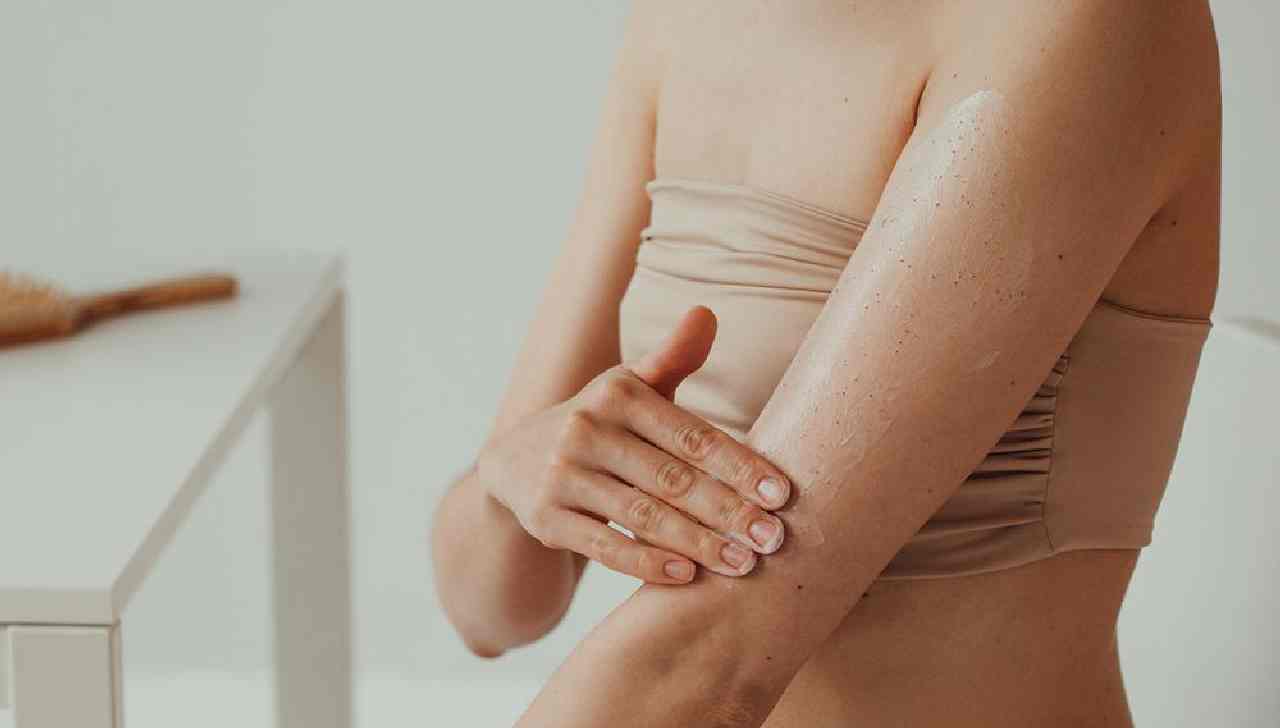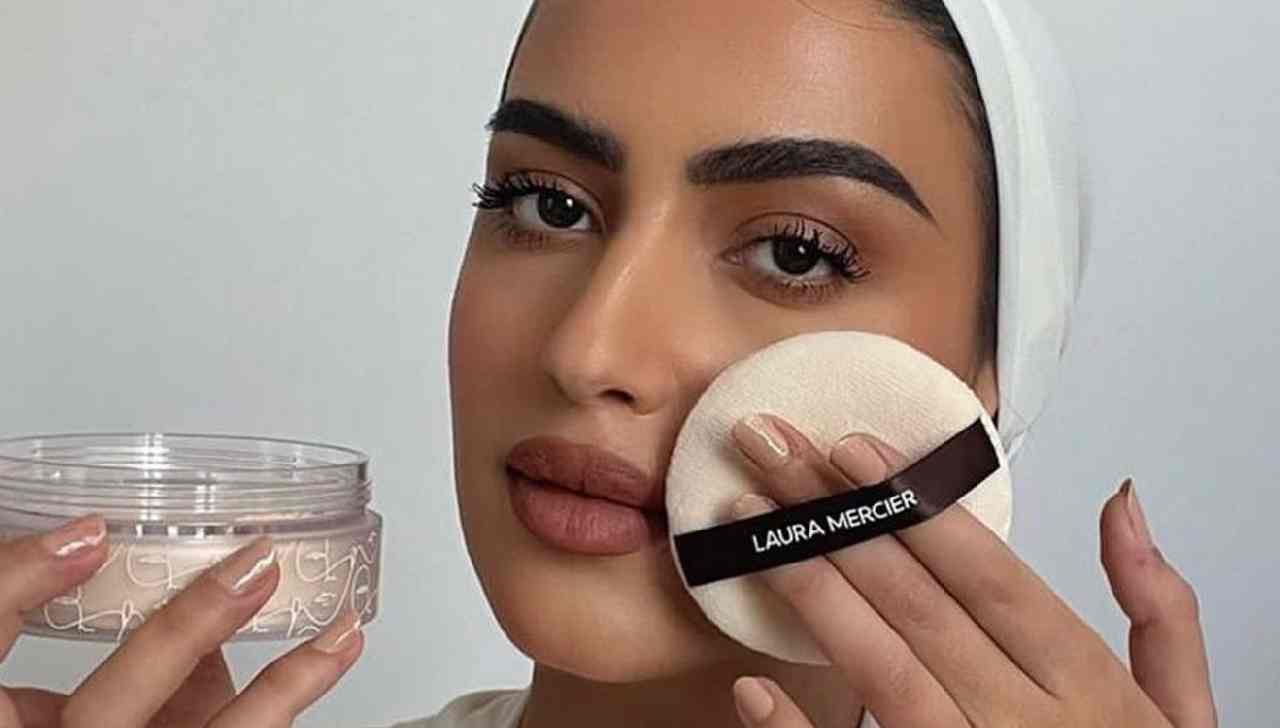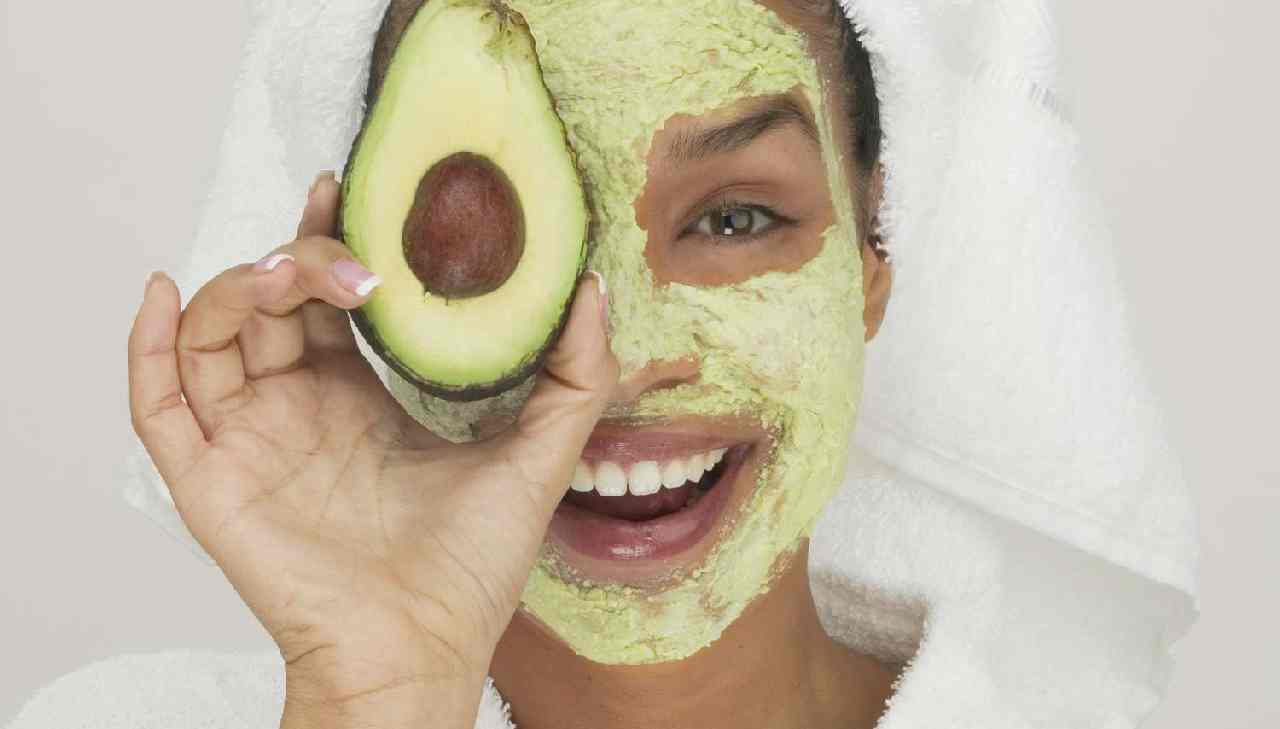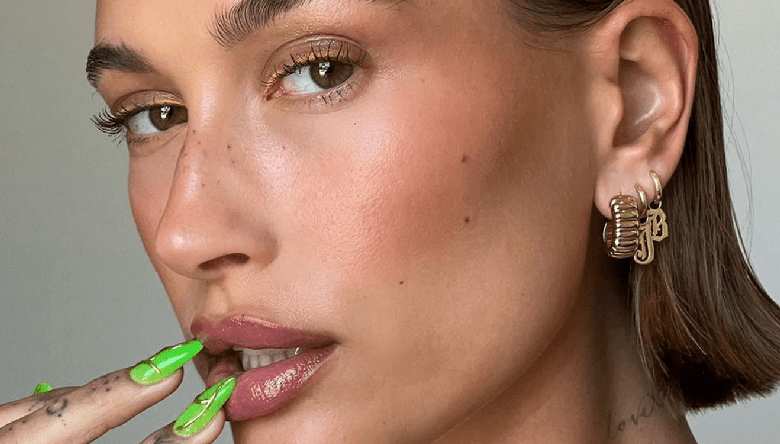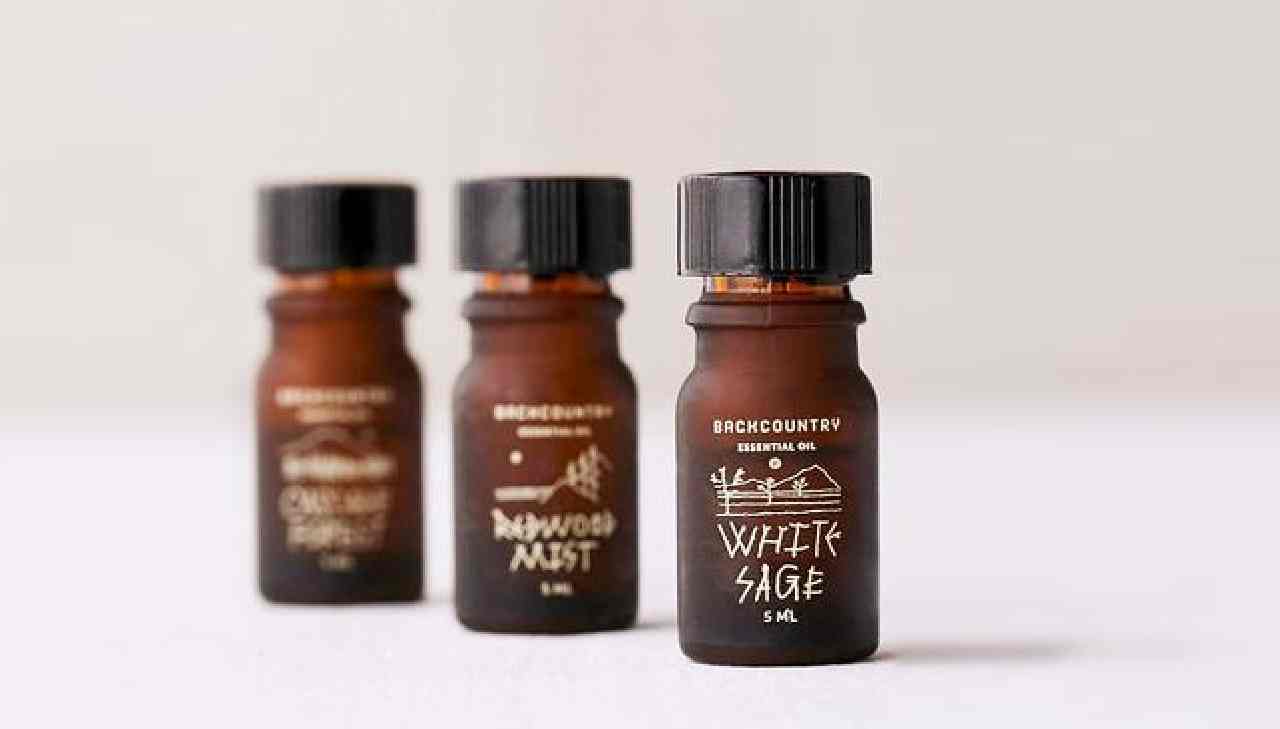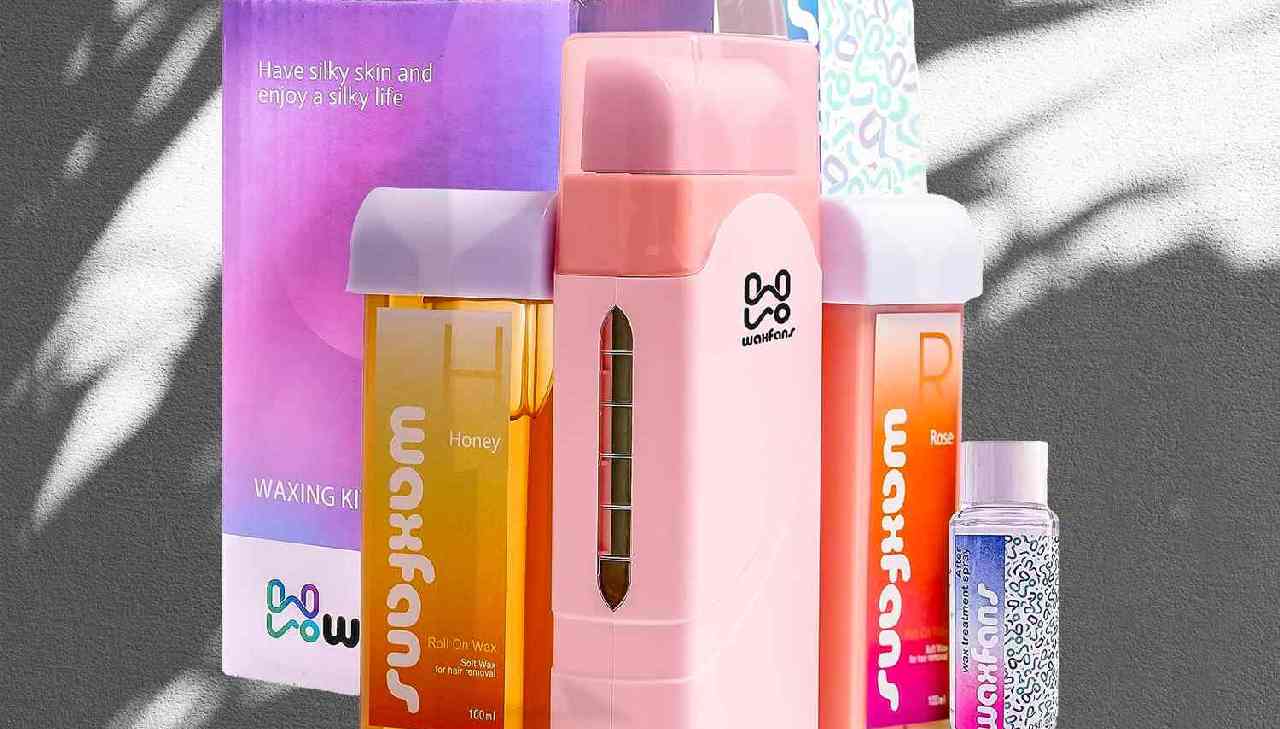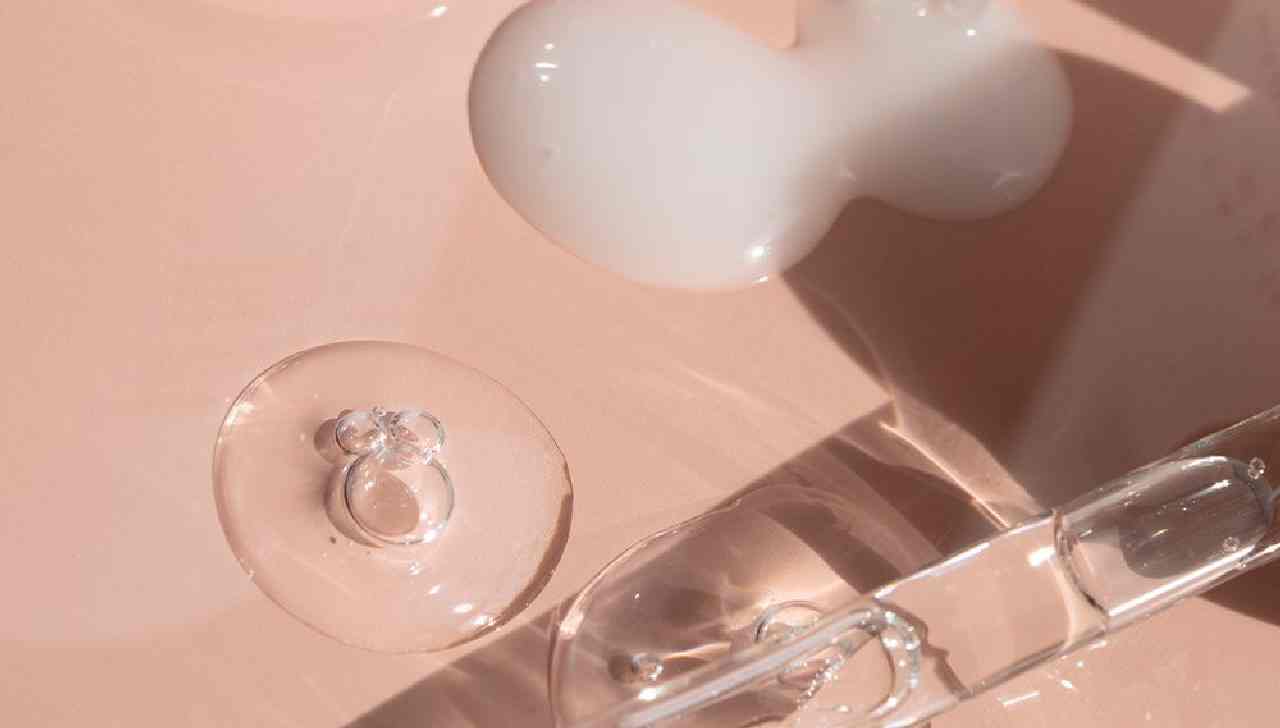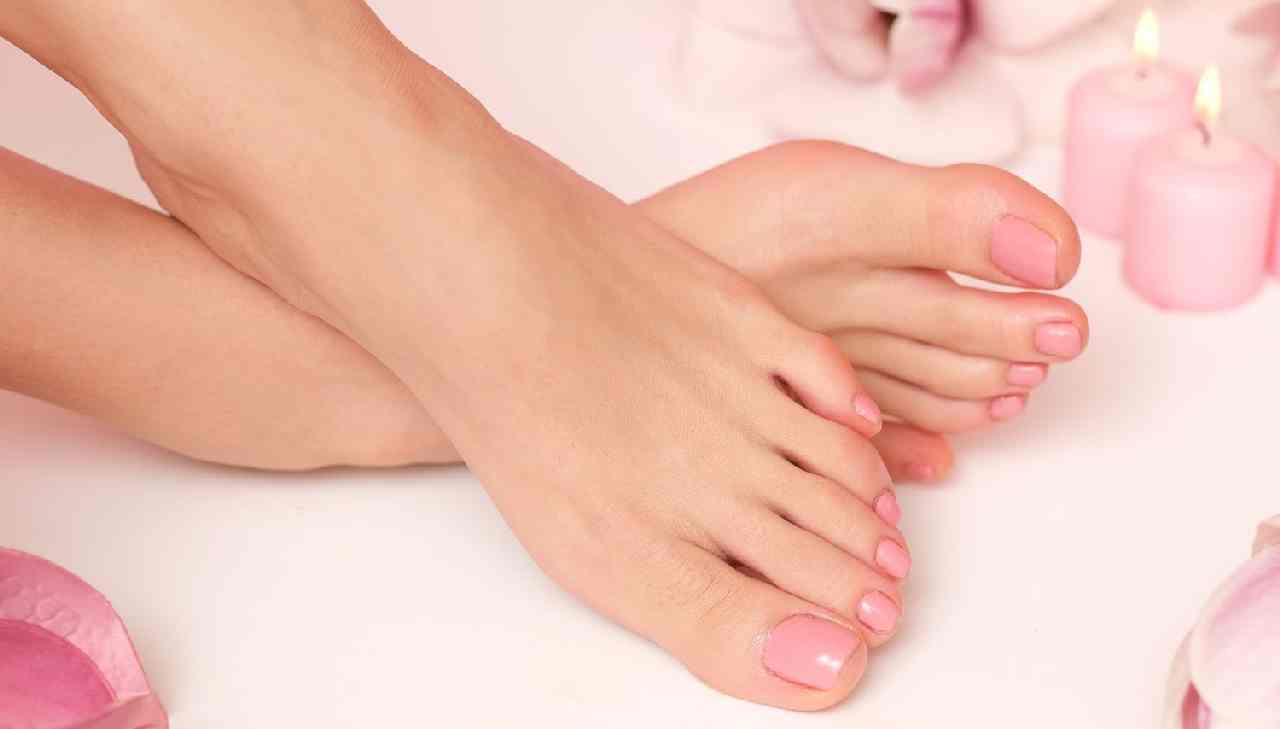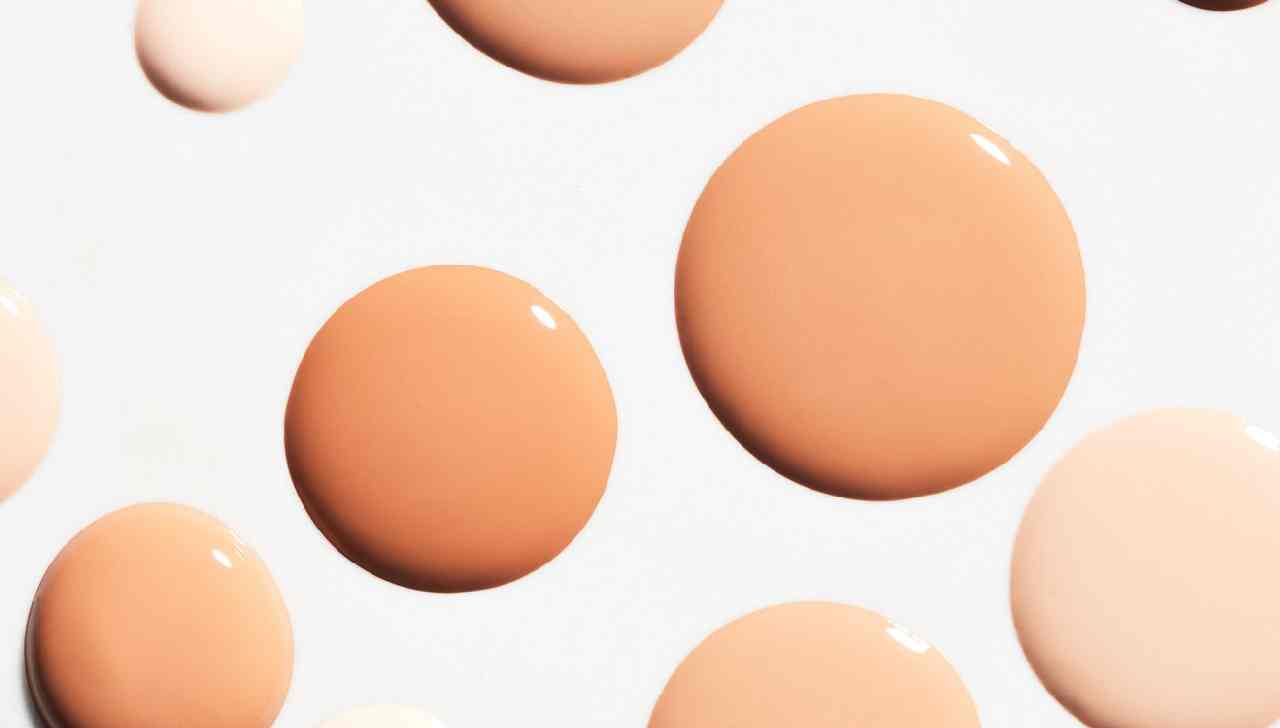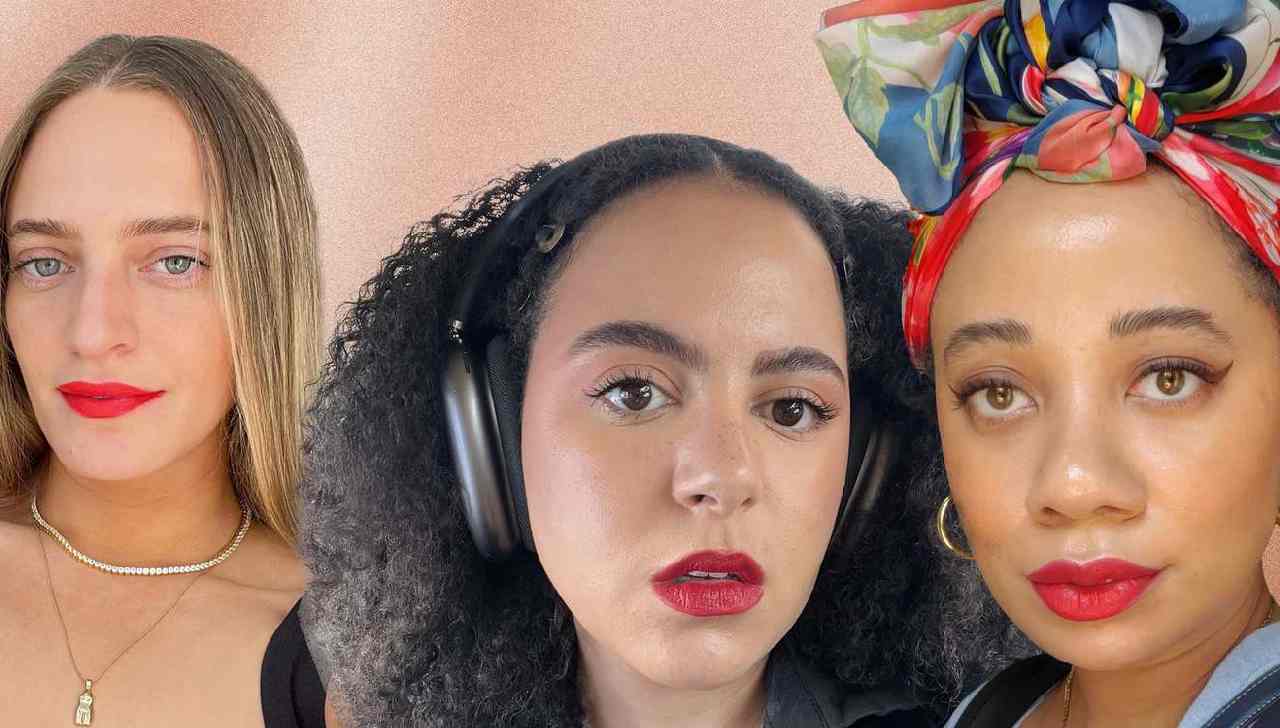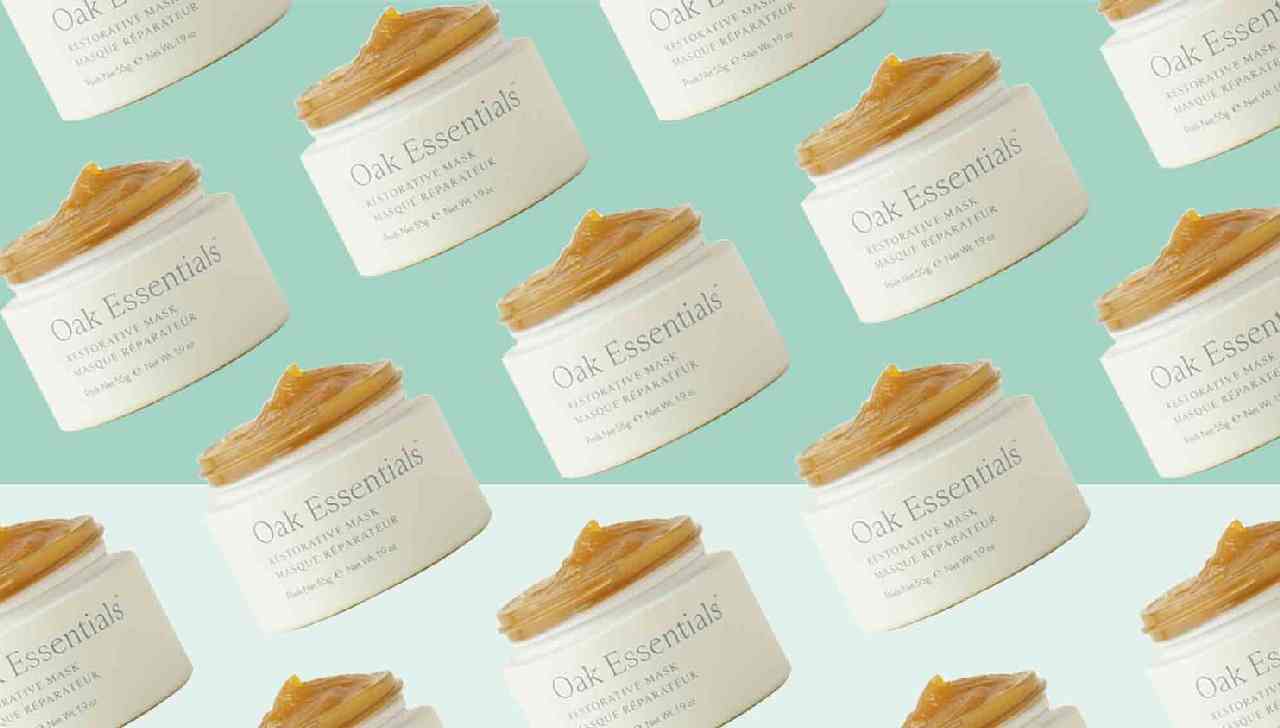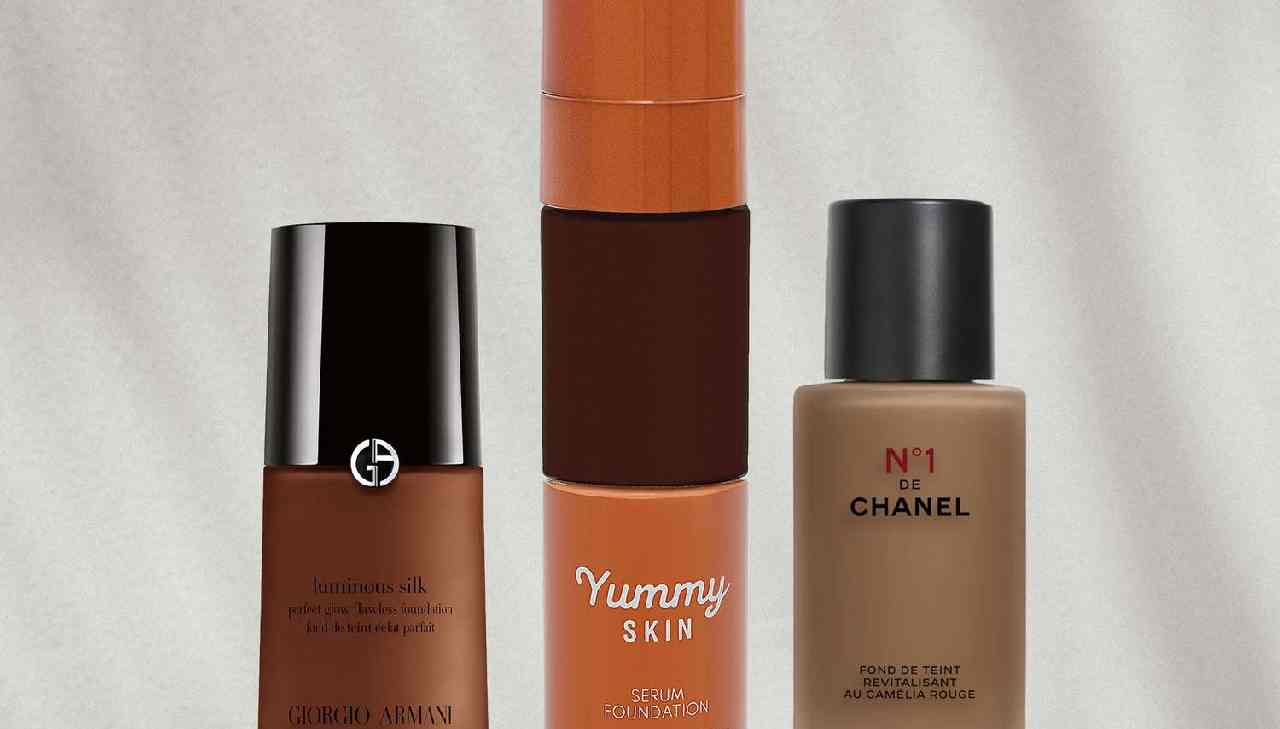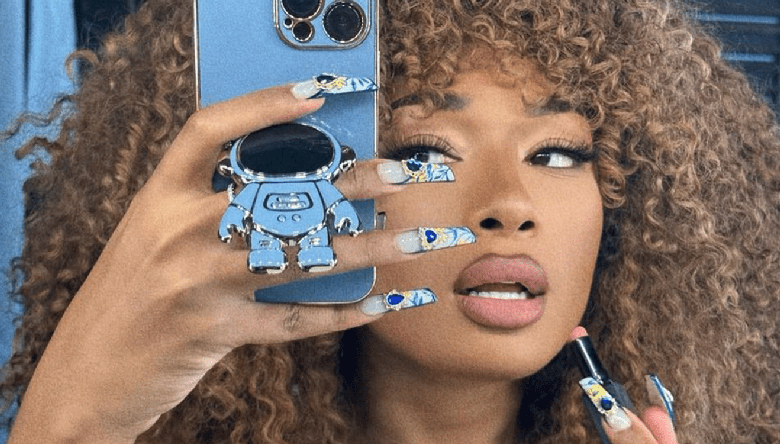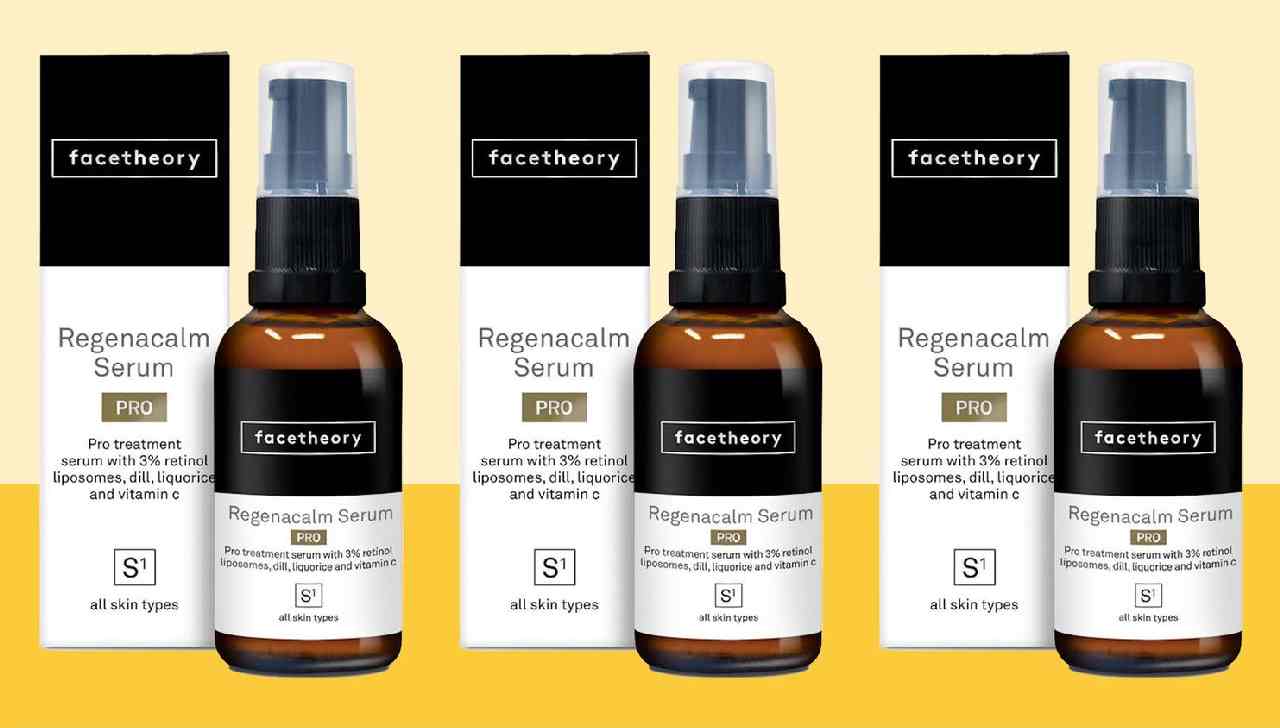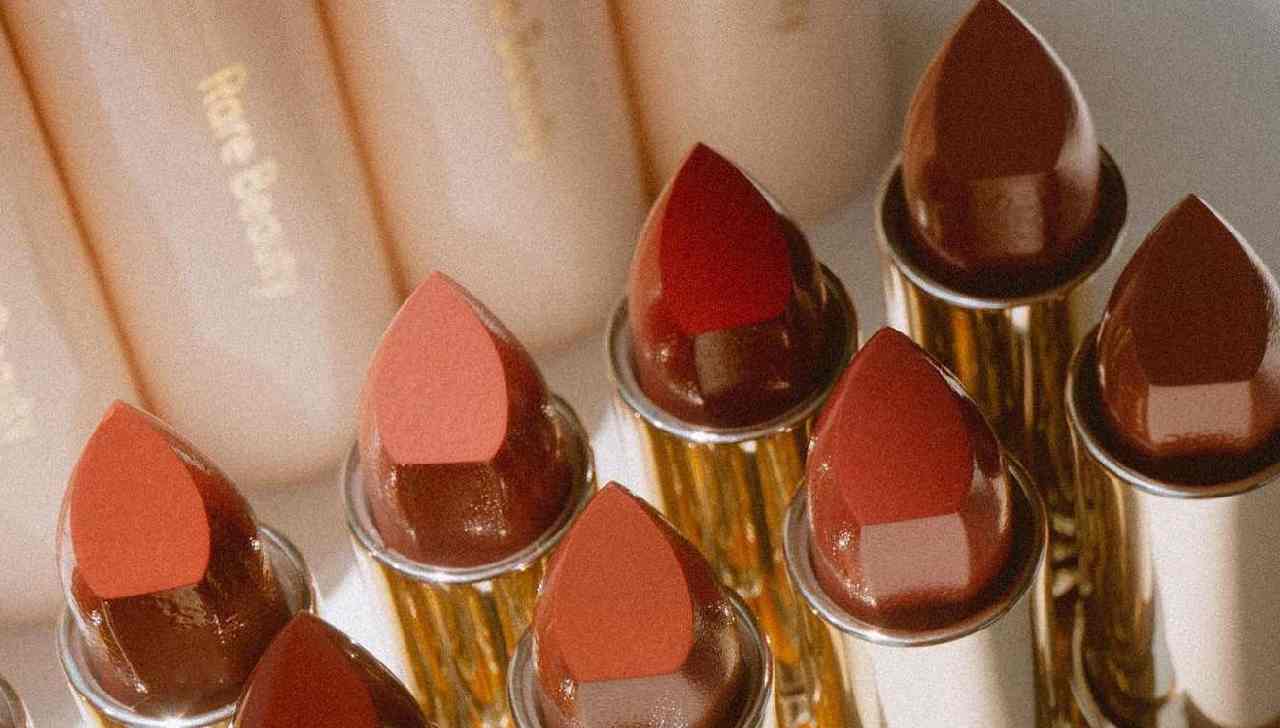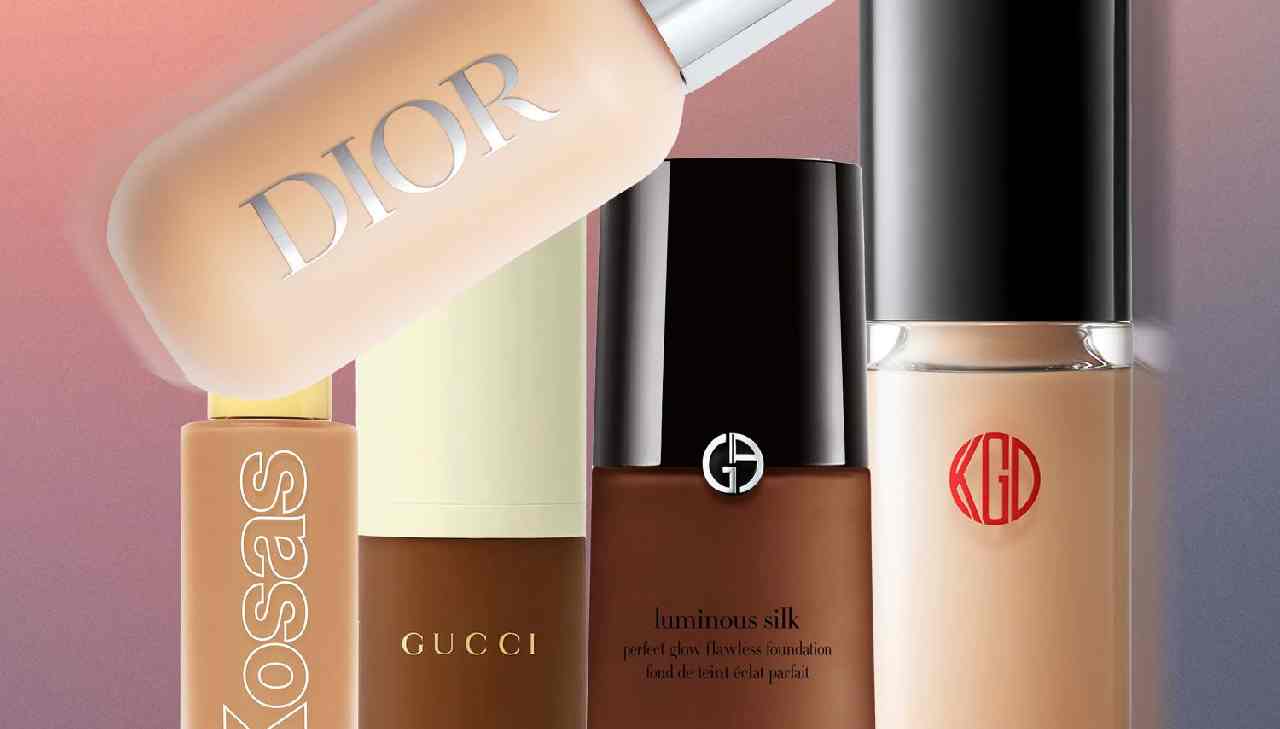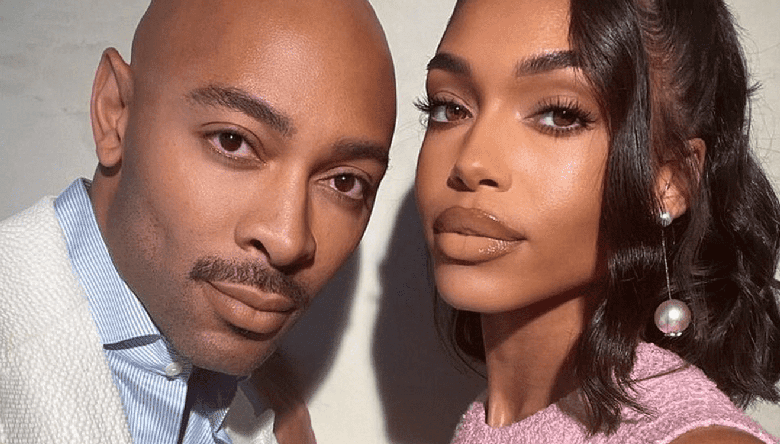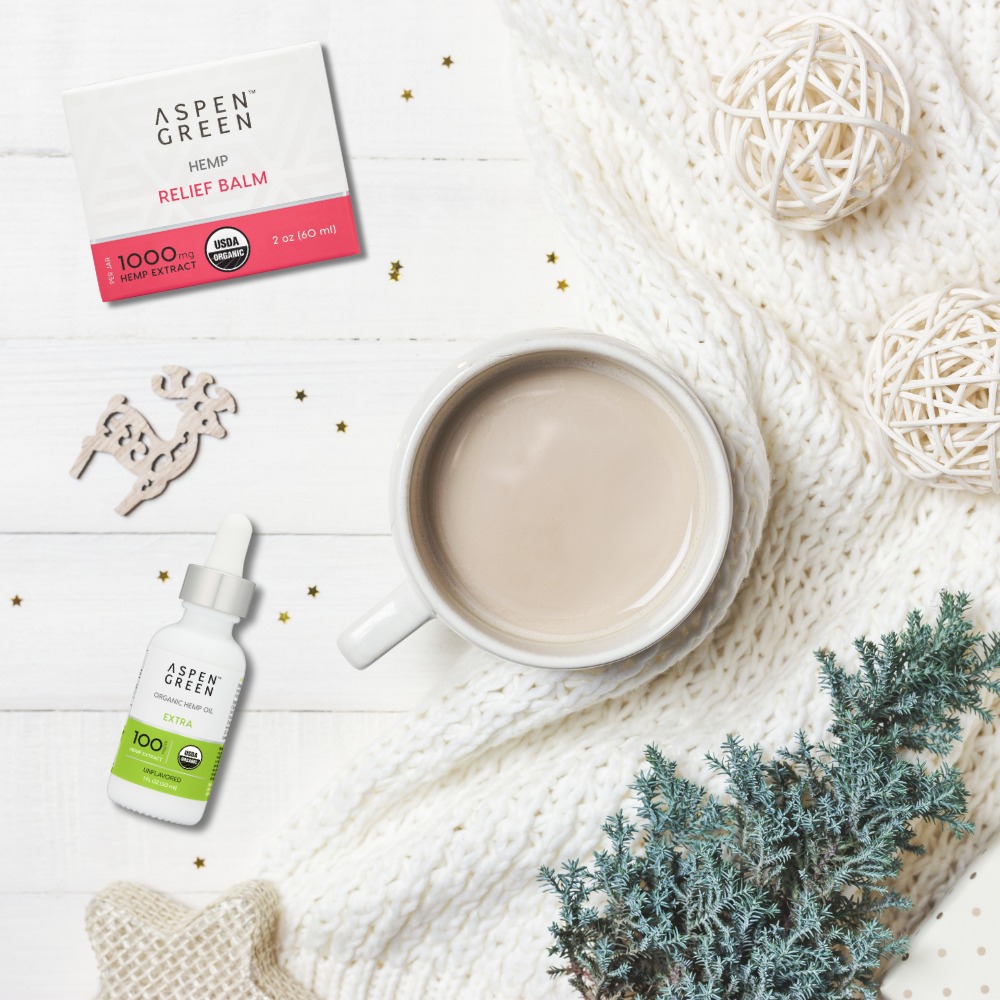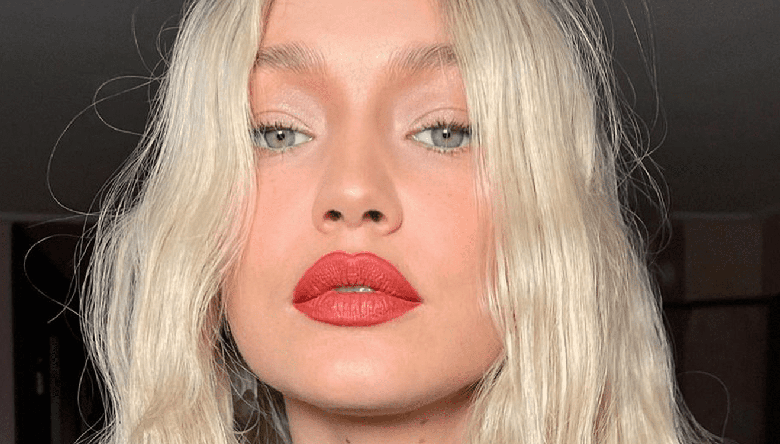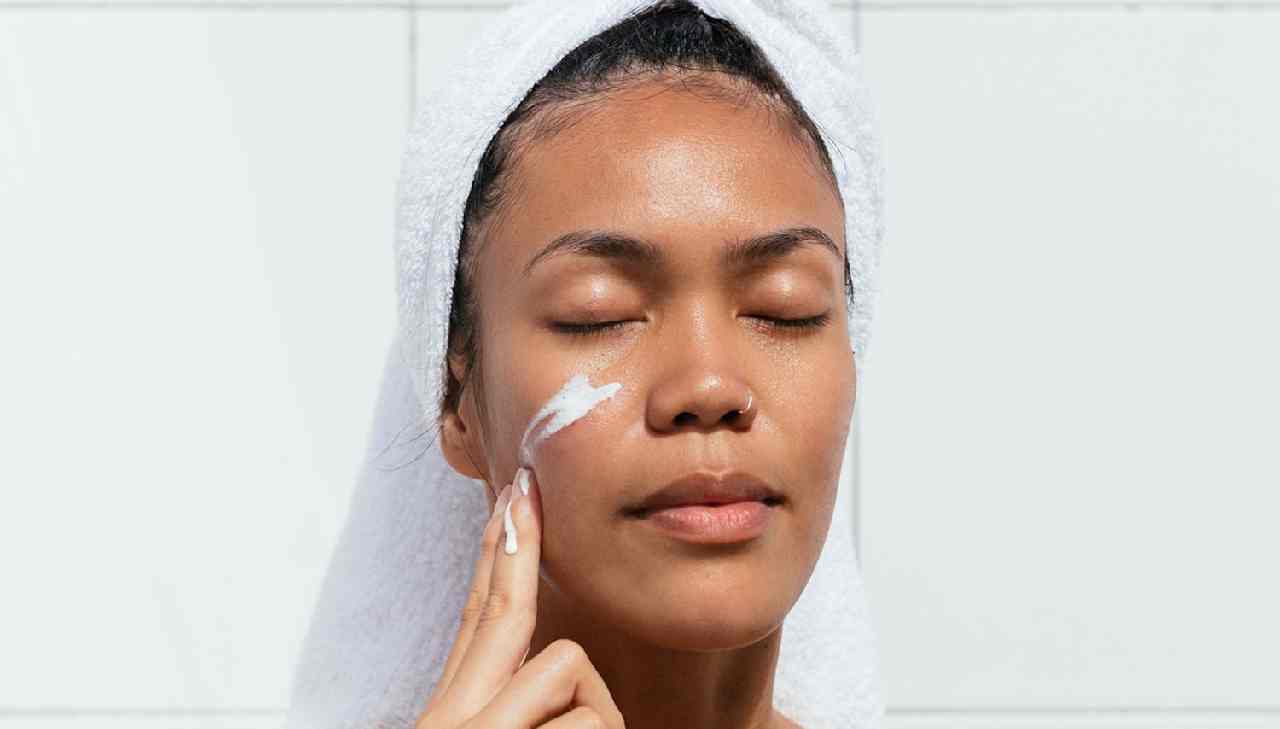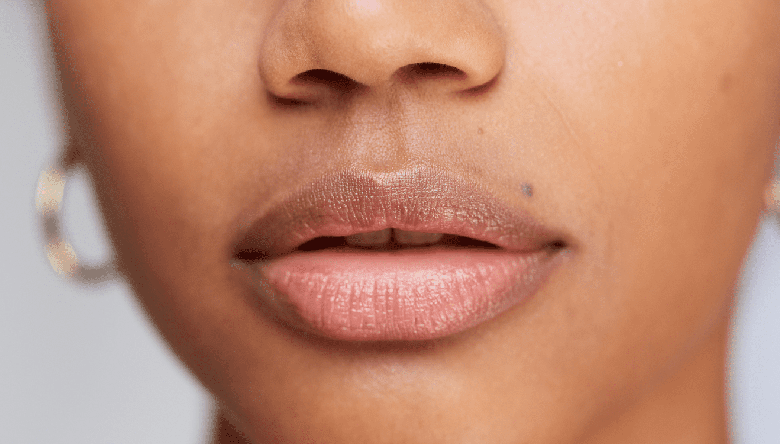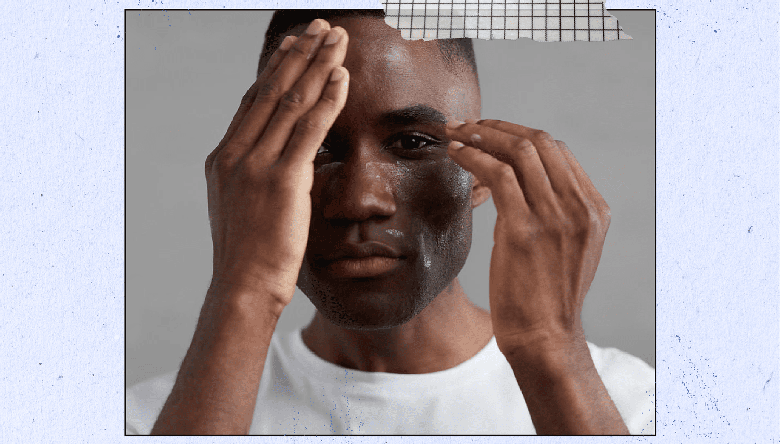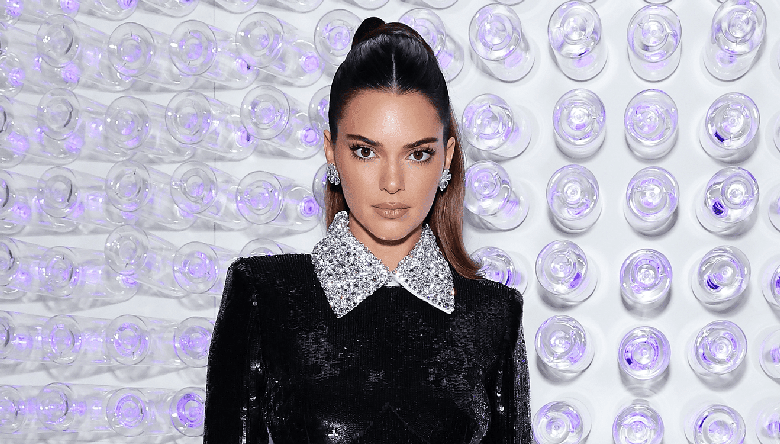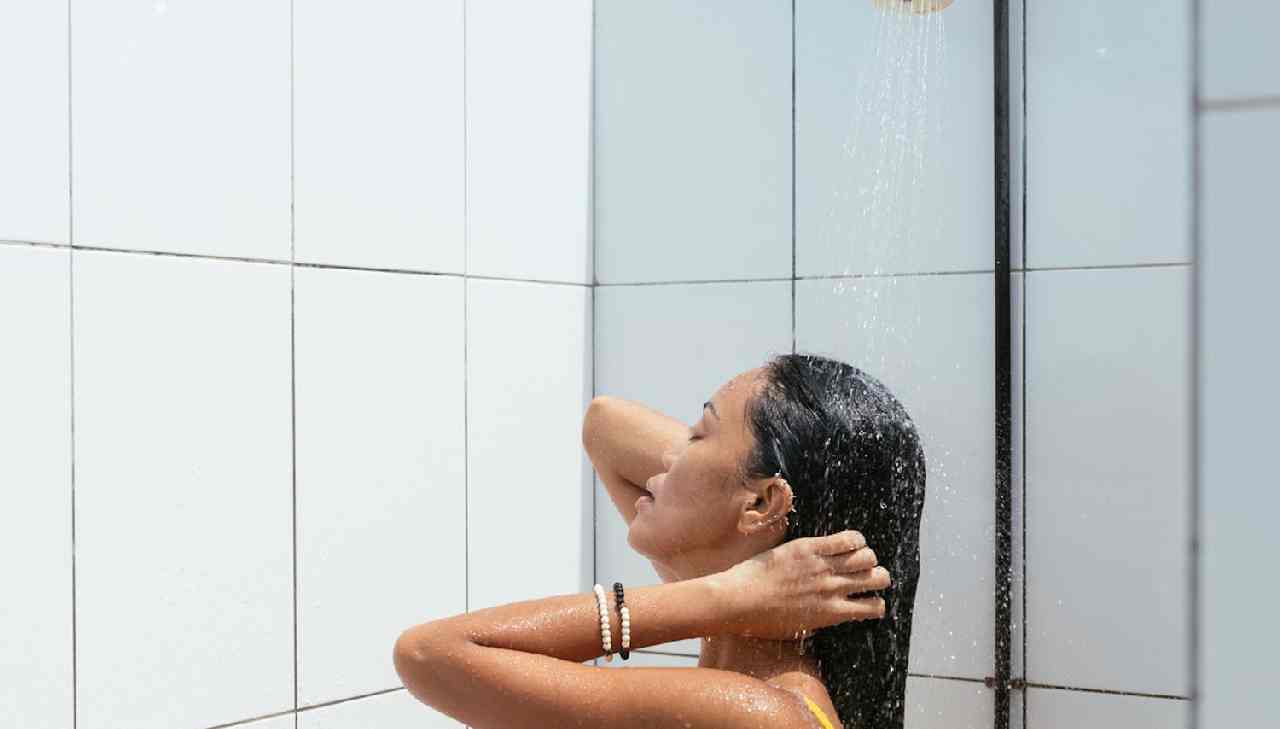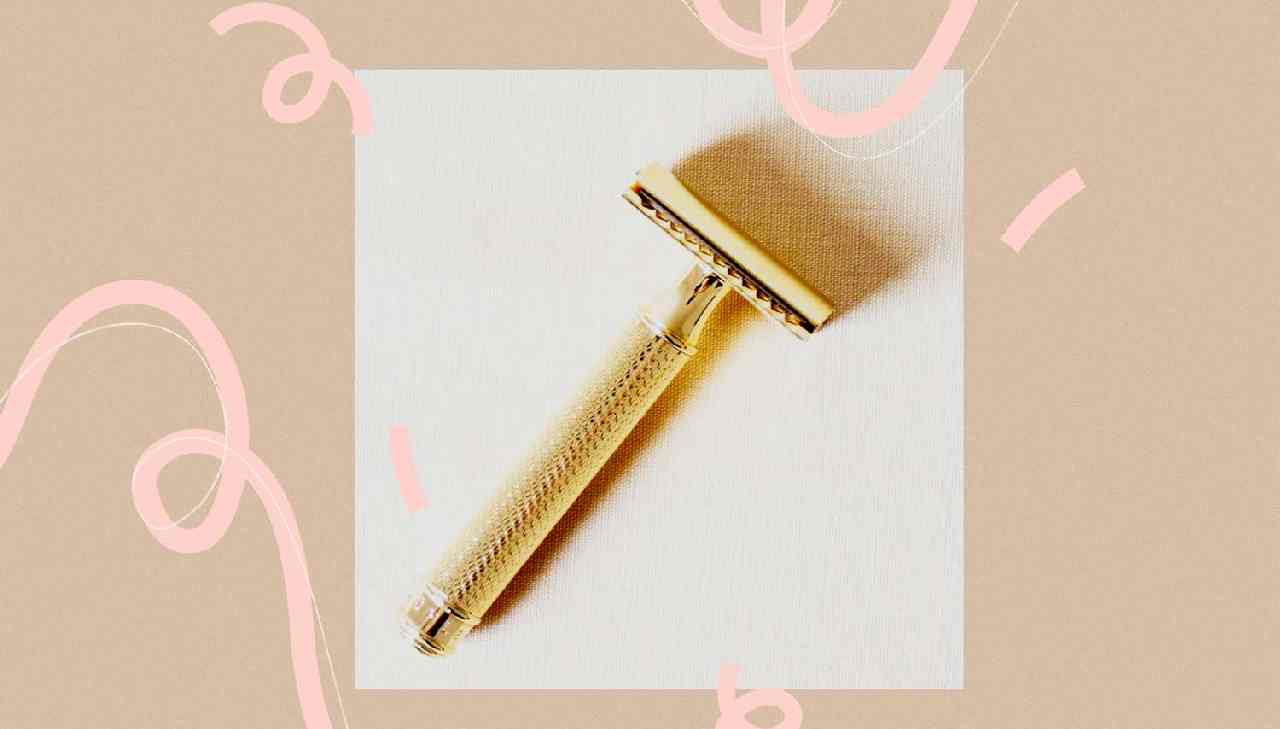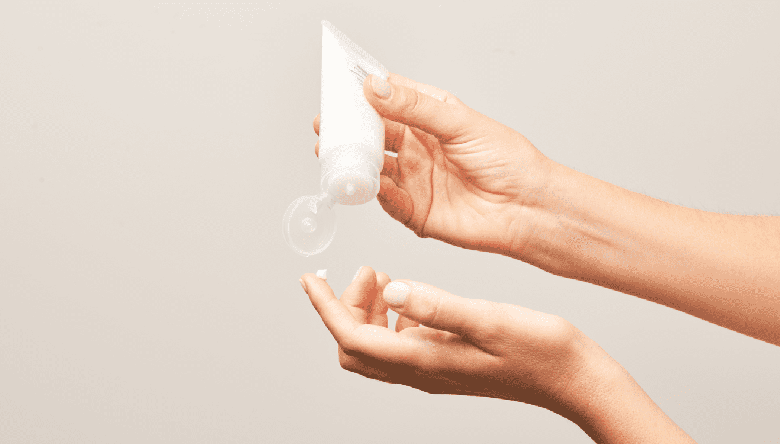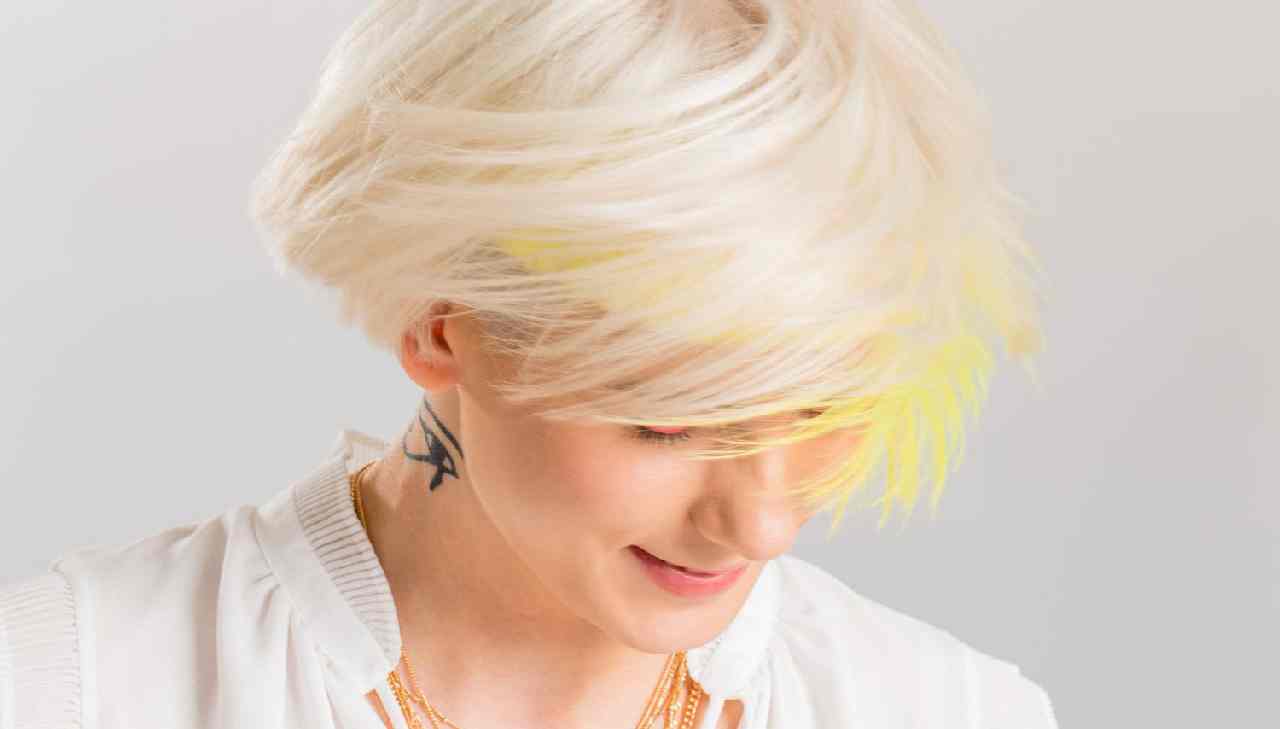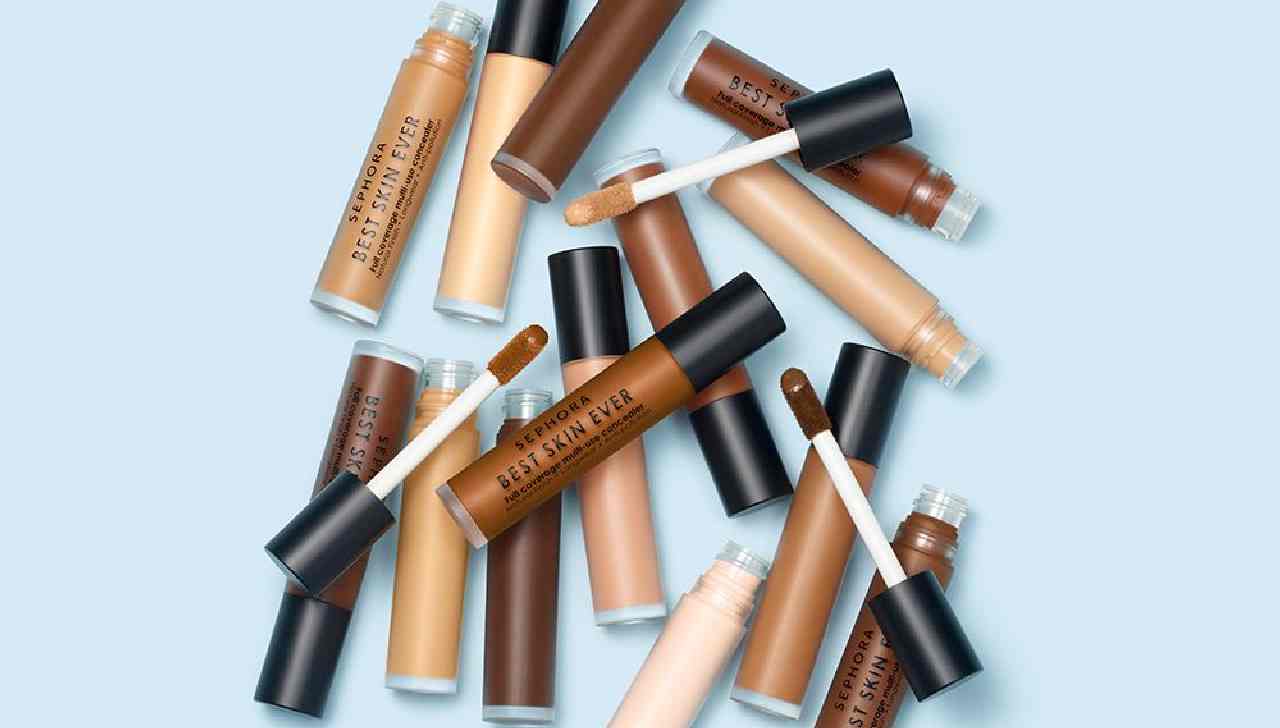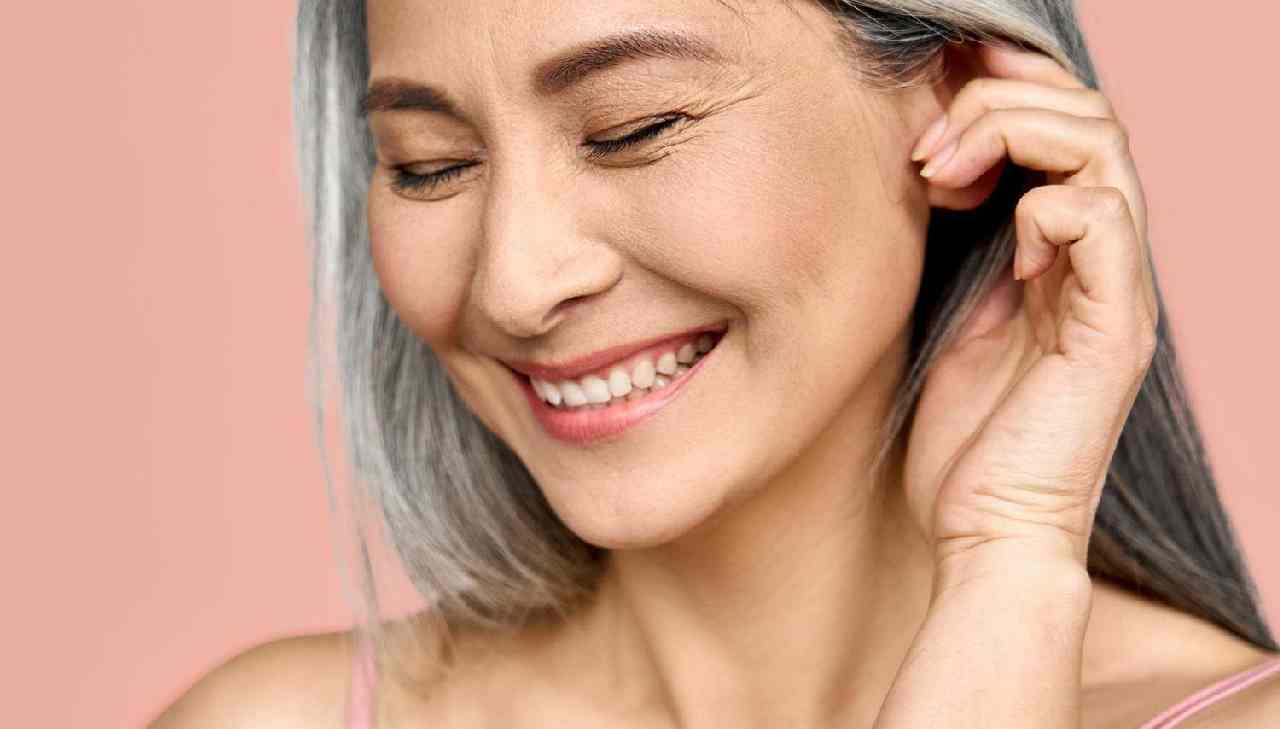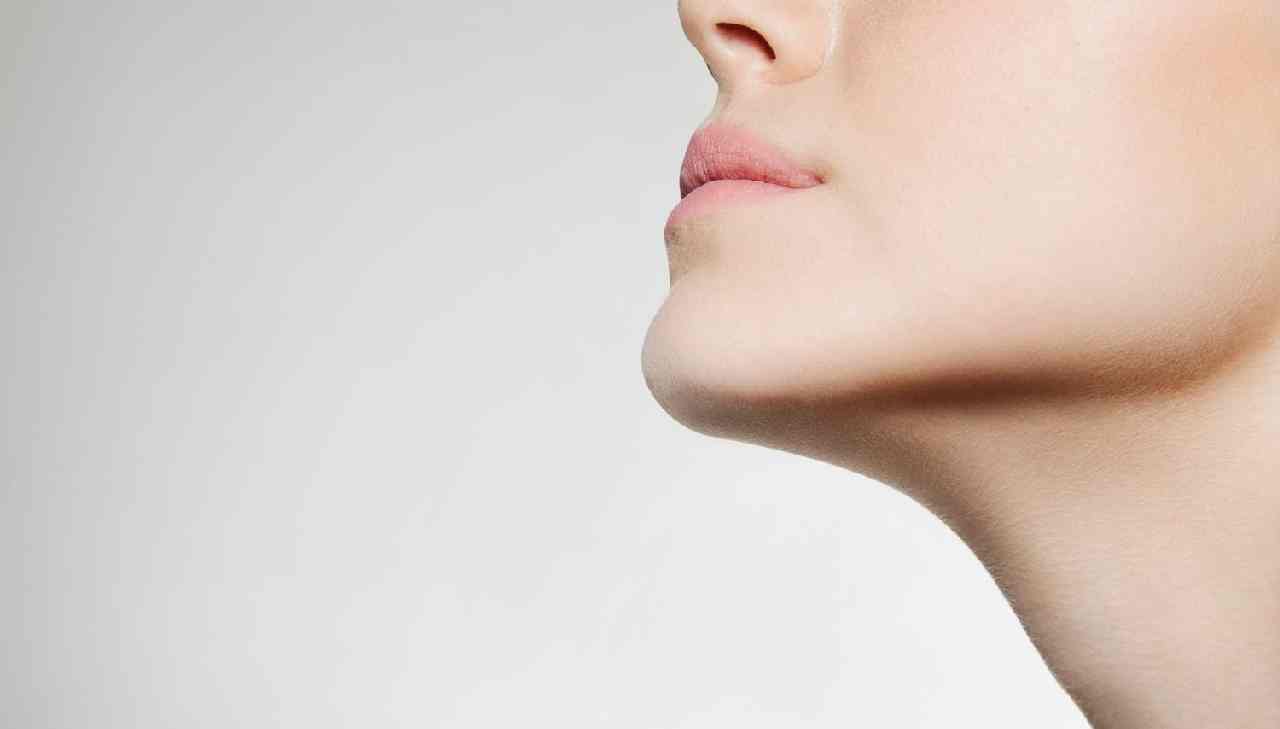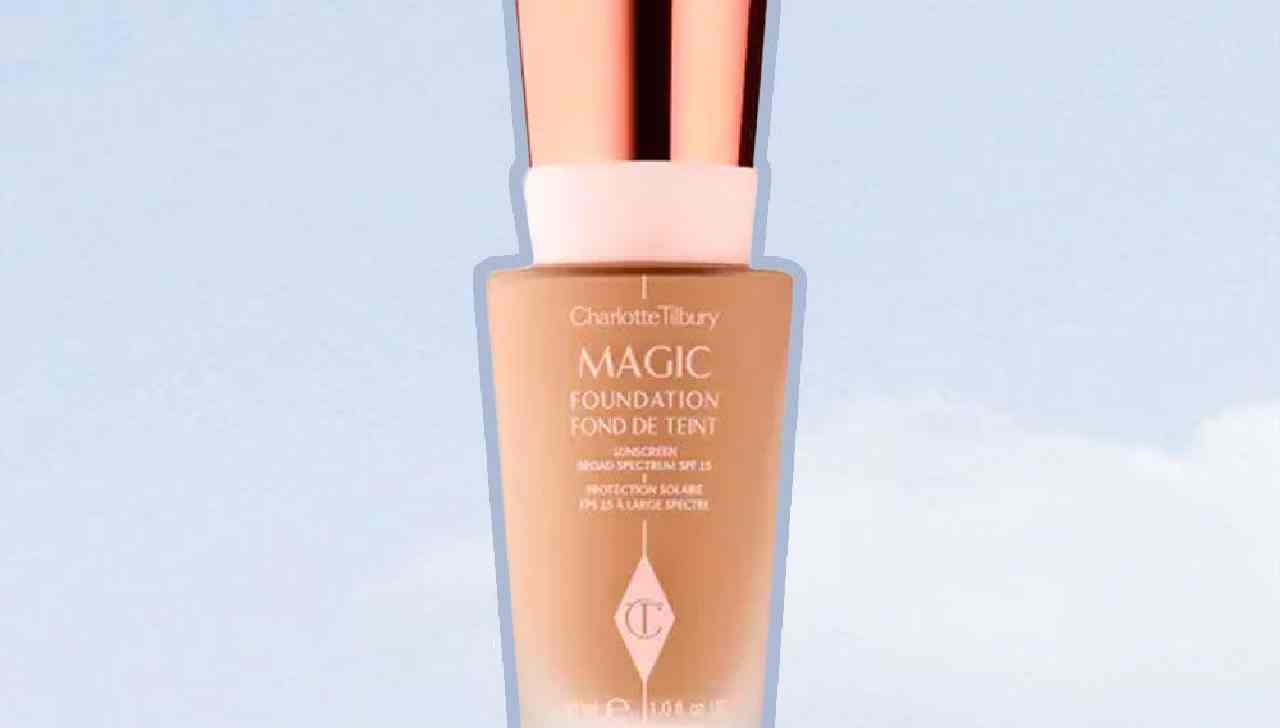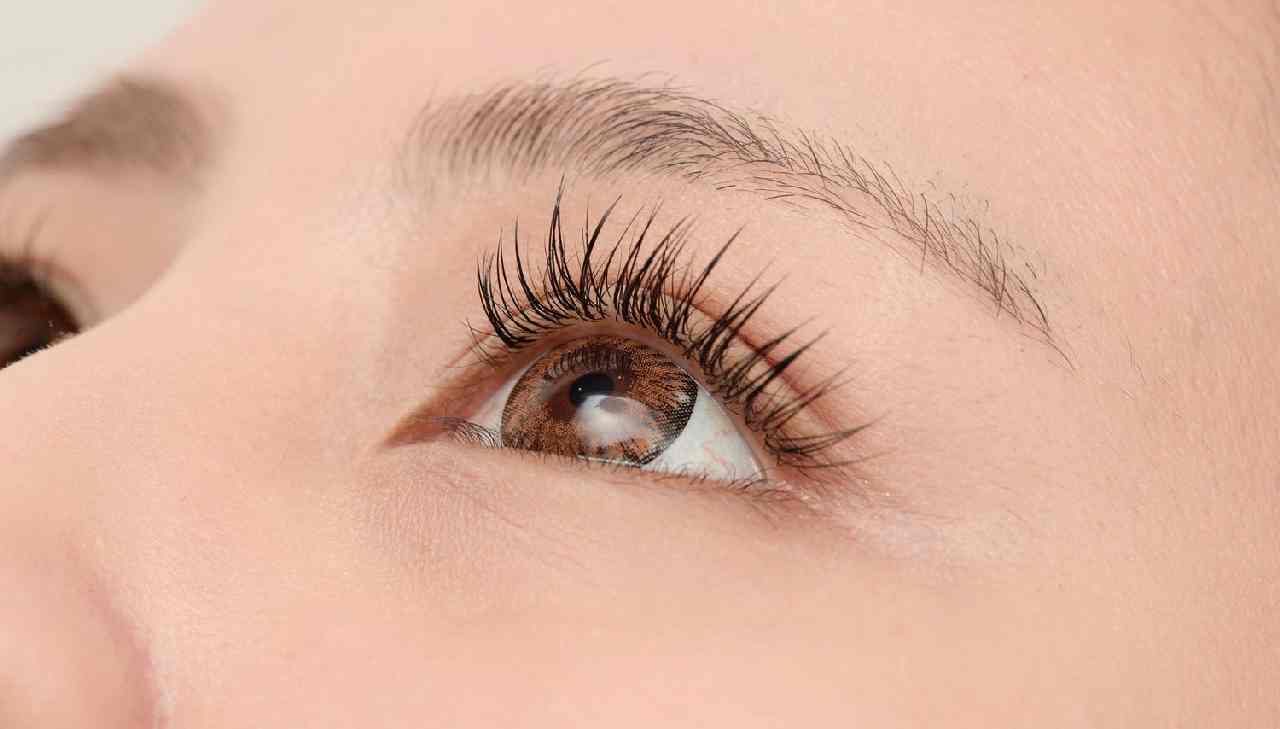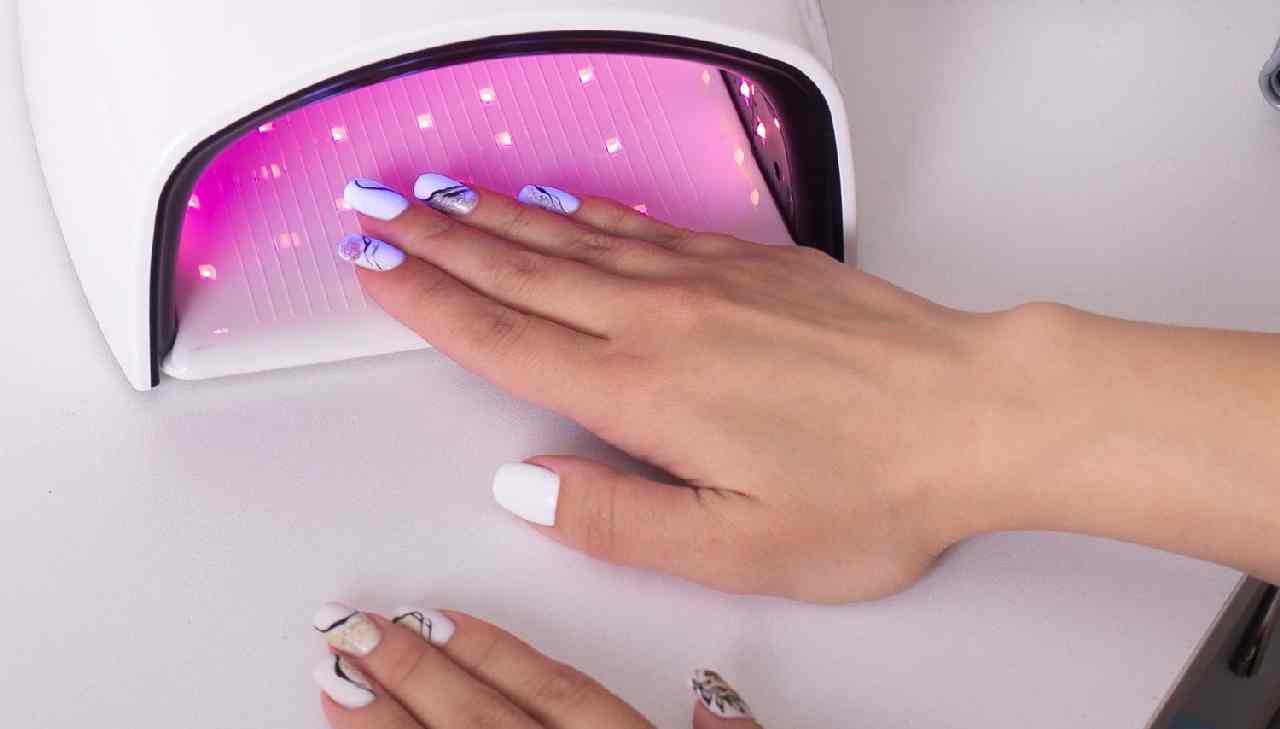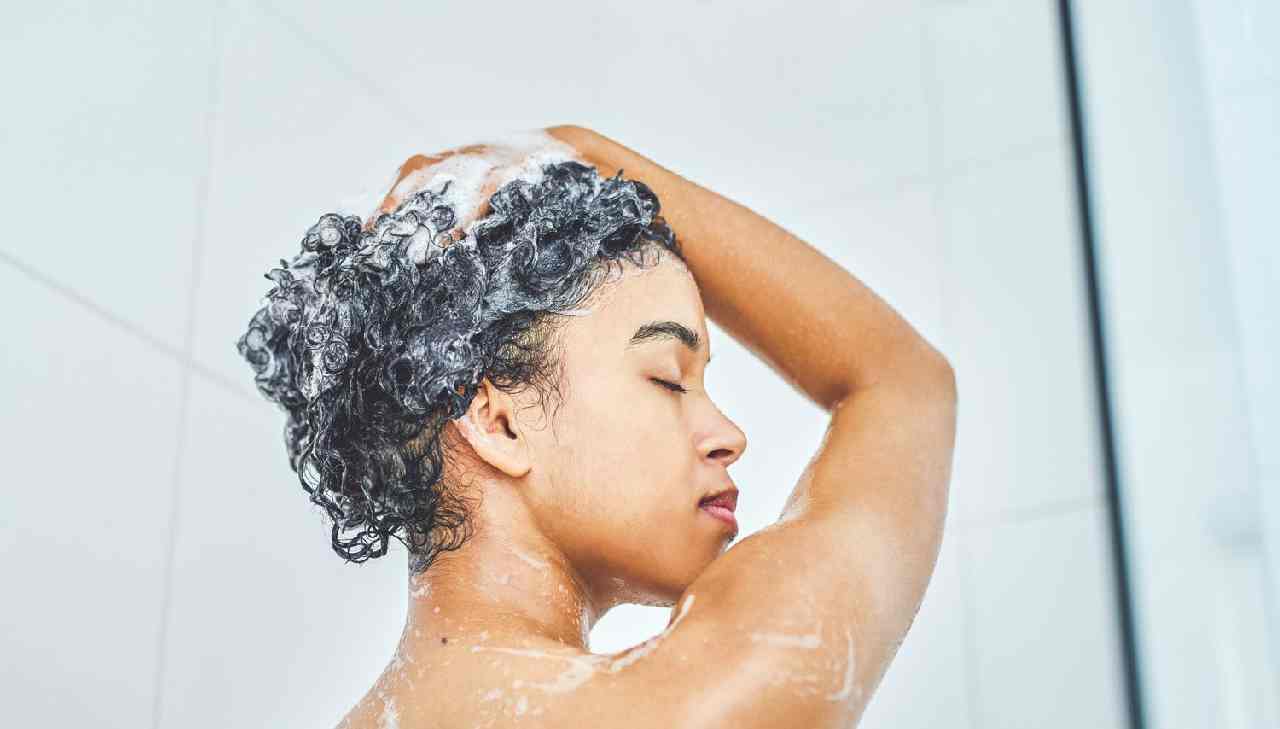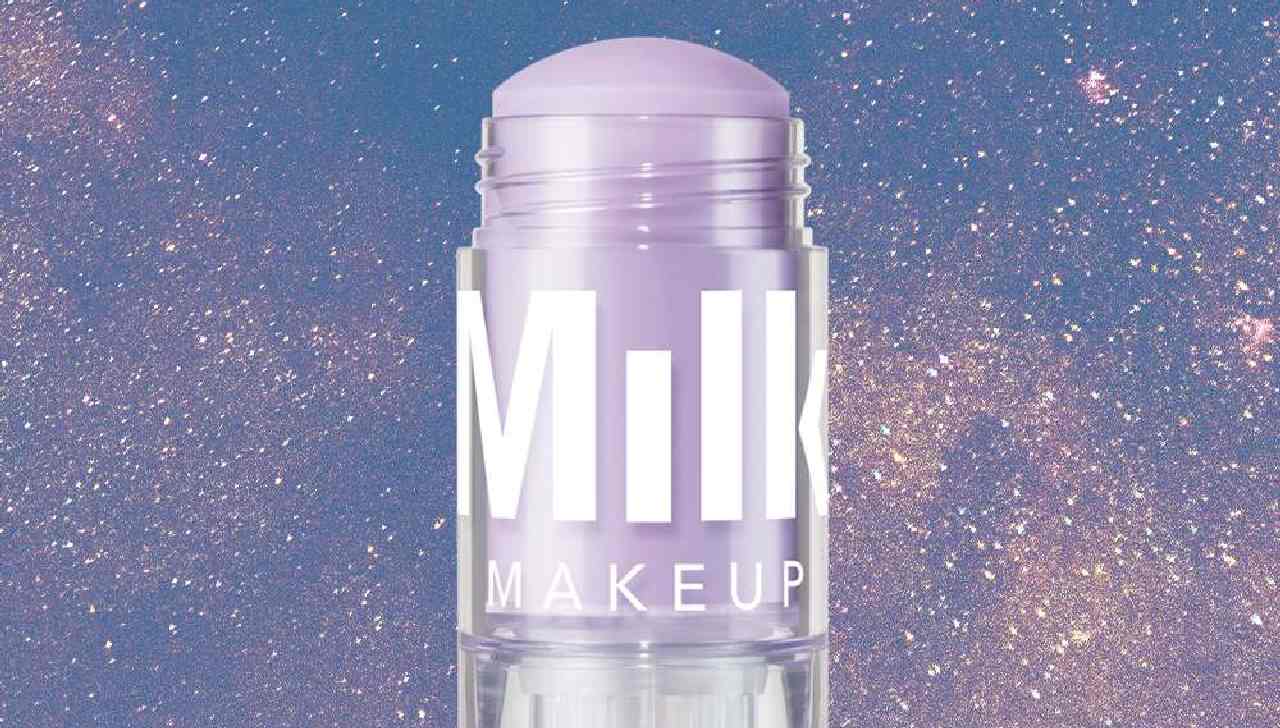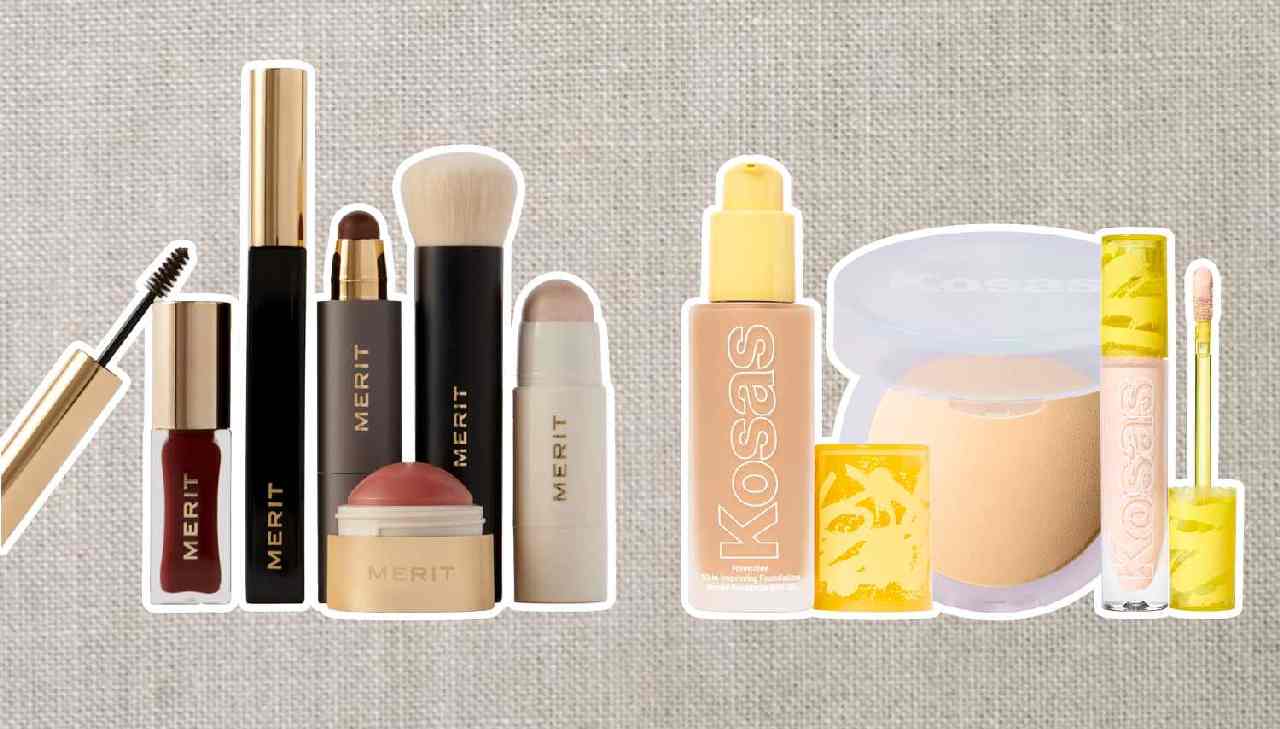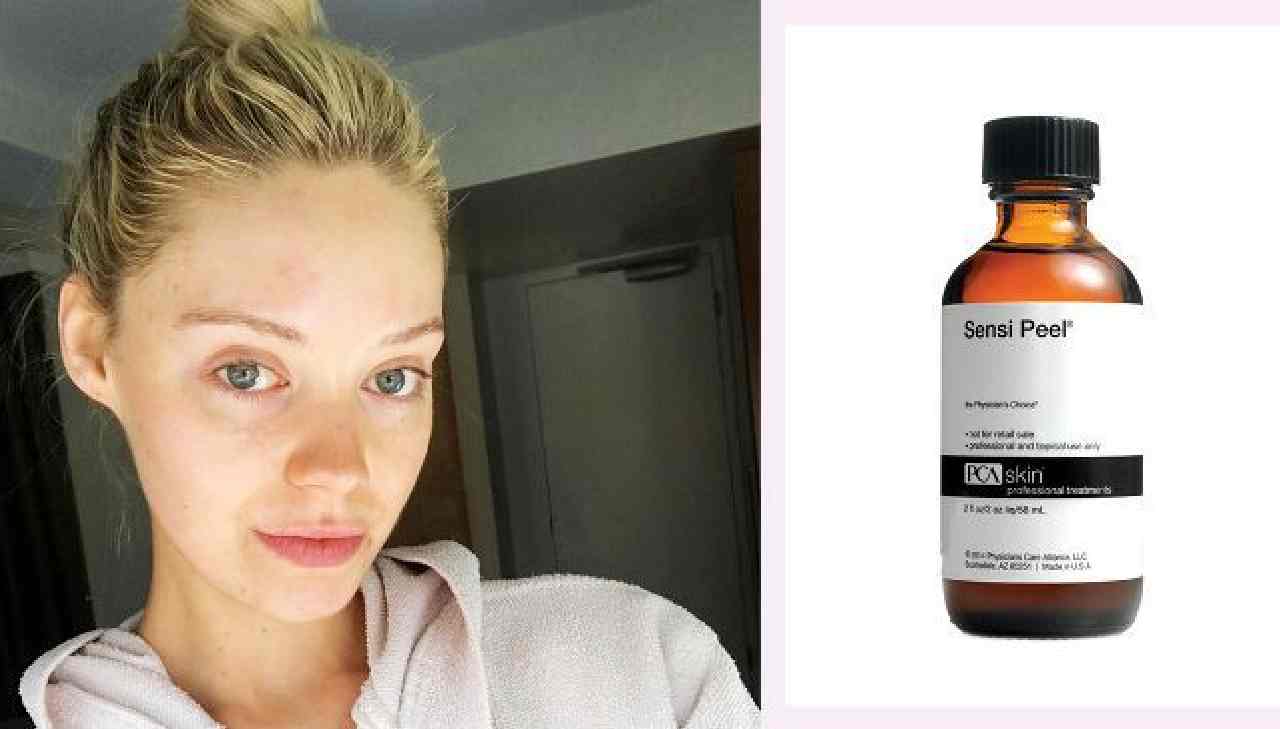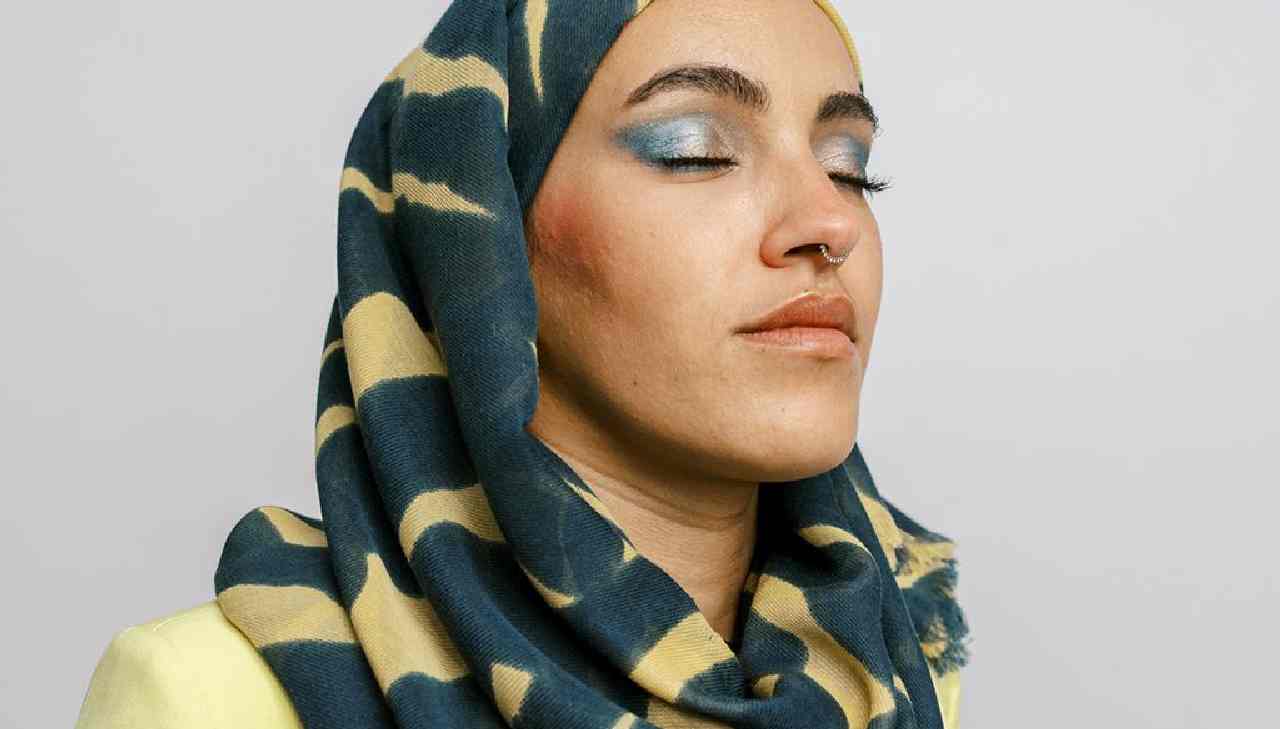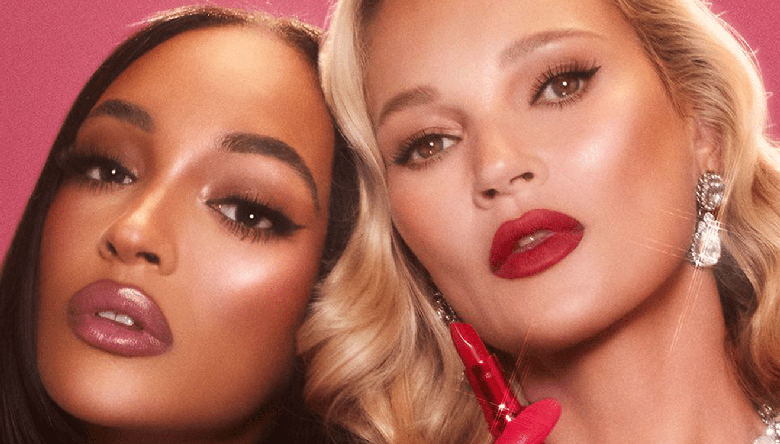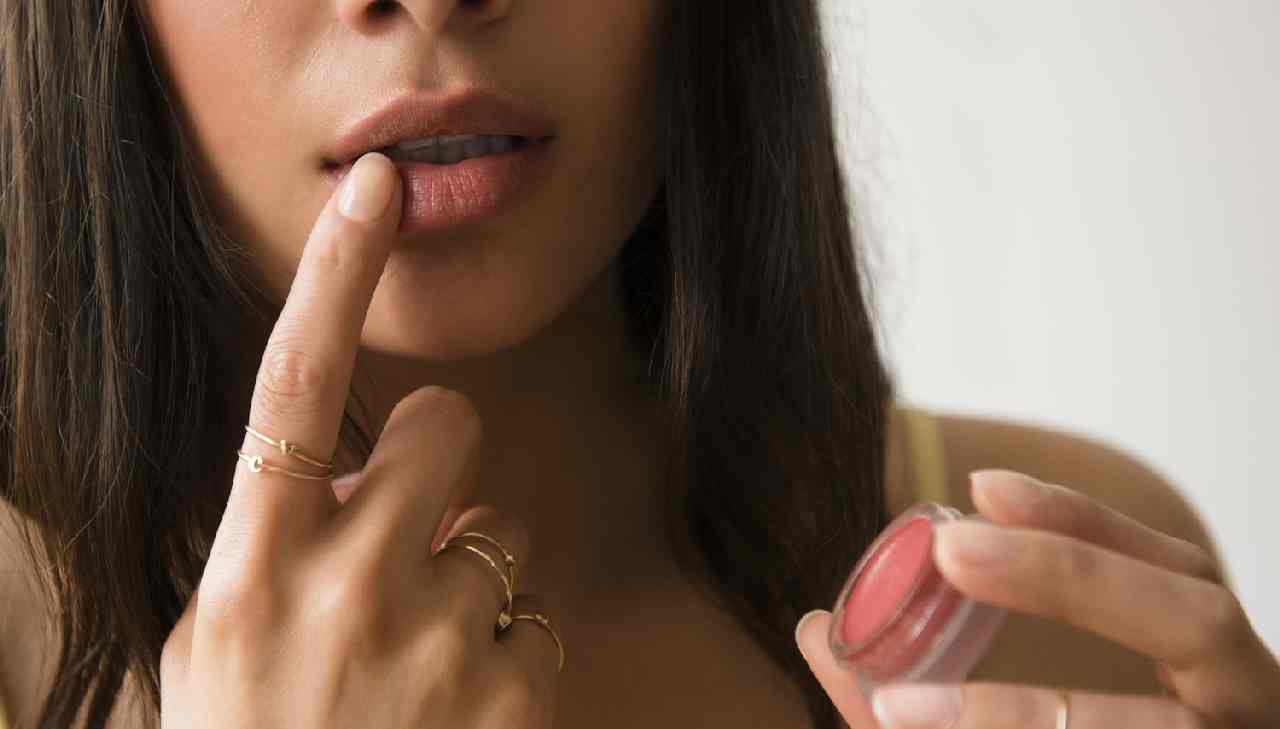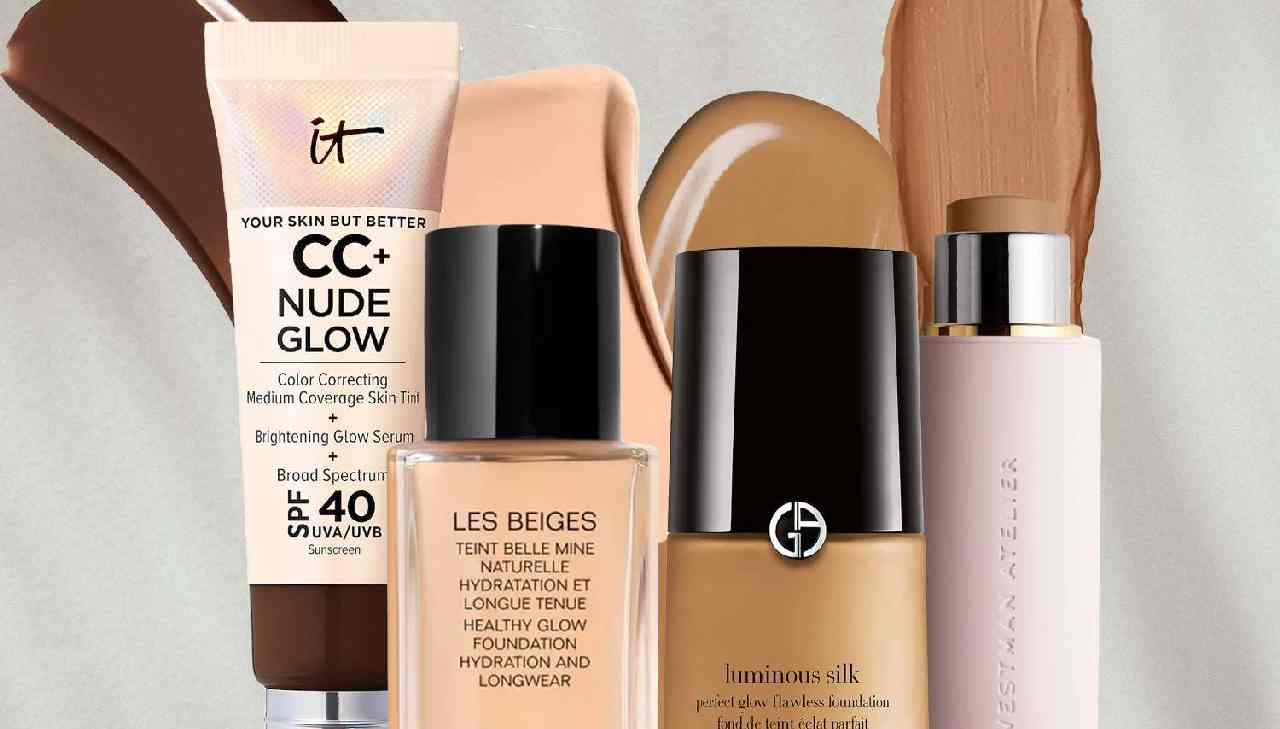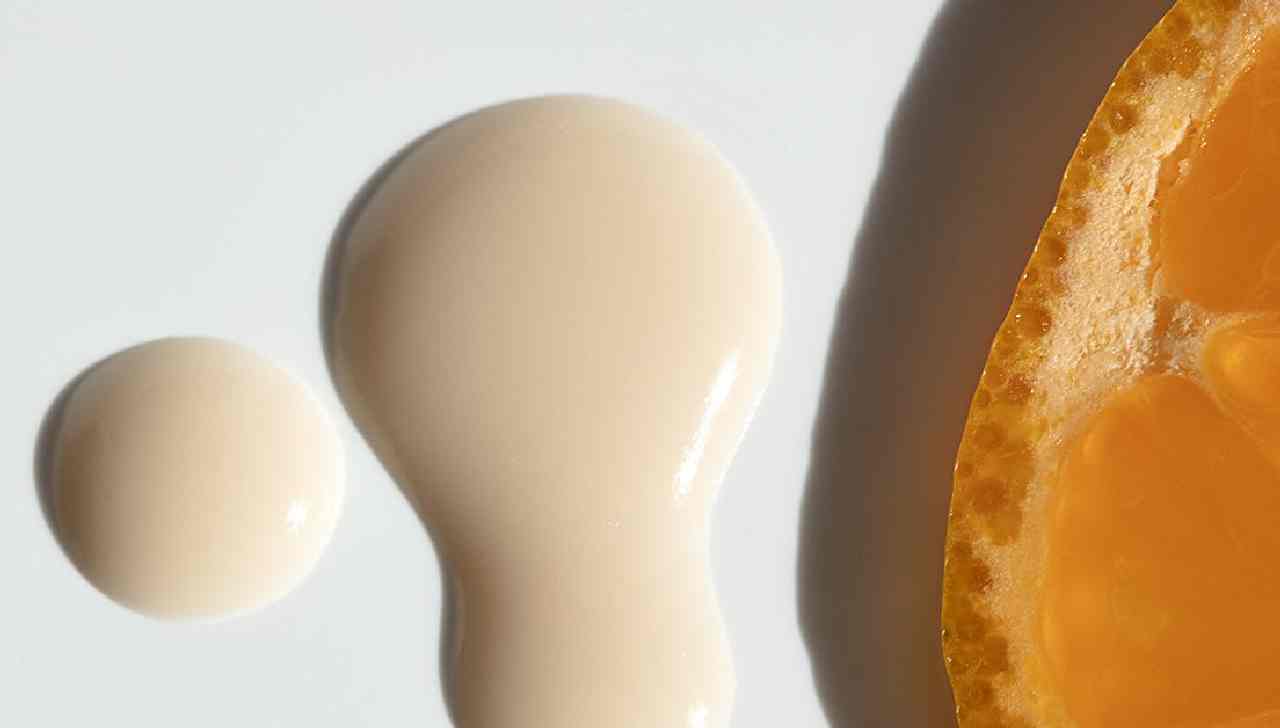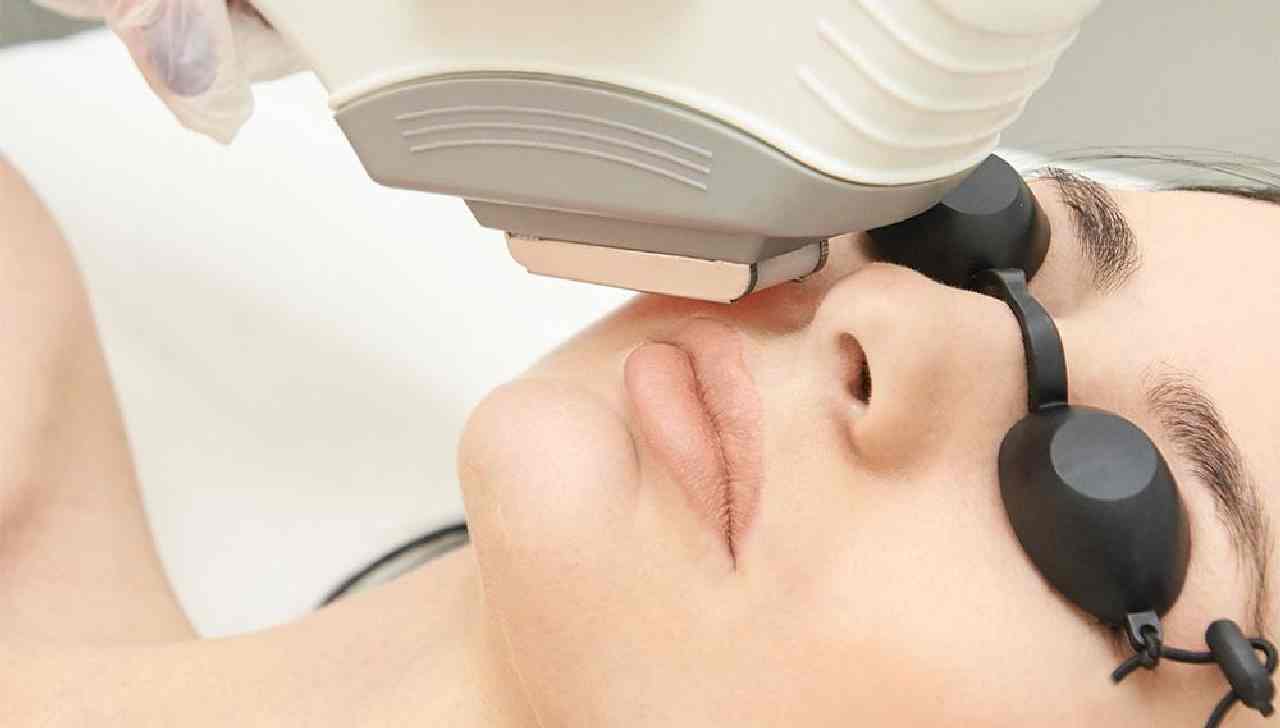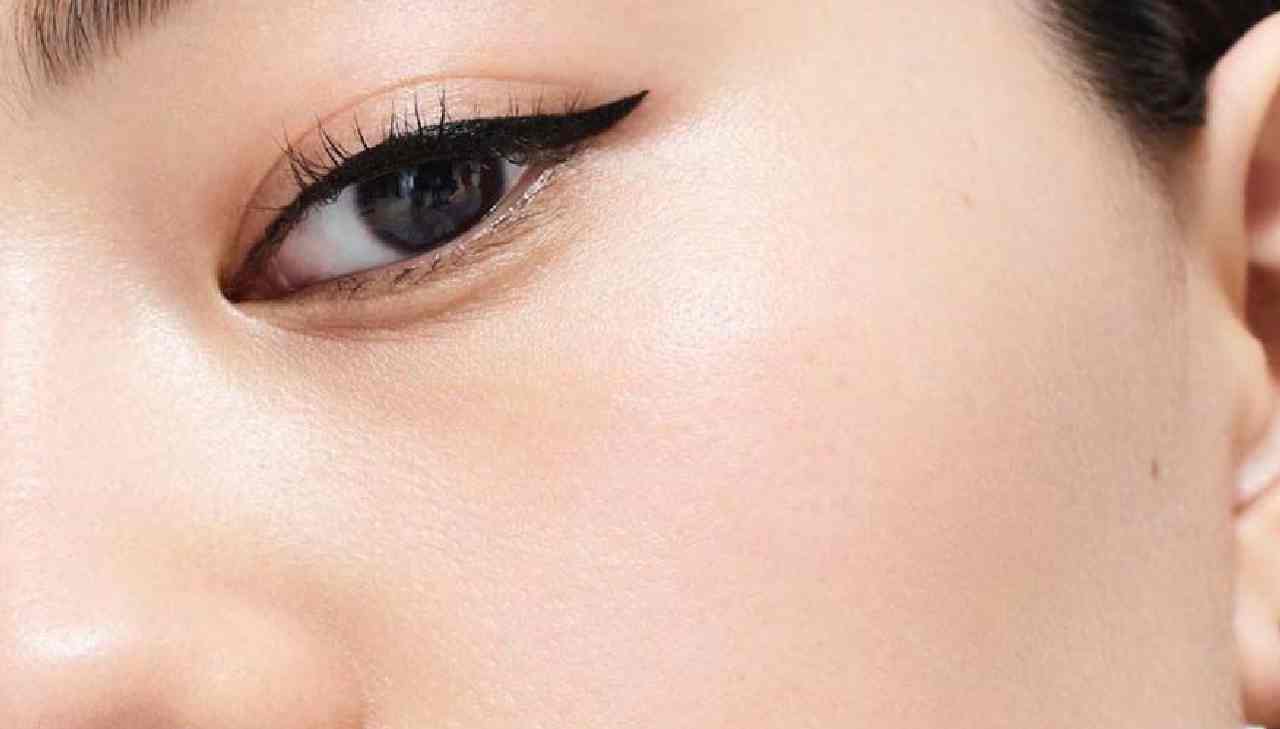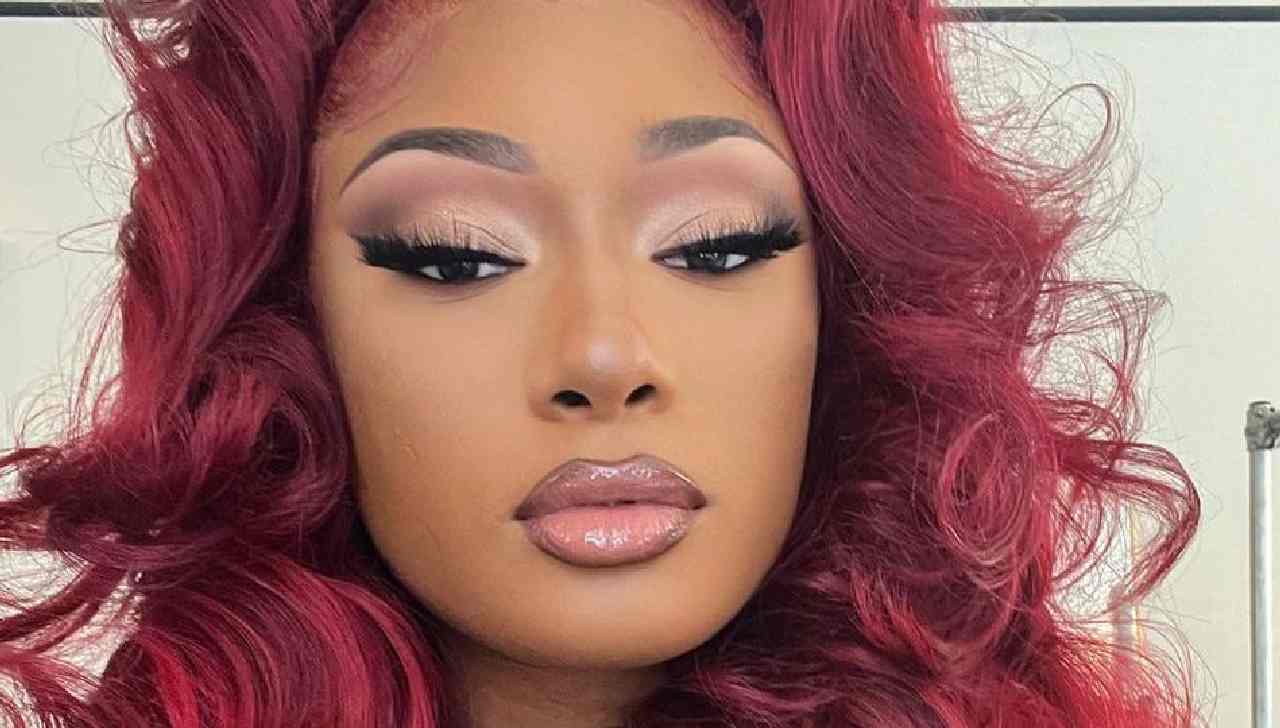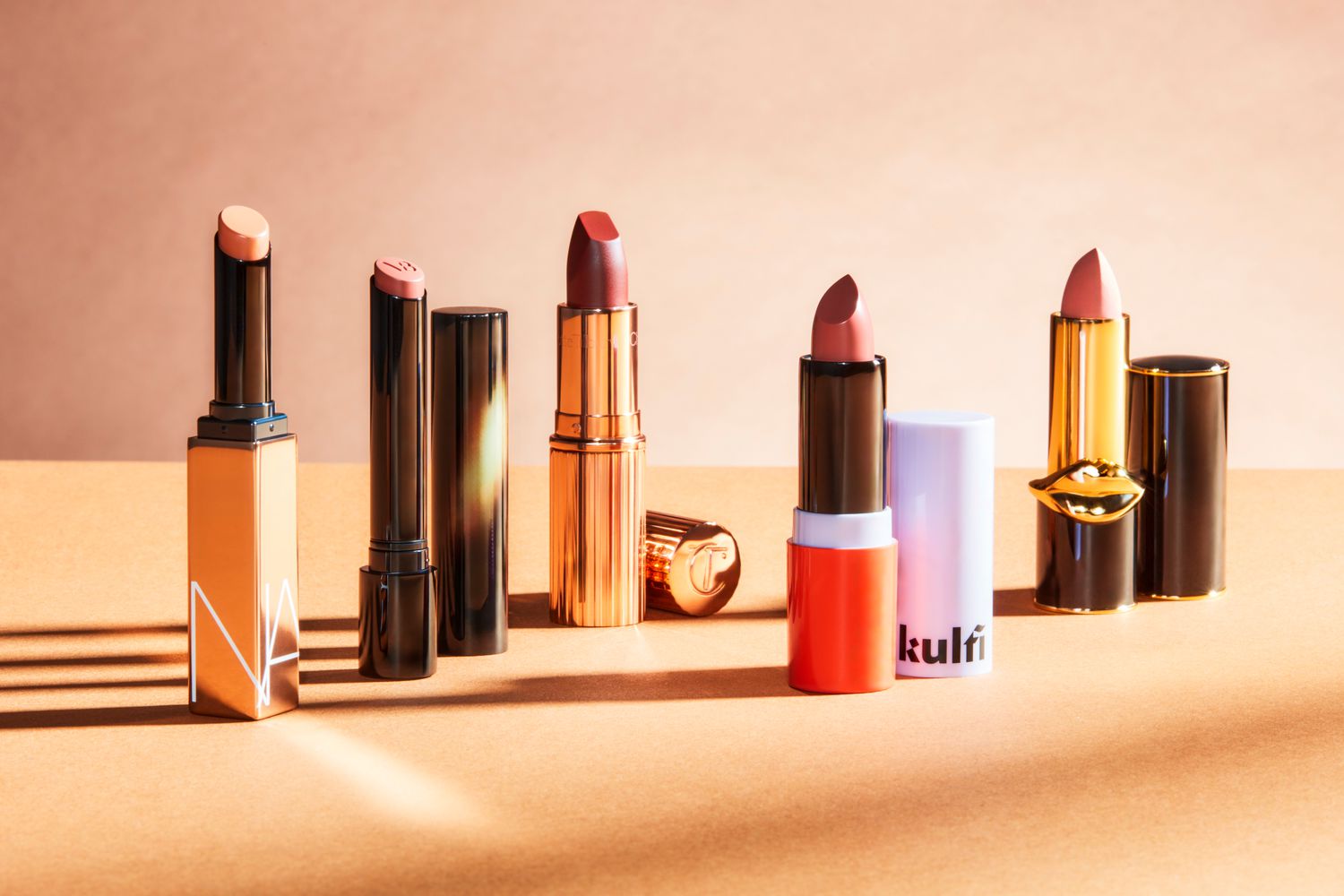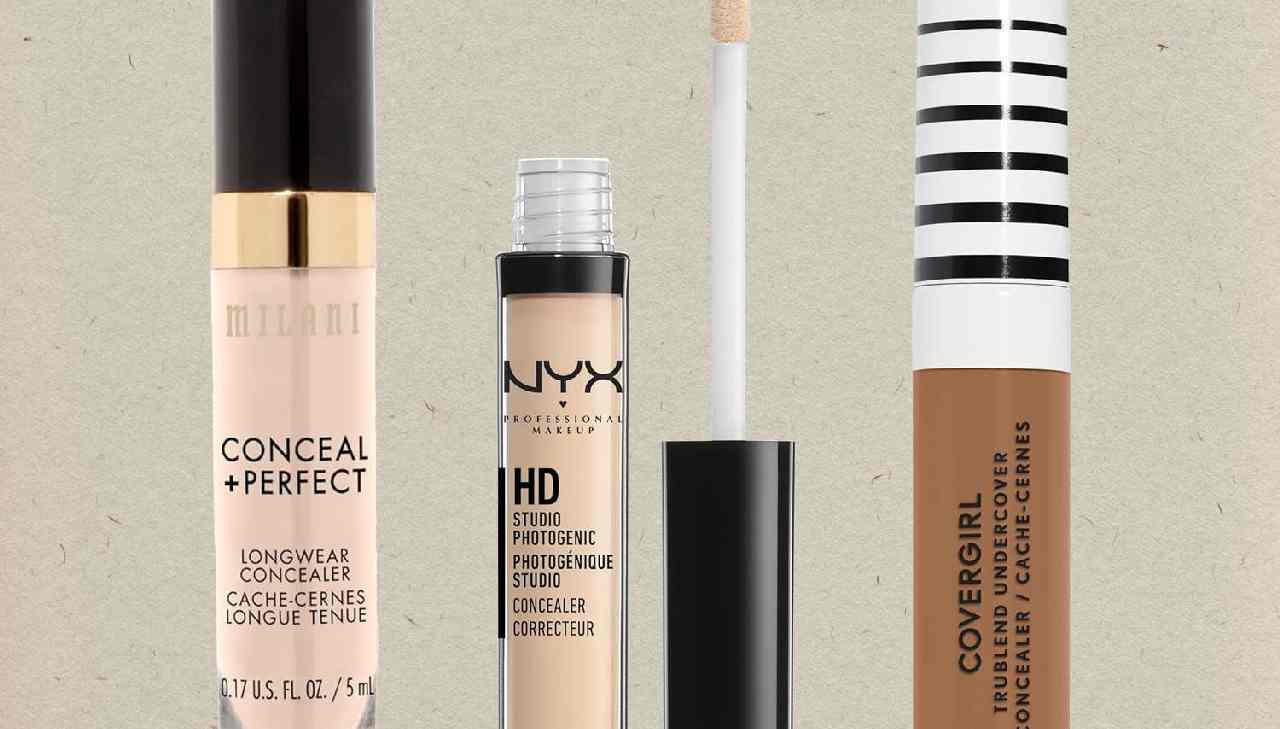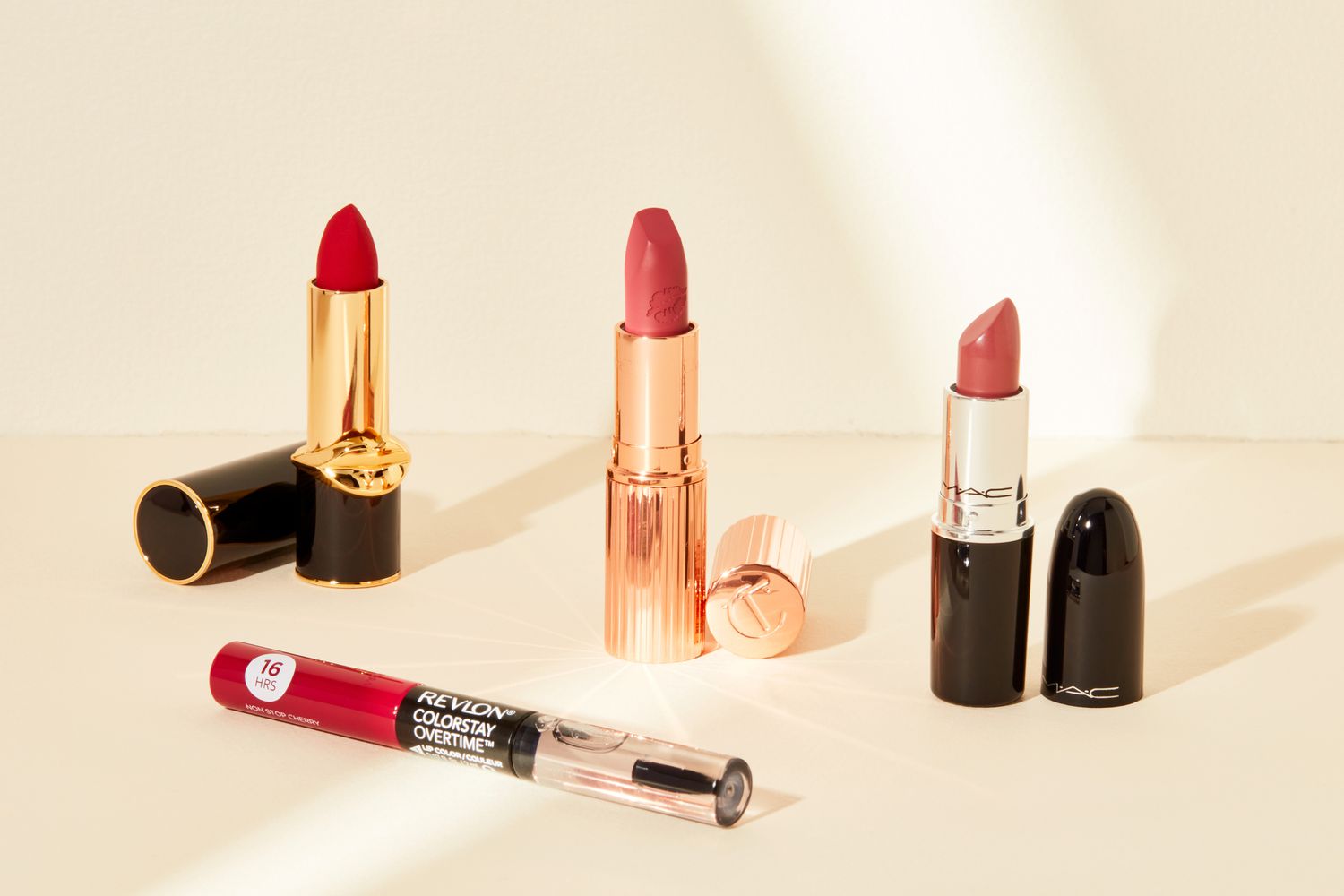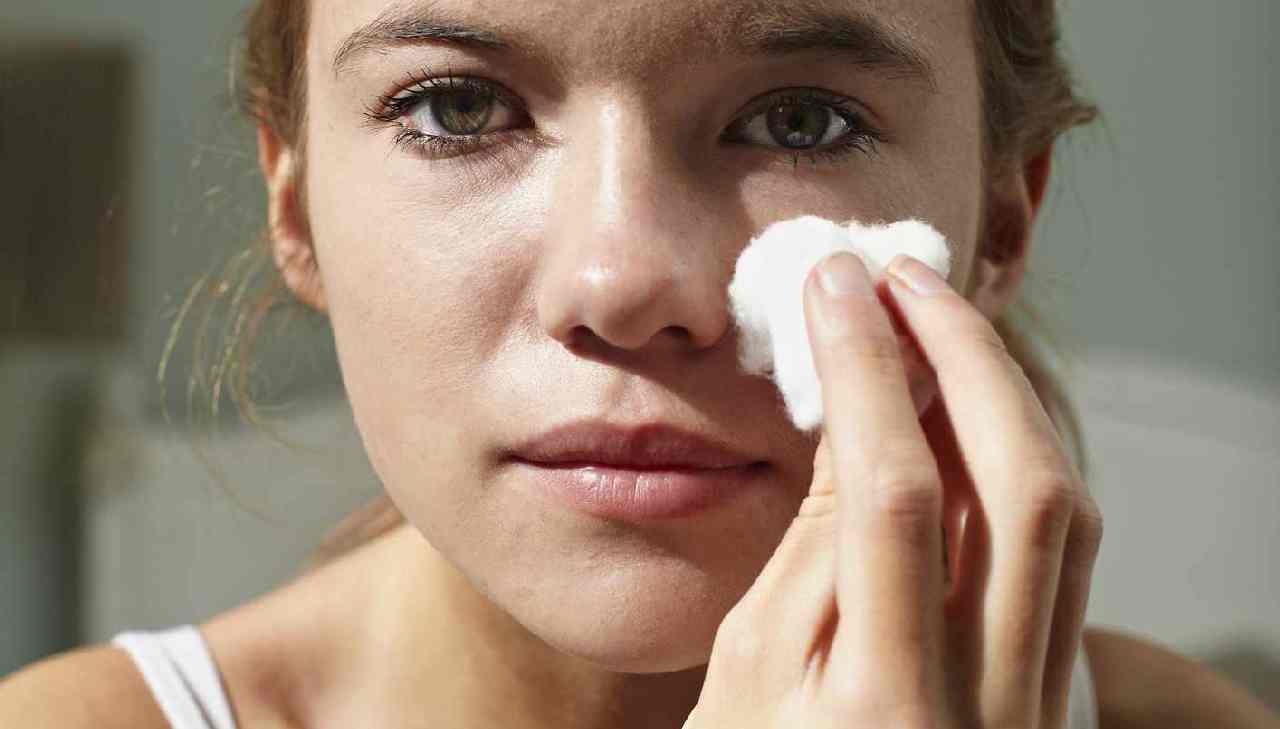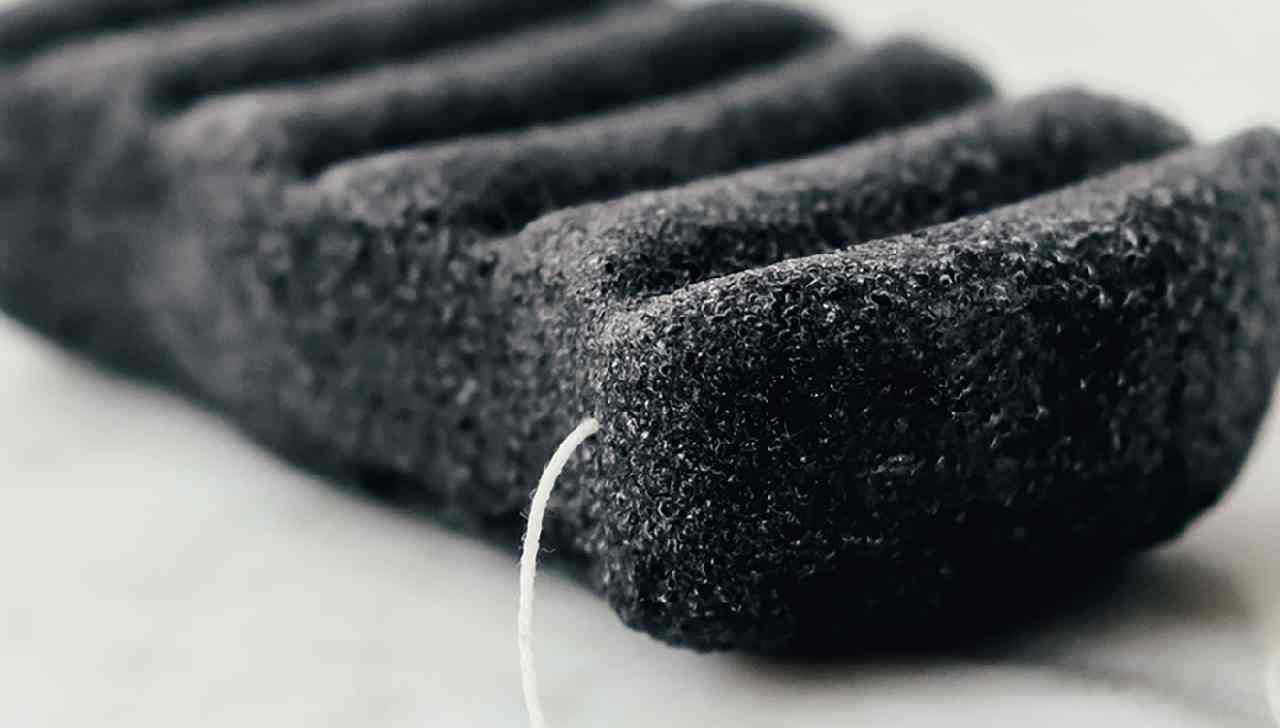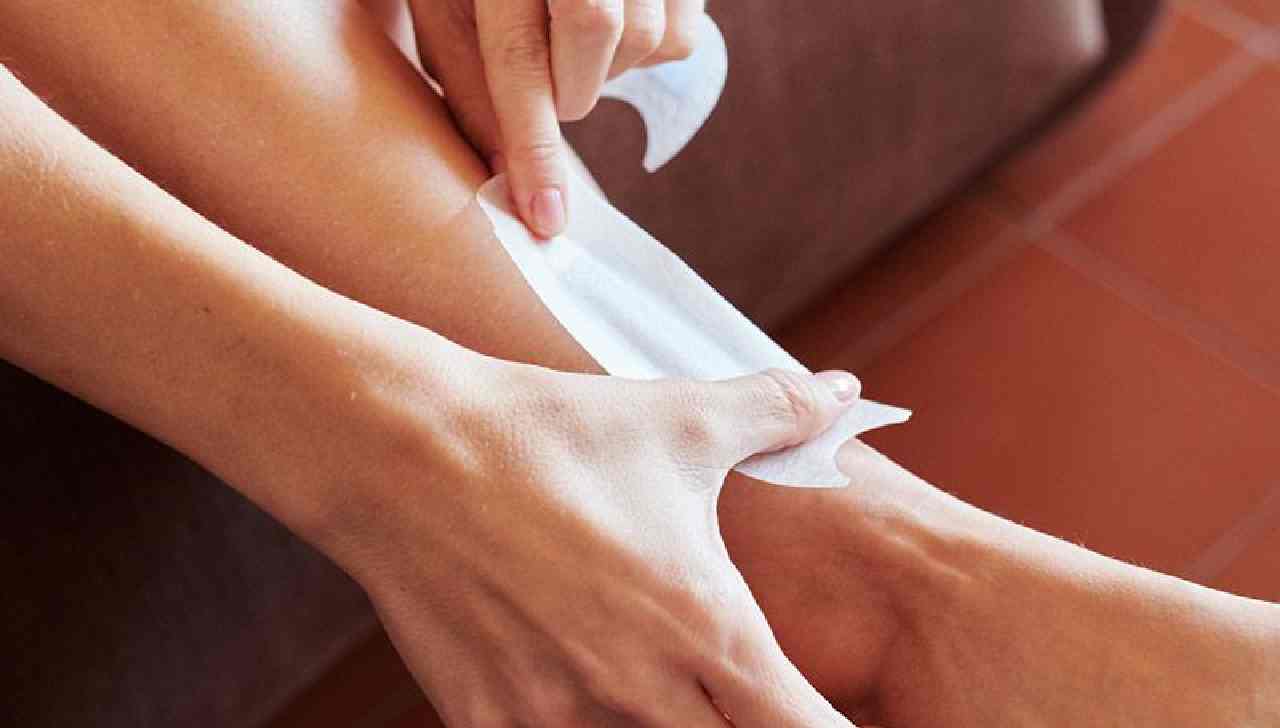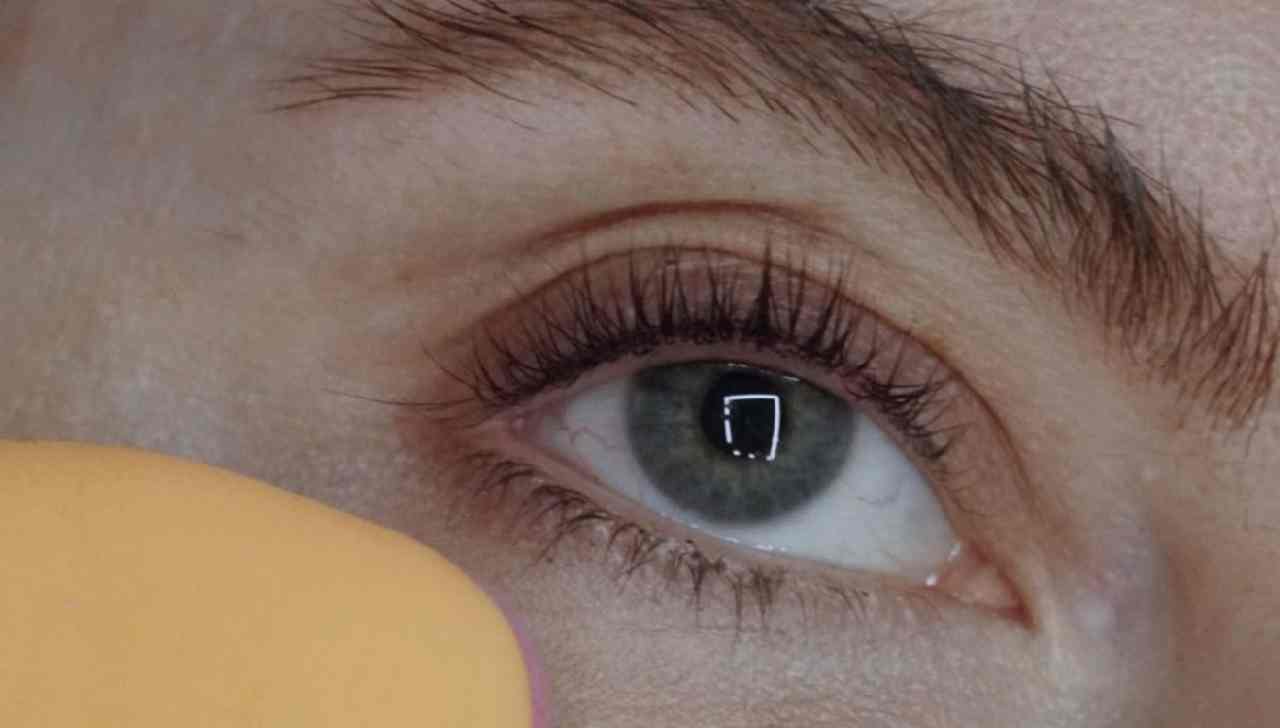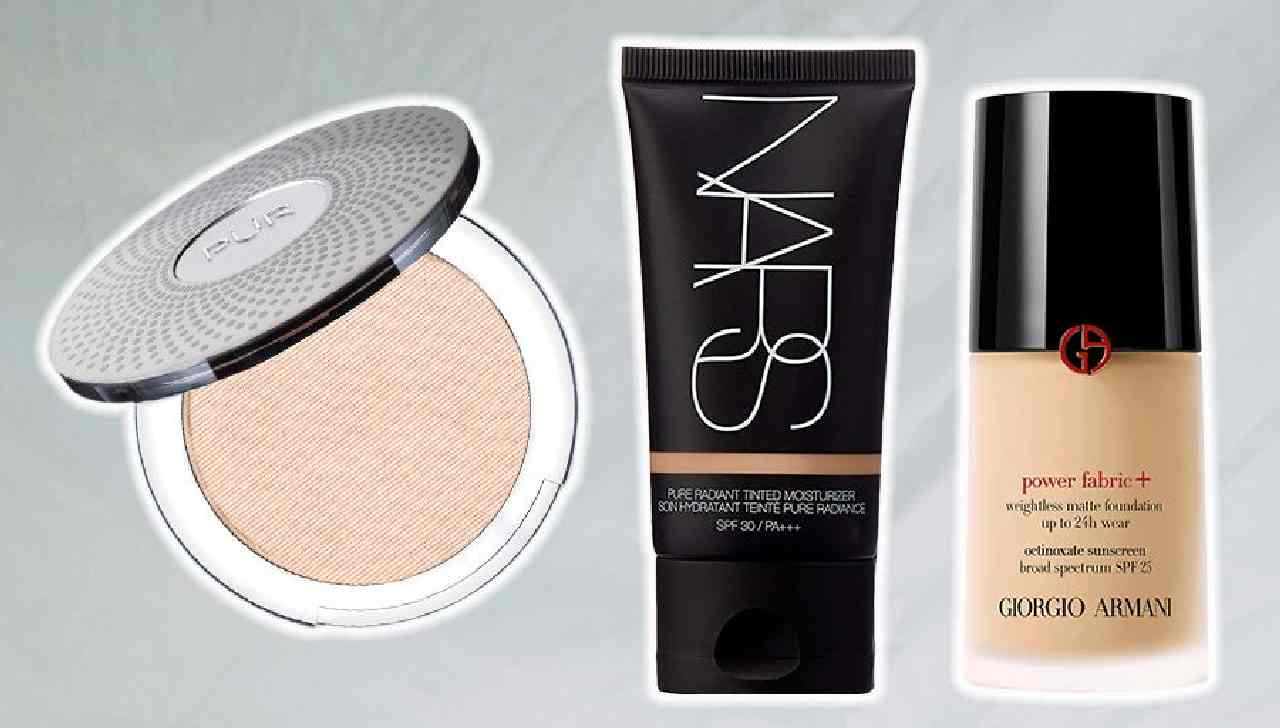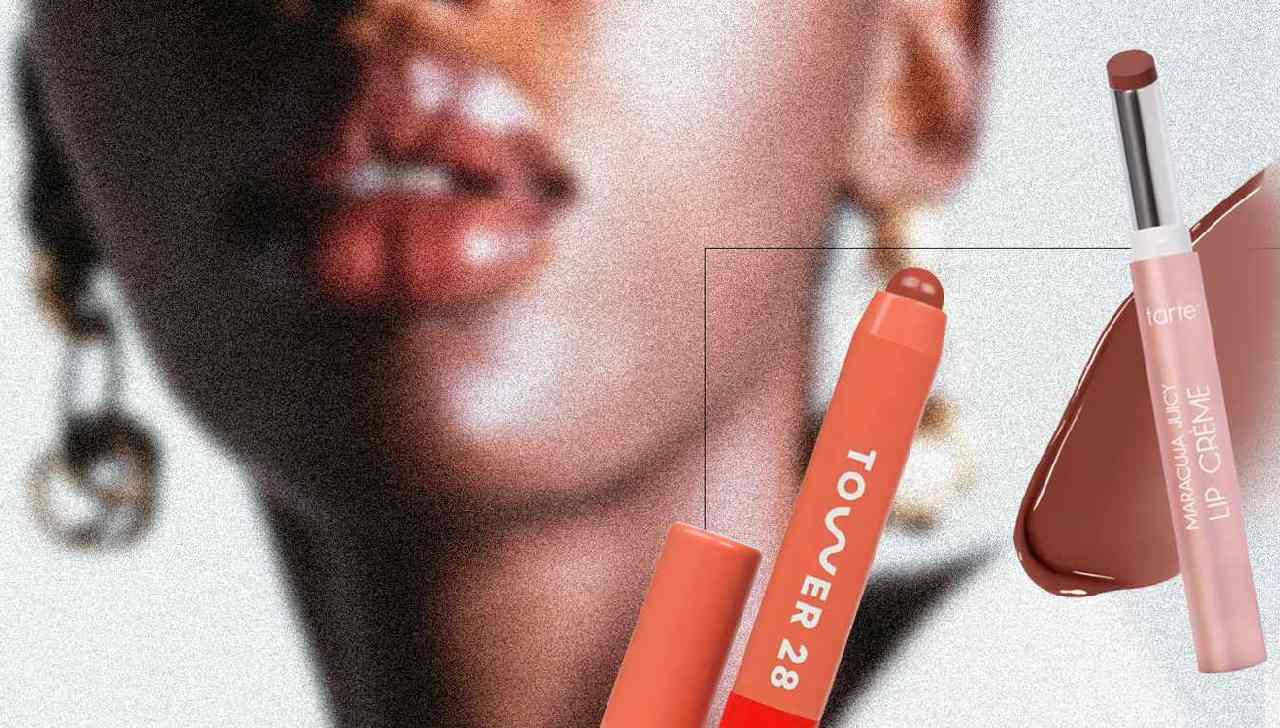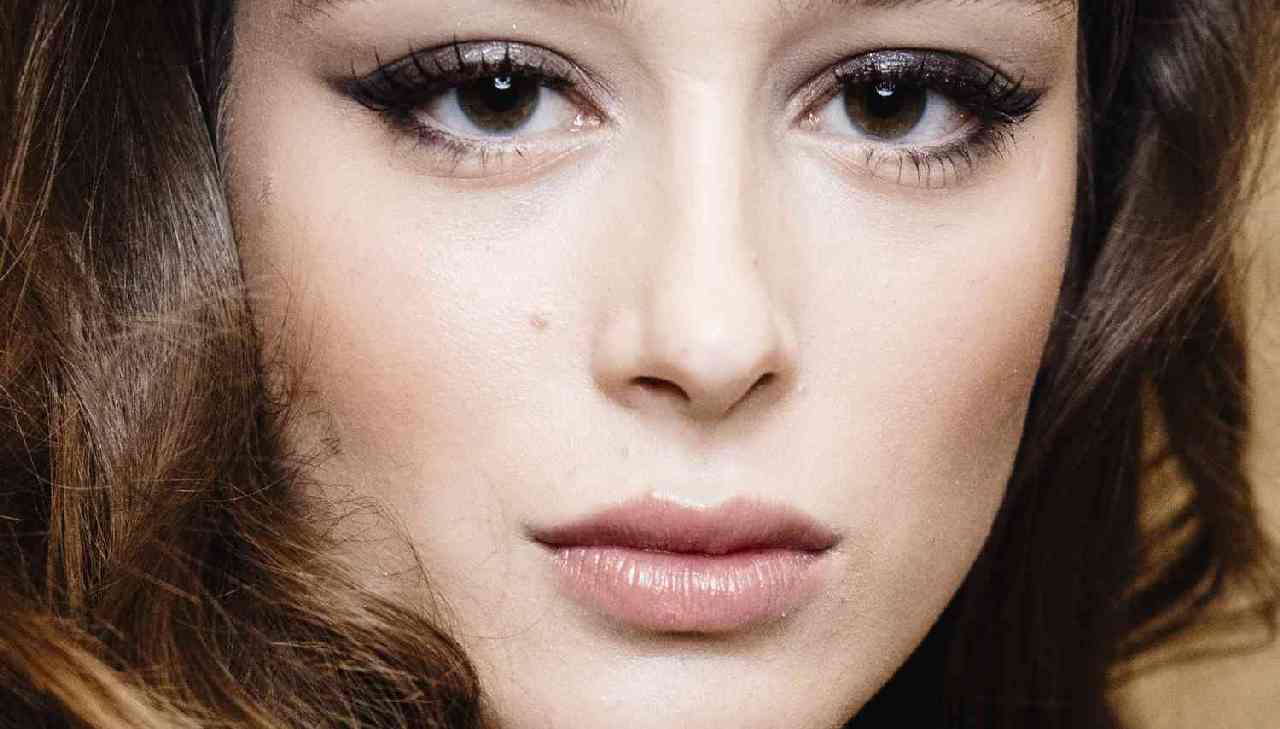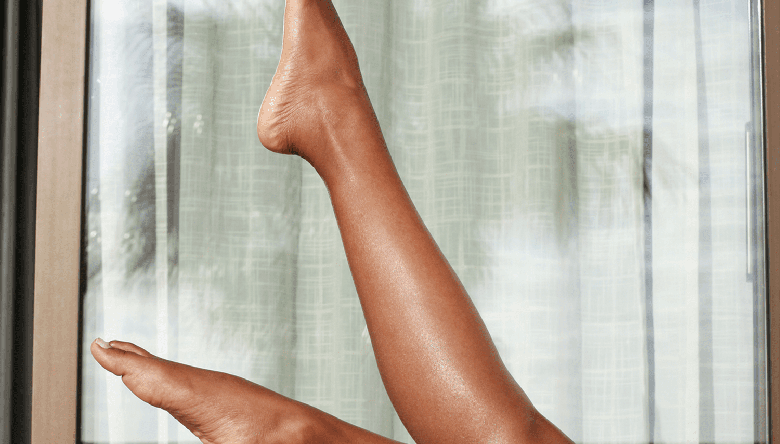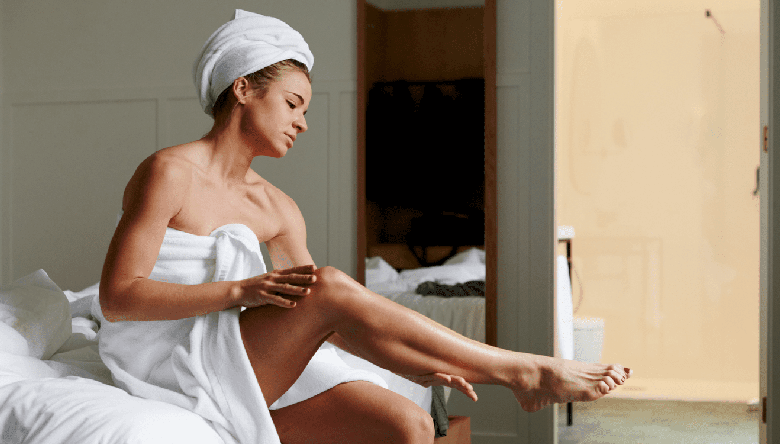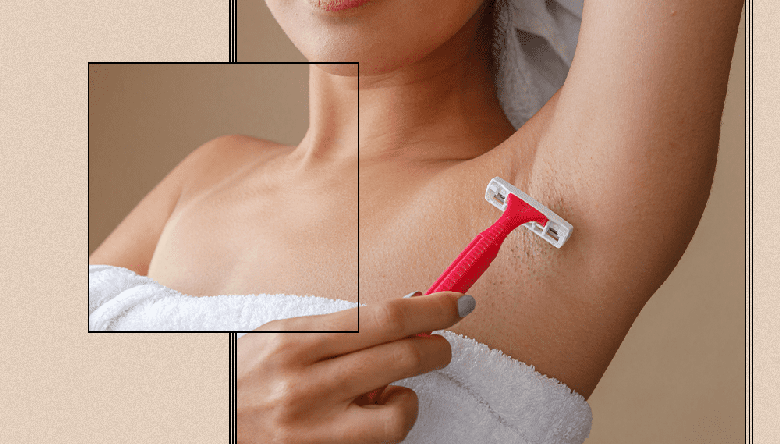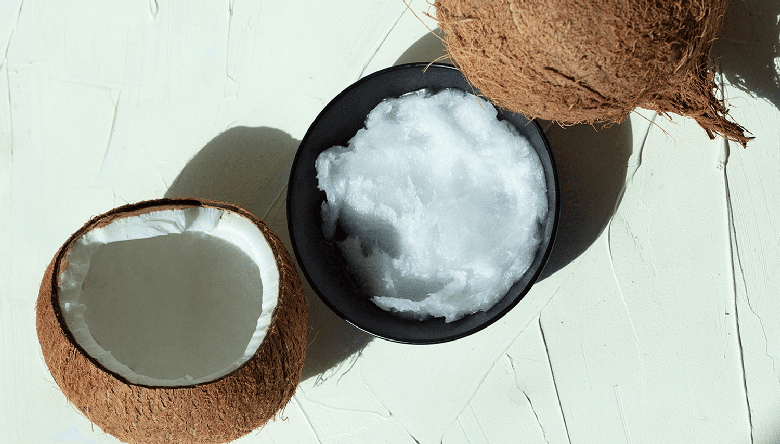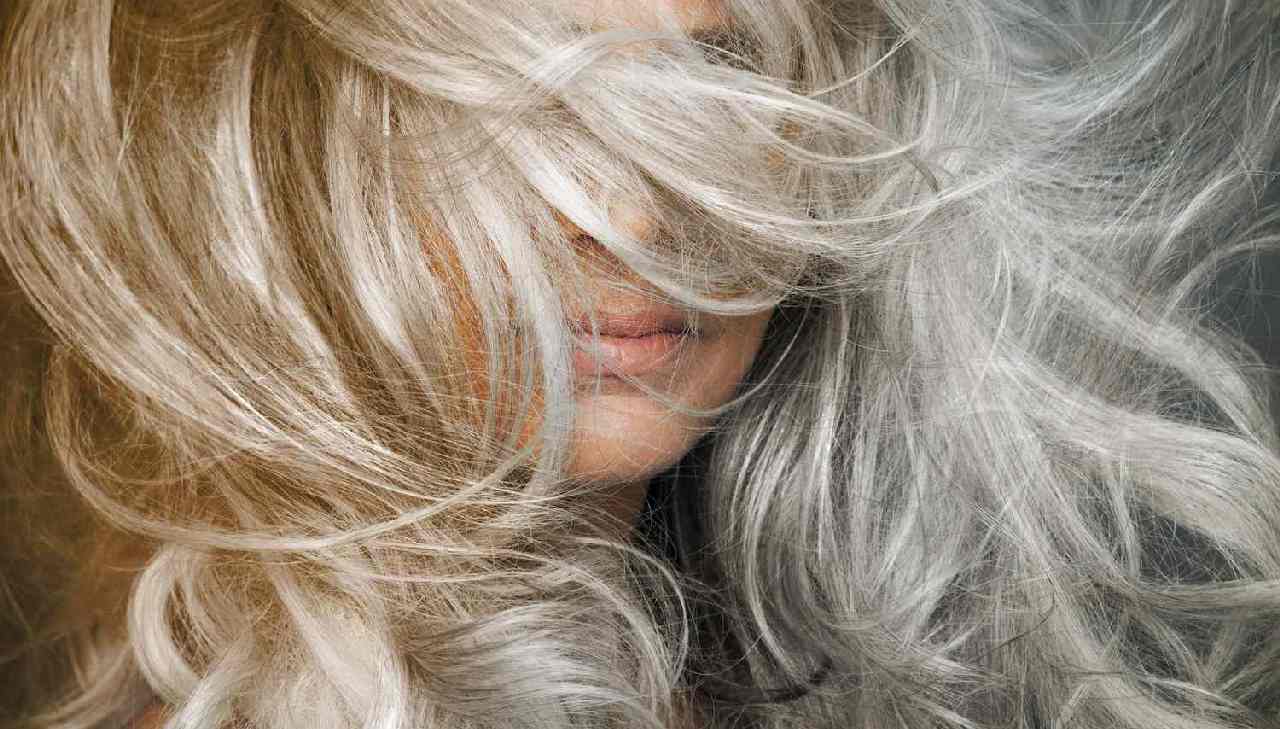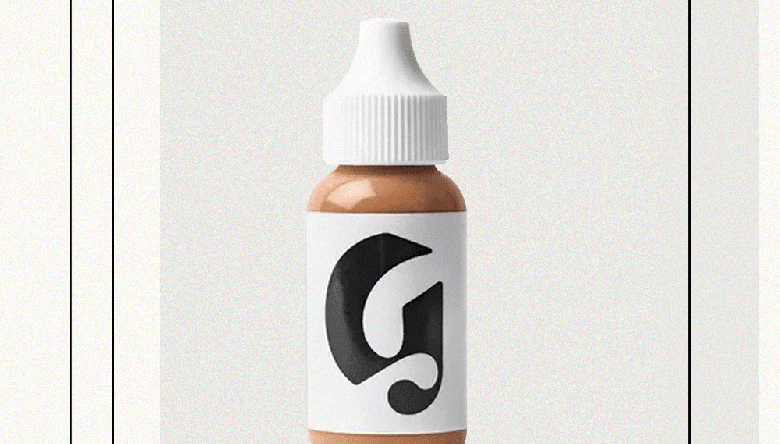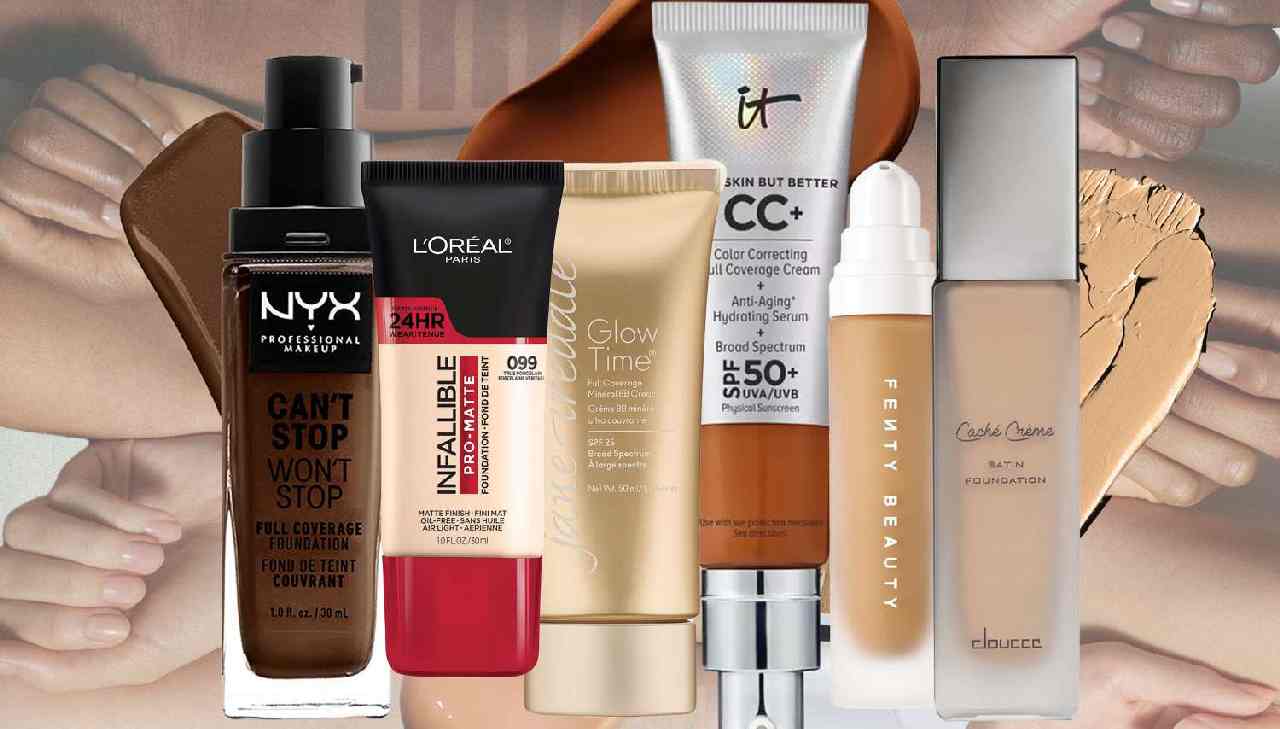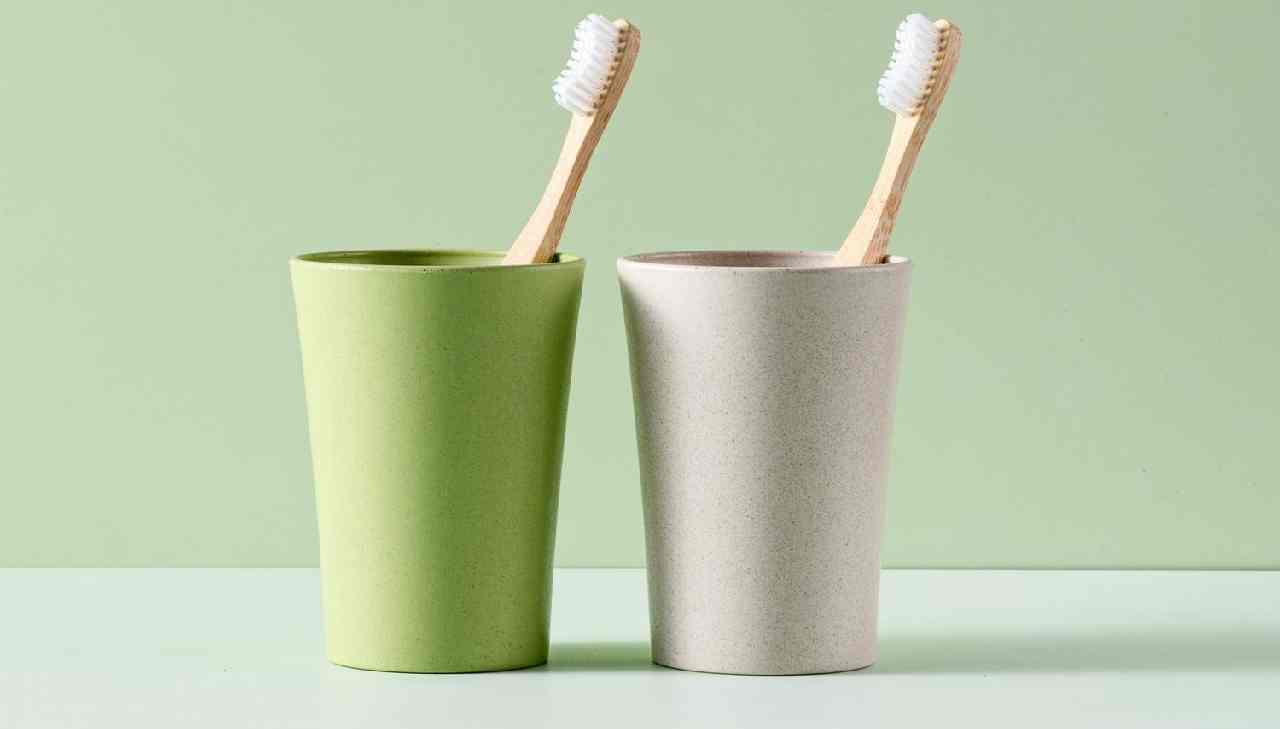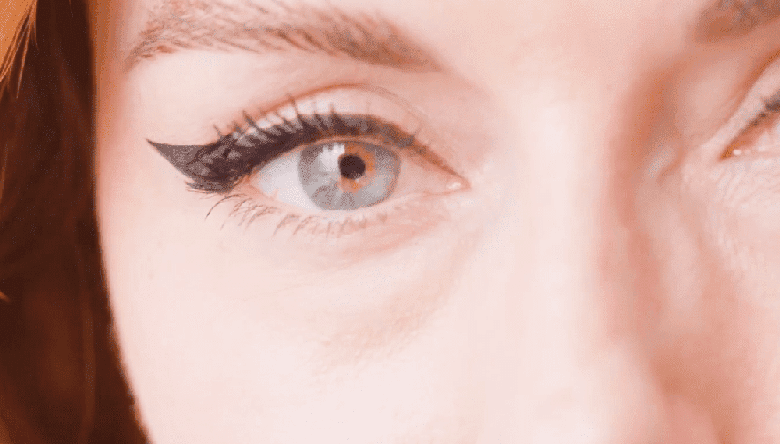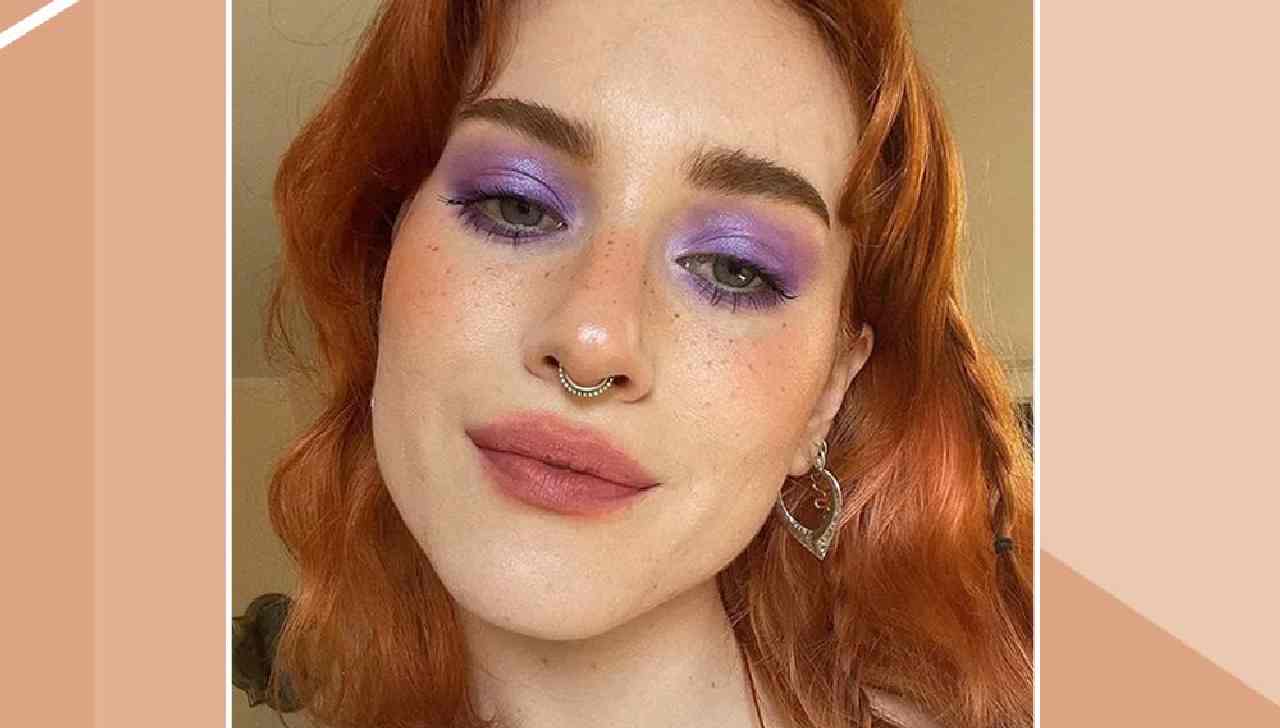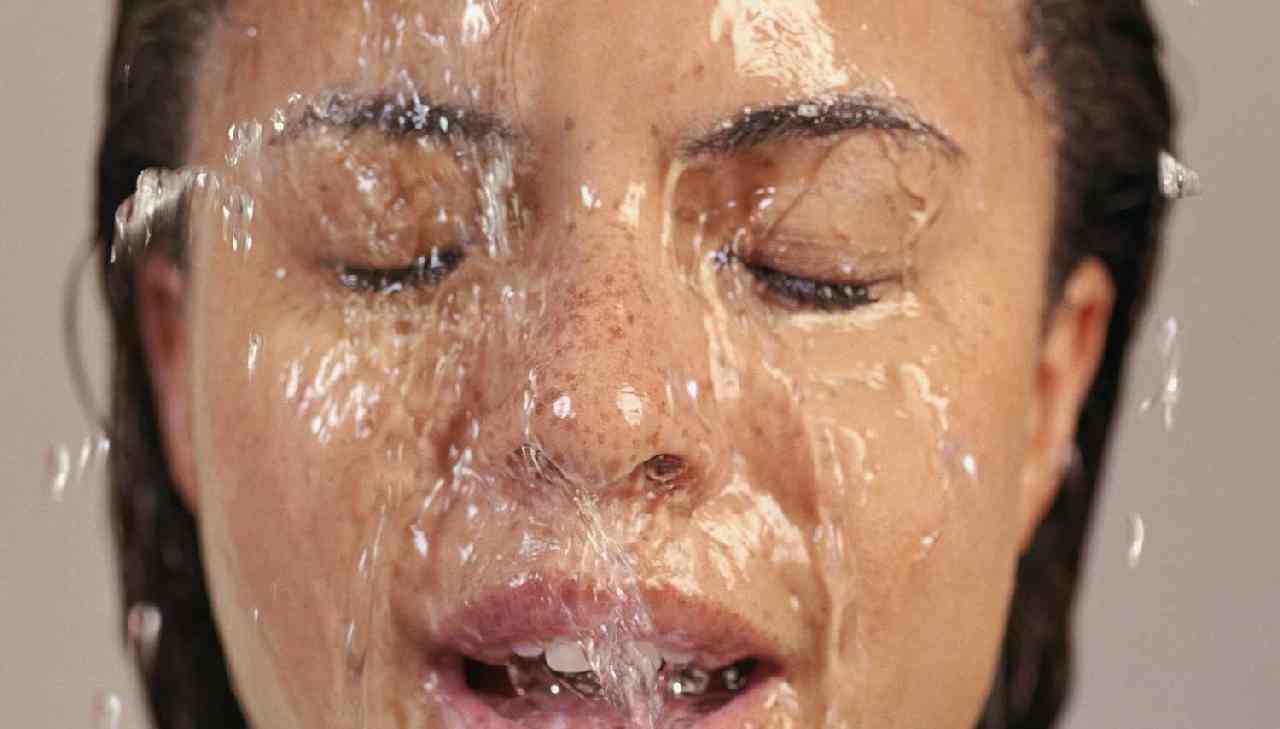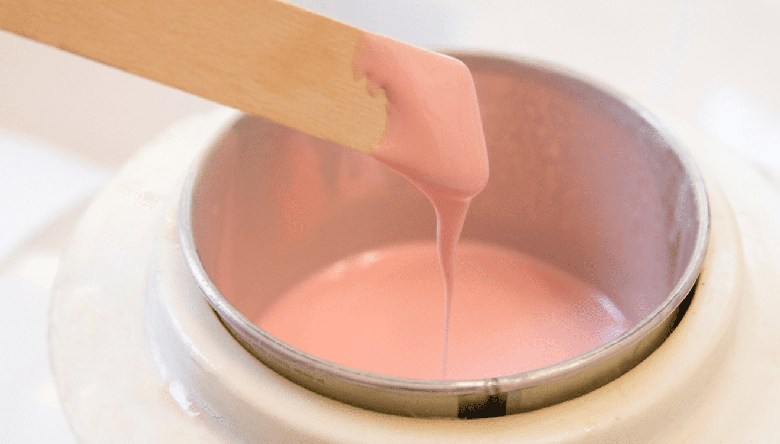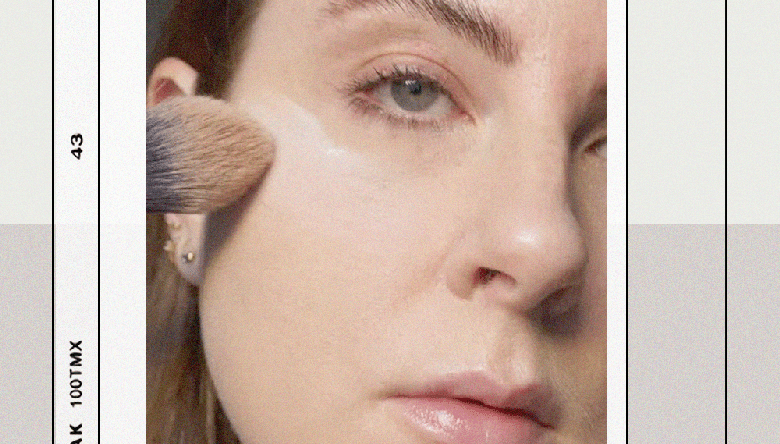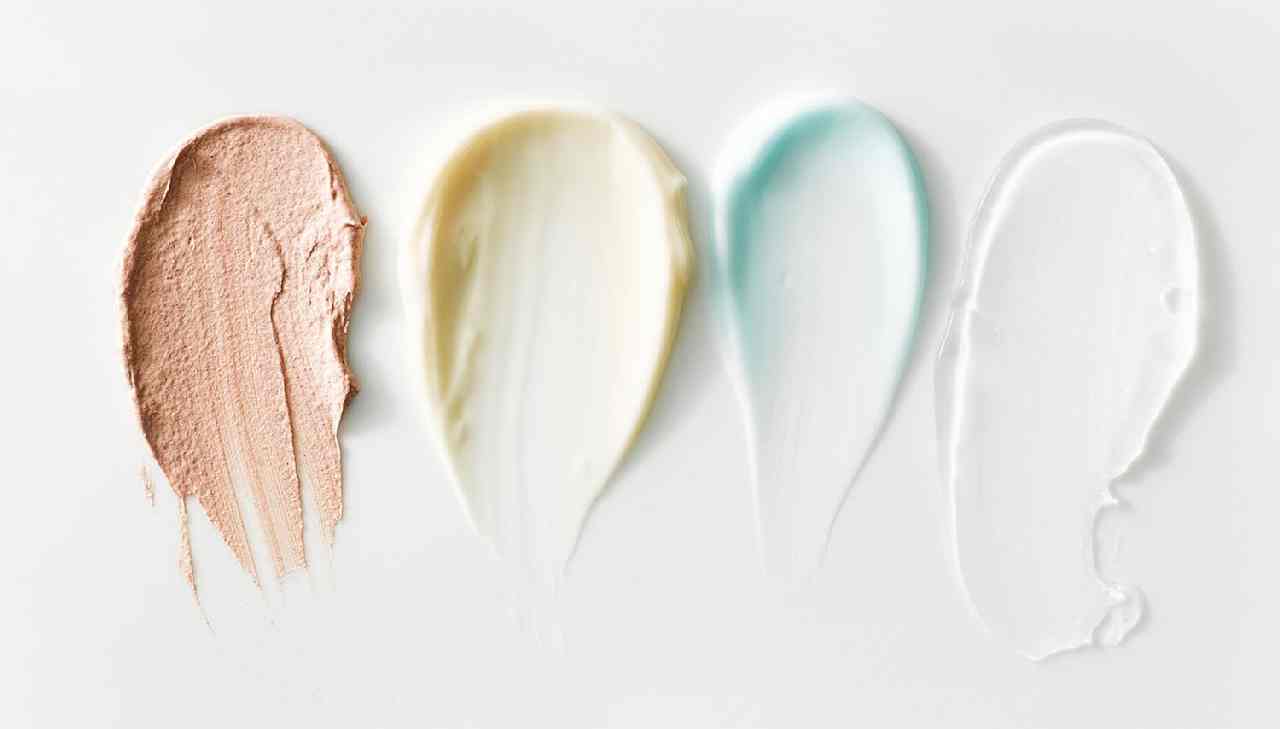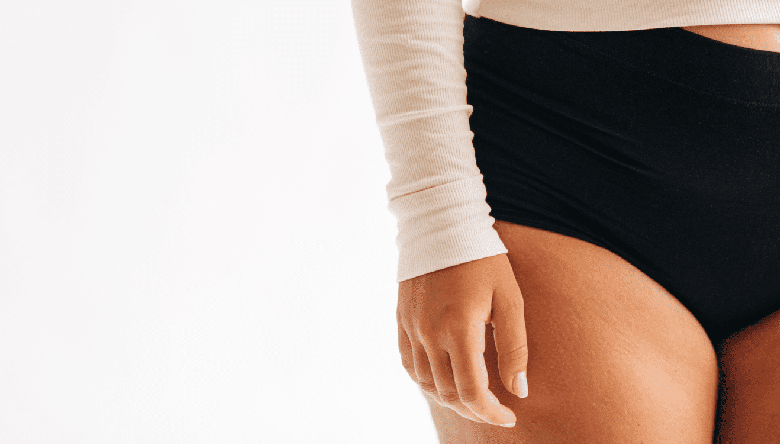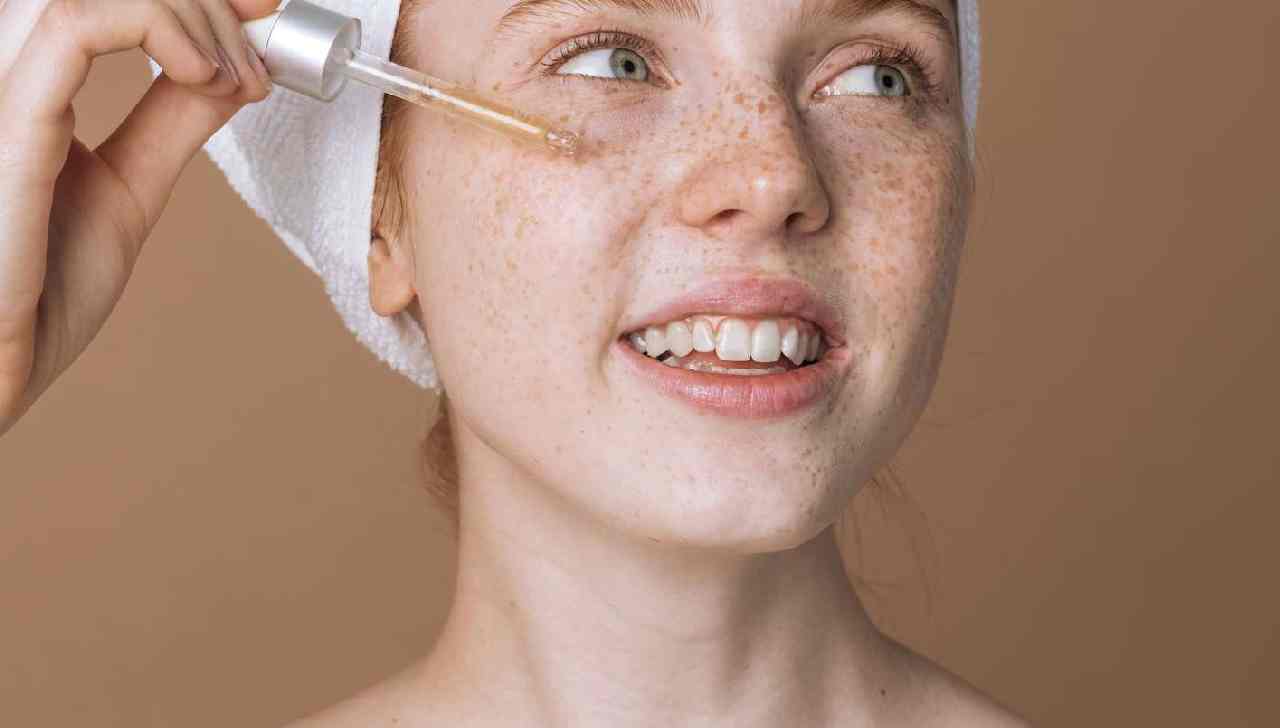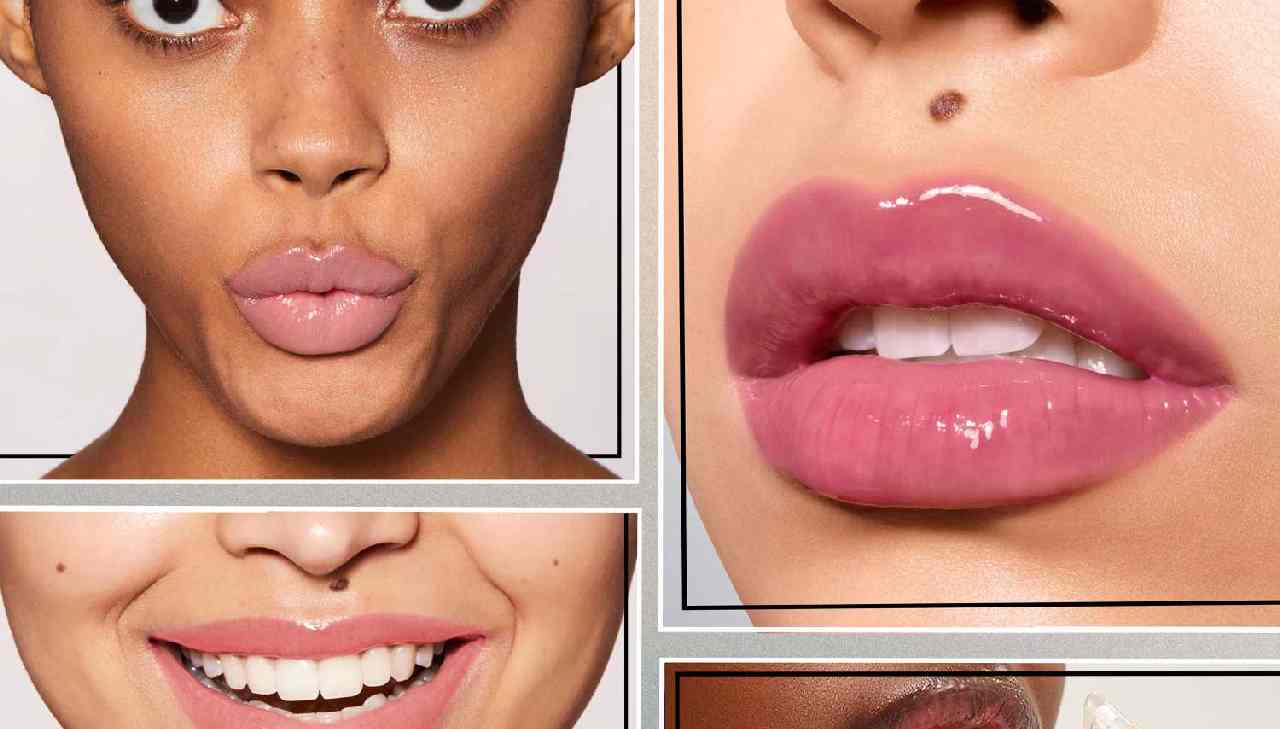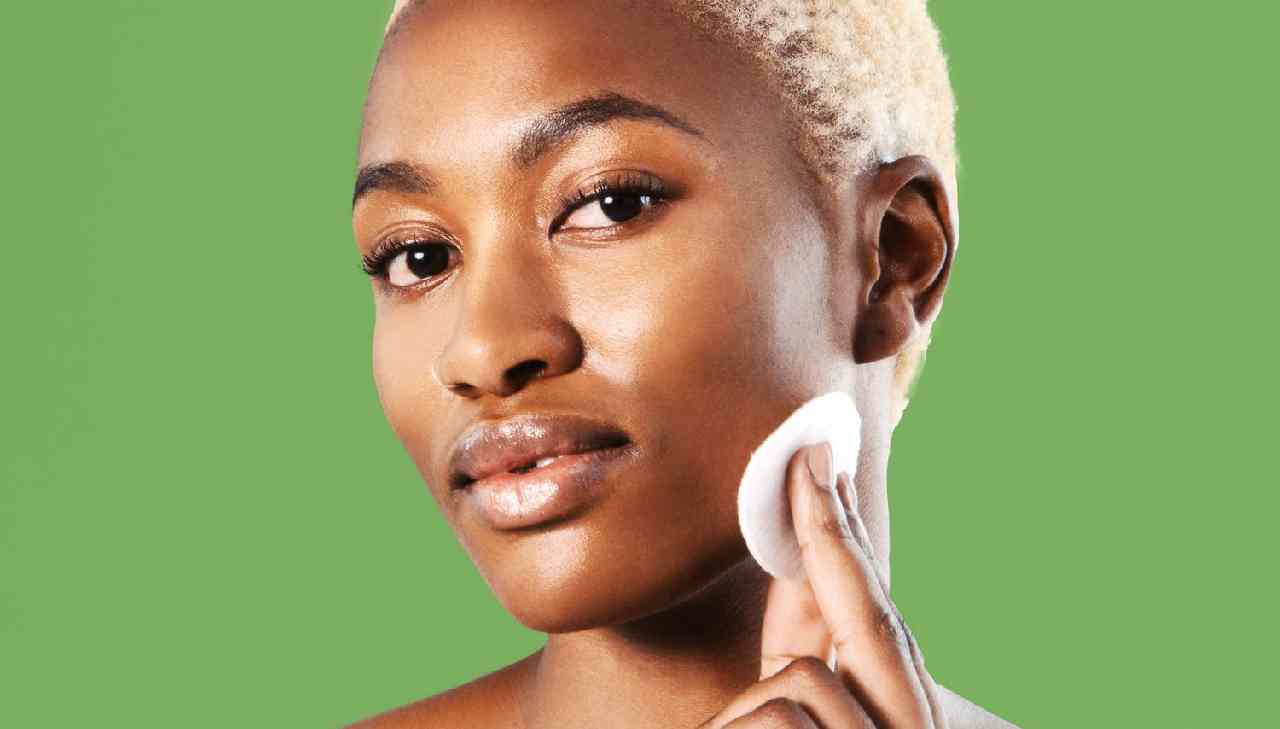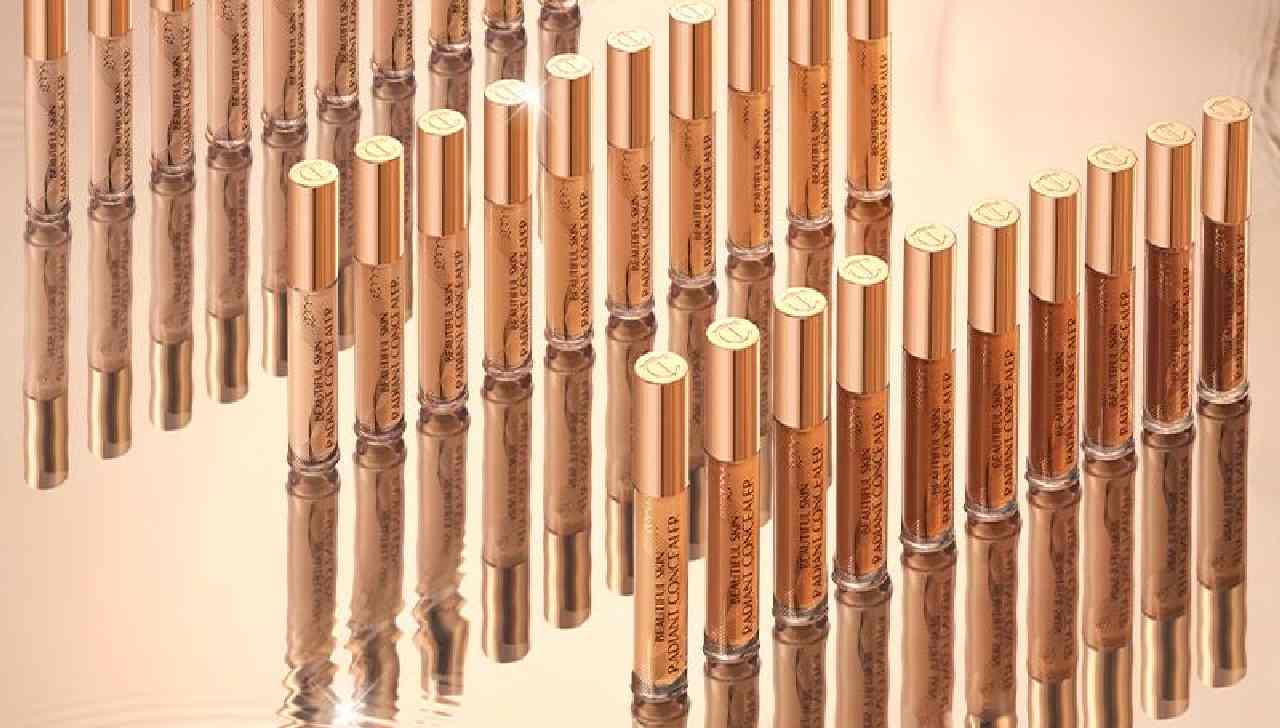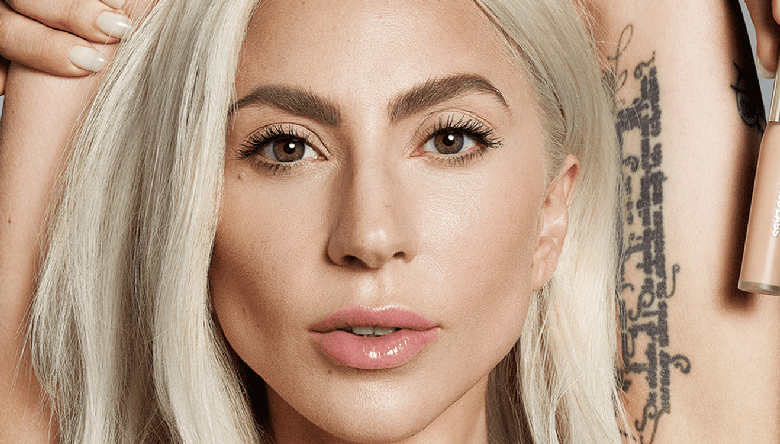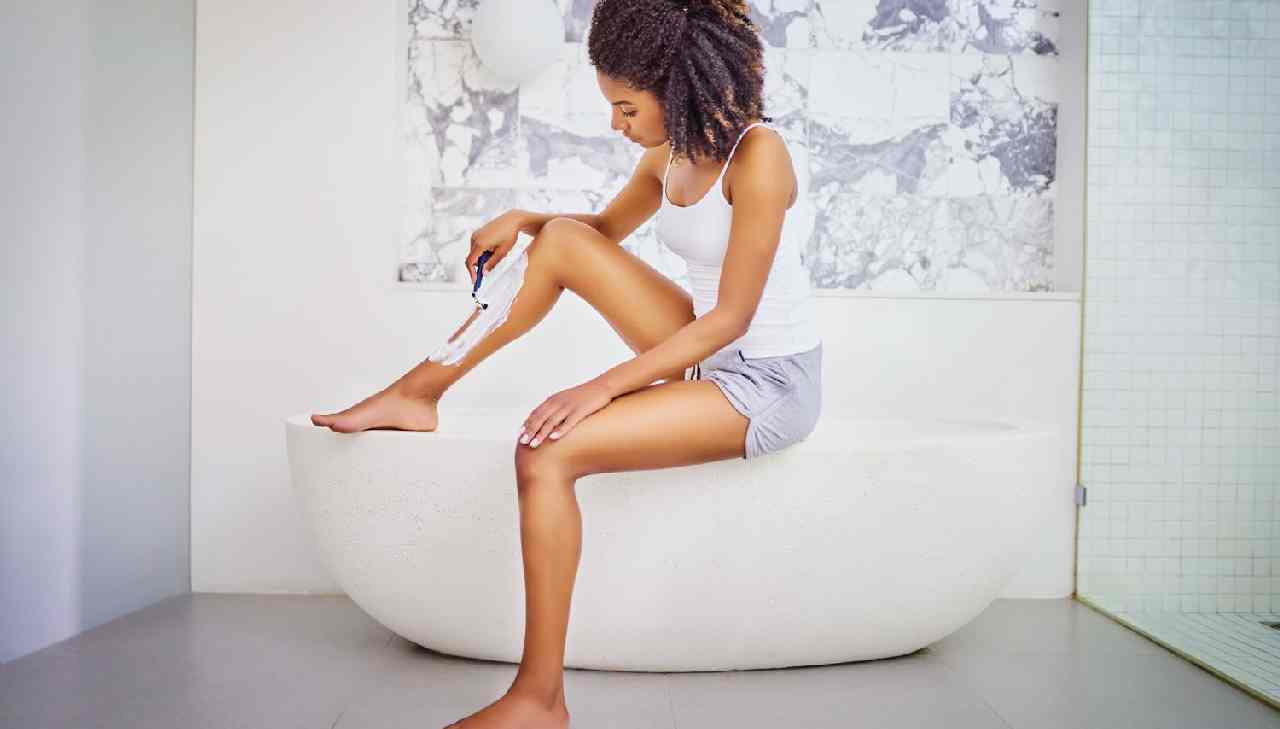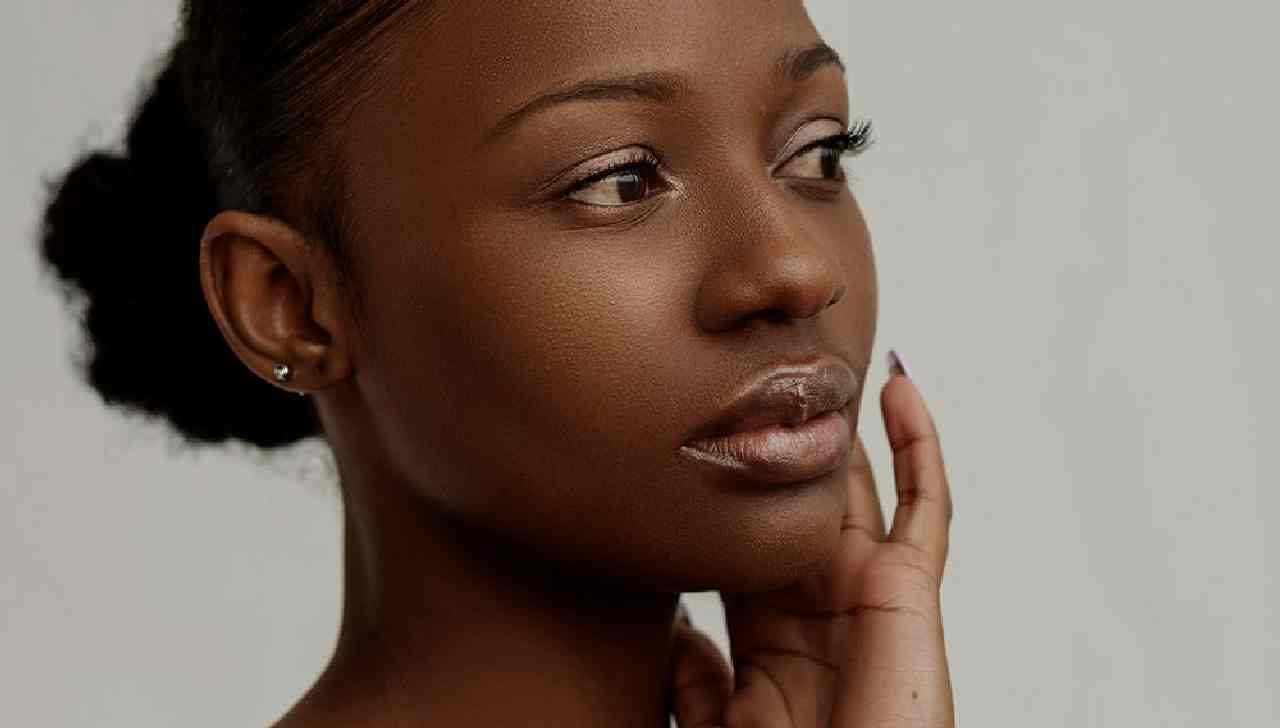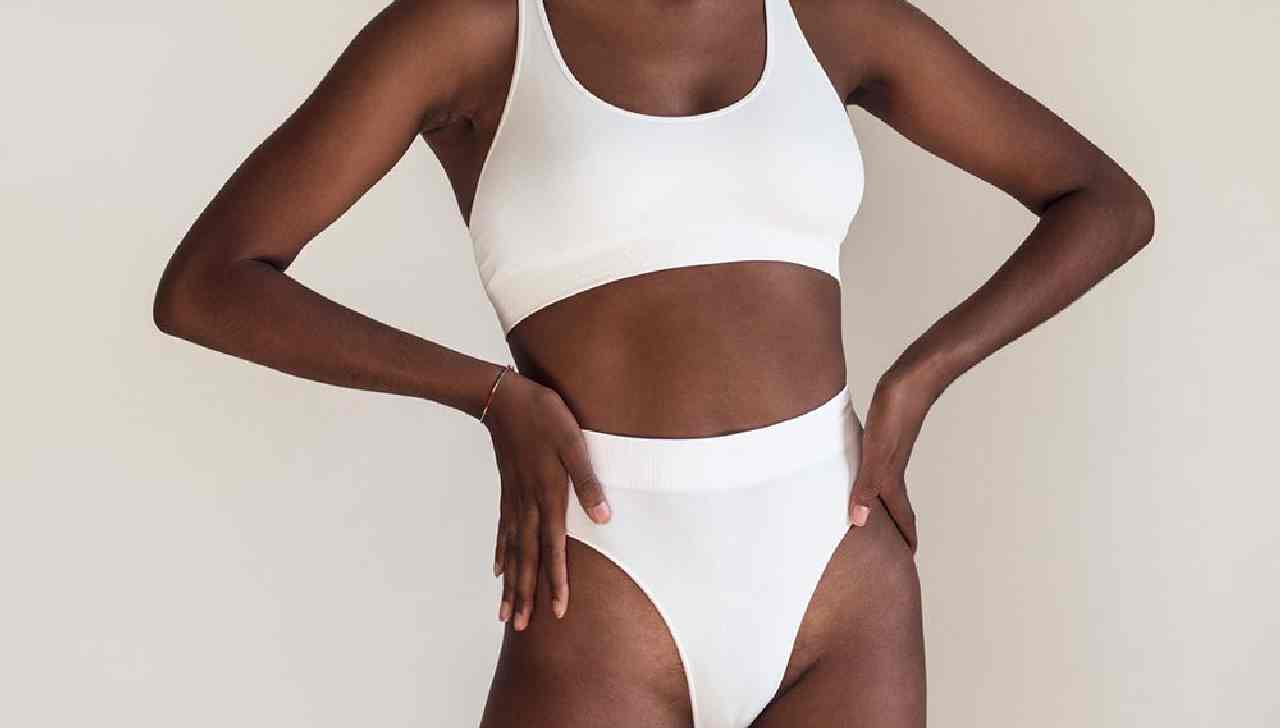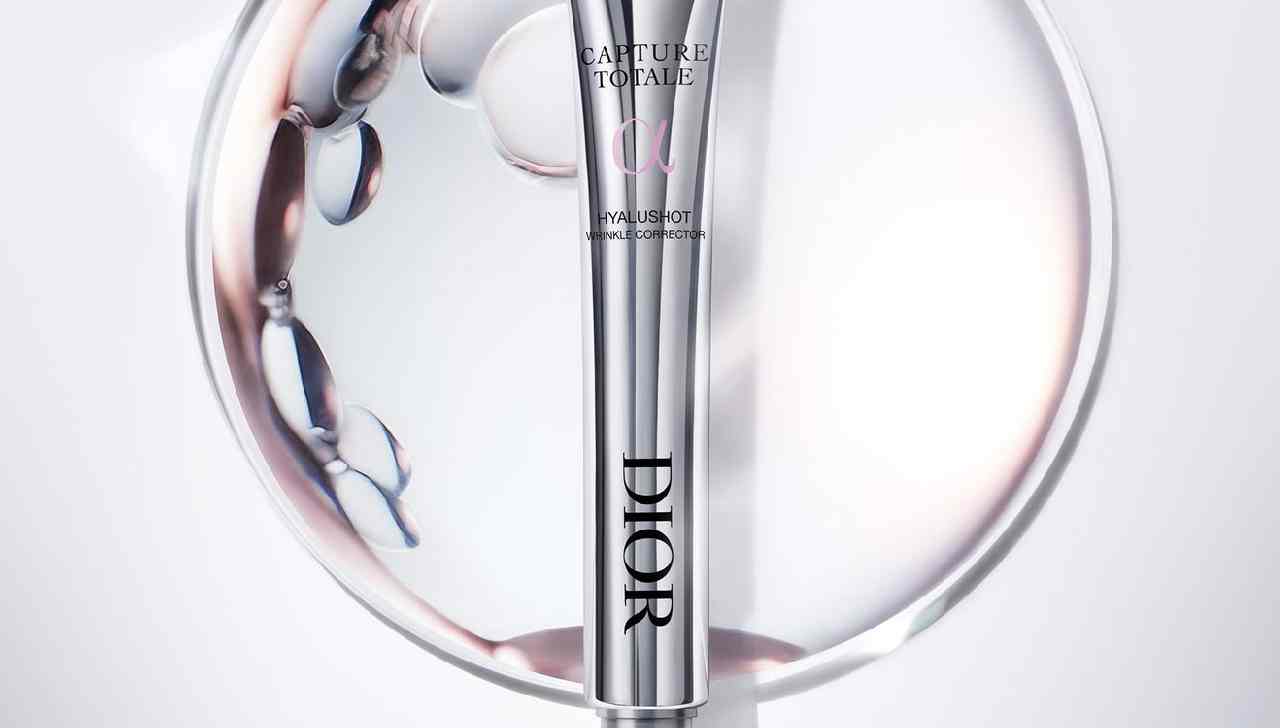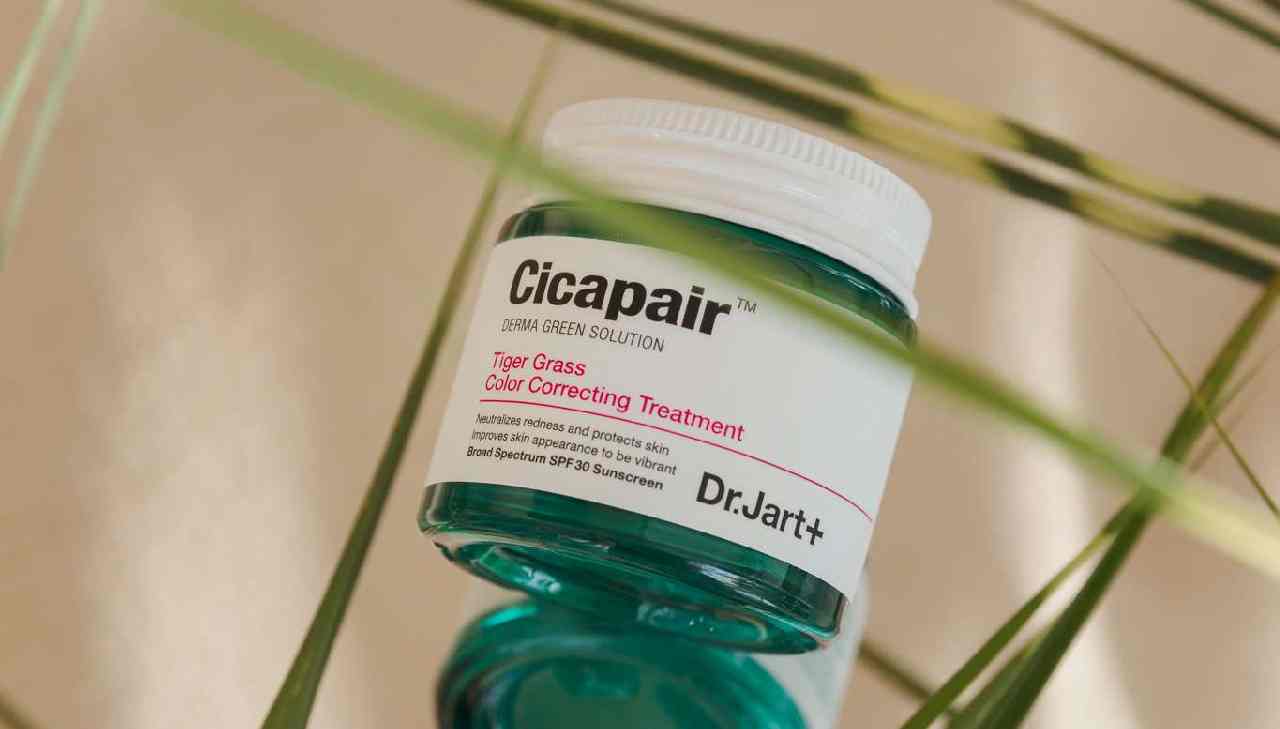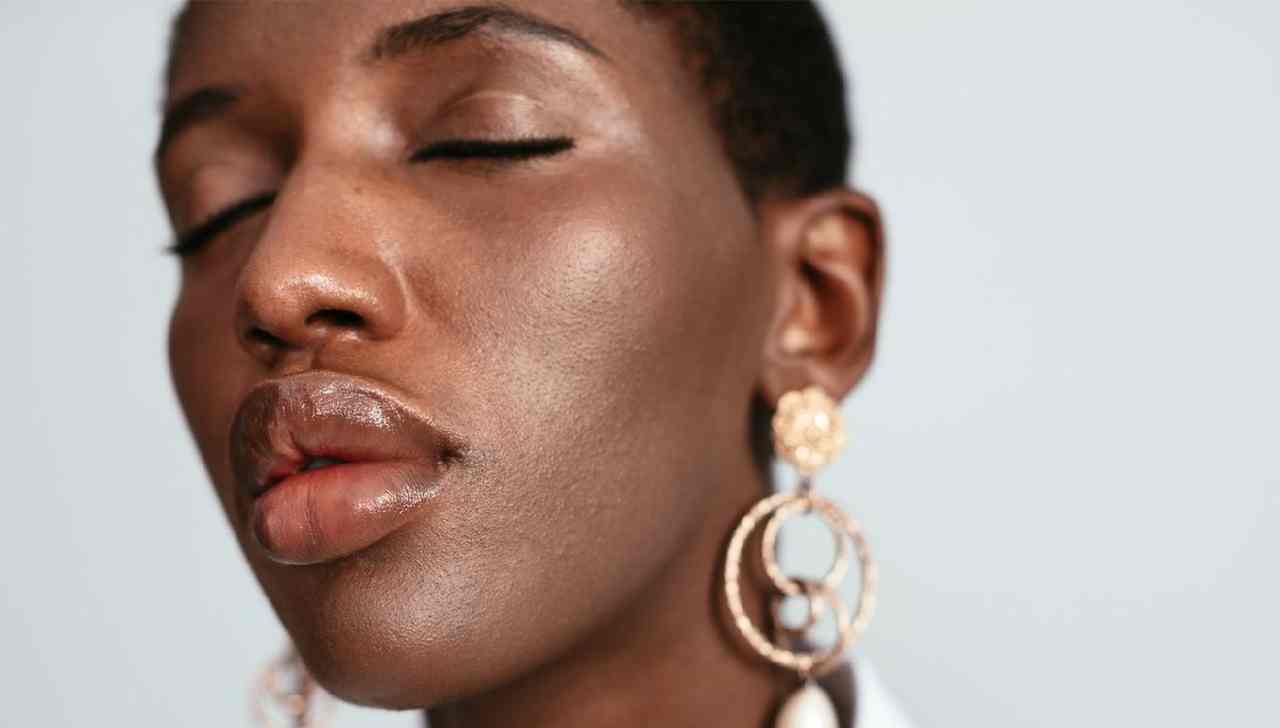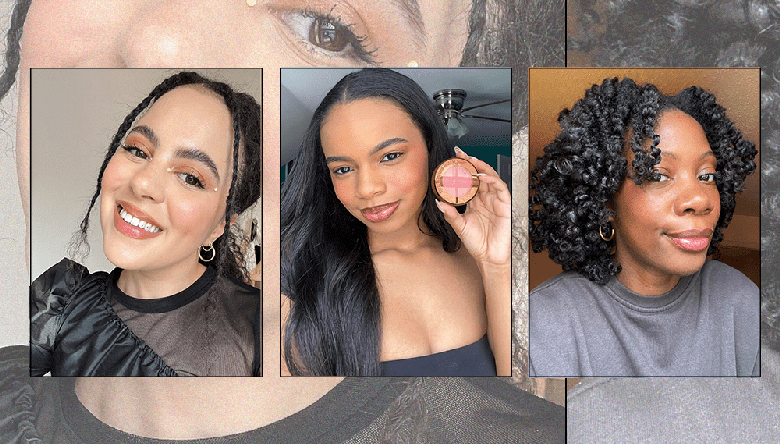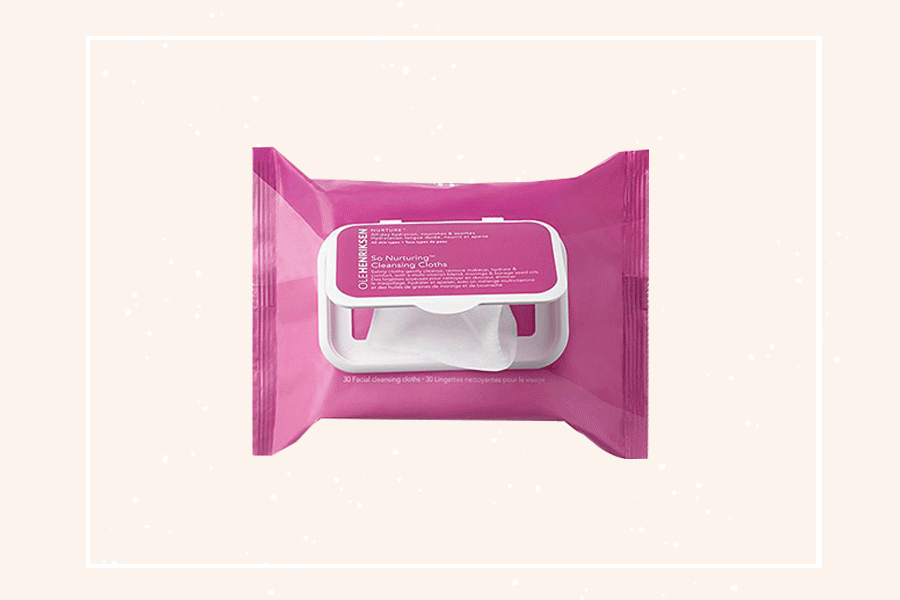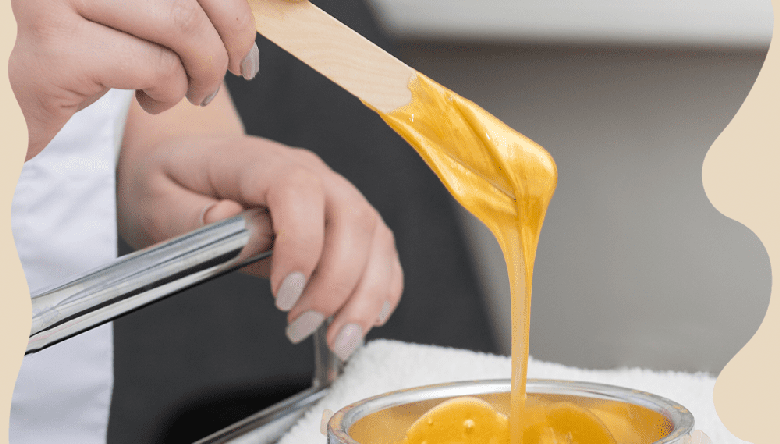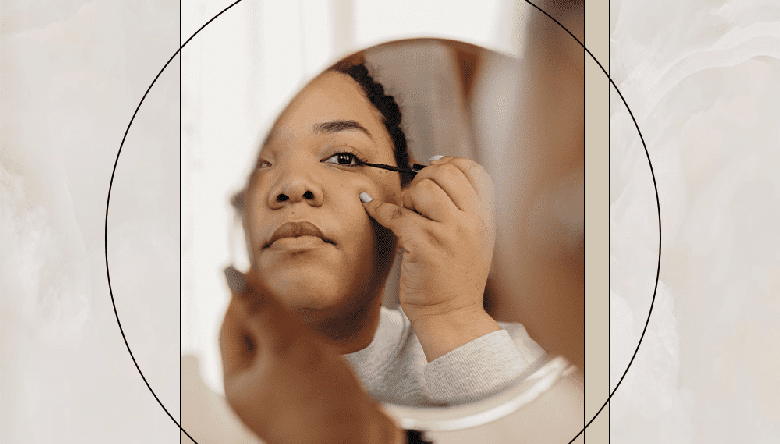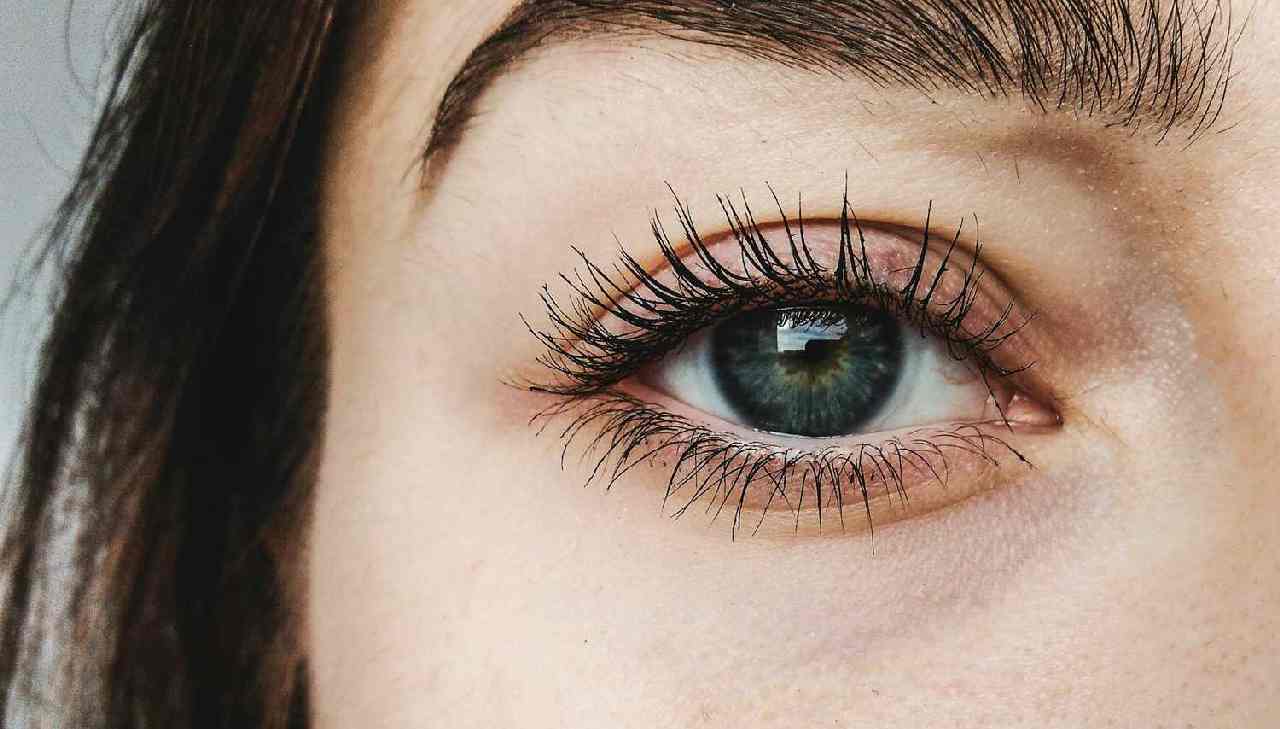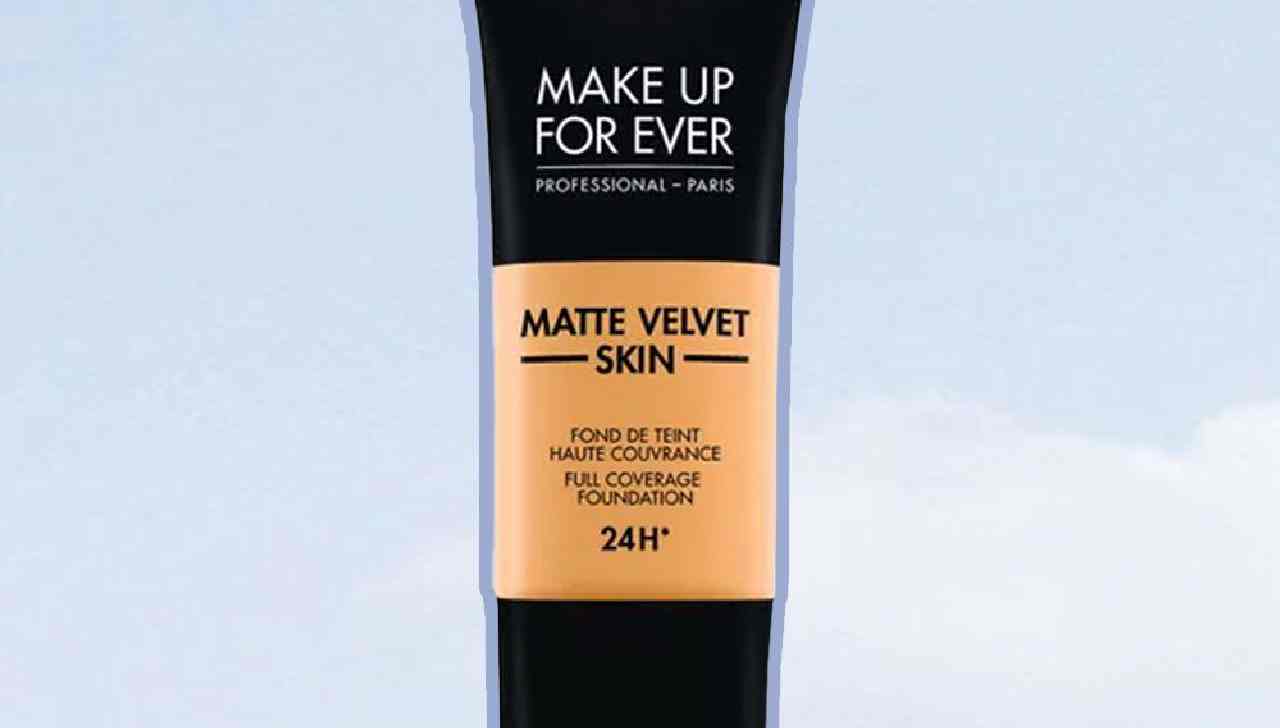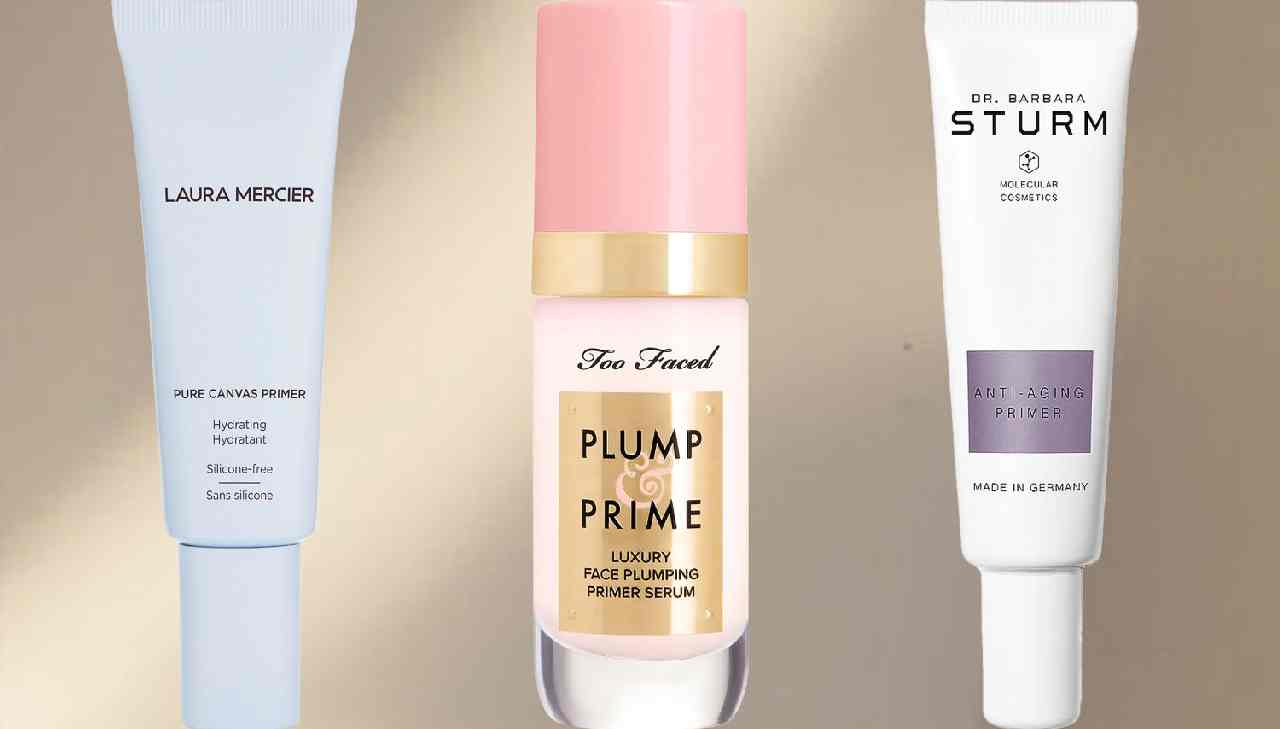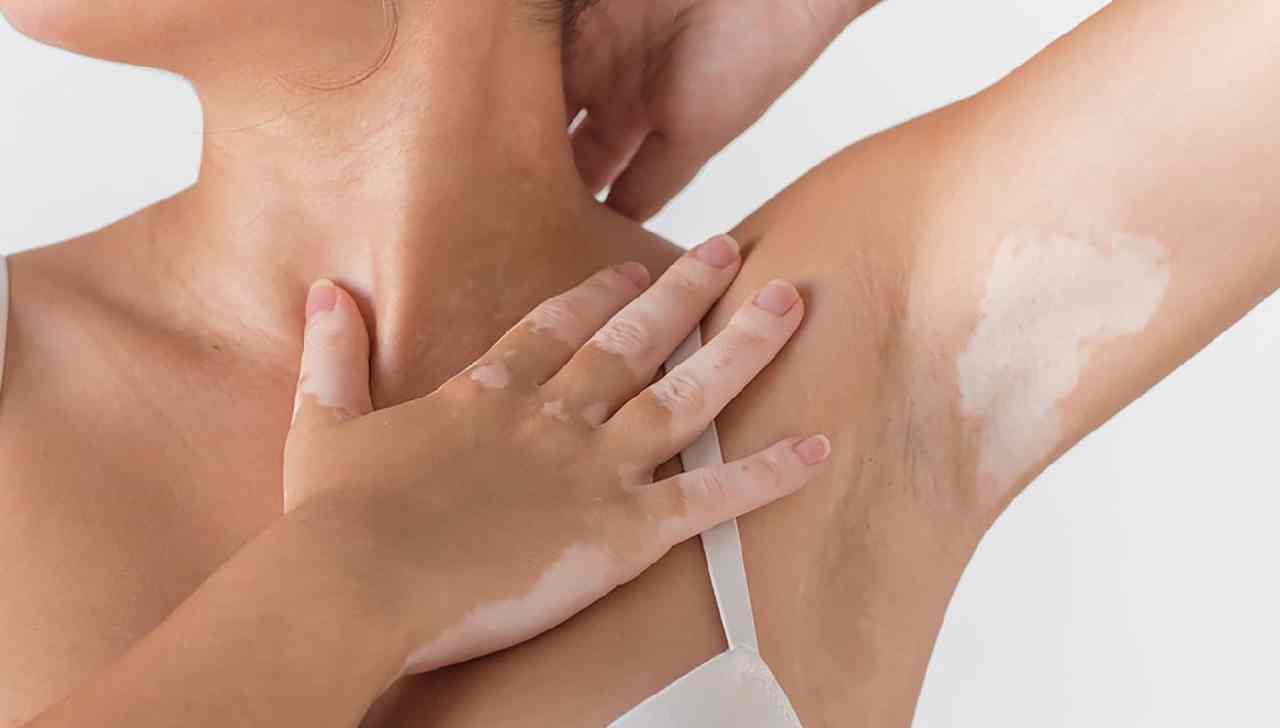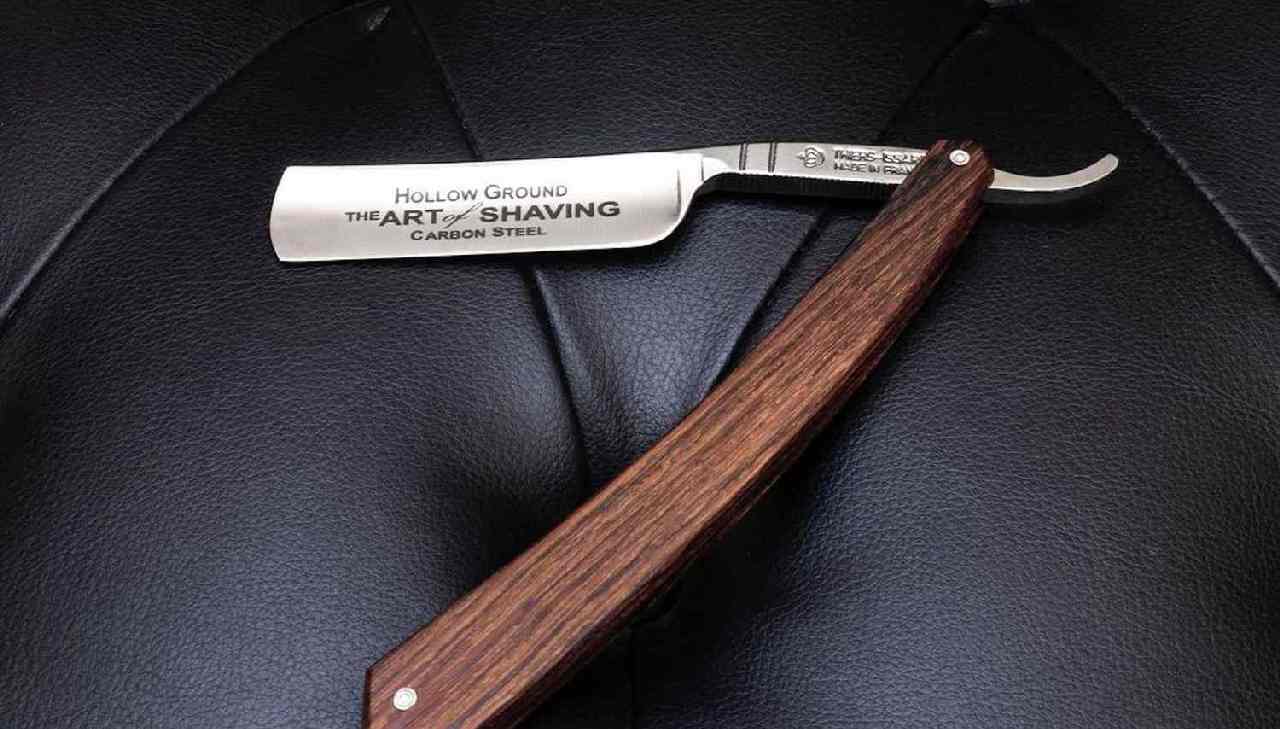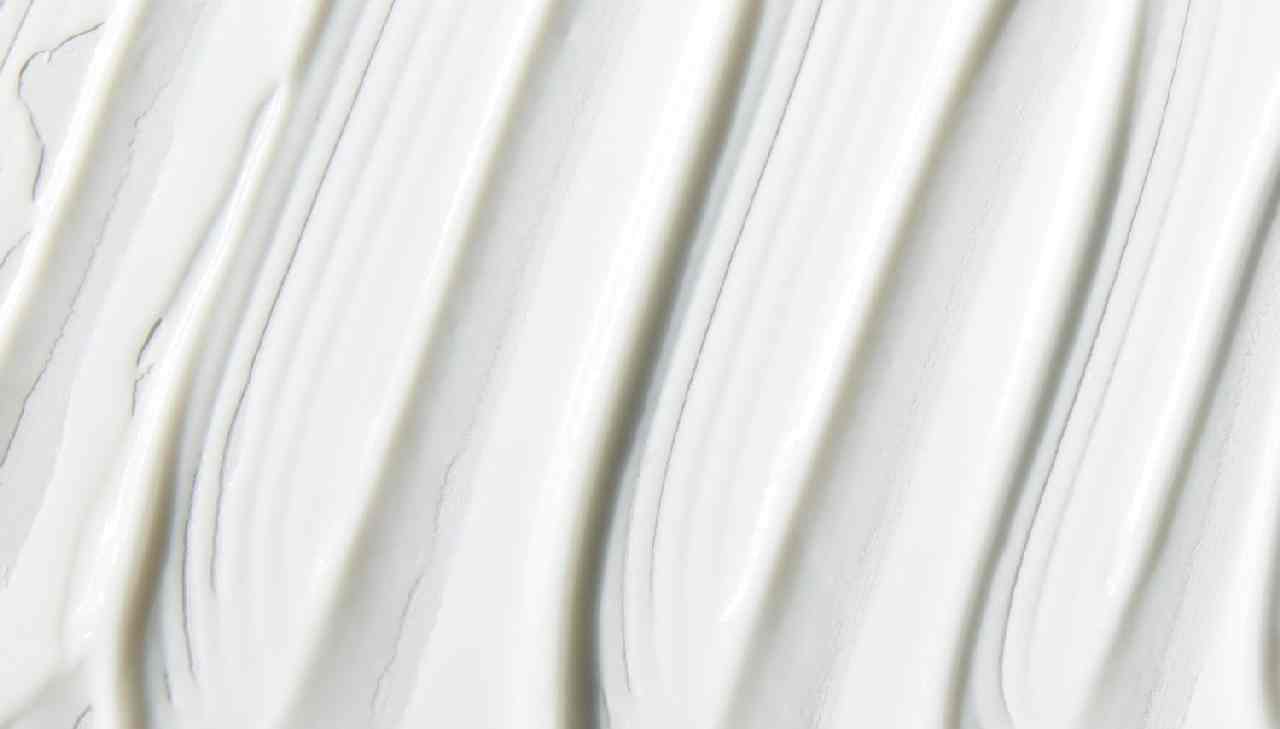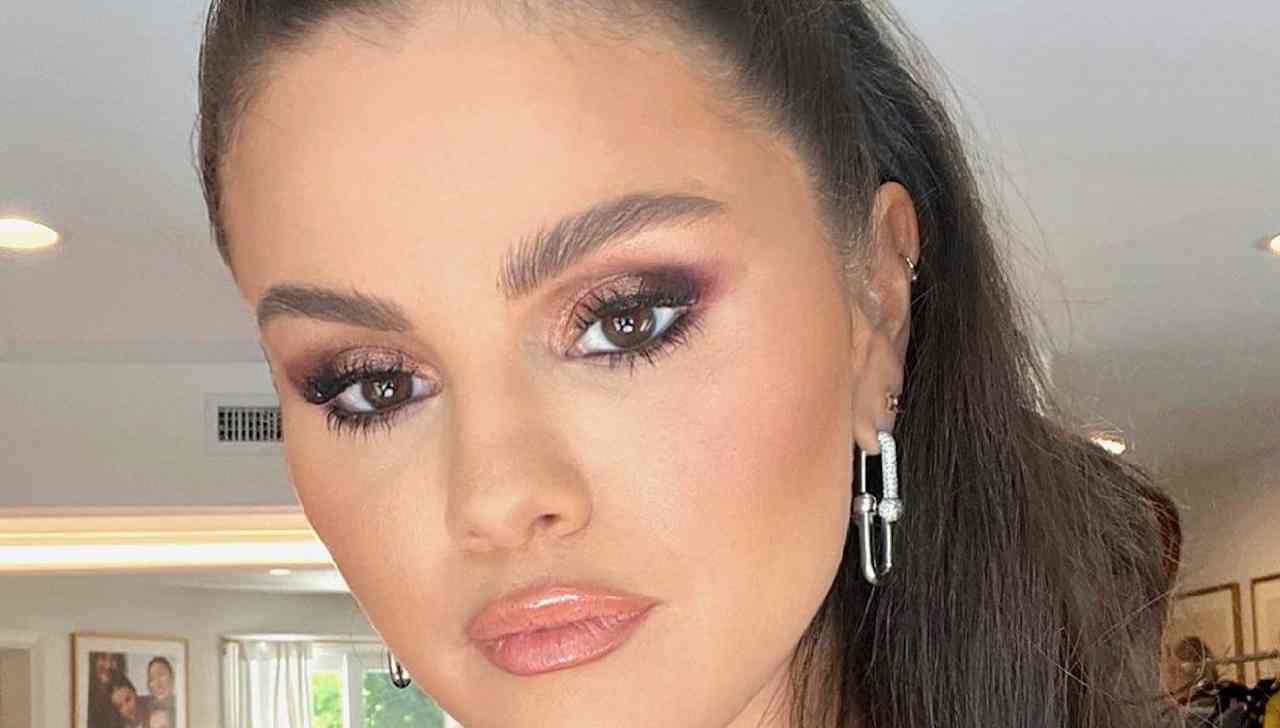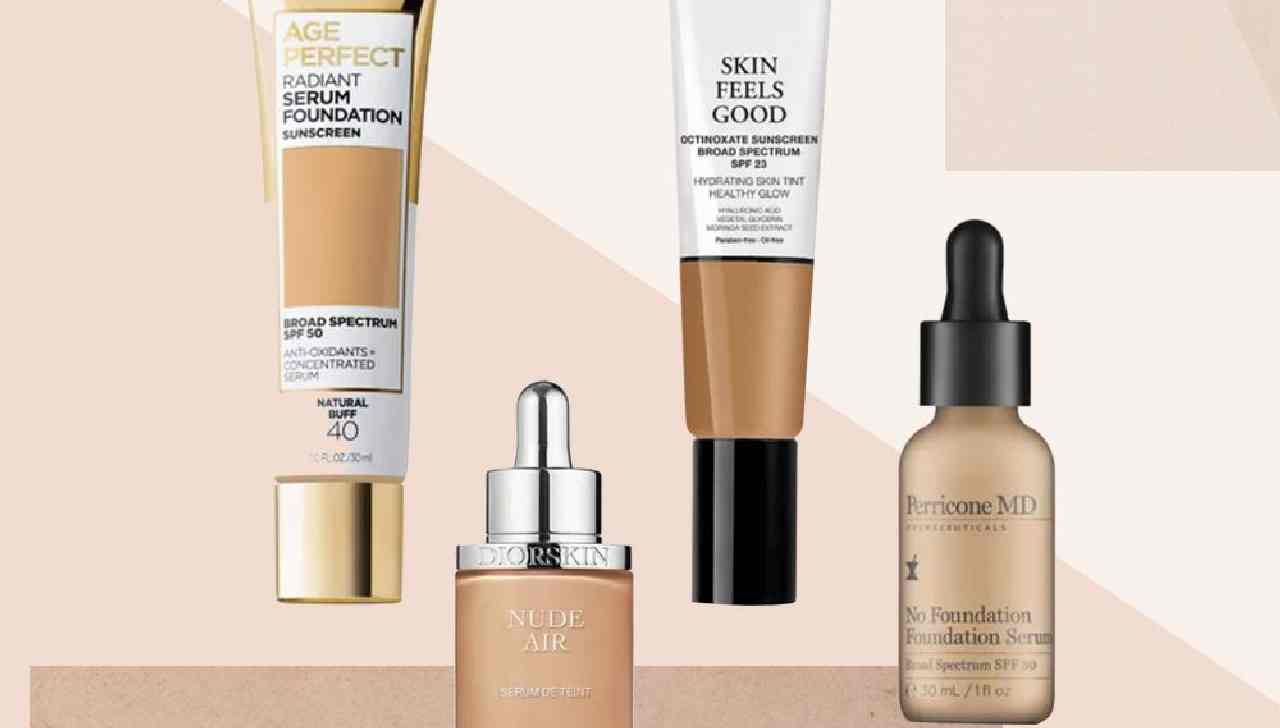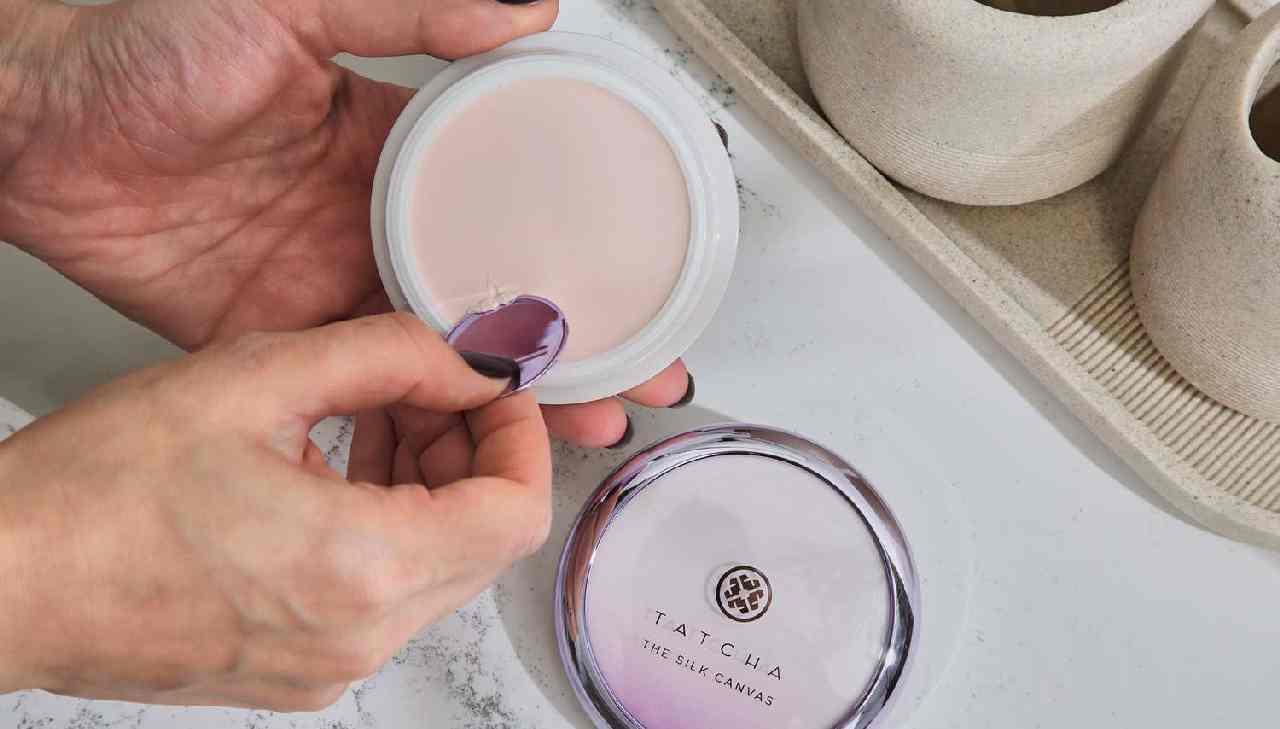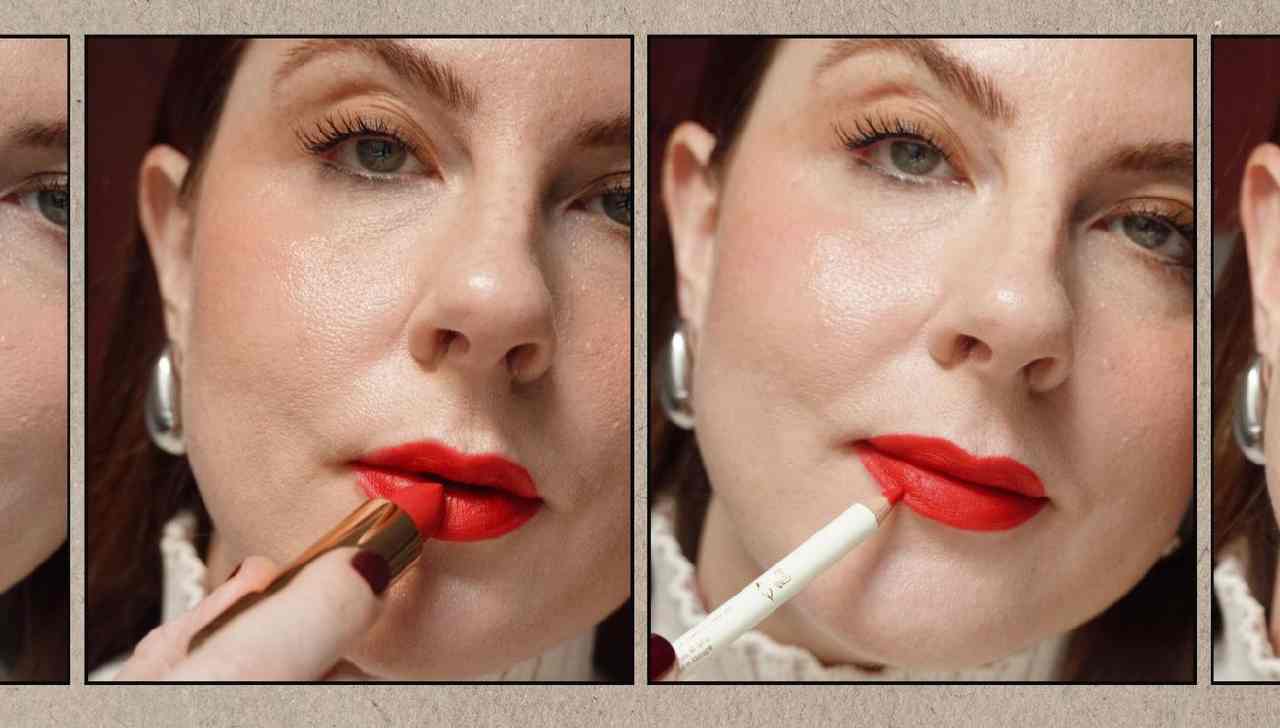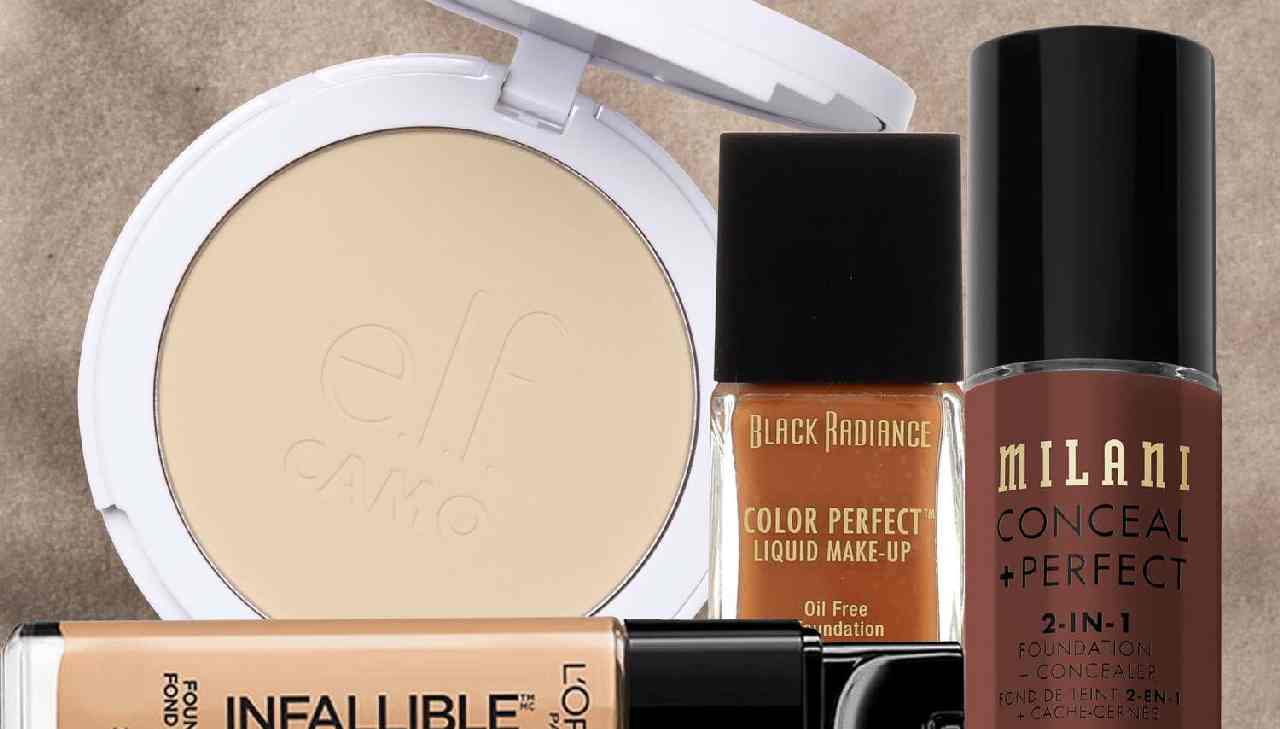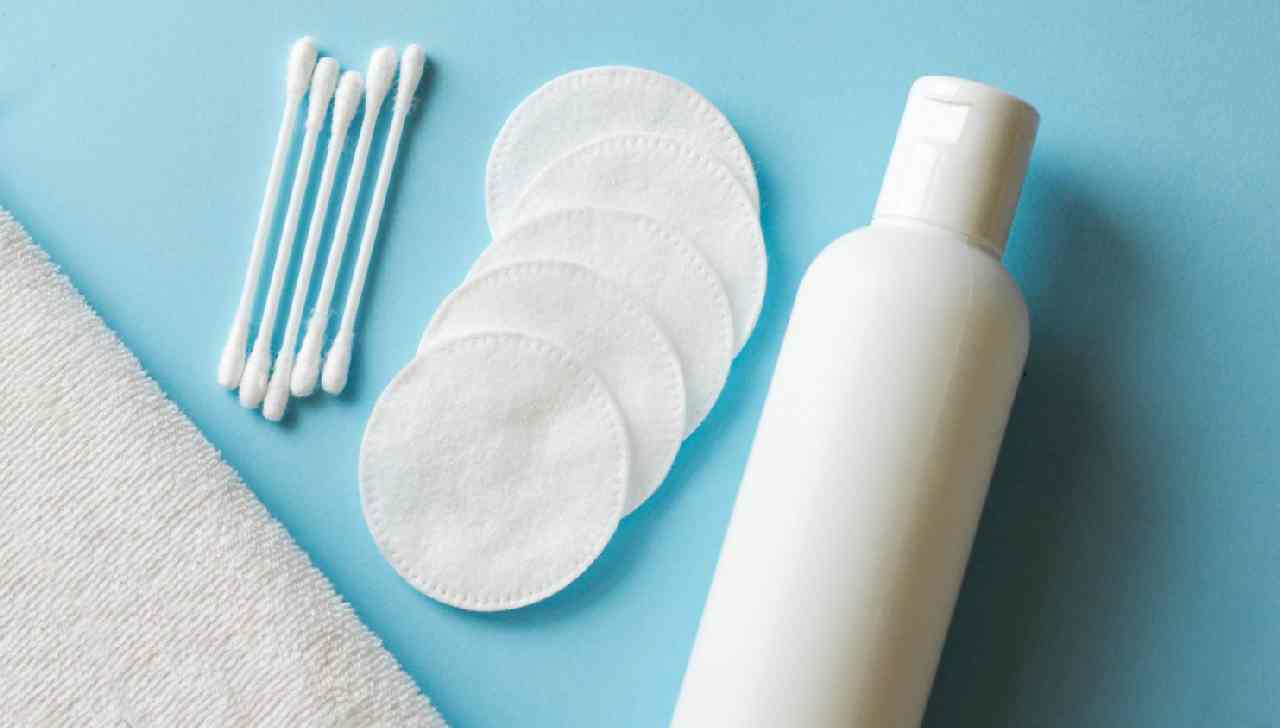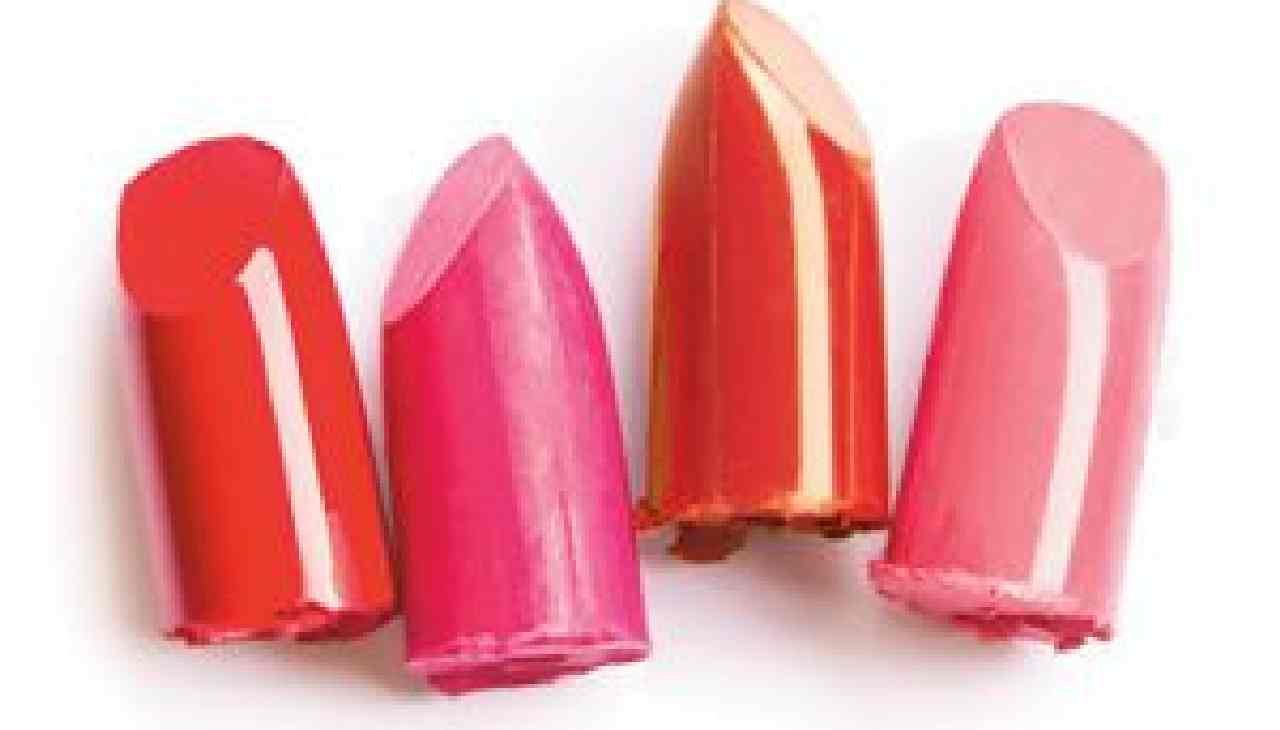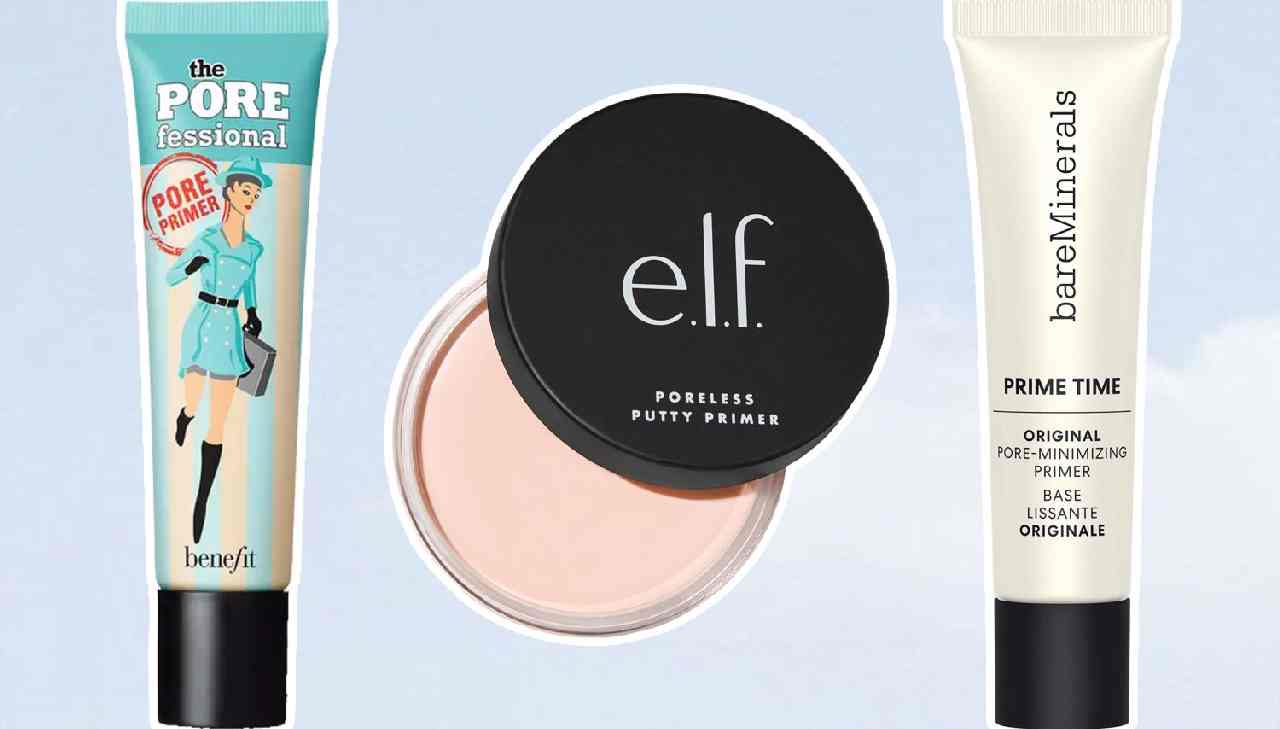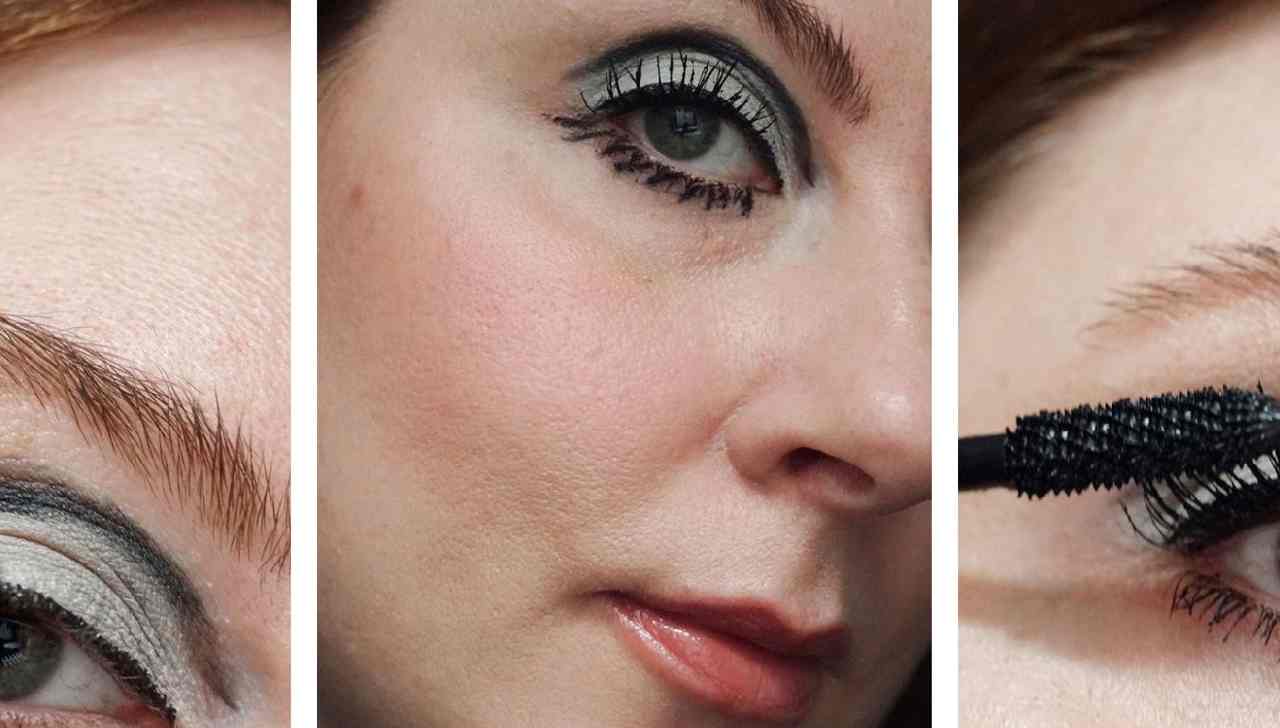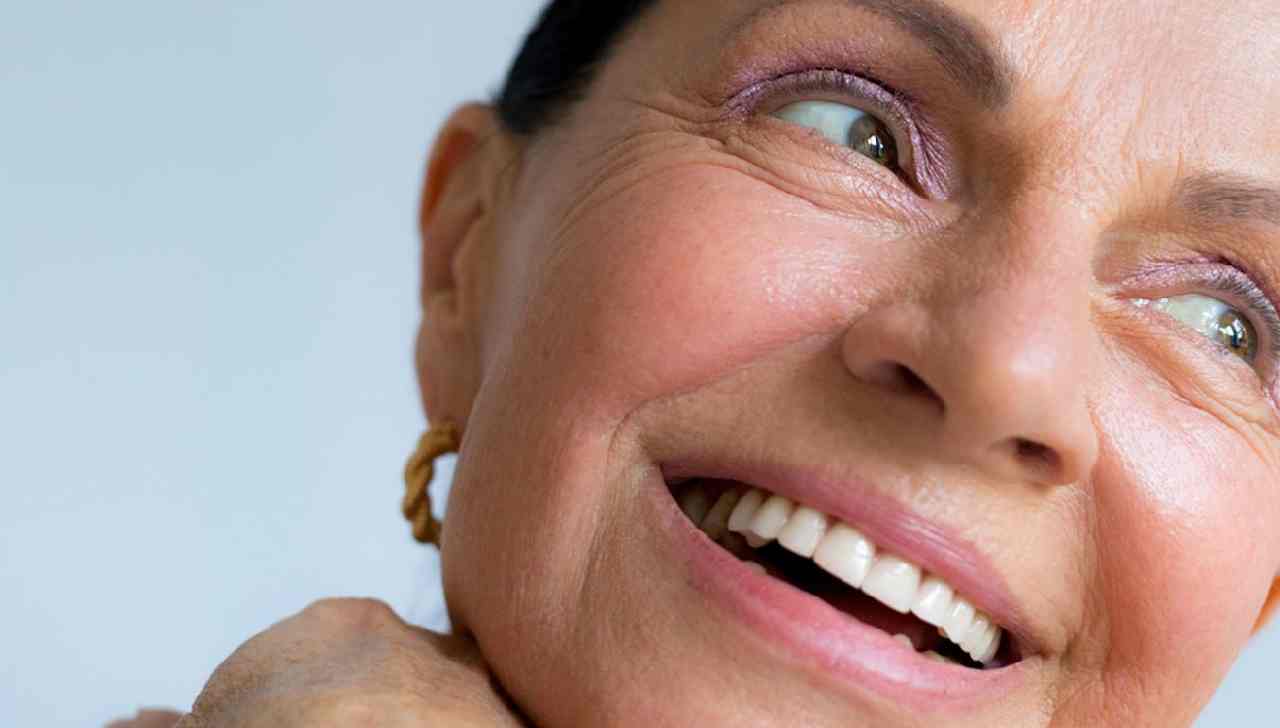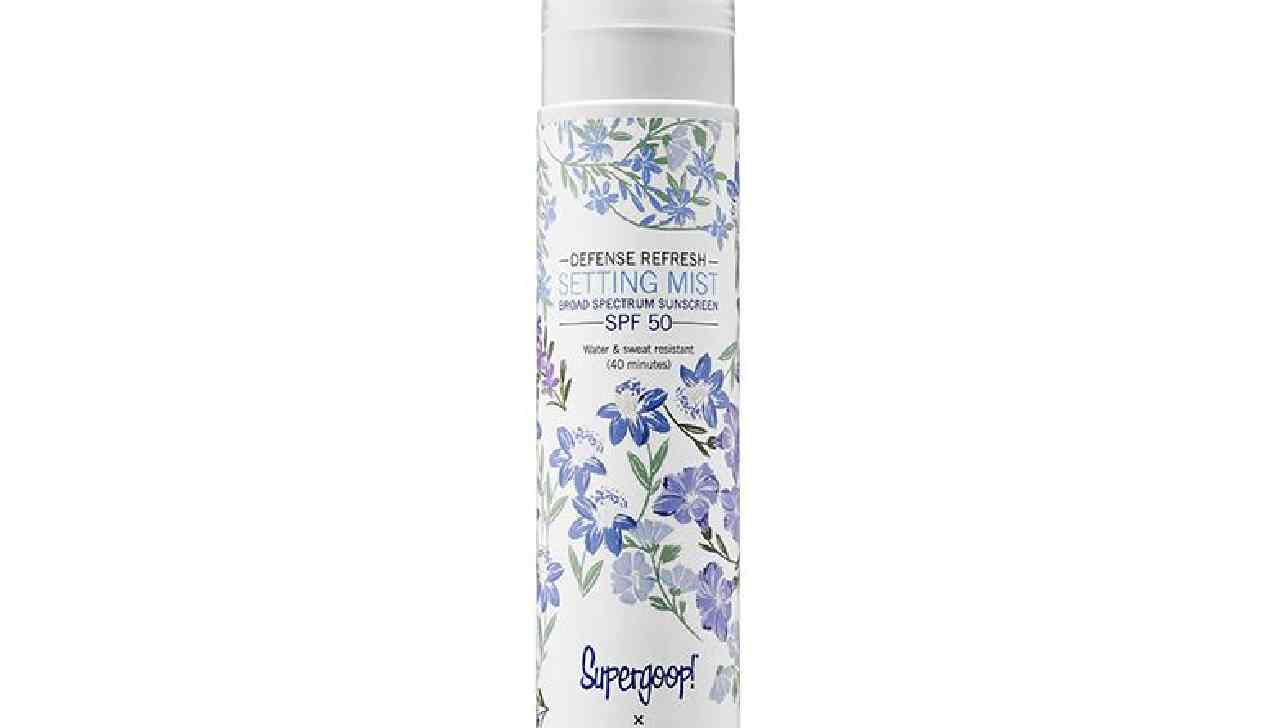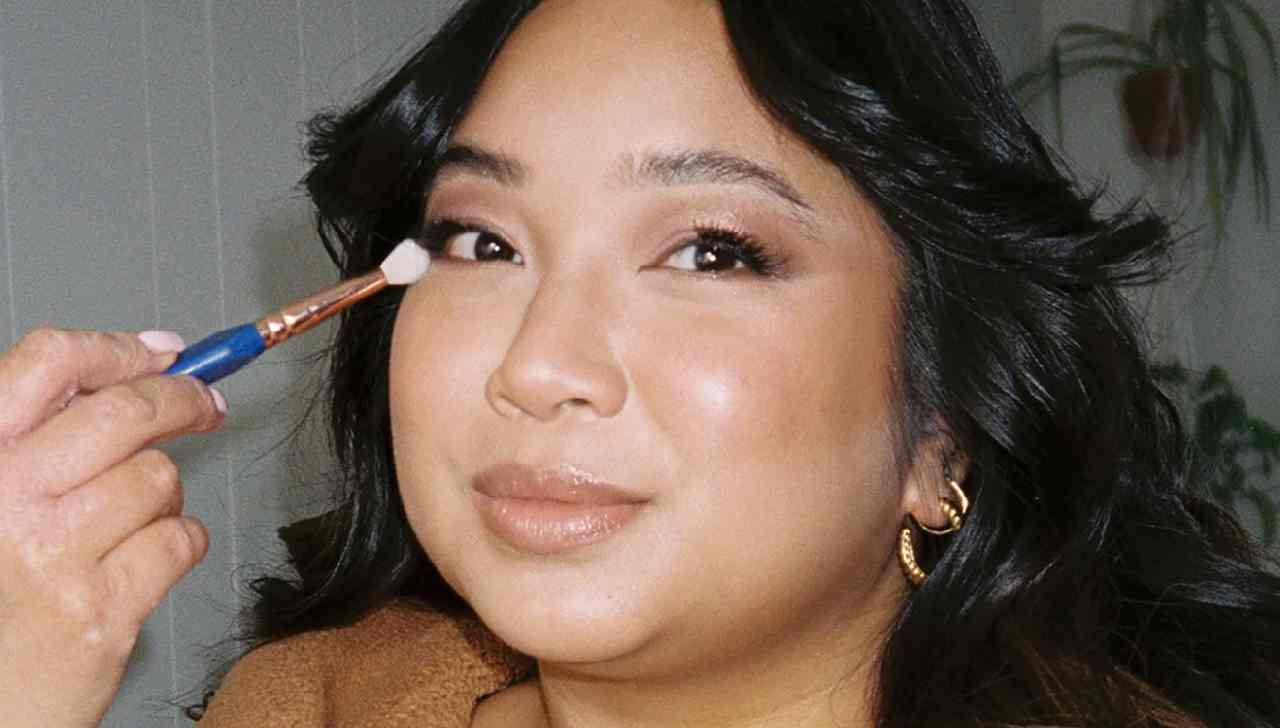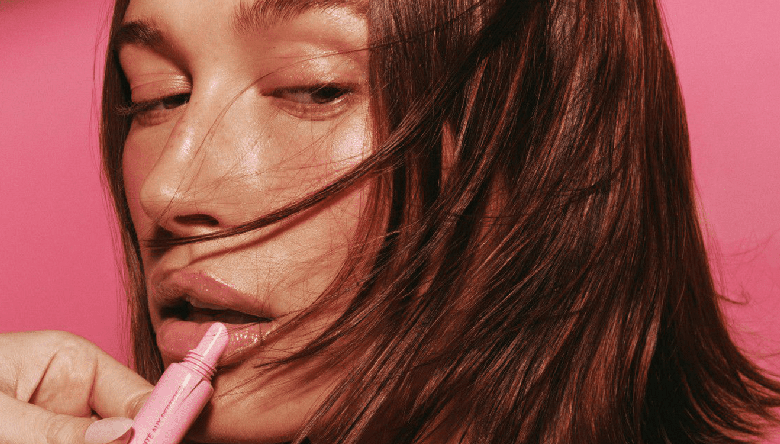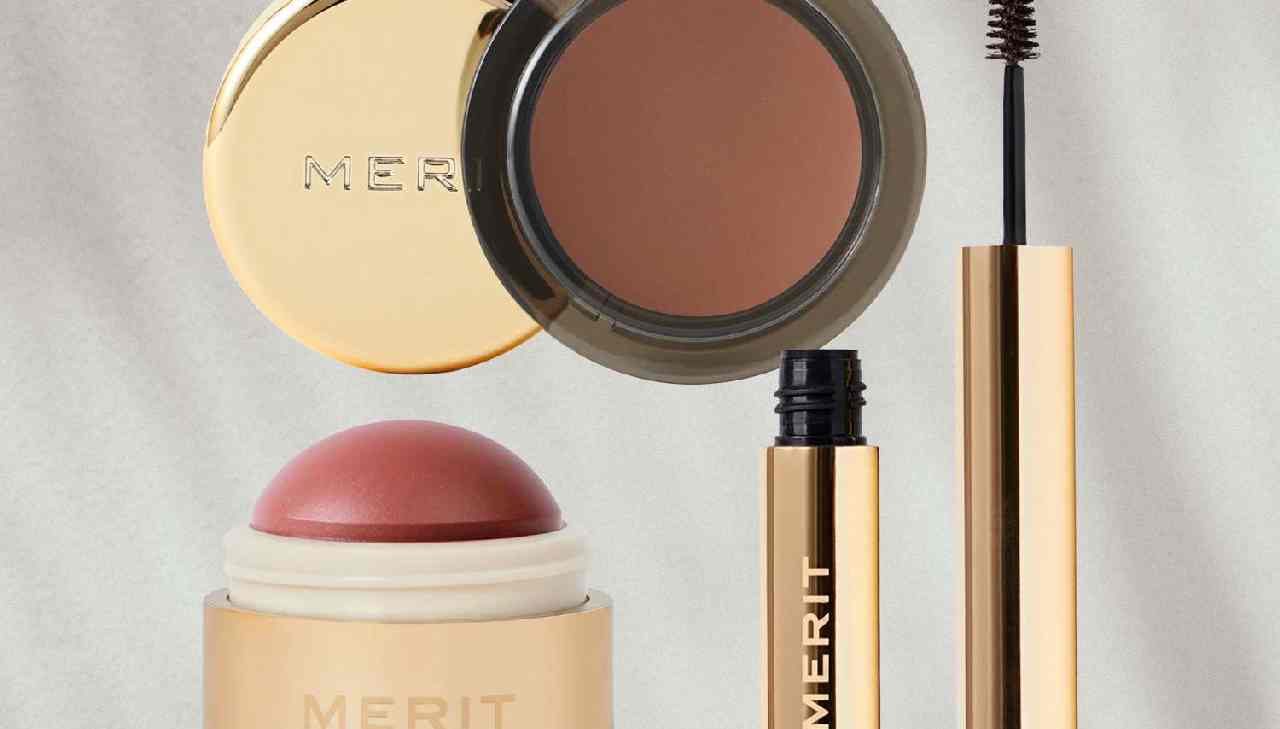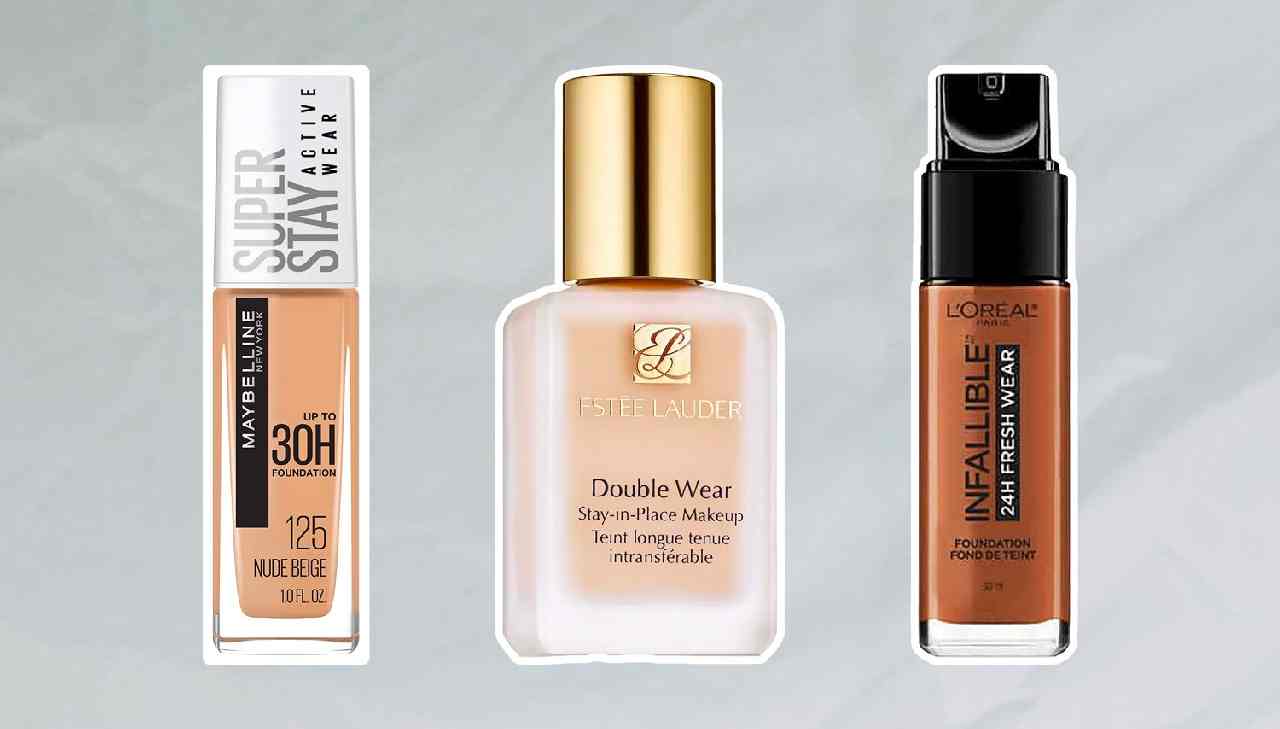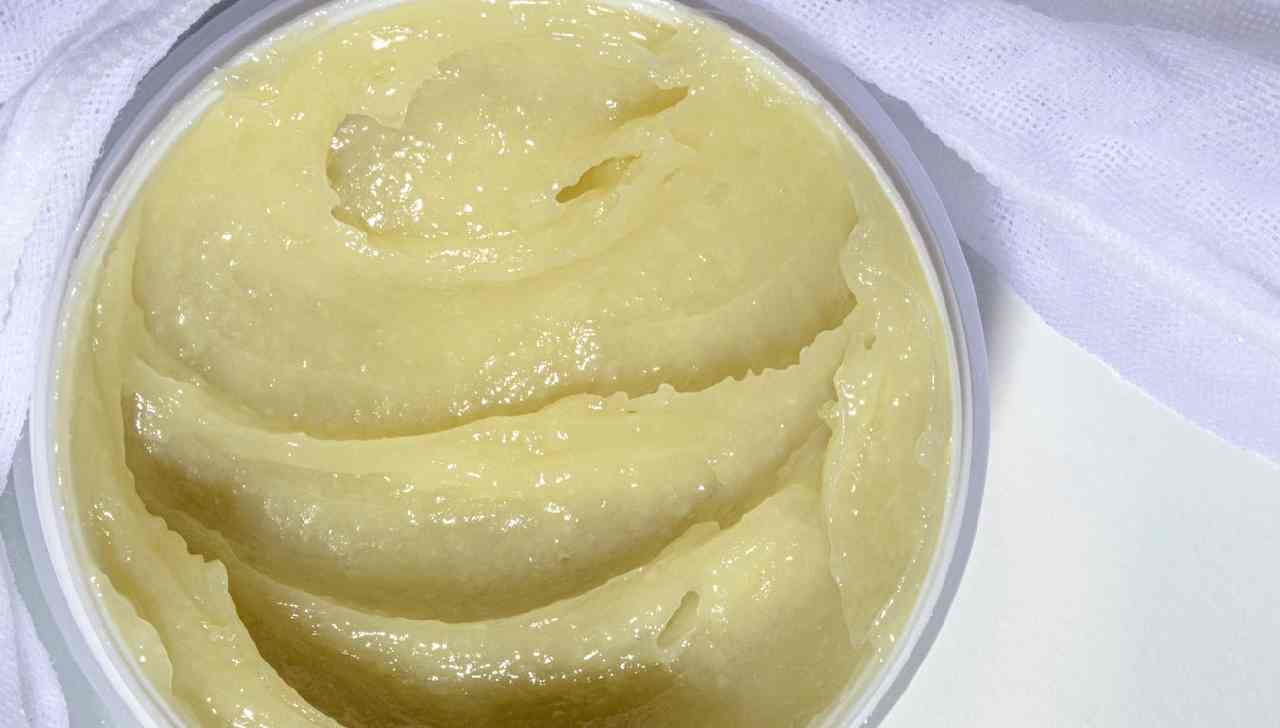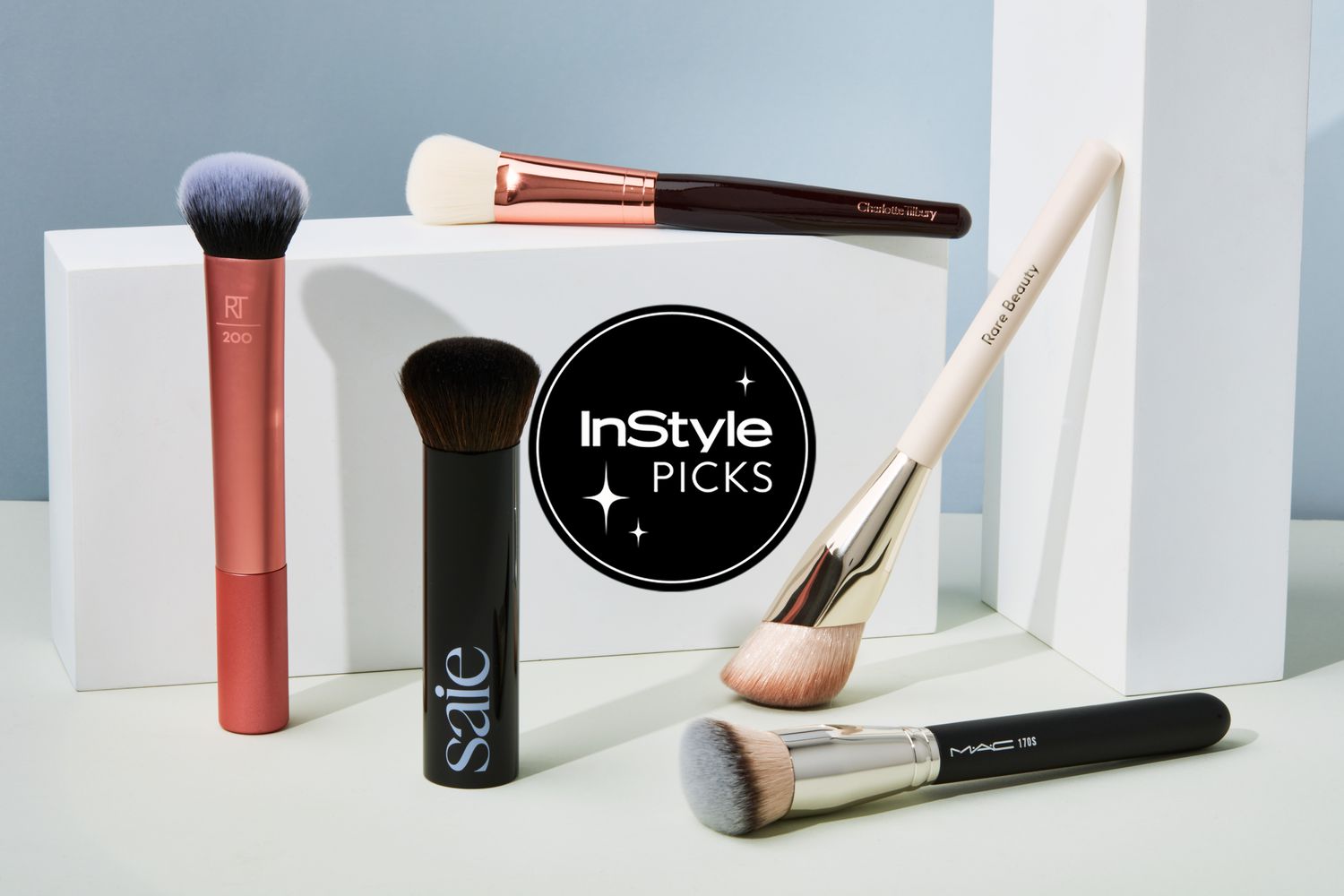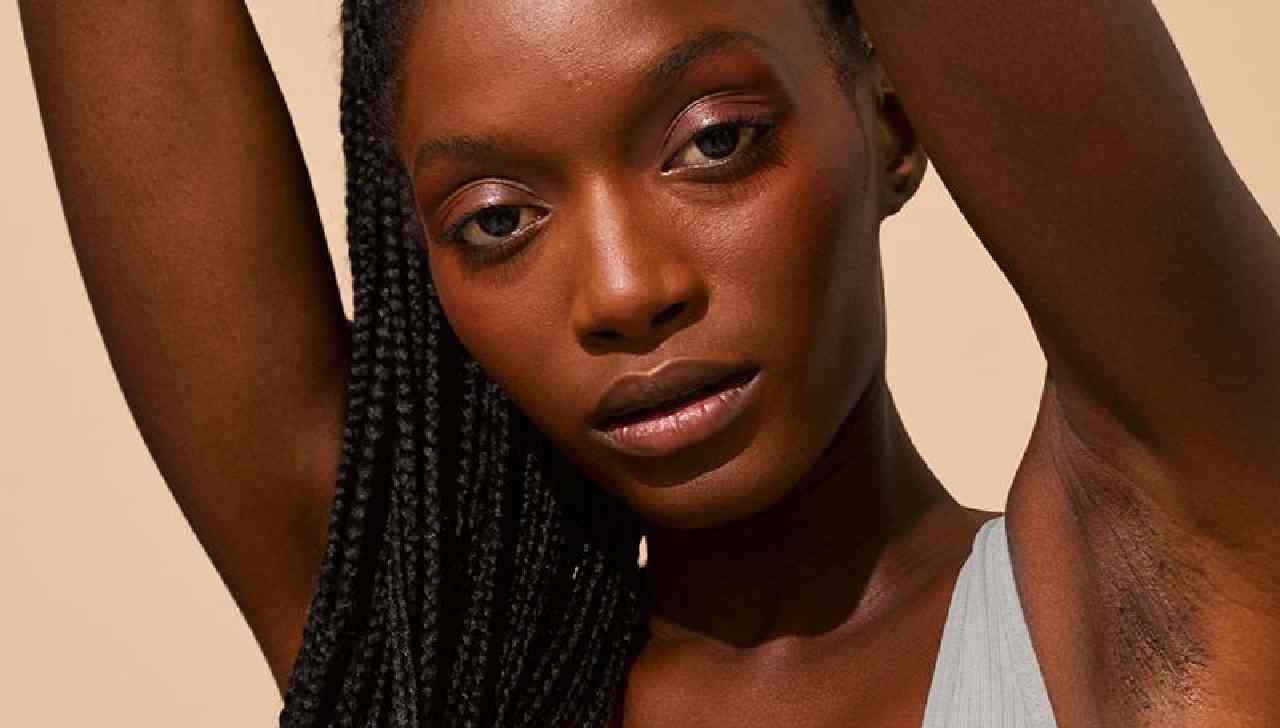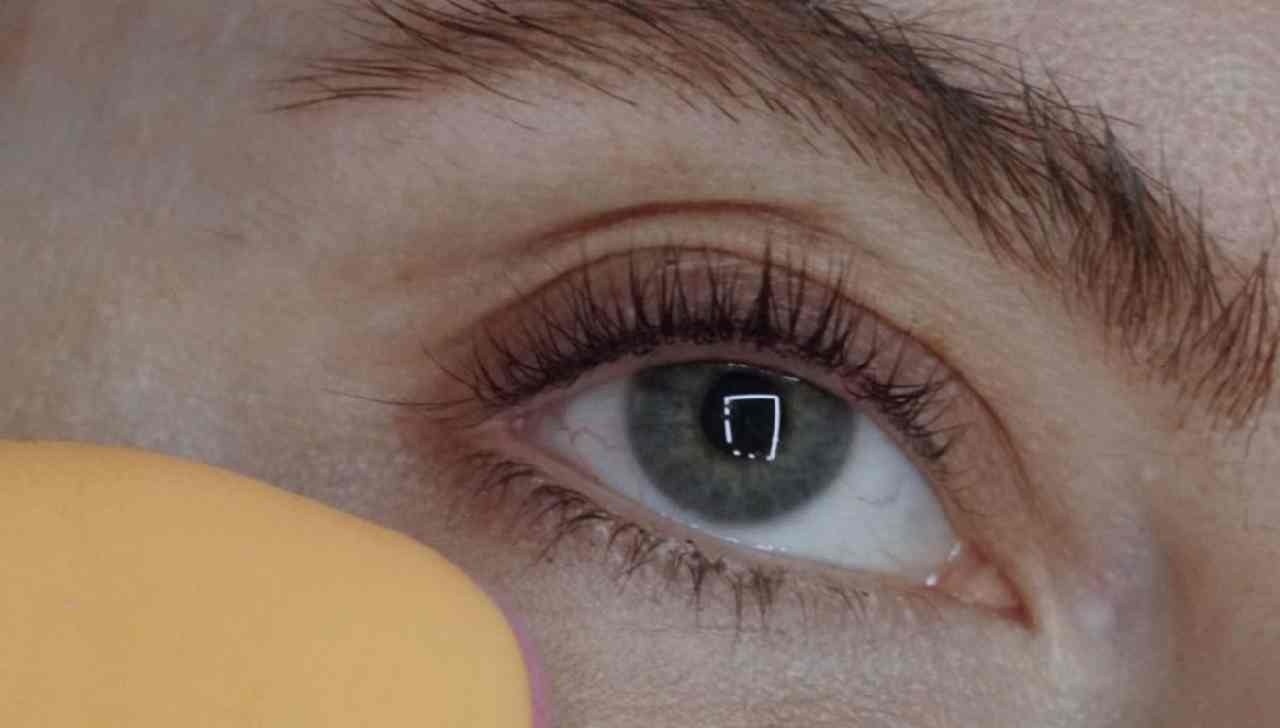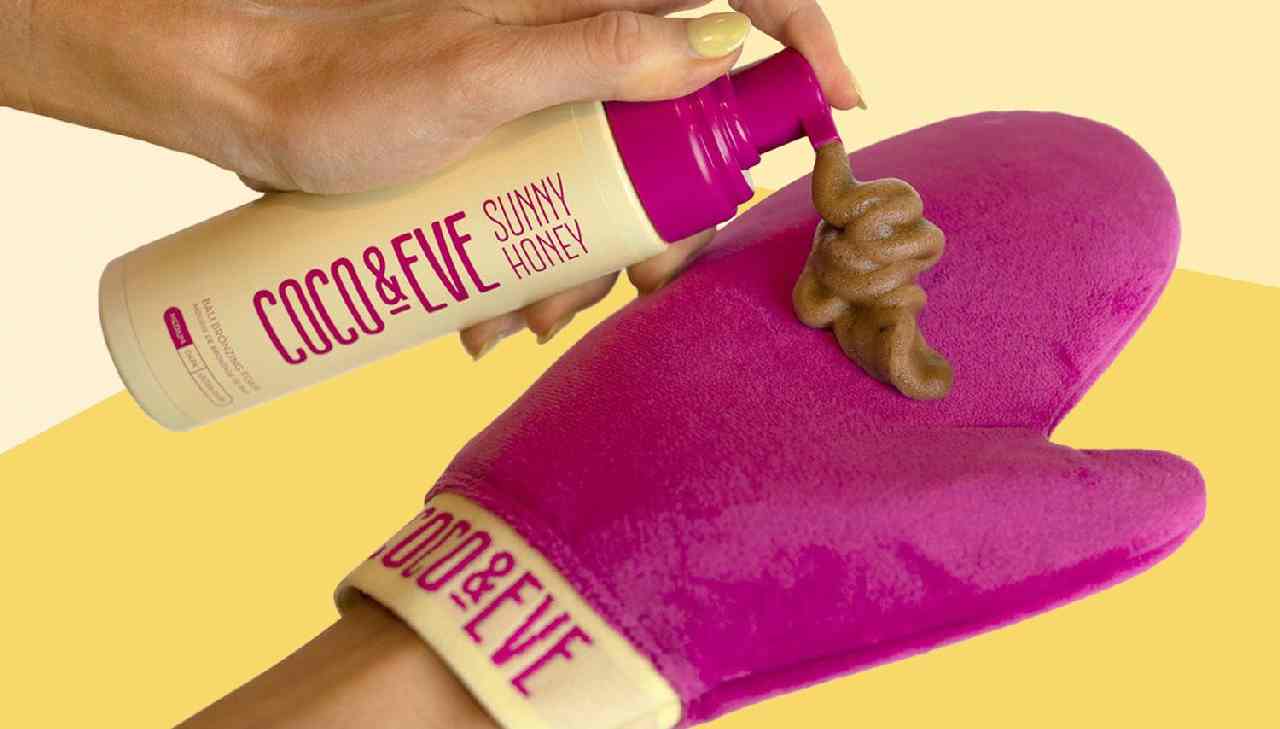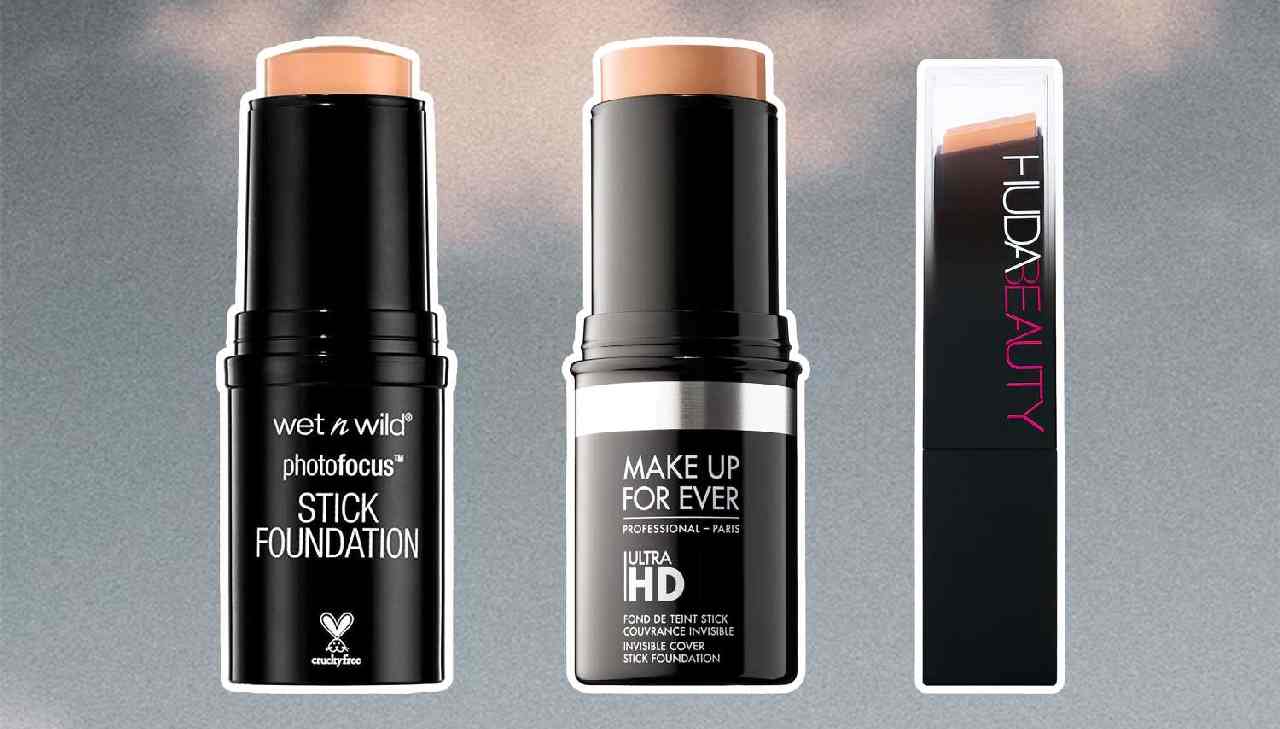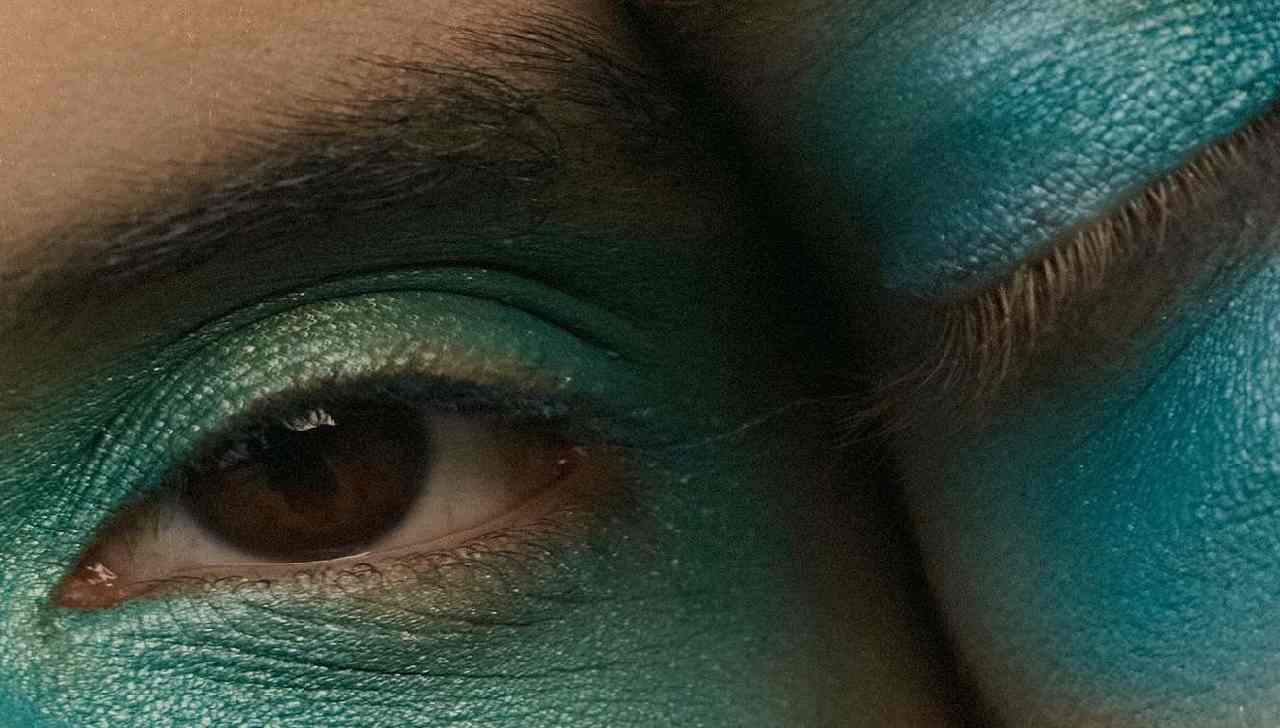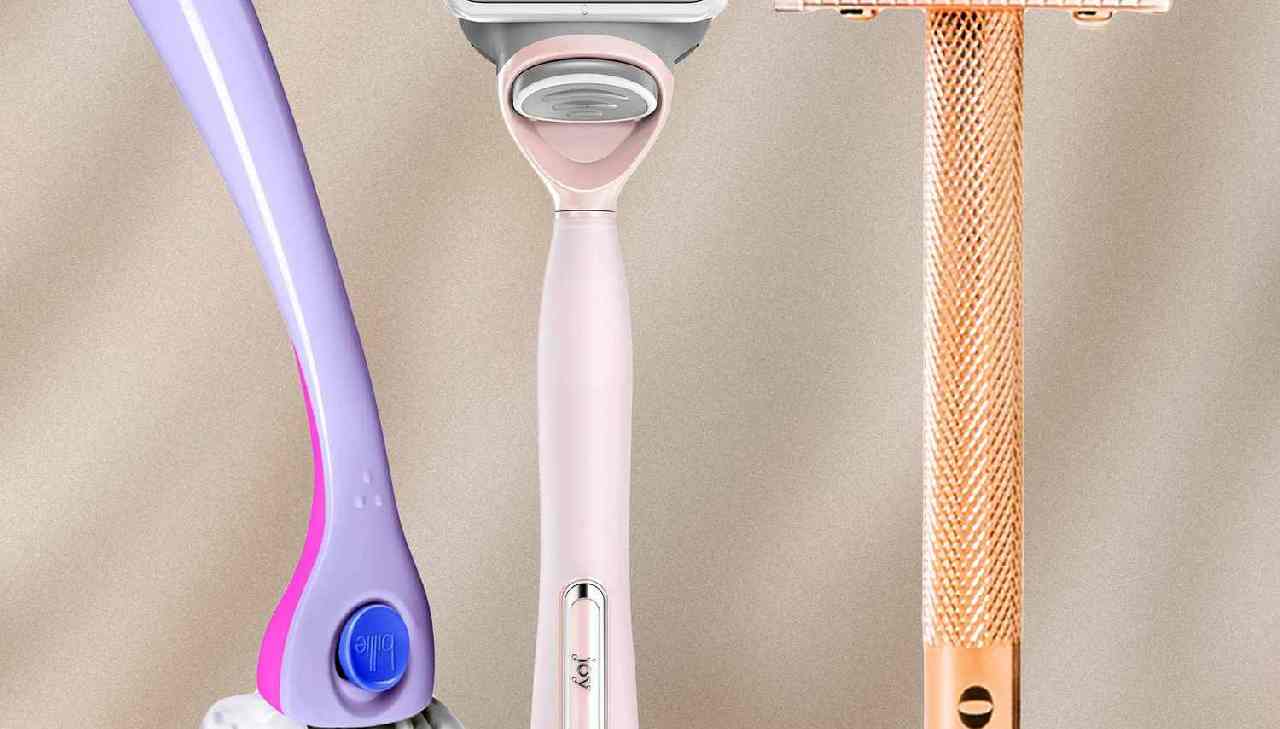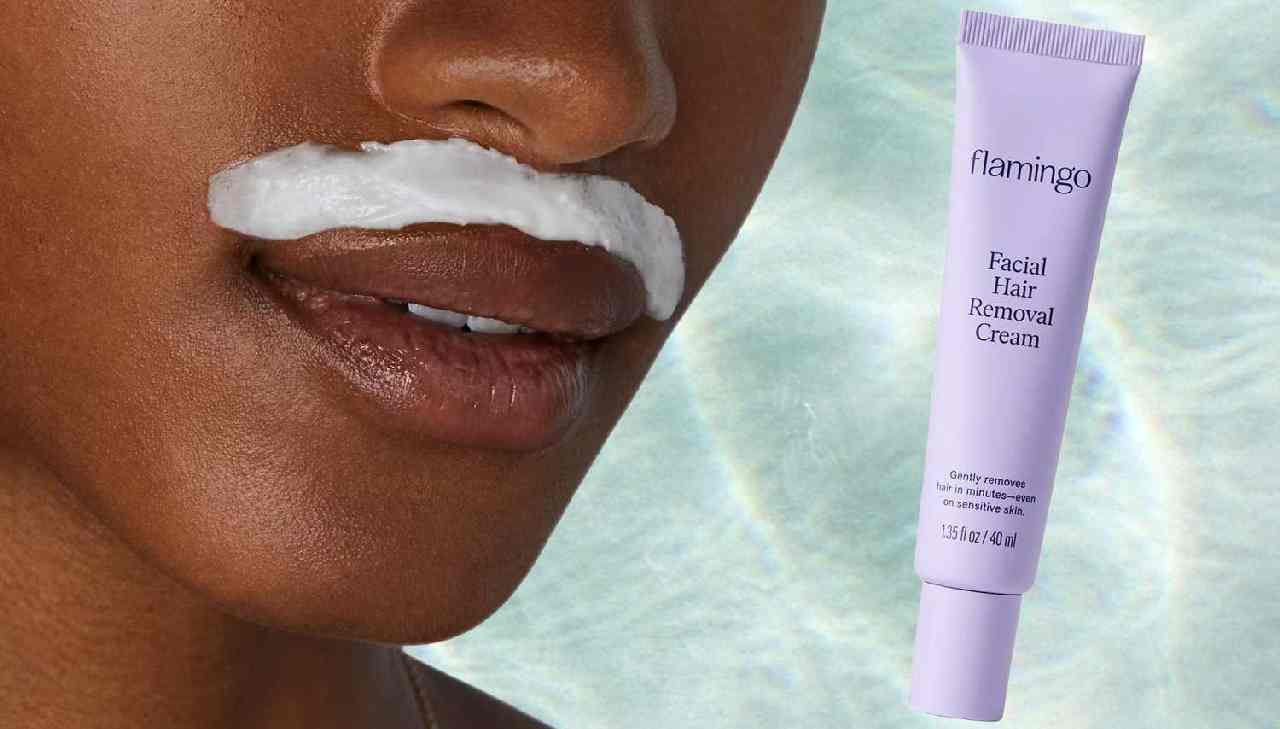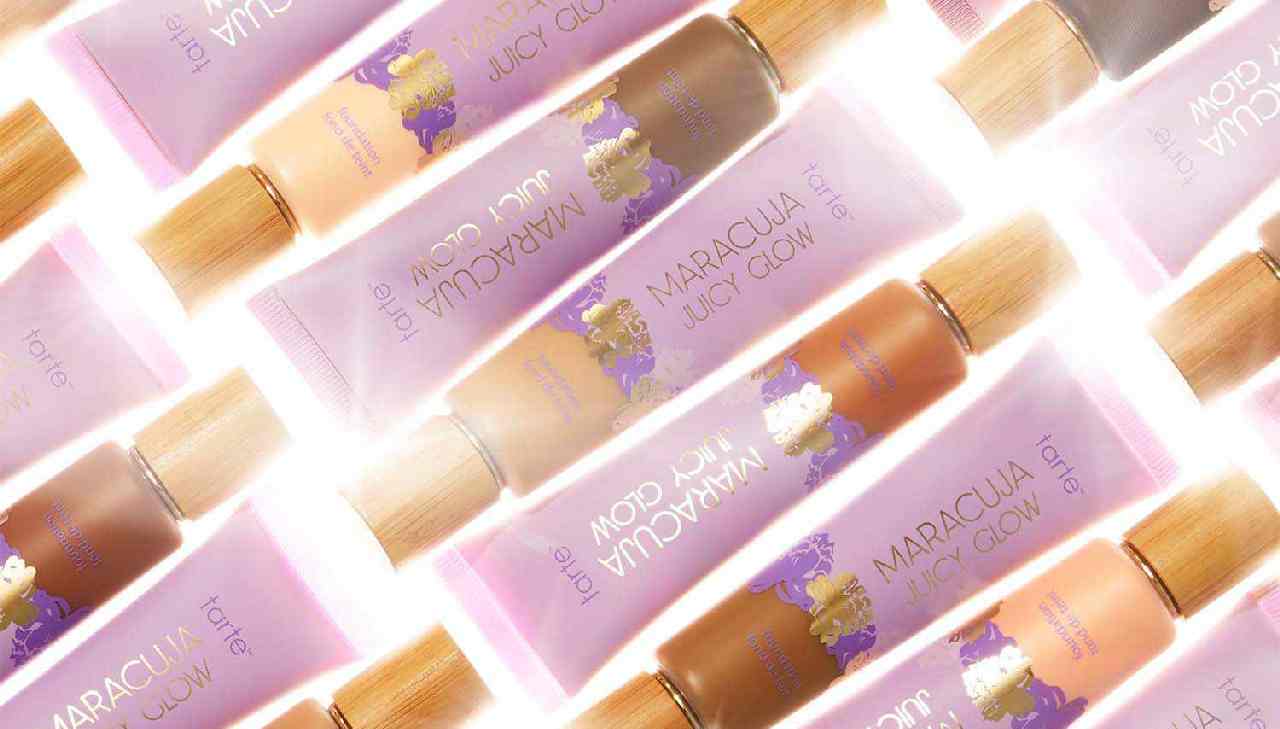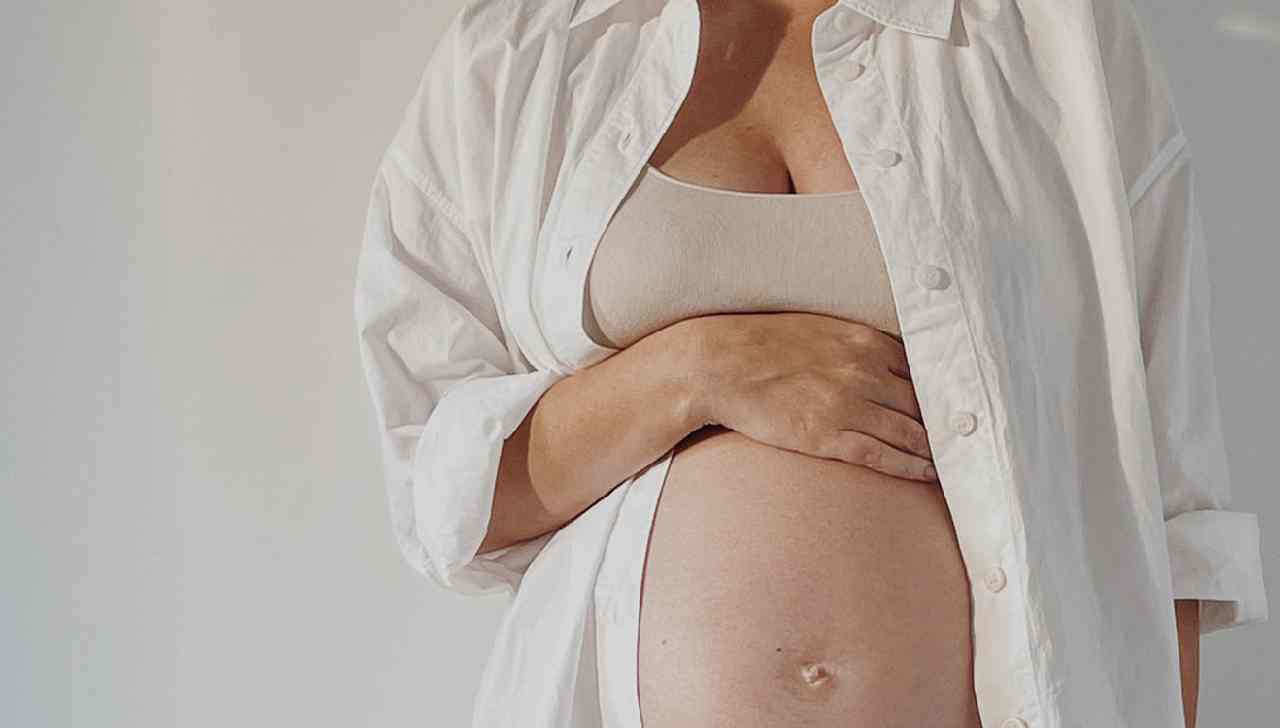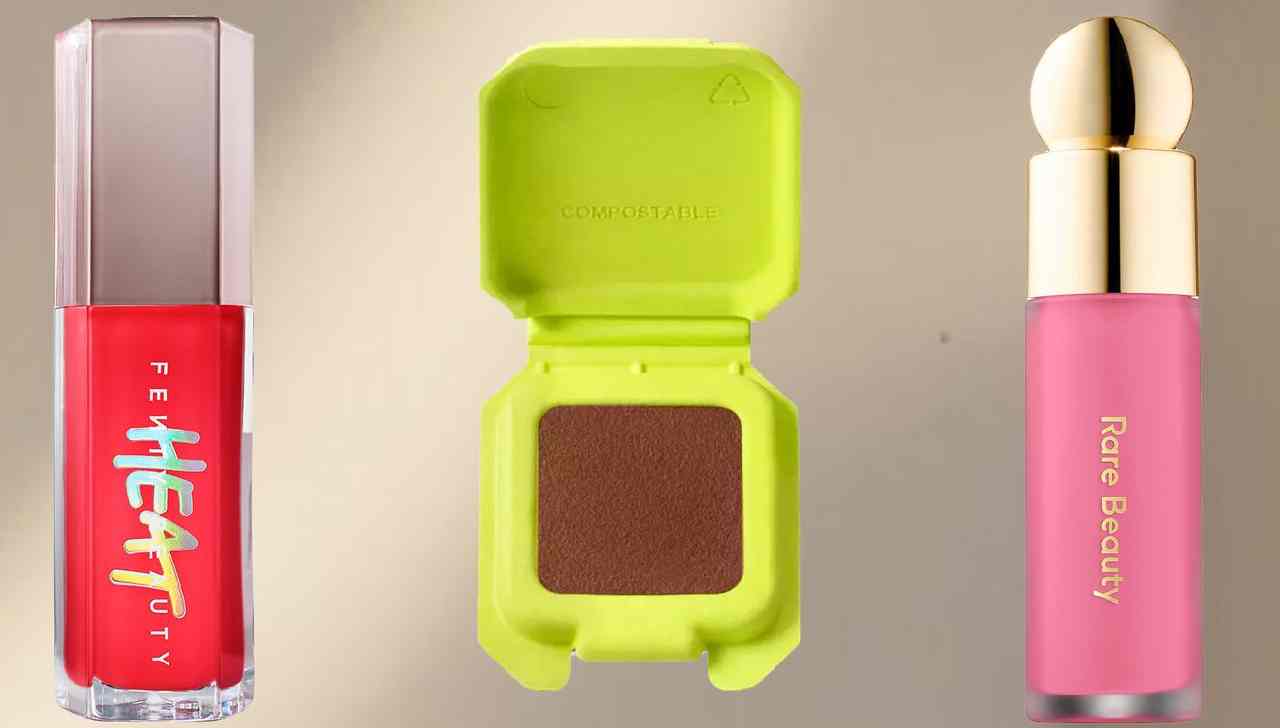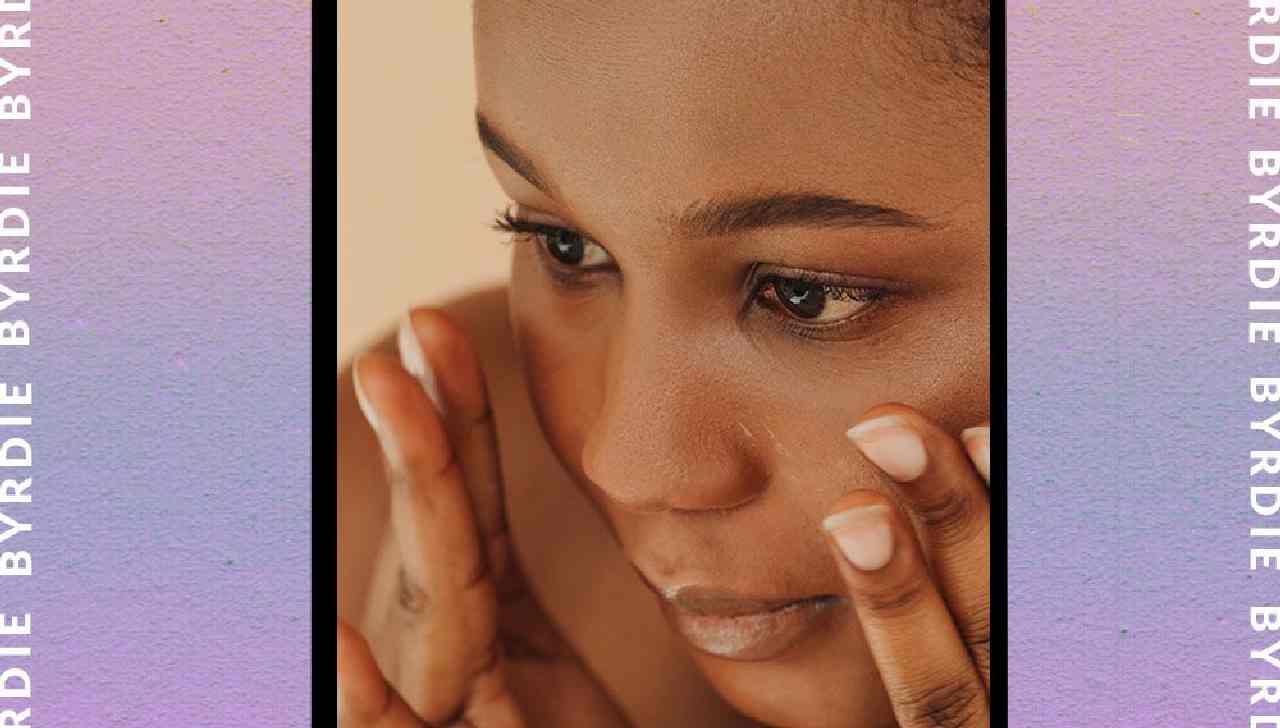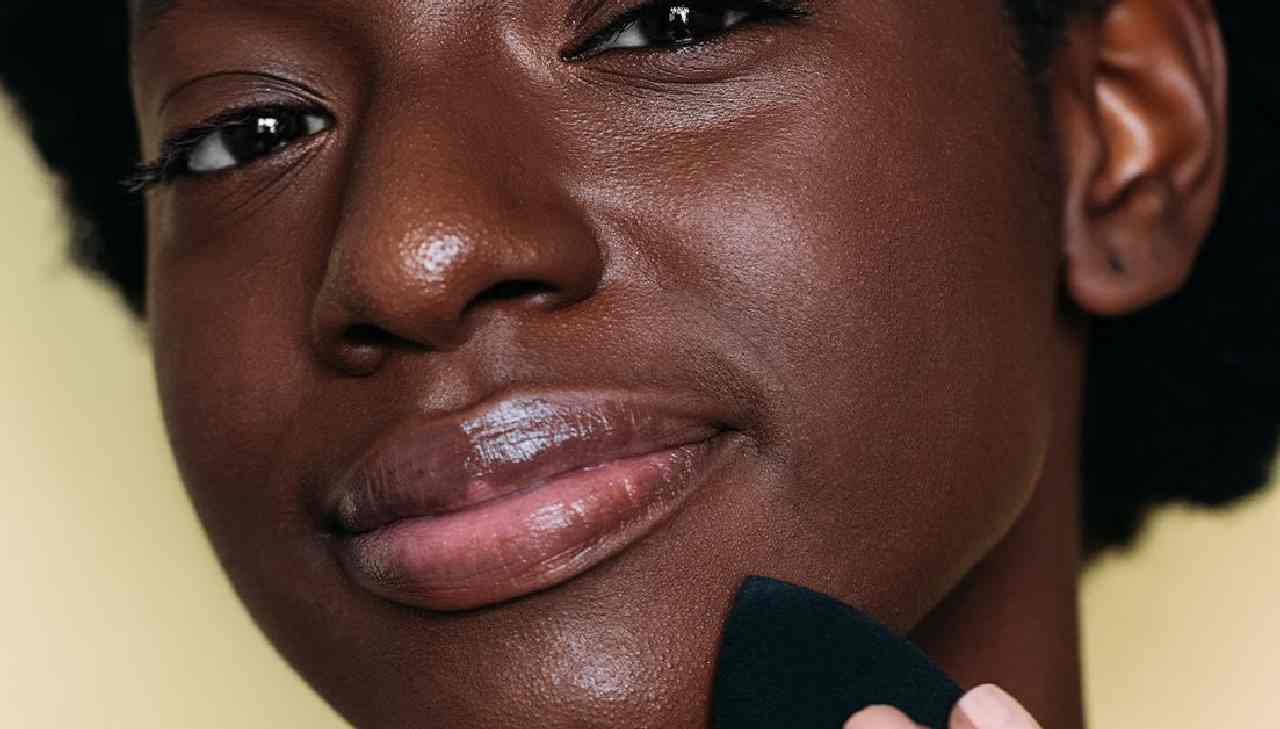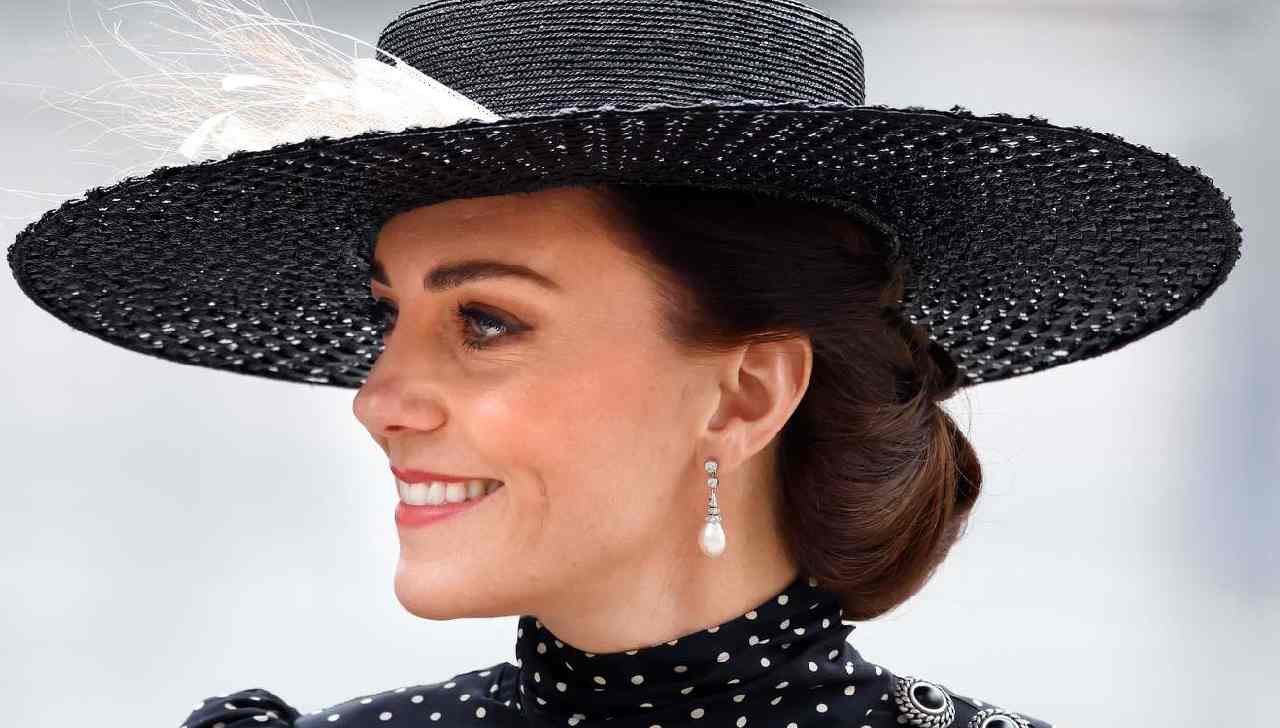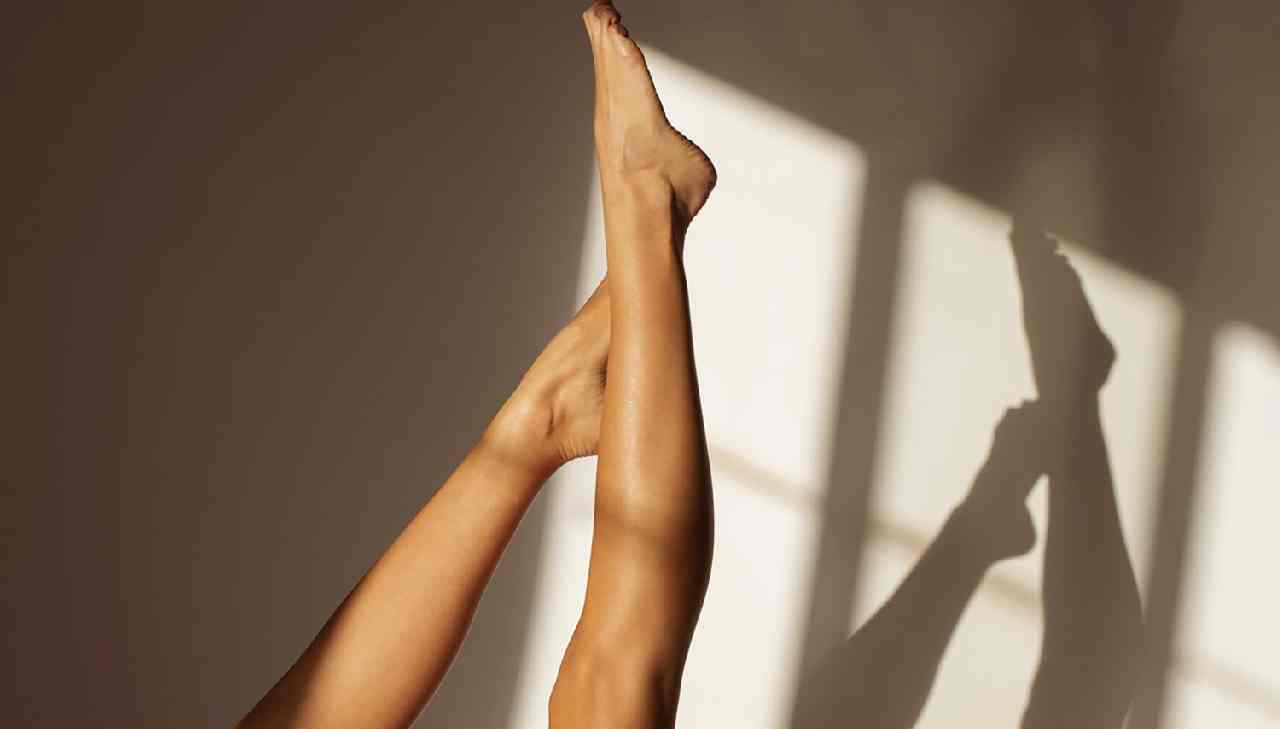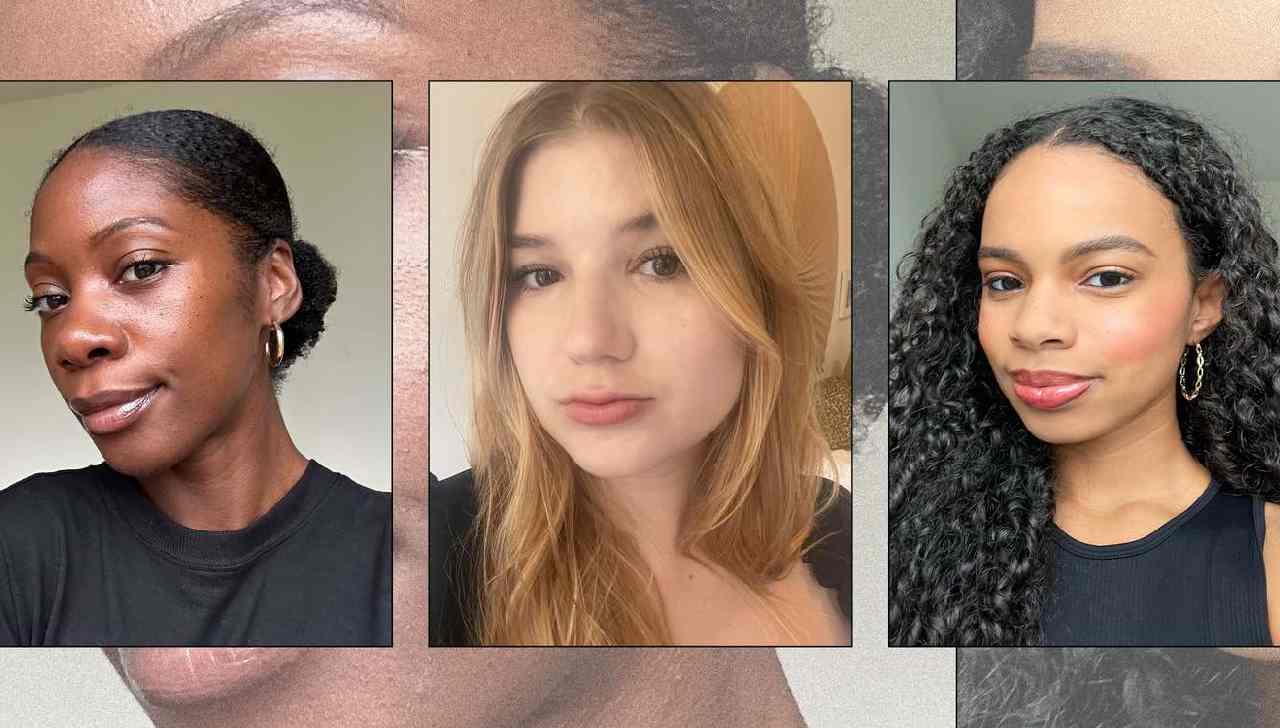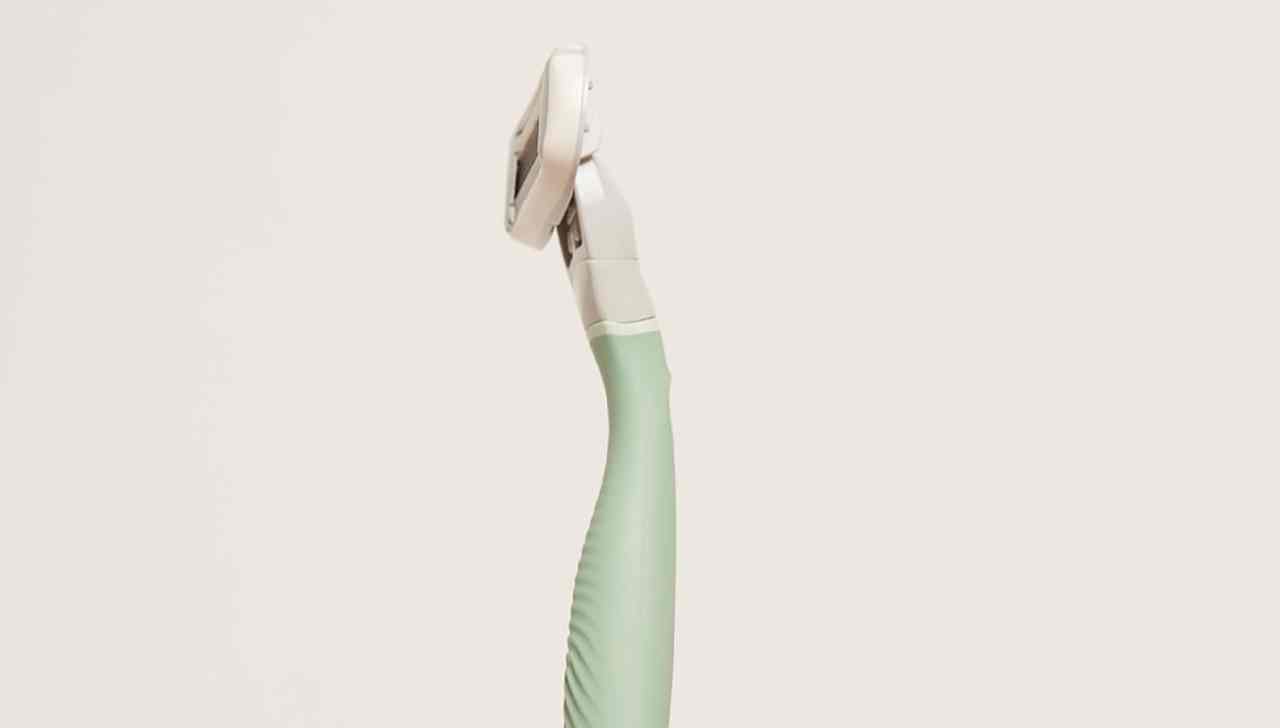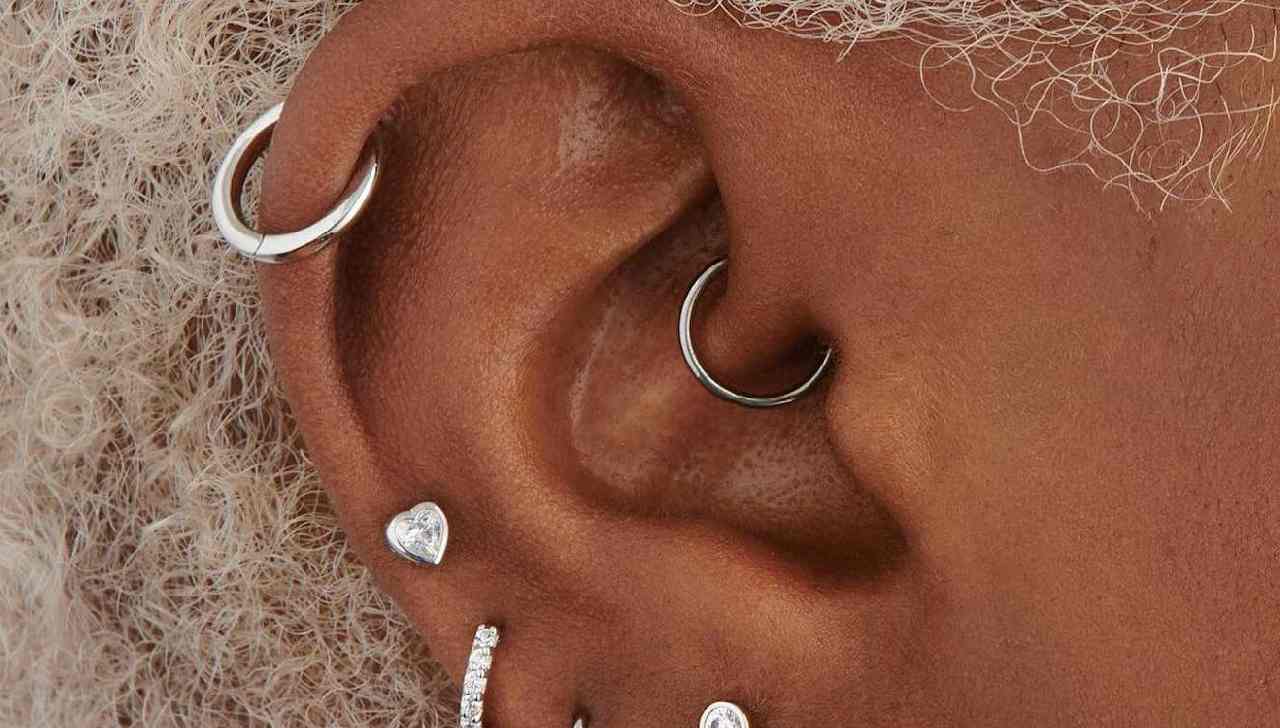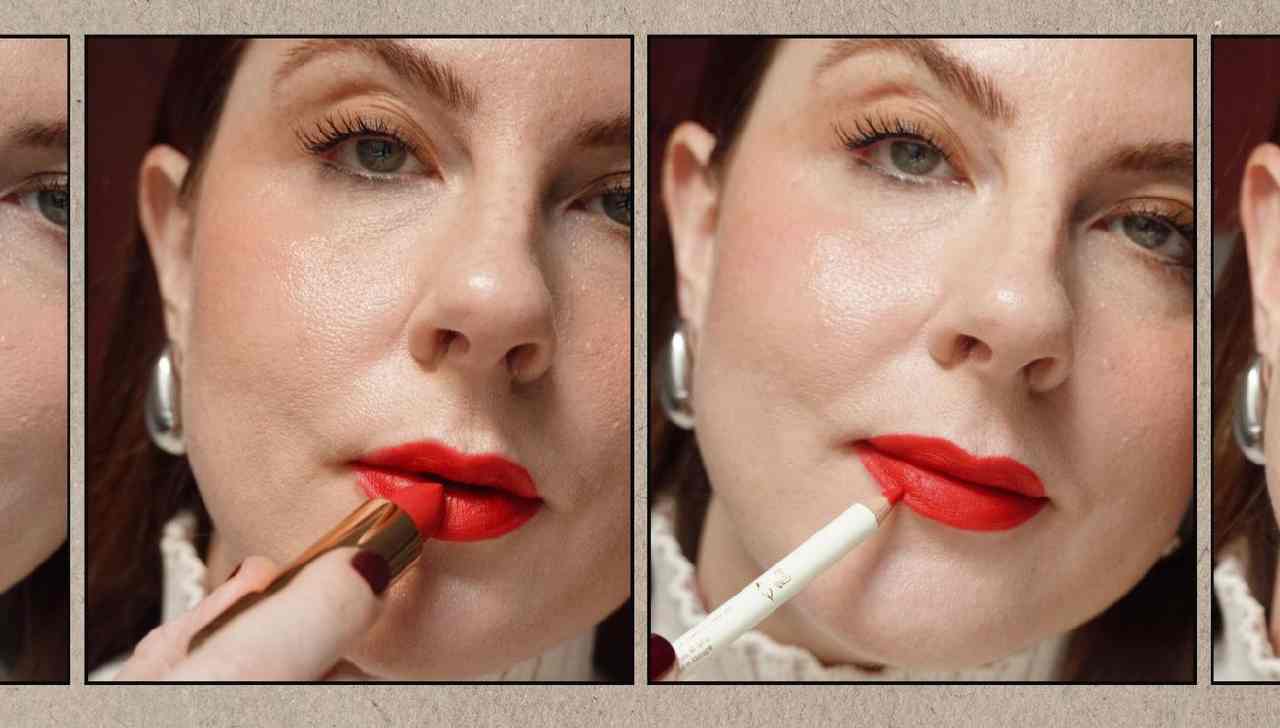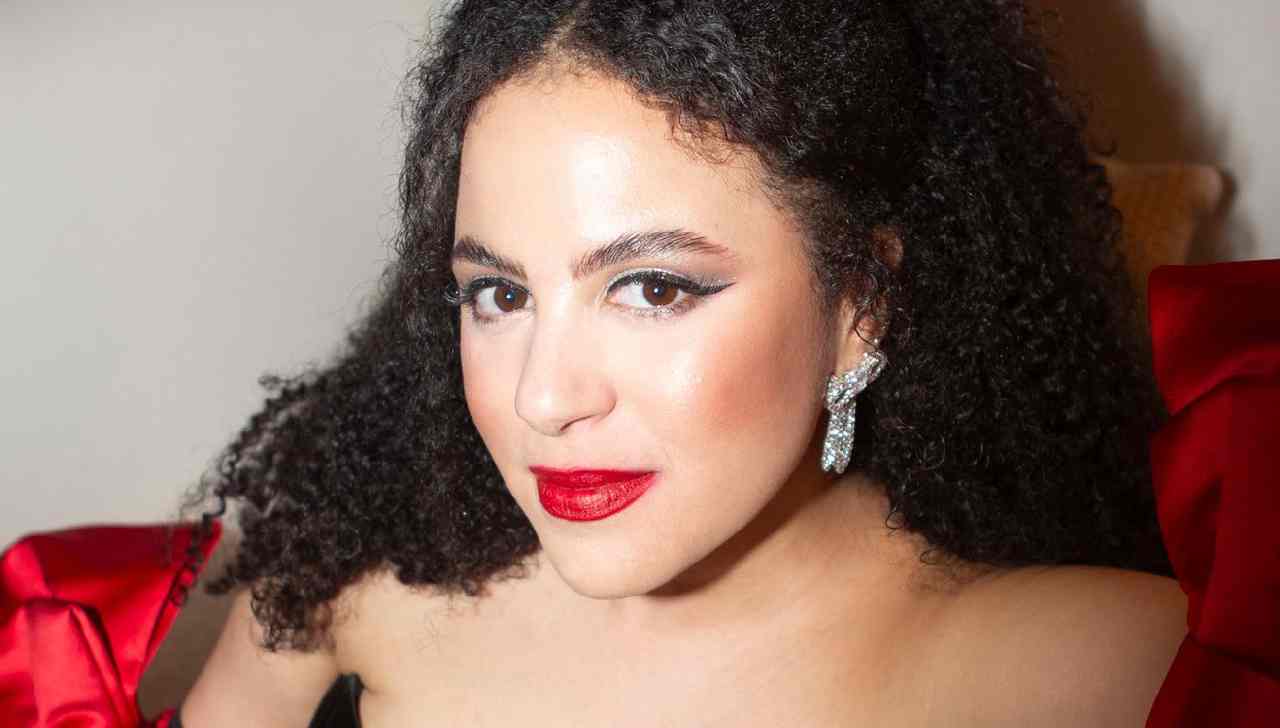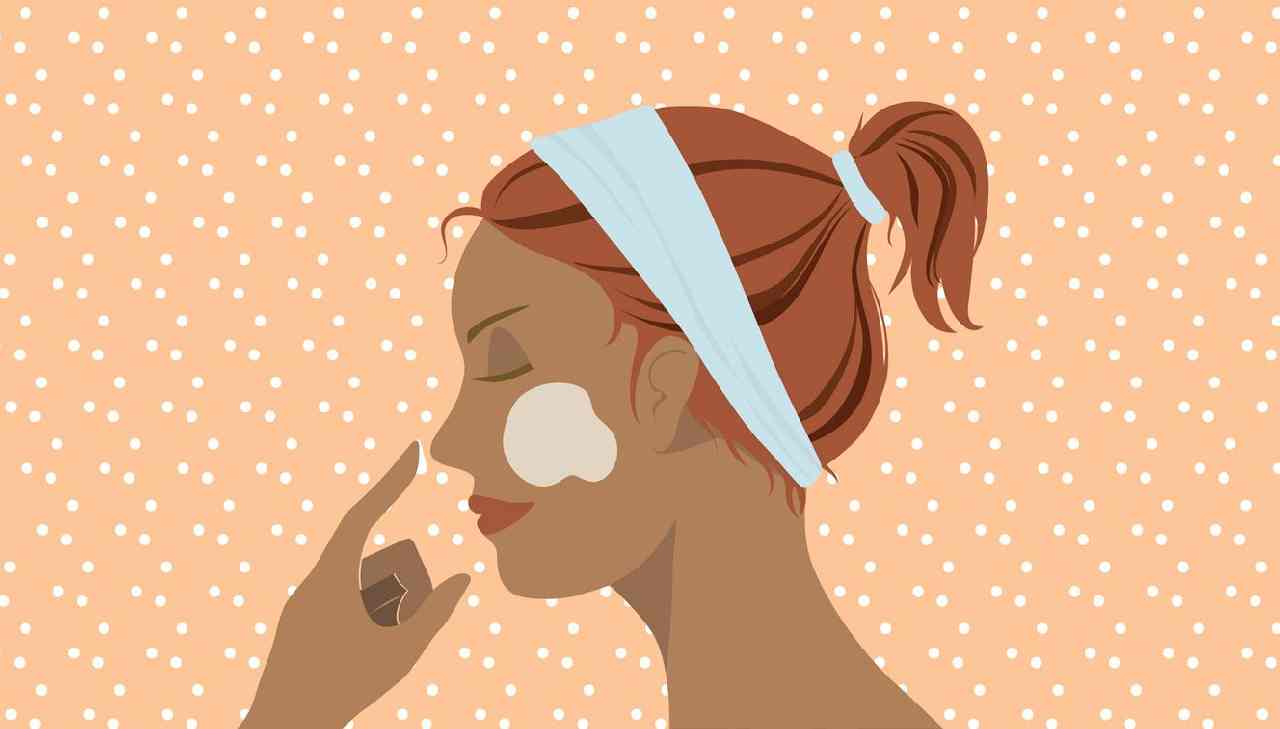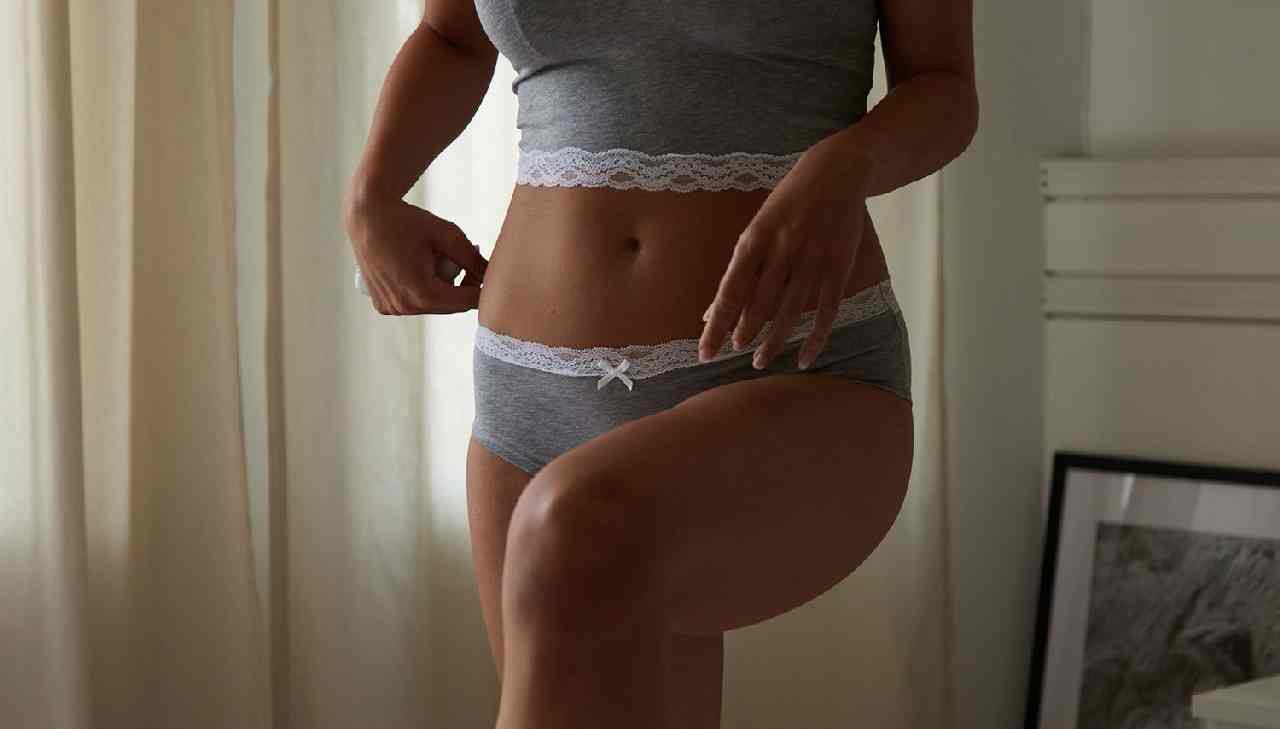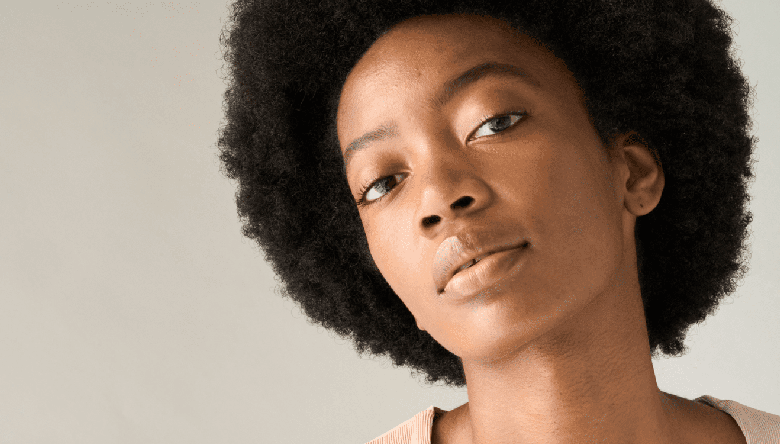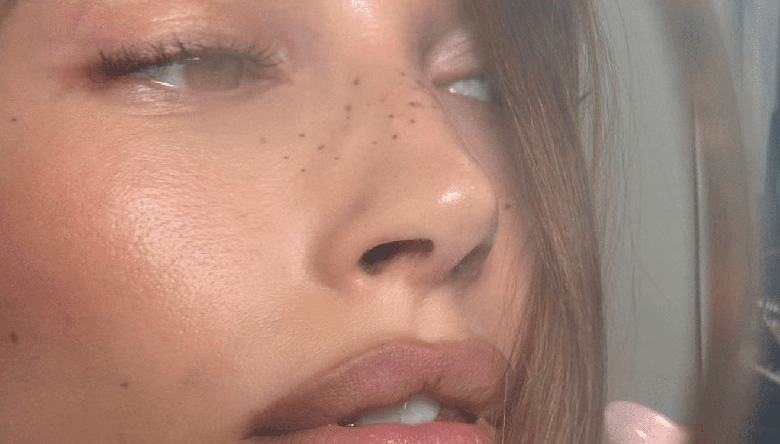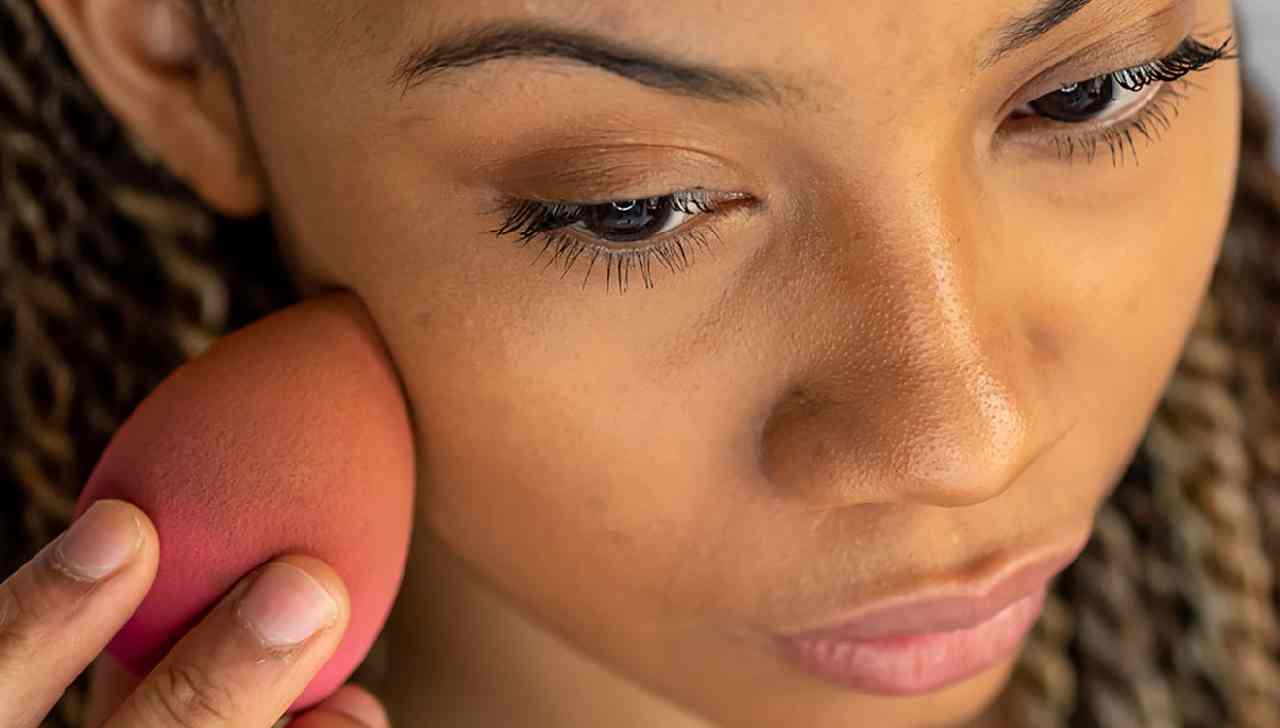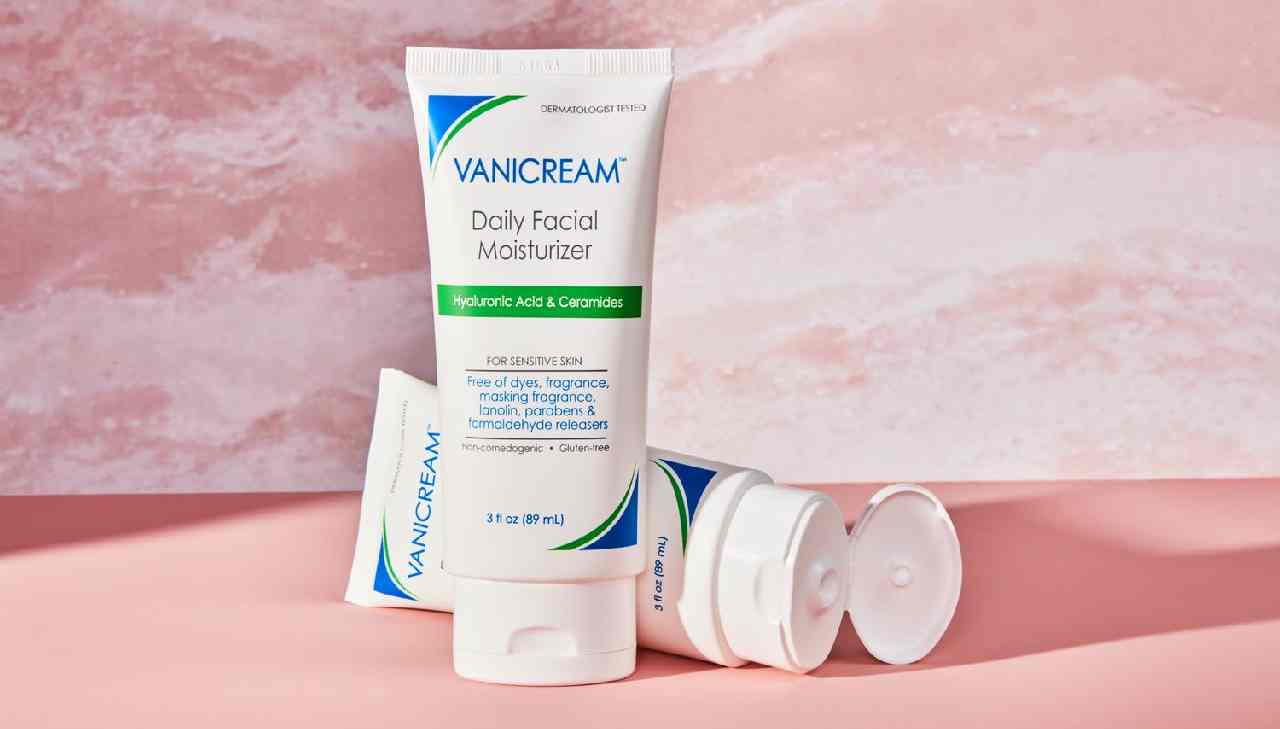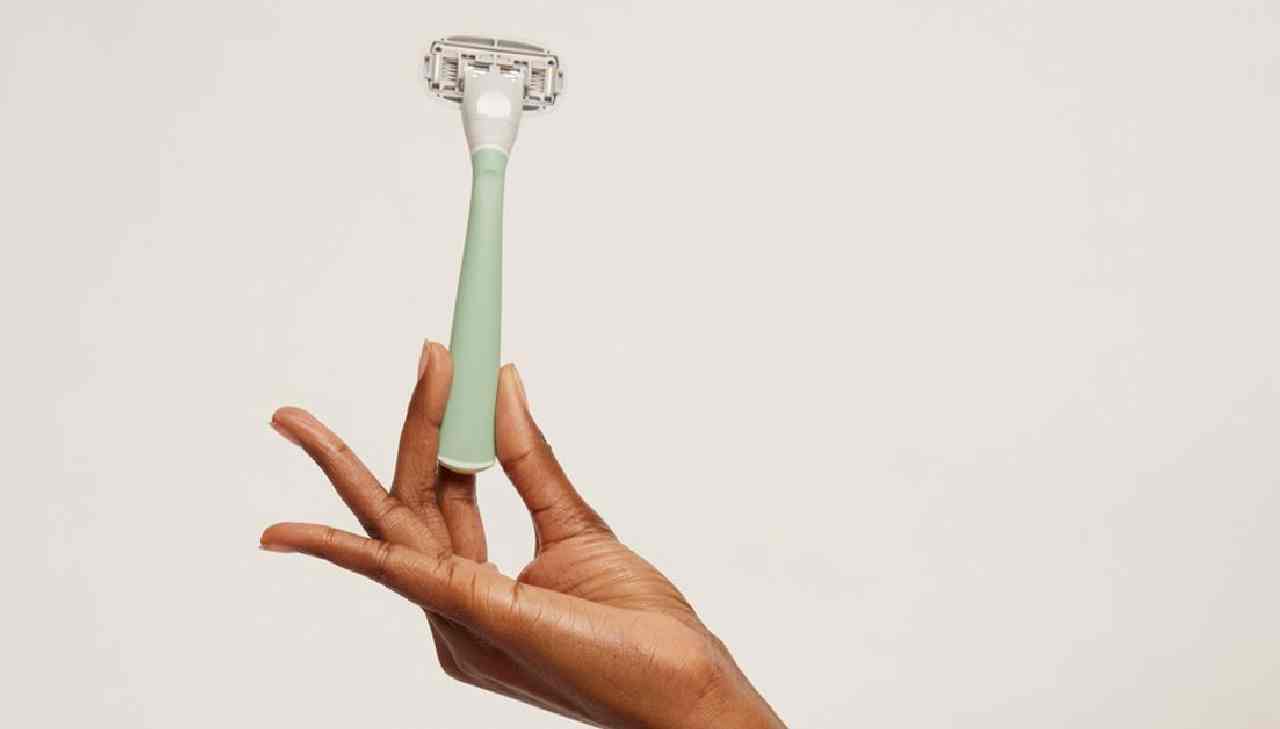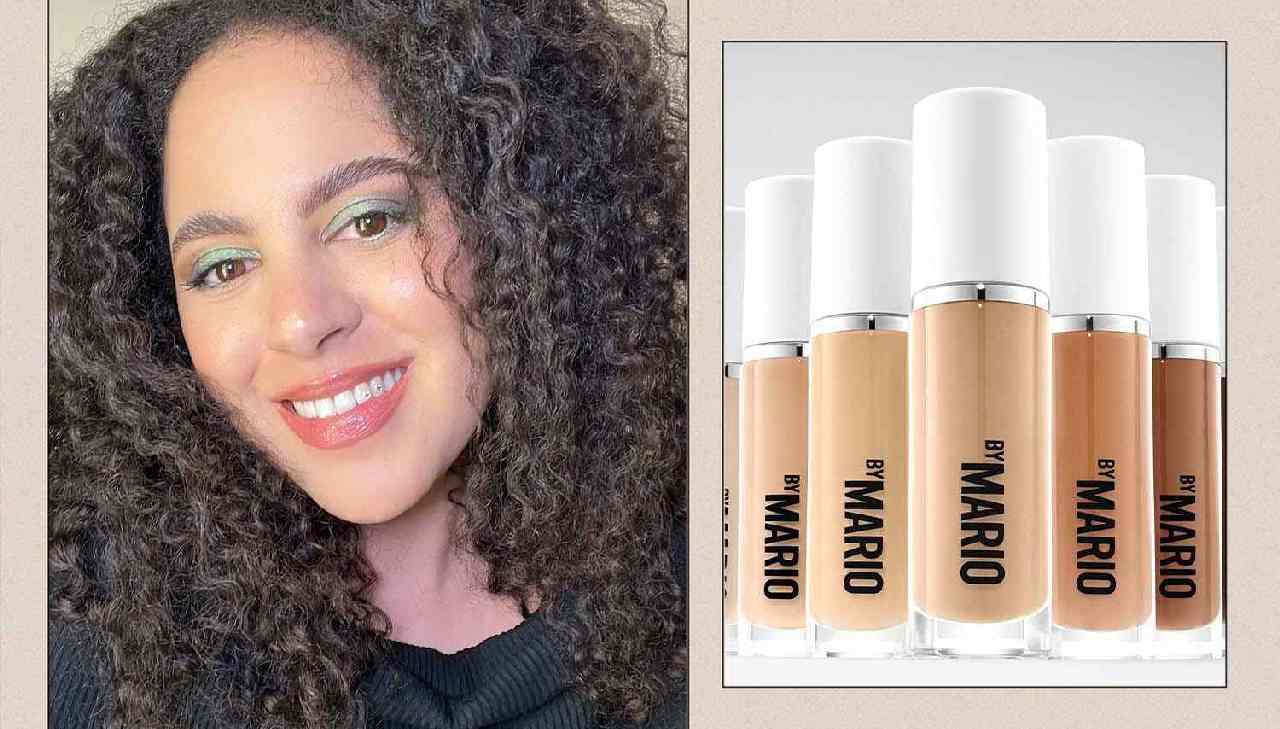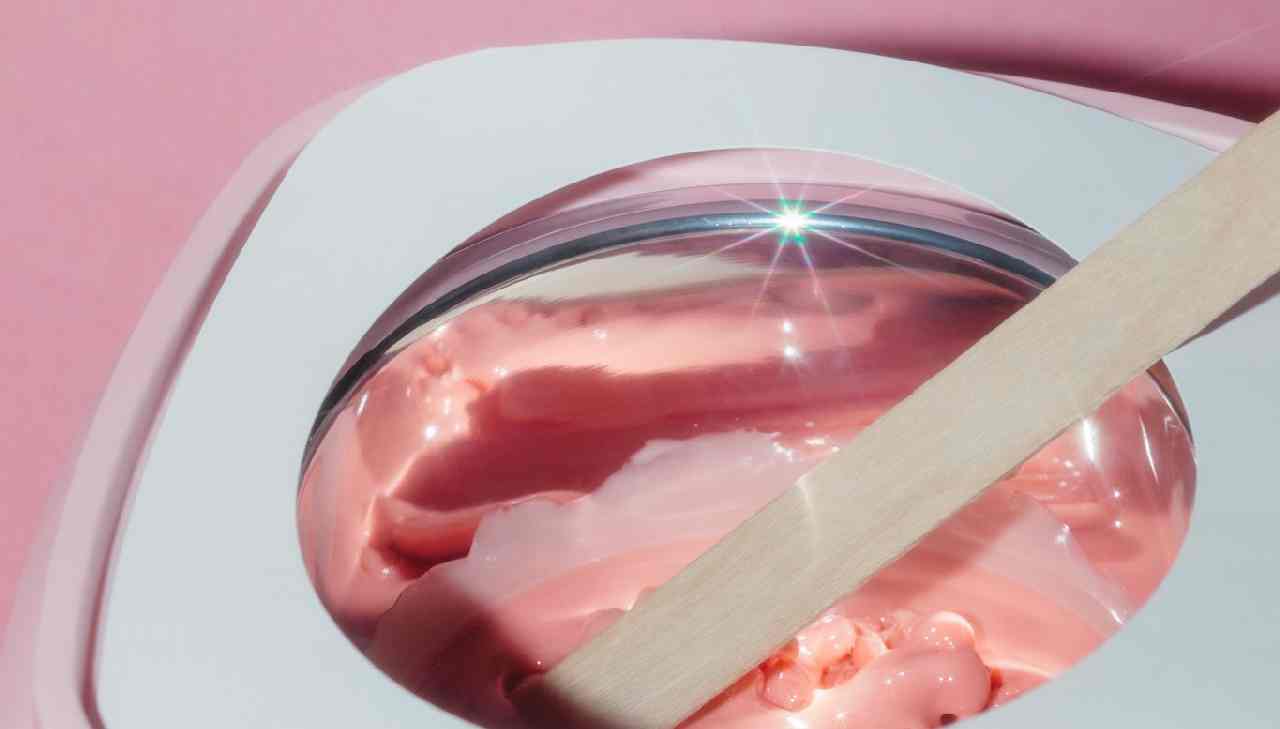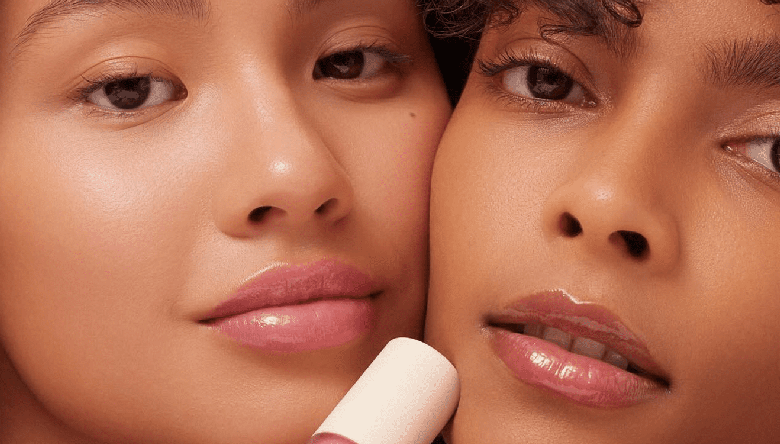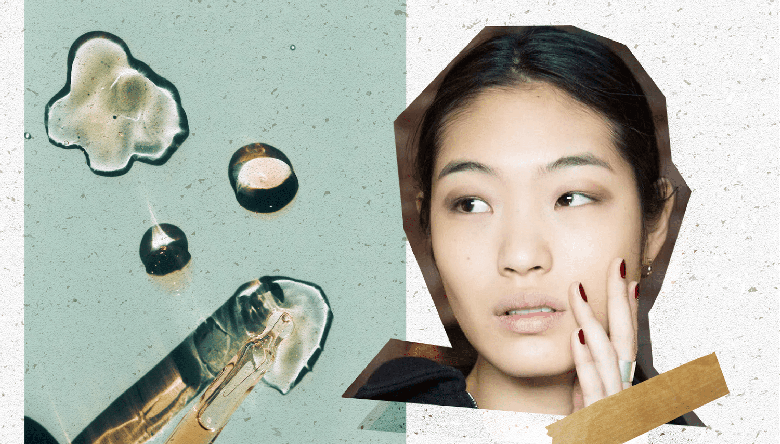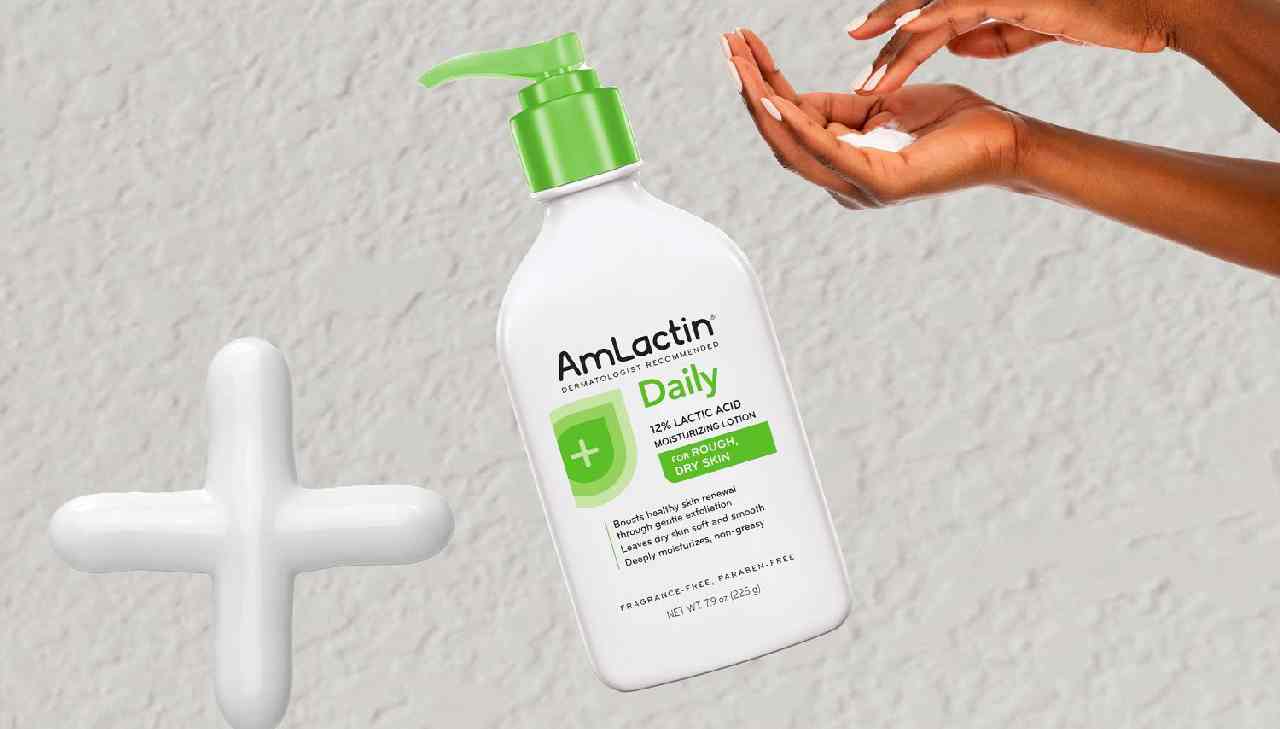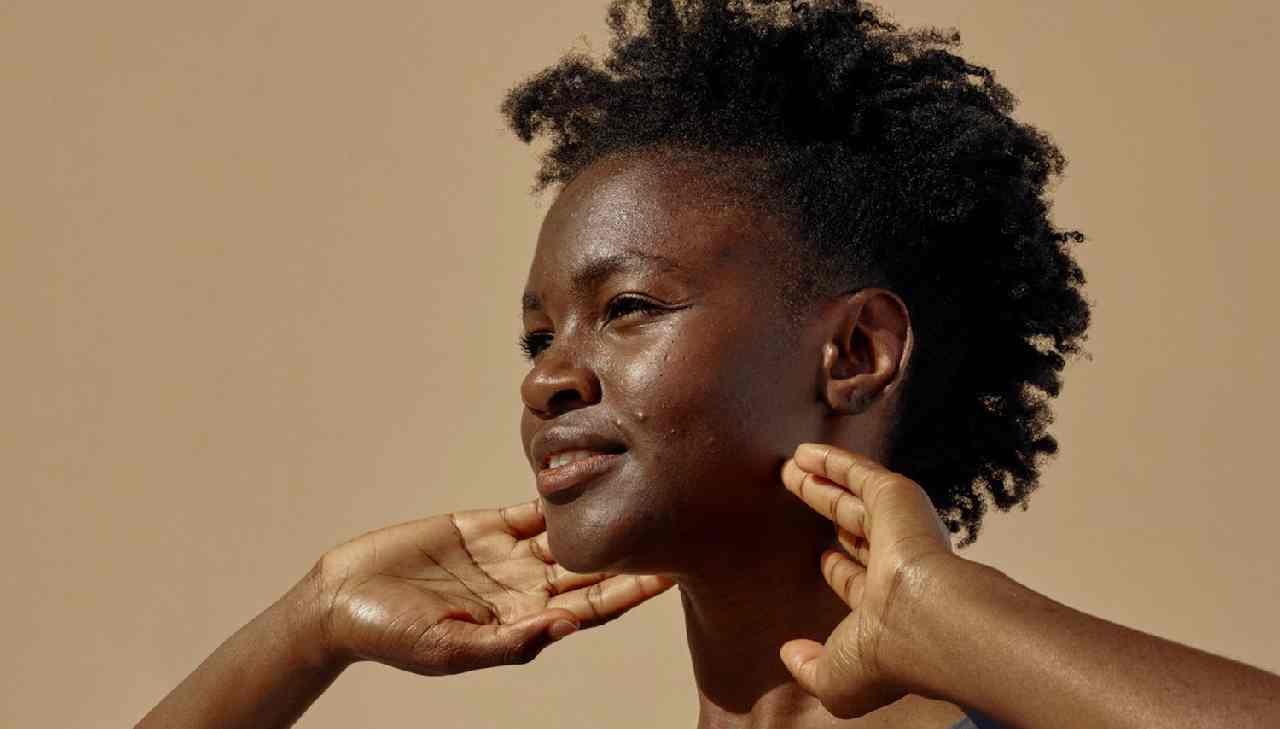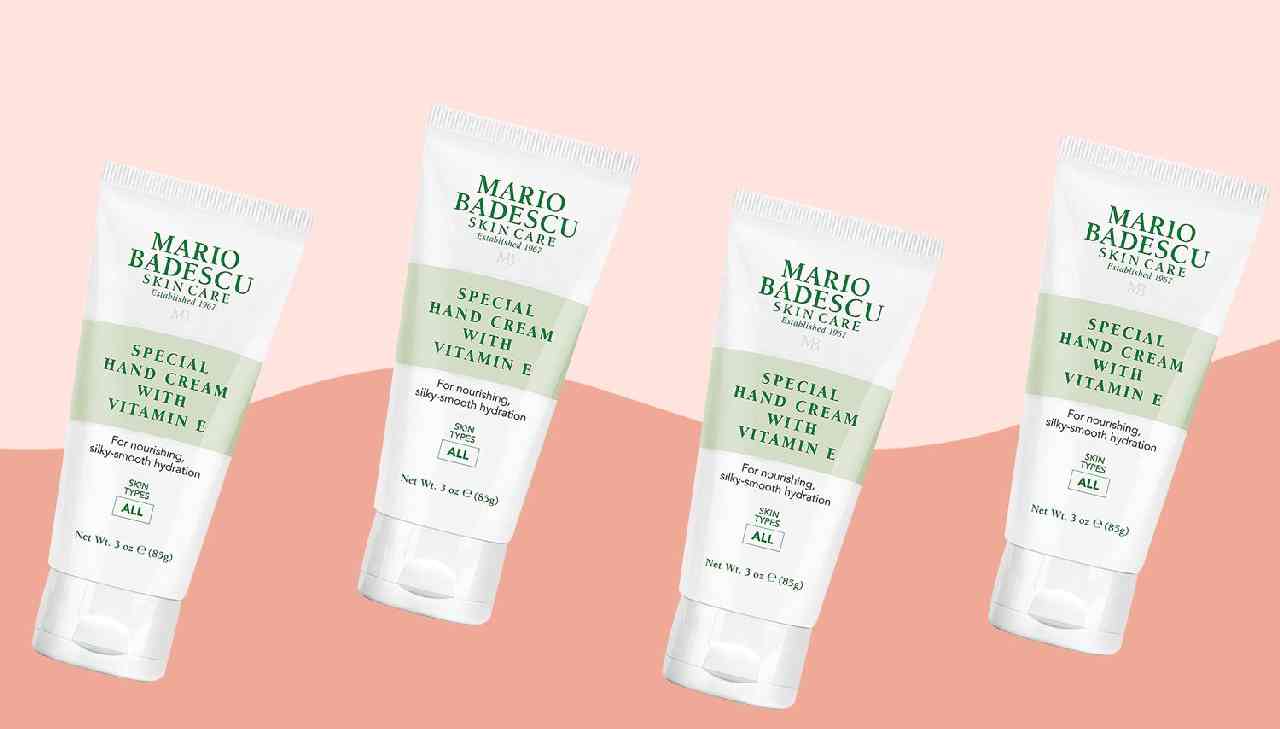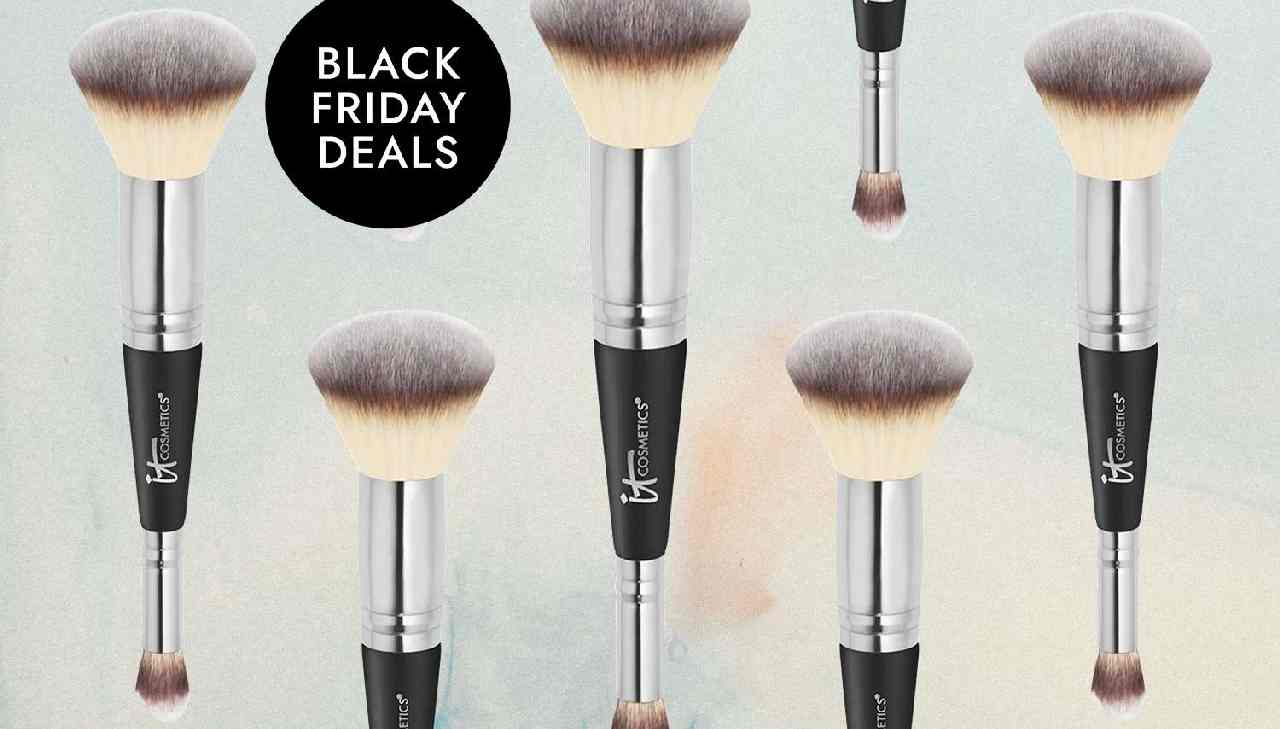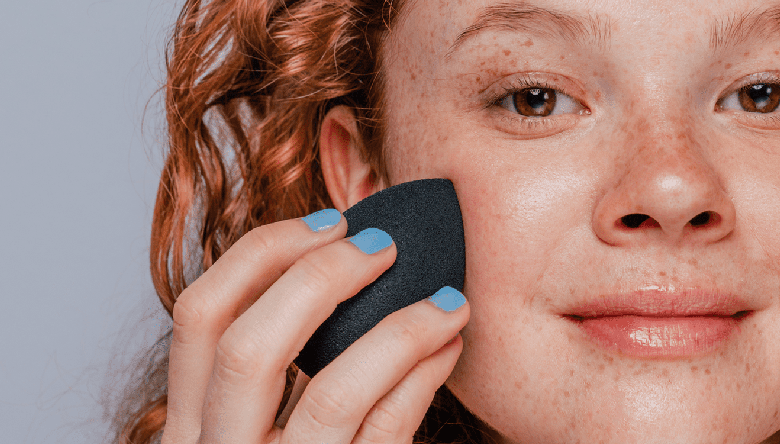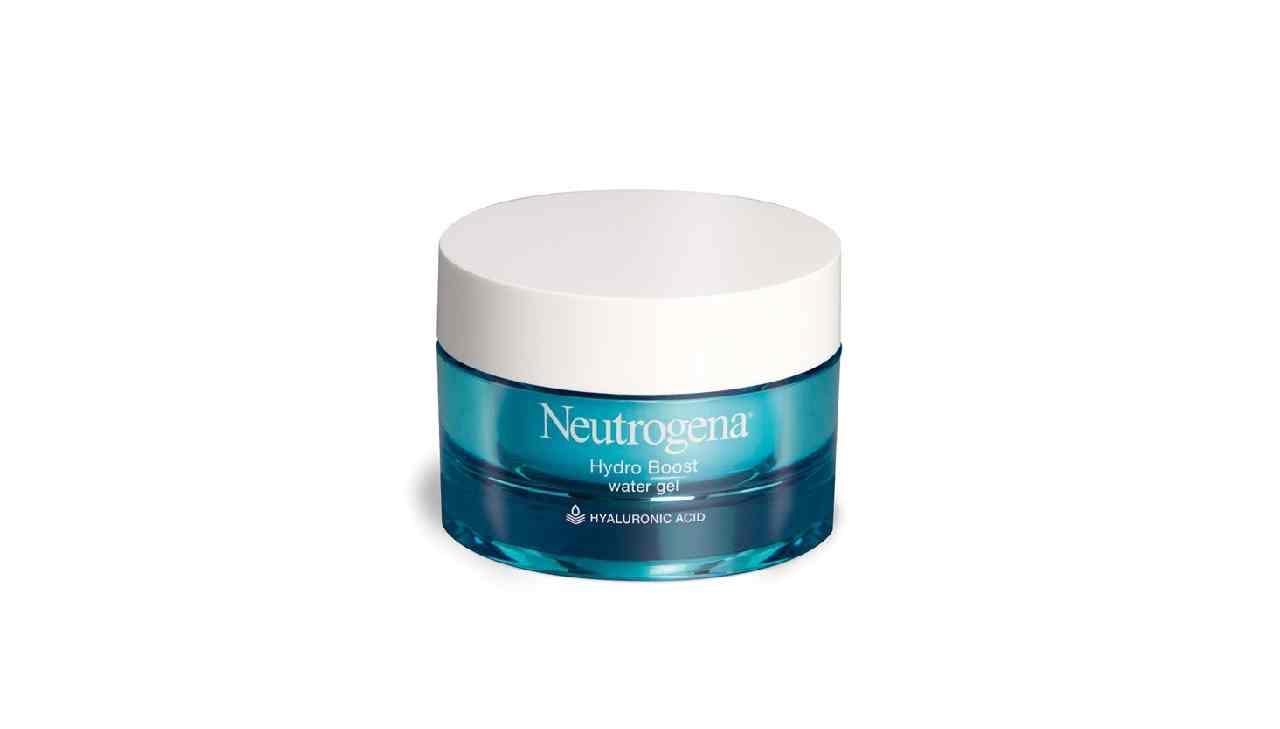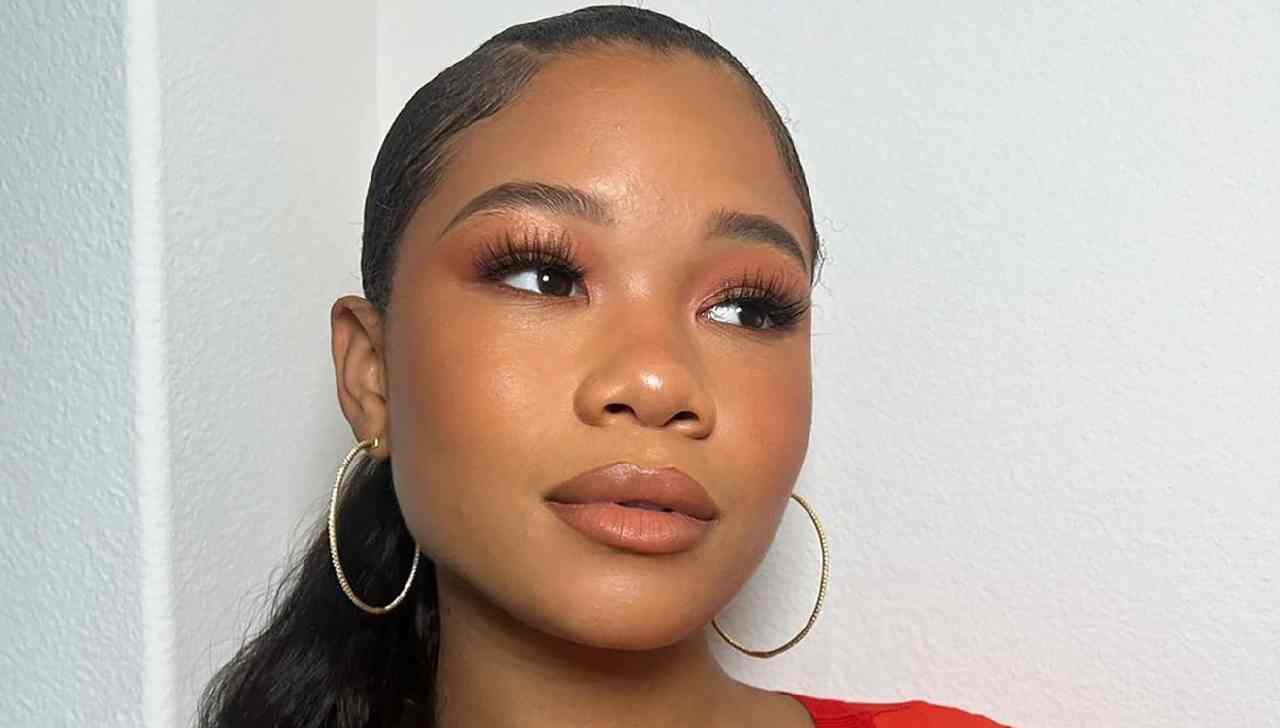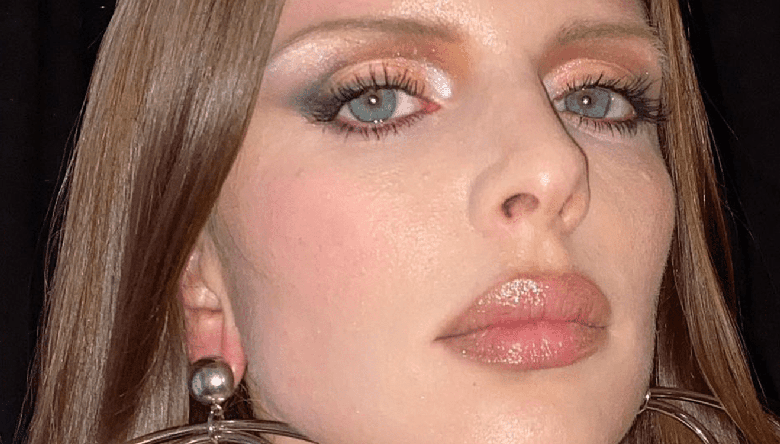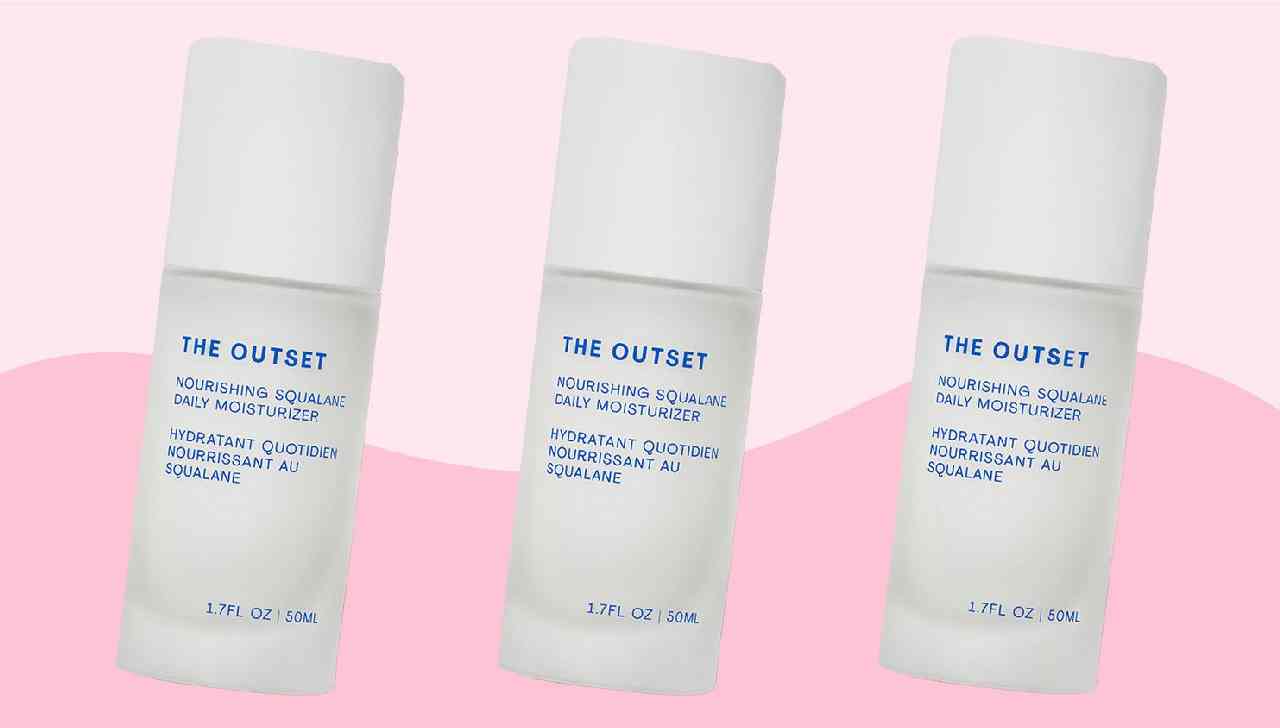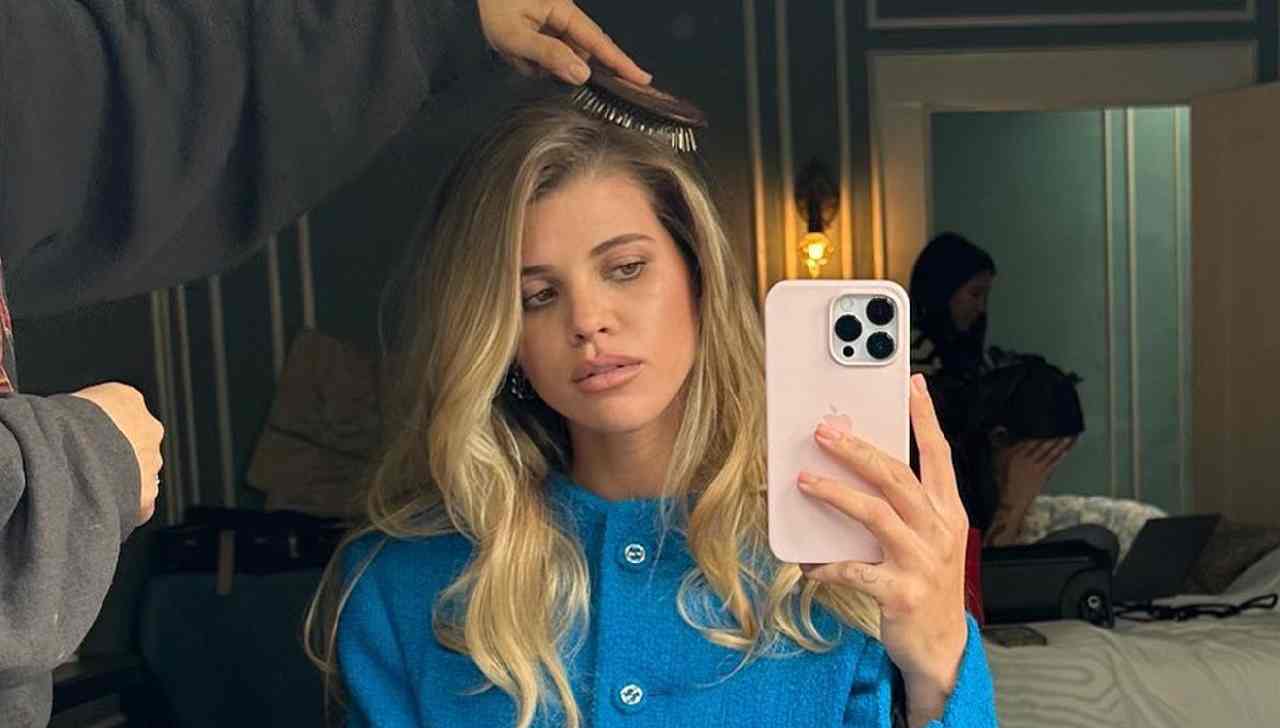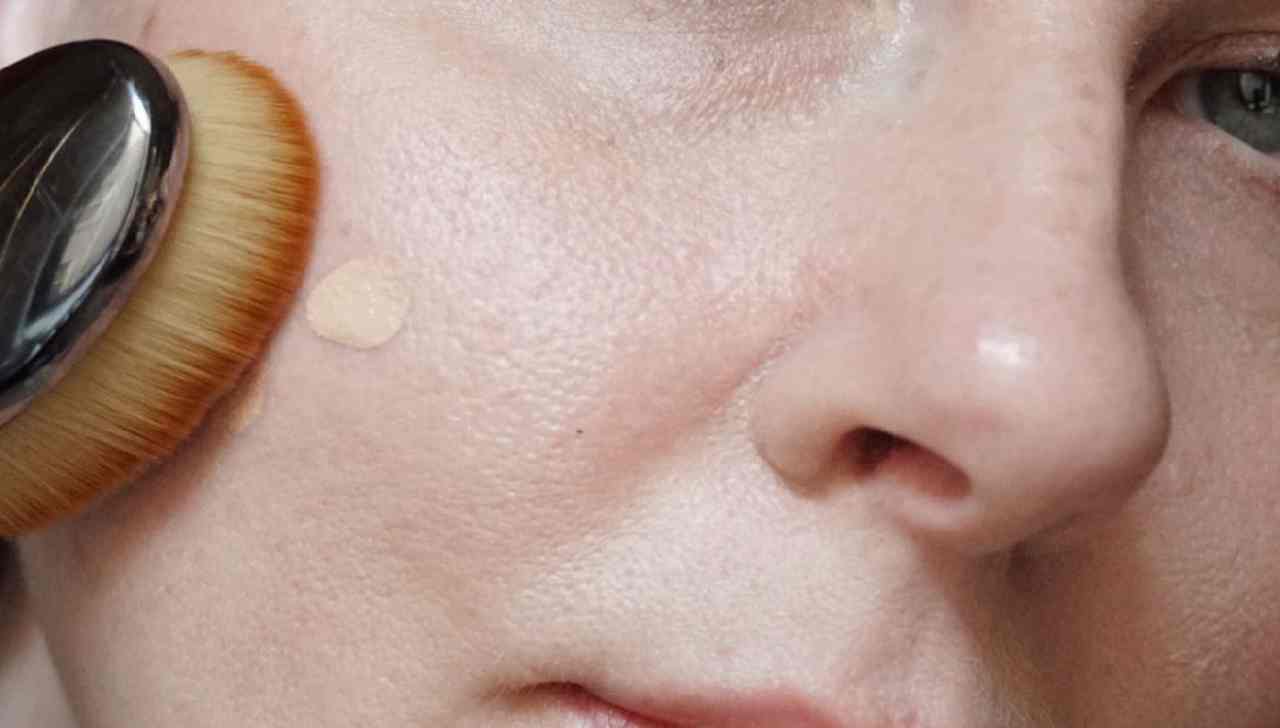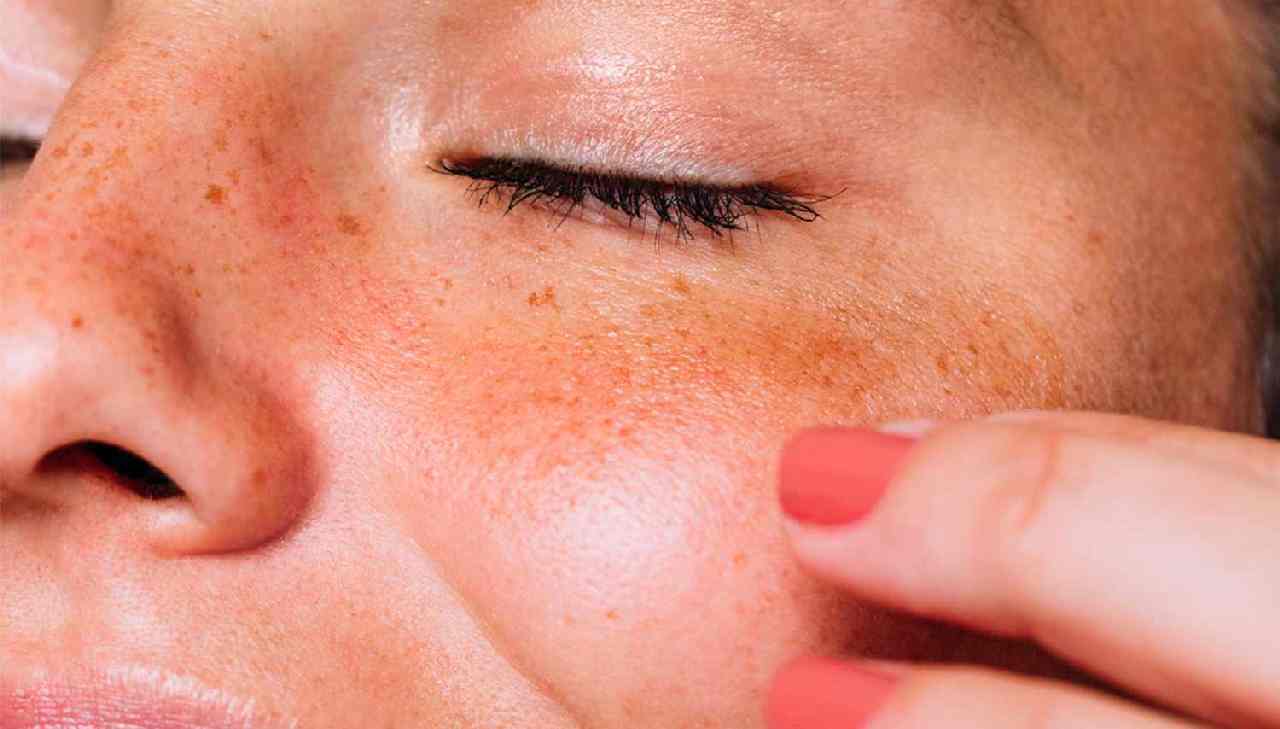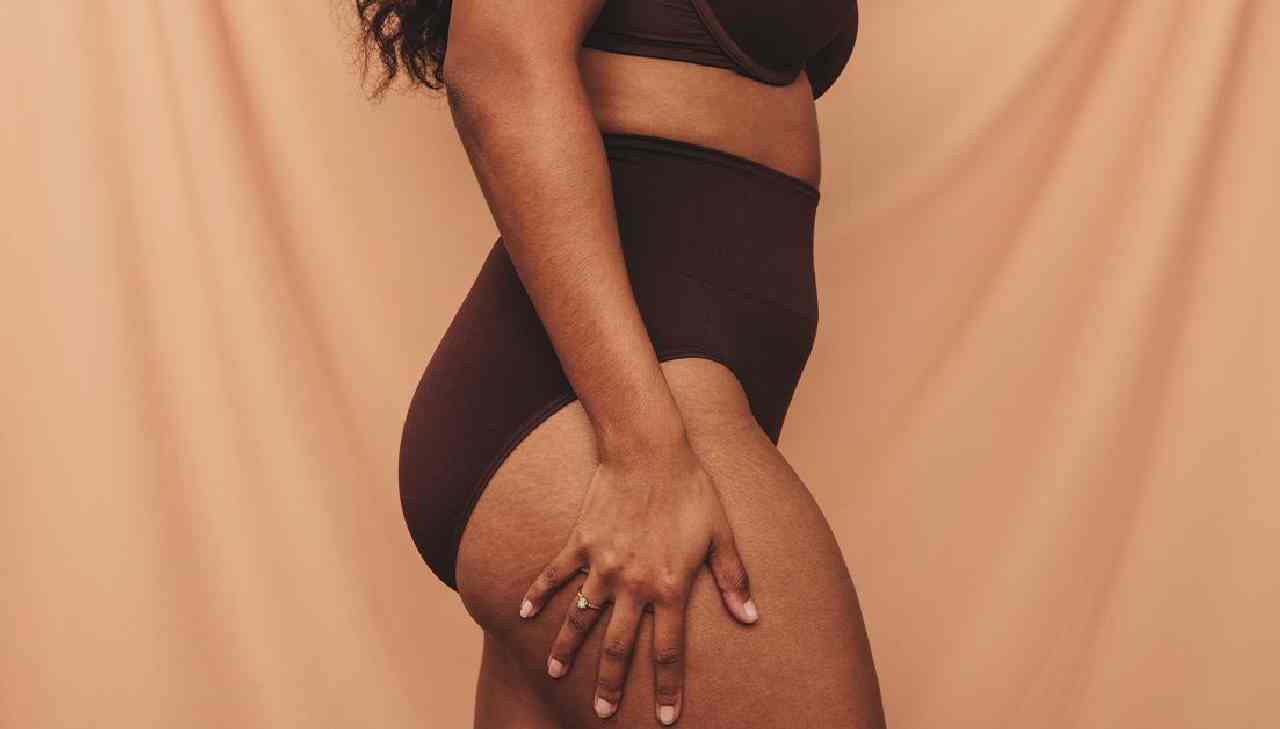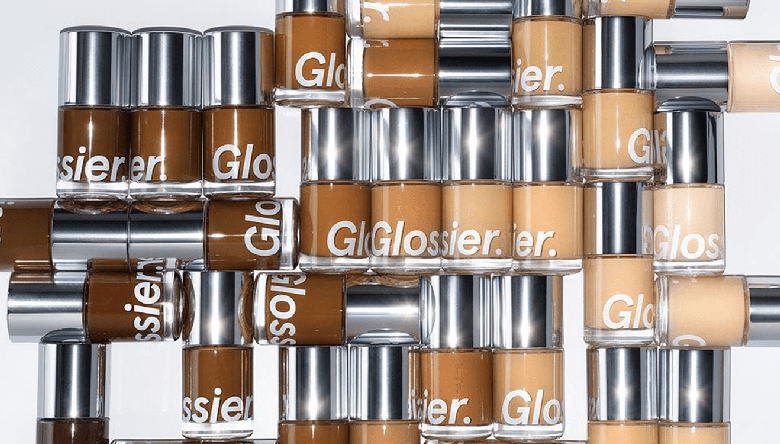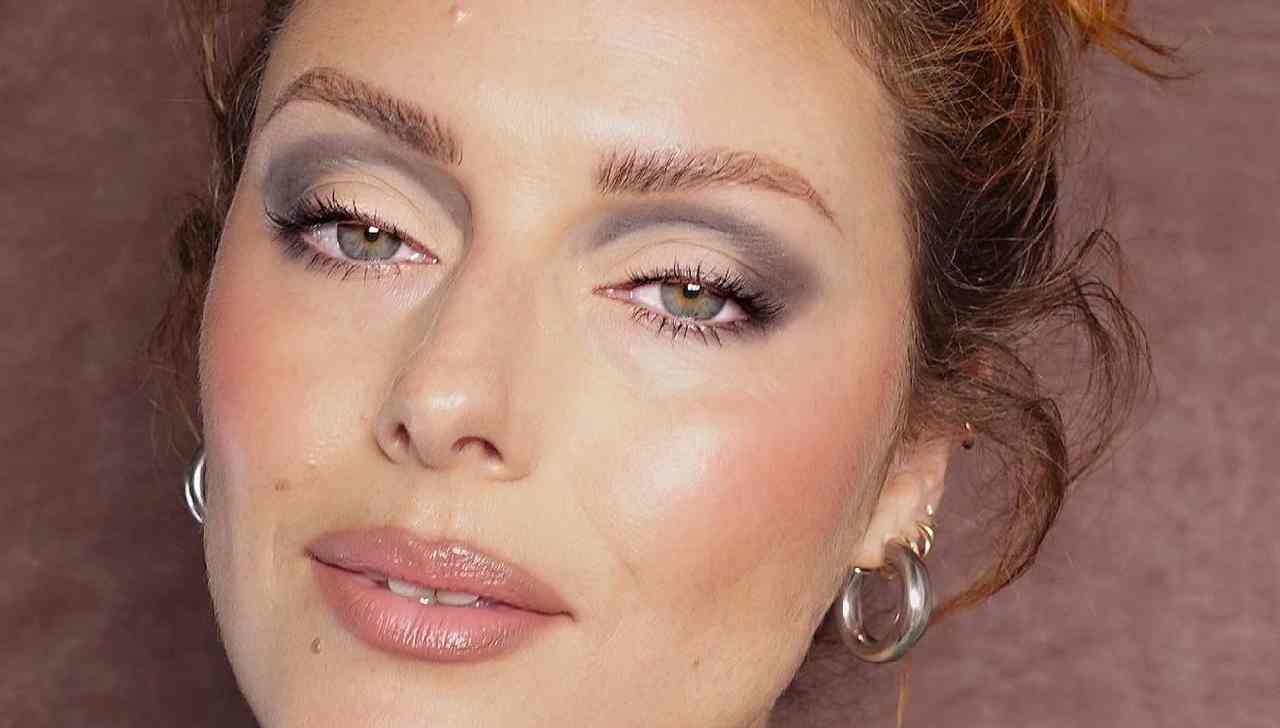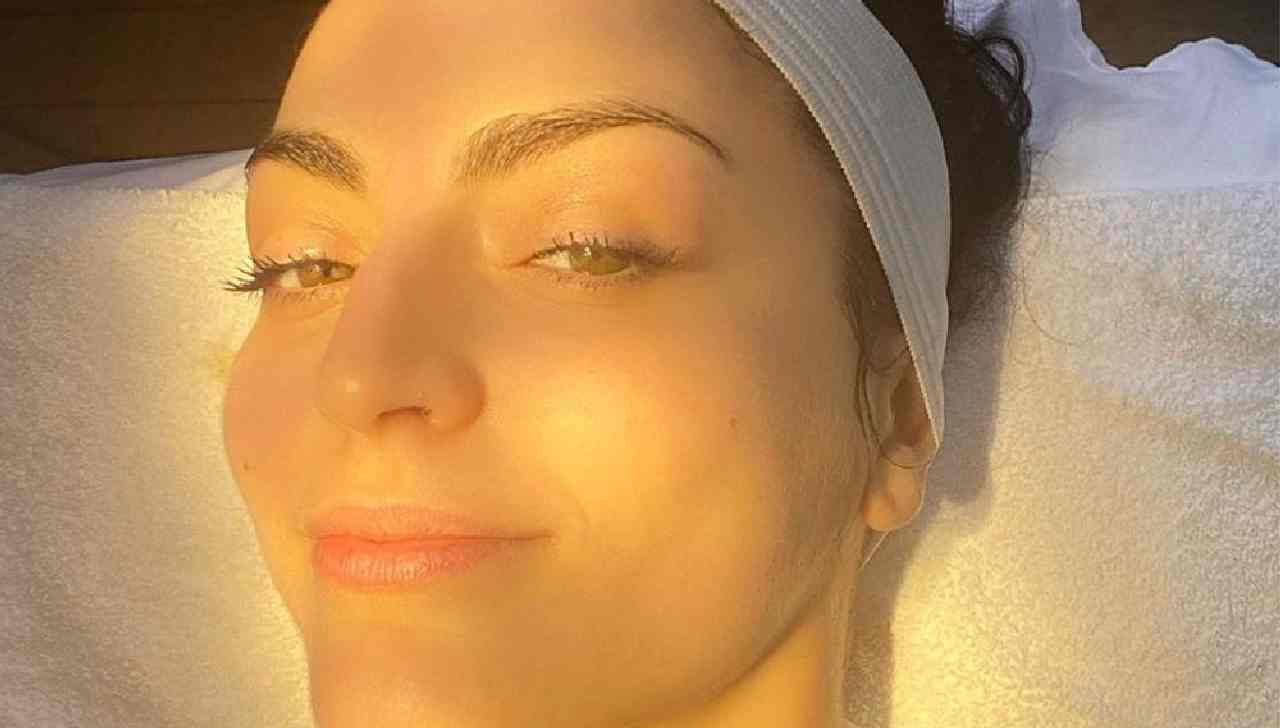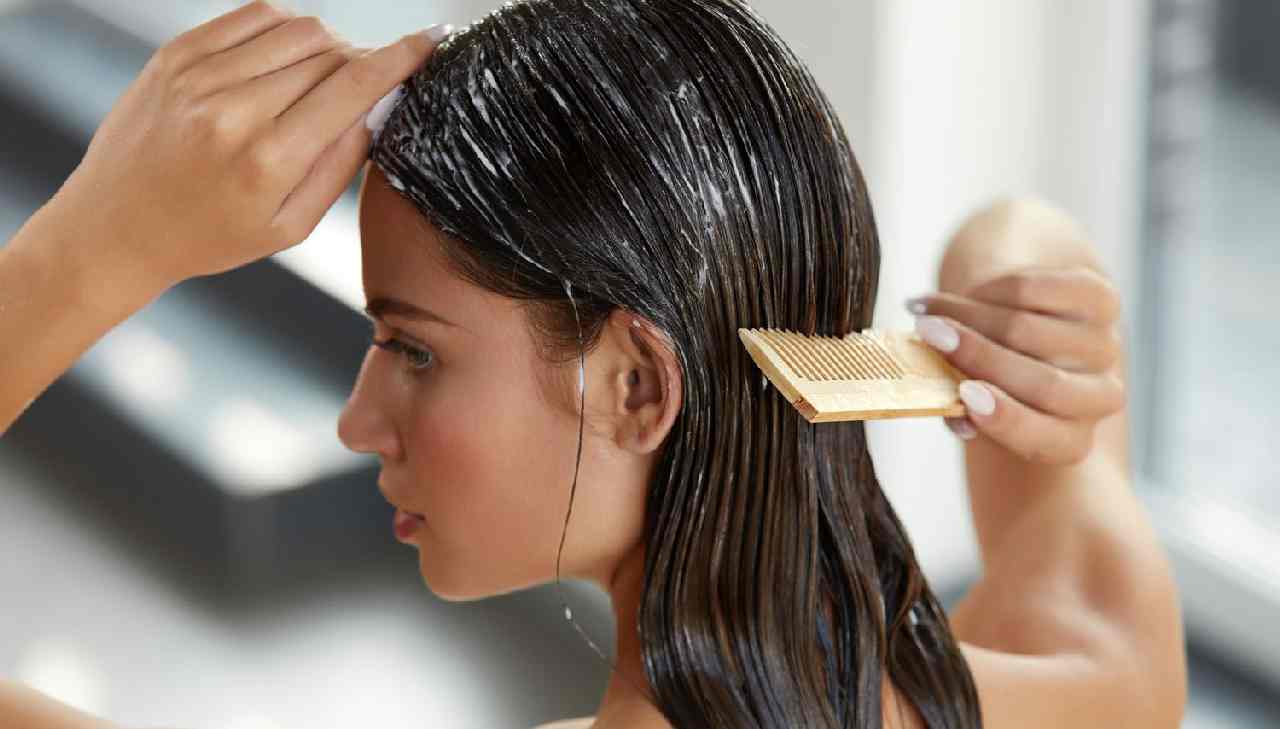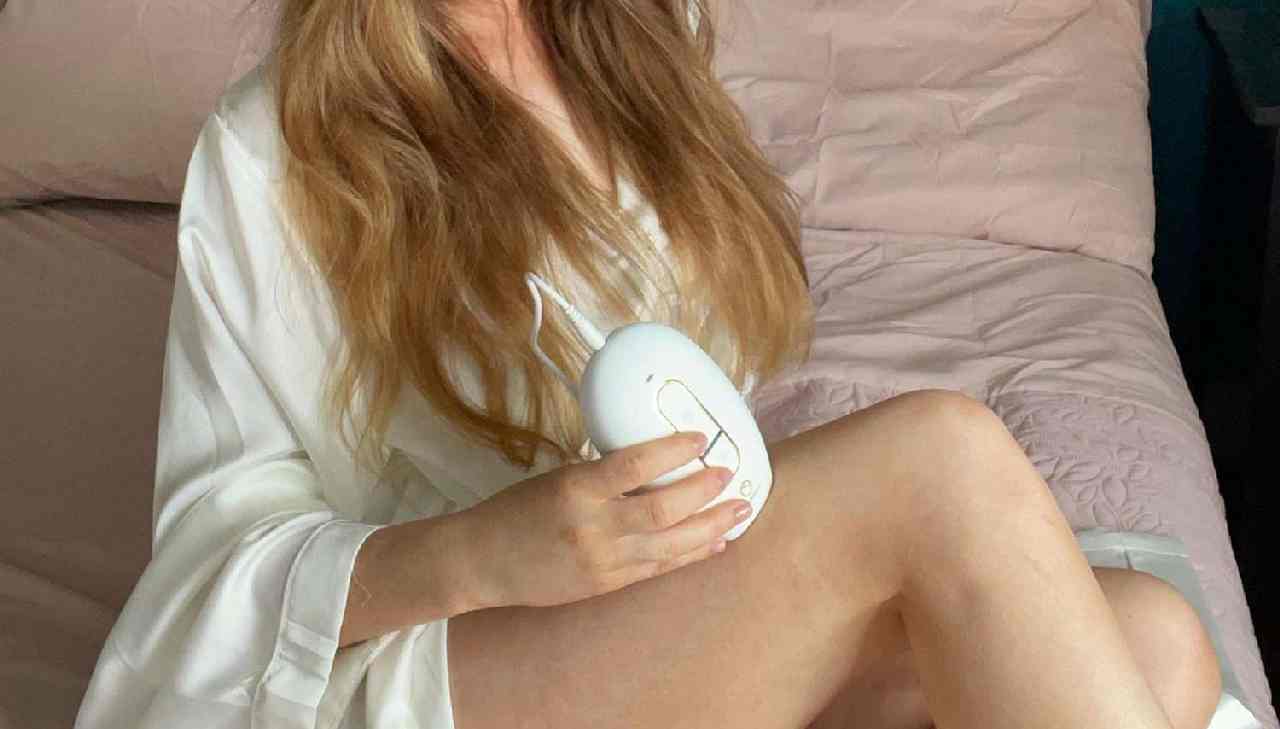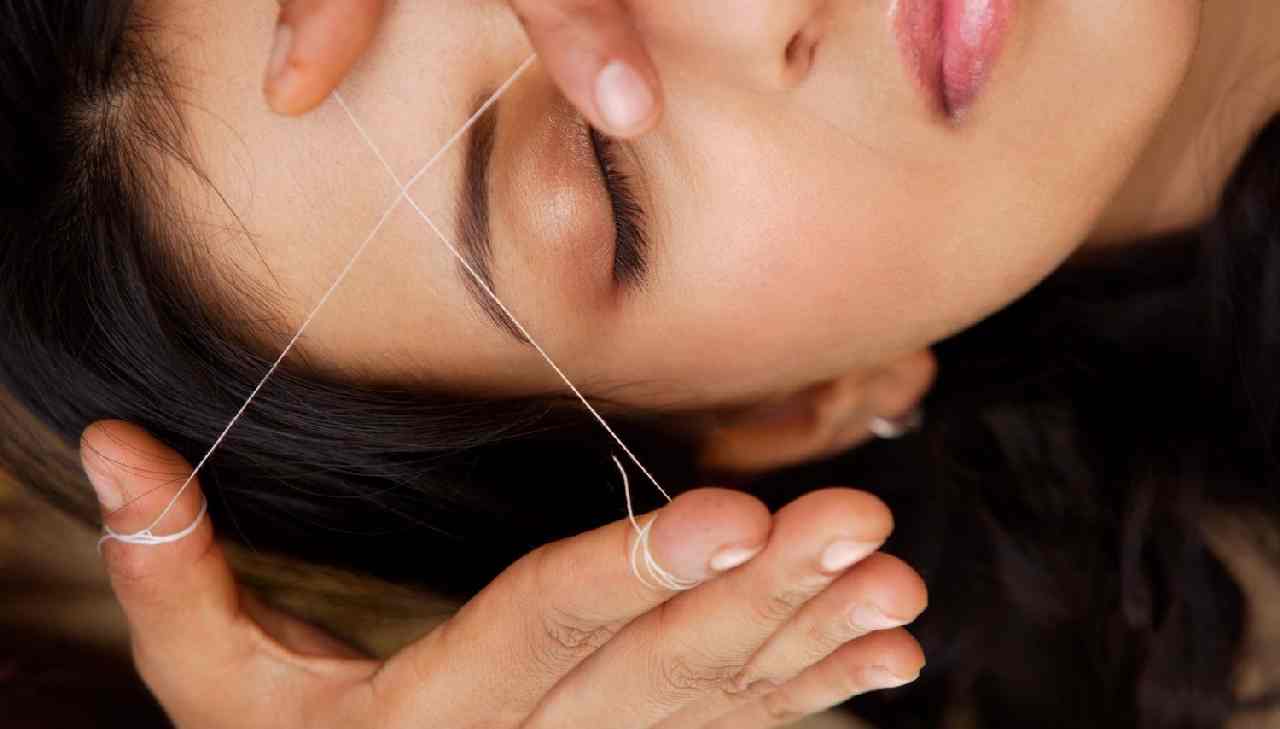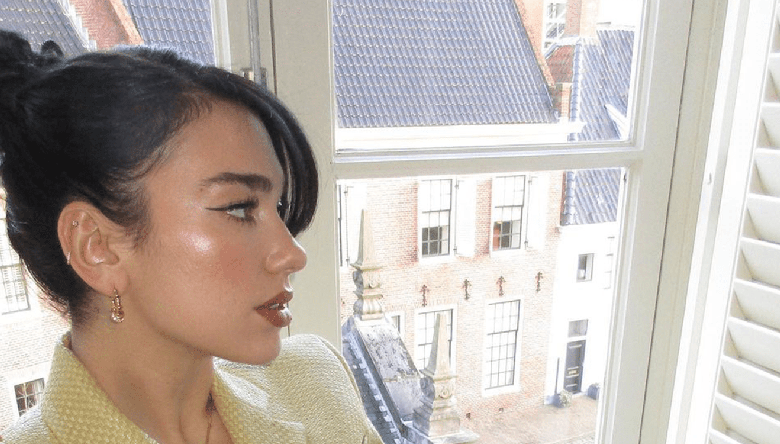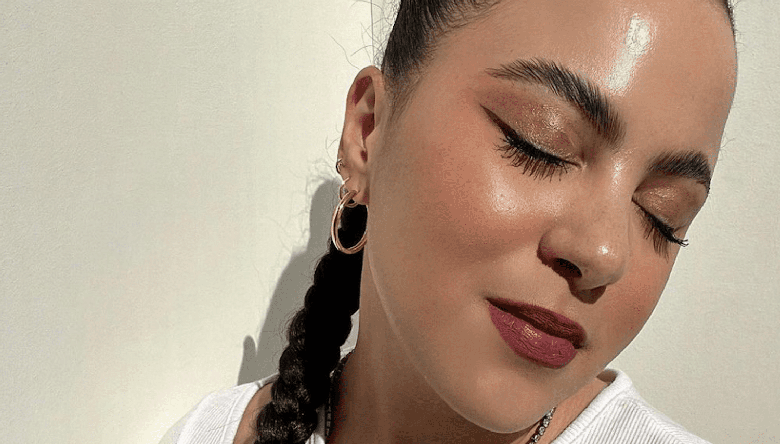Ask a Beauty Editor: Can You Recommend an Affordable Anti-Aging Routine?
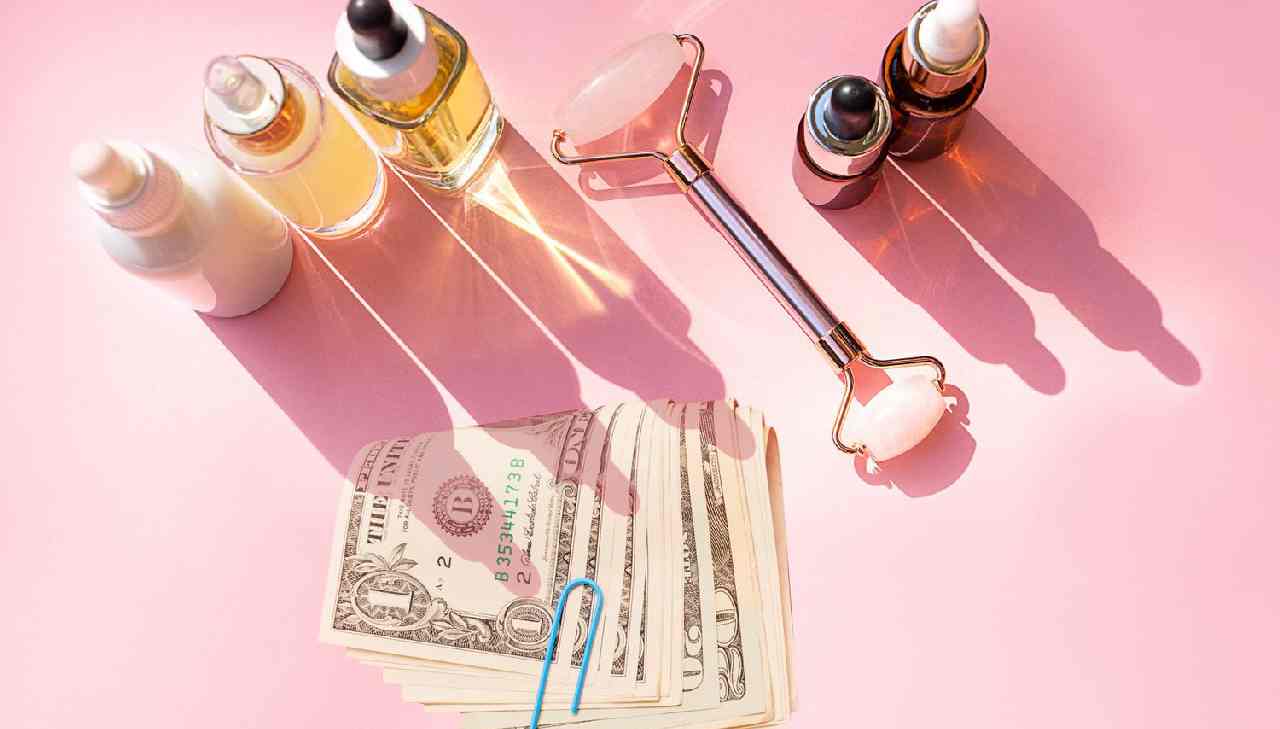
Ever wanted to pick the brain of a beauty editor? Or get beauty product recommendations from someone who has tried them all? You’ve come to the right place. In our new weekly series Ask a Beauty Editor, beauty editor Hana Hong answers your biggest skincare, haircare, and makeup questions, all submitted by Real Simple readers. Tune in every Tuesday and submit your own burning beauty questions here for a chance to be featured.
Can you recommend an inexpensive beauty regimen that works for women in their 30s? — @rescued_and_rotten
When it comes to anti-aging skincare, it can sometimes feel like “affordable” and “effective” are antonyms. If something is expensive, surely it must work. And if something is cheap, surely it can’t be effective…right?
Fortunately for your bank balance, just because something is affordable doesn’t mean that it’s bad. Don’t get me wrong—in certain cases, expensive products are fully justified through the strength of their formulas and ingredients; however, when it comes to anti-aging ingredients, more isn’t always better.
Truth be told, there are only a few ingredients that can definitely help minimize signs of aging. I’m talking about ones that are scientifically proven to reduce the appearance of age-related skin issues, i.e., wrinkles, fine lines, hyperpigmentation, etc. From wrinkle-reducing retinol to skin-brightening vitamin C, these powerhouse anti-aging ingredients don’t—and shouldn’t—have to come with a wallet-crushing price tag.
“A lot of things can contribute to a product’s price, including packaging and marketing, neither of which have anything to do with its actual quality,” says Britt Craiglow, MD, associate adjunct professor of dermatology at Yale School of Medicine. “In some cases, a product may contain proprietary ingredients that are not necessarily effective, but contribute to a higher cost.”
Formulation can also affect price. For instance, higher priced moisturizers and sunscreens often contain certain plant extracts and other additives that drive up the cost, along with ingredients like silicone that simply make it feel good when you’re putting it on, adds Joelle Scales, a cosmetic coordinator for Schweiger Dermatology Group in Hackensack, N.J. “I always tell patients to look for the gold standard anti-aging ingredients, not just fluffy additives and packaging,” she says. “You don’t have to break the bank to get the benefits of these raw ingredients.”
Now on to business. If you’re in your 30s, your anti-aging routine is going to take a heavily preventative approach. Although your skin hasn’t been hit too hard just yet, you may have started to see some early signs of aging, as well as the first effects of sun damage that most likely happened in your teenage years or in your 20s. Your skin’s collagen production system is also slower, which means that skin can appear duller and thinner as a result, especially under the eyes where blood vessels appear darker and “bulgier.”
In addition to a core skincare routine of cleansing, moisturizing, and sun protection (which I hope you’re doing already!), you should be adding a topical retinol—or an alternative like bakuchiol—to assist with any fine lines peeking through. This will also boost your skin’s collagen production, making your overall complexion look firmer (read: younger).
Another essential? Antioxidants. “Antioxidants will help to repair some of the sun damage that has started to develop over the years. They brighten dull skin, and help to rejuvenate collagen,” says Caroline Robinson, MD, FAAD, a board-certified dermatologist and founder of Tone Dermatology in Chicago, Ill. “I like to use them in the morning under my sunscreen.” The most common antioxidant that you’ll find in skincare is vitamin C, but there are other great options and formulations that blend many antioxidants together. Look for products with fruits and/or vegetables at the top of the ingredient list, as those foods tend to naturally contain high concentrations of antioxidants.
That’s the basic template you’ll need to create an ideal anti-aging routine, but I’m not about to leave you hanging without any product recommendations! To save you the trouble of sacrificing half your paycheck for the sake of youth, I’ve included an editor- and dermatologist-approved anti-aging skincare routine below. Don’t worry—it doesn’t entail 12 steps and they’re all under $40. Although I can’t guarantee every product will absolutely work for you (everyone’s skin is different, after all), it’s a great place to start—especially with these prices.
Apply vitamin C in the morning
:max_bytes(150000):strip_icc()/affordable-anti-aging-skincare-routine-No7-Radiance-15-Vitamin-C-Serum--7b34d474a8c24003bd025e43f9197179.jpeg)
Although there’s no law against applying vitamin C in the evening, most prefer to apply it during the day since its antioxidant properties act as a shield to deflect pollution and other environmental aggressors. Serums are usually the preferred form of vitamin C—they contain a concentrated delivery system and are the most straightforward to use (i.e., before moisturizer).
Try: No7 Radiance + 15% Vitamin C Serum
Moisturize (morning and night)
:max_bytes(150000):strip_icc()/affordable-anti-aging-skincare-routine-Olay-Regenerist-Whip-SPF-25--c1f36a8eb50048fdb99a60cf5f87bfc2.jpeg)
Yep, that goes for a.m. and p.m. Mature skin needs hydration to reduce the appearance of fine lines and wrinkles, so consider a solid moisturizer after cleansing the key to graceful aging. I’m sure you have a go-to moisturizer at this point (which you can definitely stick to if it works for you), but in case you’re looking for a new fix, I highly recommend whipped or gel formulas, especially since you’re going to be layering different products with it. The quick-absorbing consistency will prevent your complexion from feeling sticky come summertime. Also, keep an eye out for moisturizers containing hyaluronic acid and ceramides, which are essentially the MVPs of hydrators.
Try: Olay Regenerist Whip SPF 25
Apply SPF in the morning
:max_bytes(150000):strip_icc()/affordable-anti-aging-skincare-routine-Neutrogena-Hydro-Boost-Water-Gel-Lotion-Sunscreen-SPF-50--25e7b694ac1d4764b5373bd1cd7c11a2.jpeg)
I’m sure everyone and their mothers have told you this, but SPF is a critical player in anti-aging. Think of the sun as youth’s biggest enemy. Chronological skin aging can’t be helped, but photoaging (aging from the sun) accelerates the process. Even if you don’t see it now, any naked exposure to UV rays builds up over time, resulting in excess melanin production (read: pigmentation) that eventually turns up without a warning. The same UV rays also steadily damage your skin’s collagen fibers, leading to rough, leathery skin. Not ideal.
Note: You’ve probably noticed that all of my recs contain some level of SPF already, but since you’re probably not slathering on a shot-sized glass worth (how much SPF you need to apply, FYI) of the aforementioned products on your face, it’s wise to include an additional sunscreen if you plan to be outside.
Try: Neutrogena Hydro Boost Water Gel Lotion Sunscreen SPF 50
Apply retinol at night
:max_bytes(150000):strip_icc()/affordable-anti-aging-skincare-routine-LOreal-Paris-Revitalift-Derm-Intensives-Night-Retinol-Serum-6a56e0751d6945c7b637de594abe5eac.jpeg)
Why at night, you ask? Not only does retinol make your skin more sensitive to UV rays, sunlight decreases the efficacy of the product, meaning you should definitely restrict your retinol use to after-hours. However, whether you should apply retinol before or after moisturizer is a chicken or egg debate—there is no hard and fast rule as to which should go first. If your skin is sensitive, try layering your retinol in between moisturizers (also referred to as the sandwich technique). Translation: Apply moisturizer, then retinol, then moisturizer again. It might sound excessive, but it can help your skin avoid any irritating side effects.
Try: L’Oreal Paris Revitalift Derm Intensives Night Retinol Serum
Find a good eye cream (morning and/or night)
:max_bytes(150000):strip_icc()/affordable-anti-aging-skincare-routine-RoC-Retinol-Correxion-Anti-Aging-Eye-Cream-2000-a29160520bf24deba6b3a963d3d13d6b.jpeg)
As mentioned above, your undereyes are usually the first location to show signs of aging since skin is thinner there. A daily eye cream will specifically target wrinkles and fine lines in that area. Try RoC Retinol Correxion Anti-Aging Eye Cream, which contains gentle retinol to increase cell turnover, resulting in fewer crow’s feet, puffiness, and wrinkles around your eyes.
Try: RoC Retinol Correxion Anti-Aging Eye Cream


 English
English 